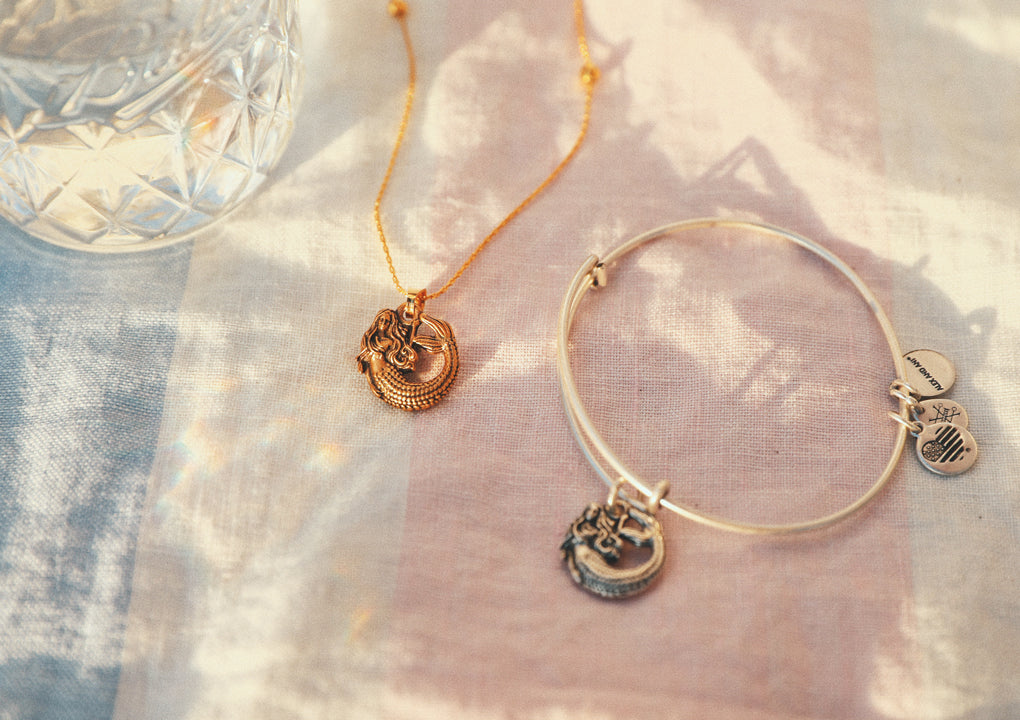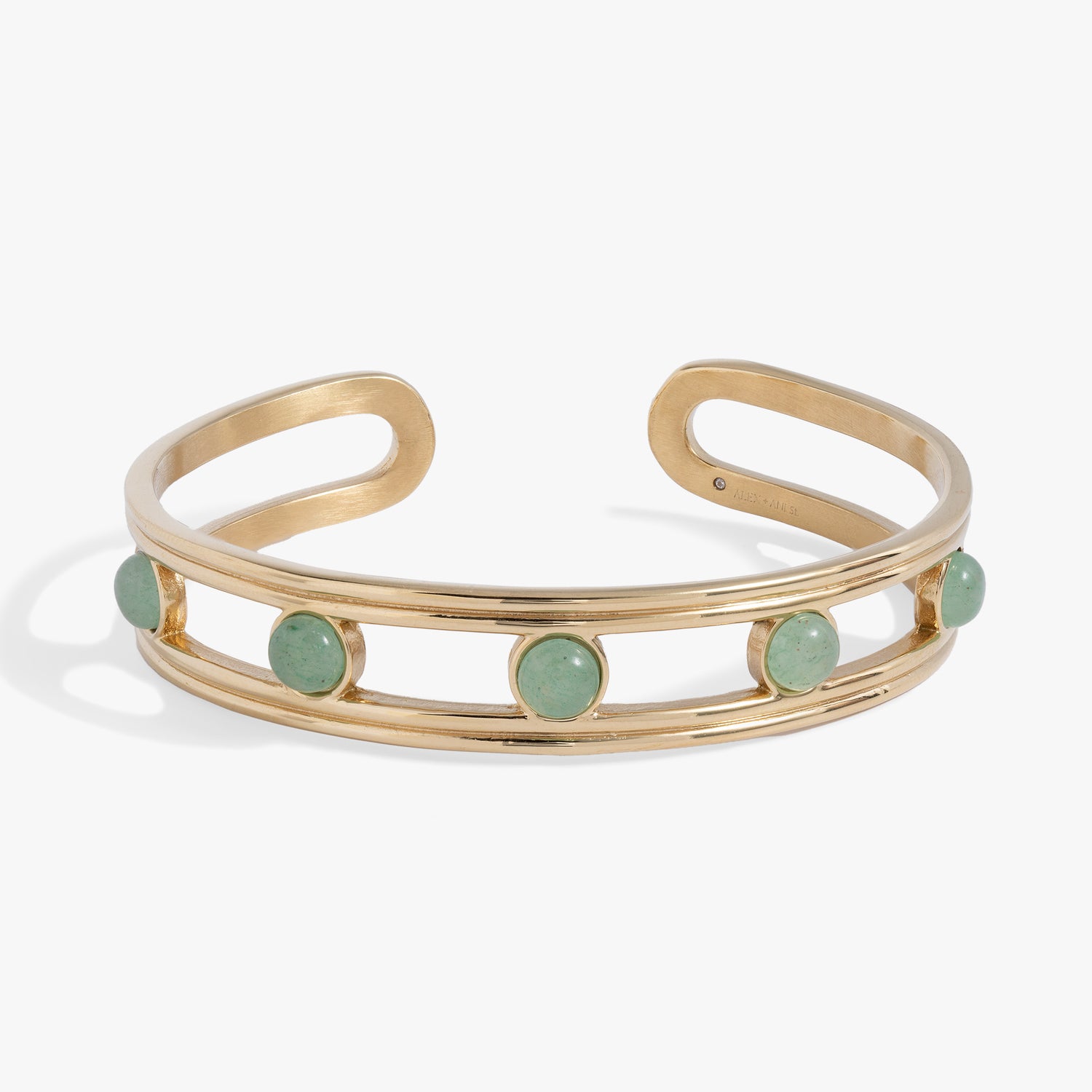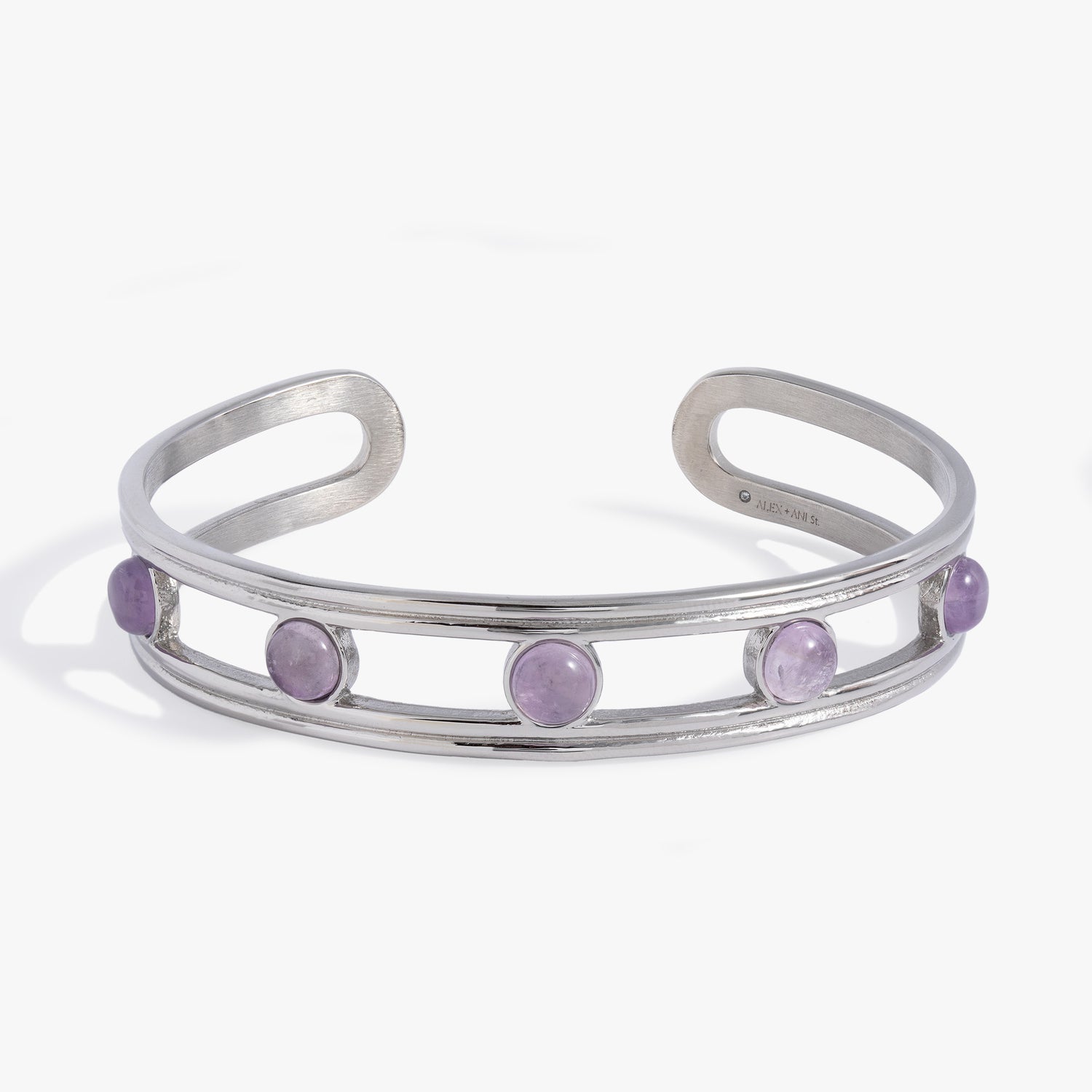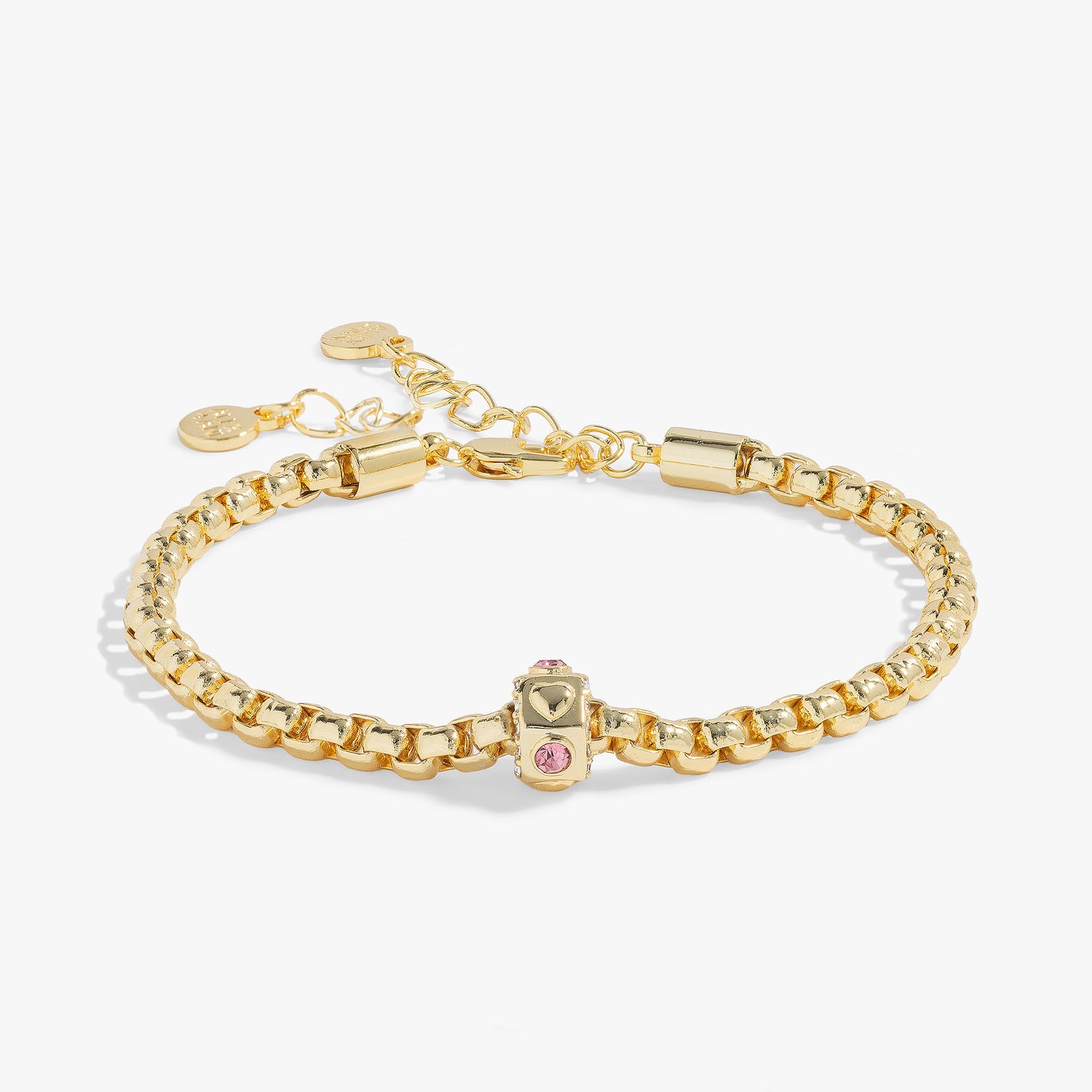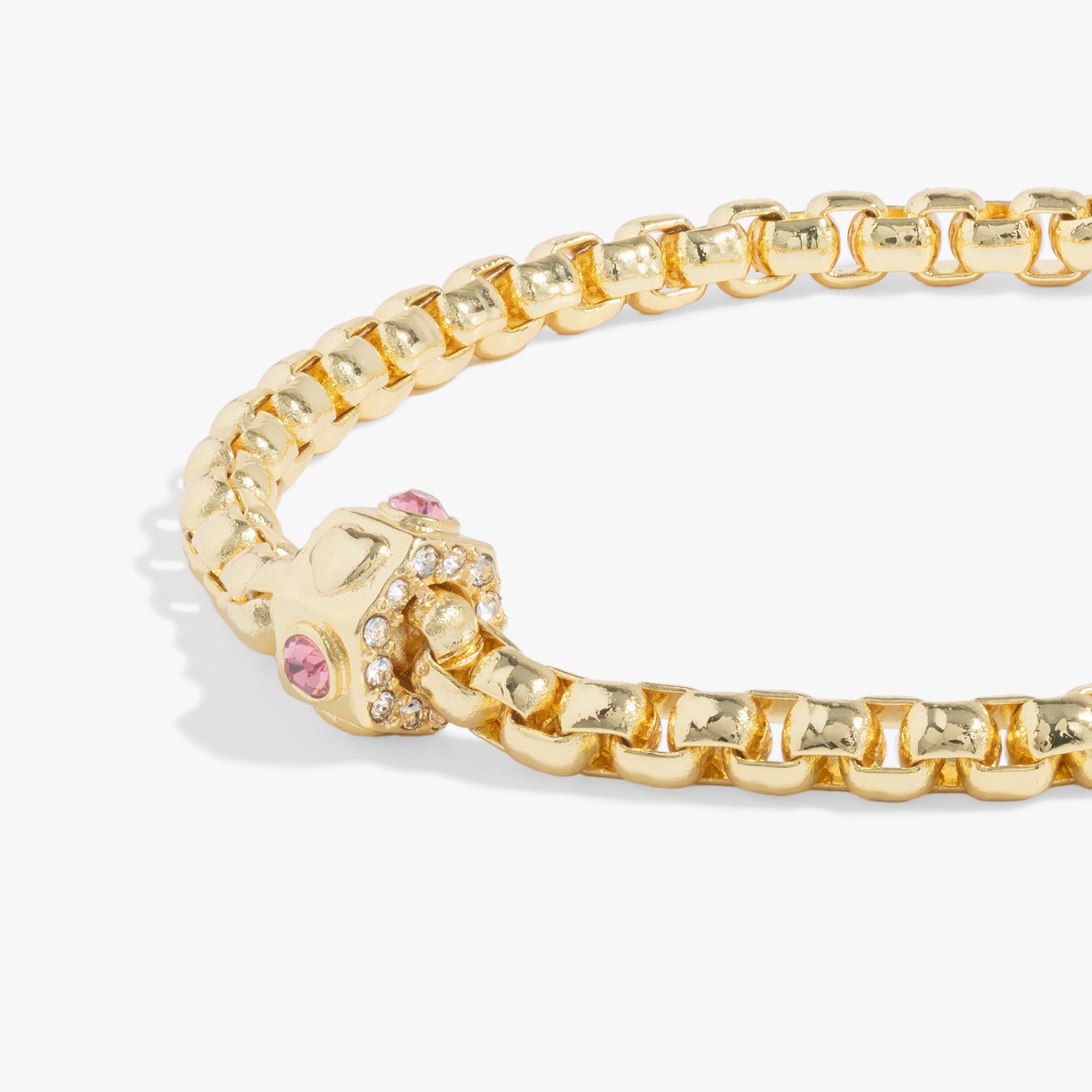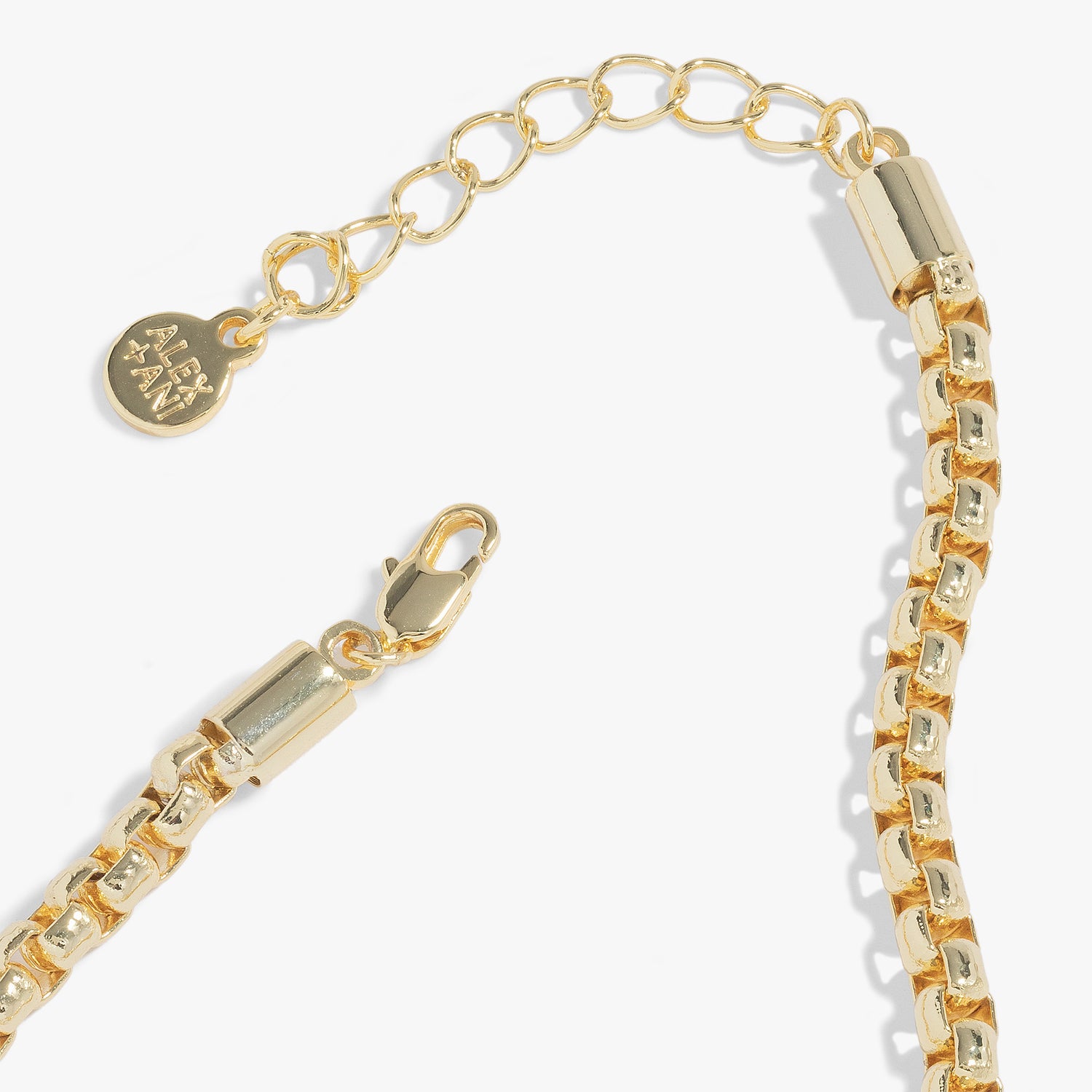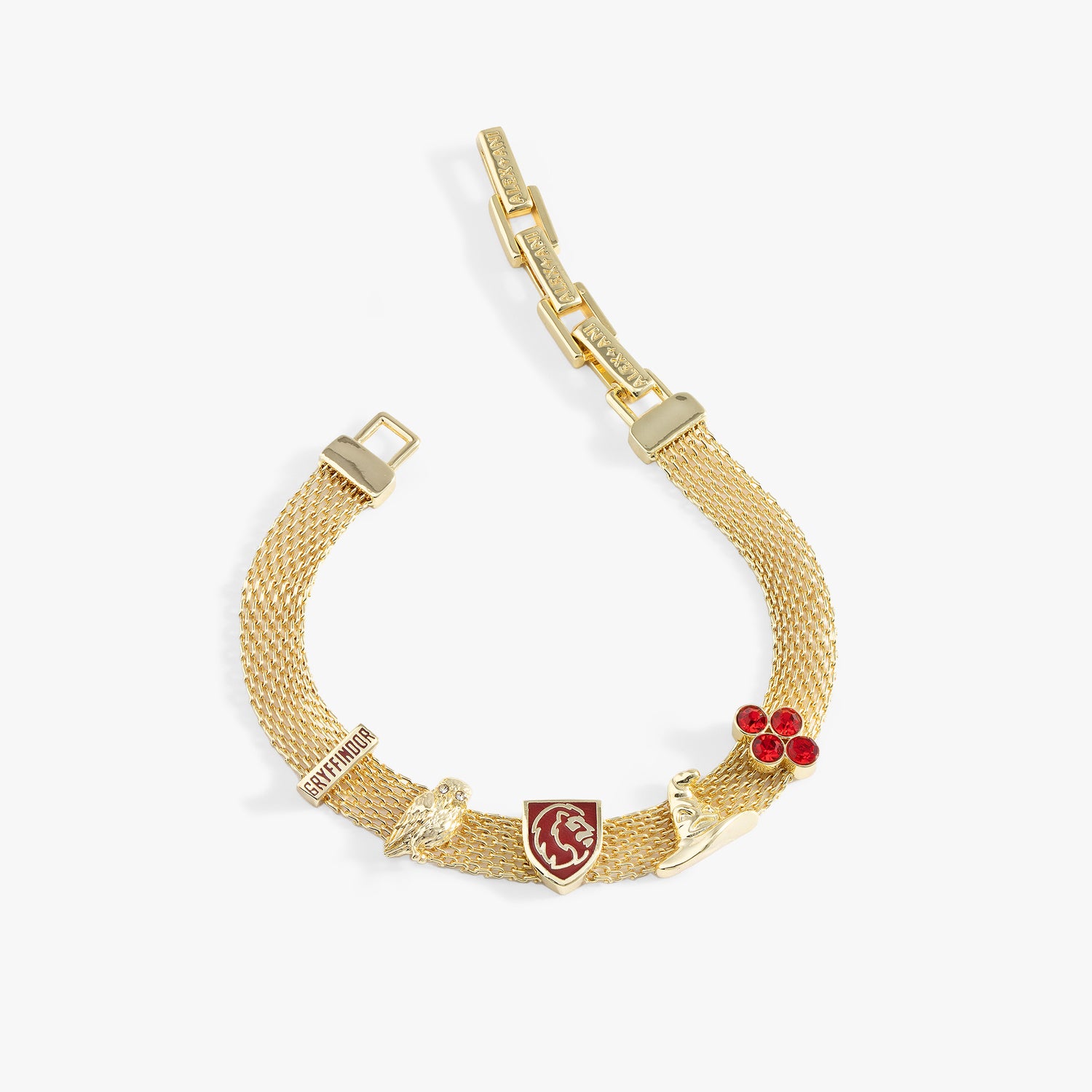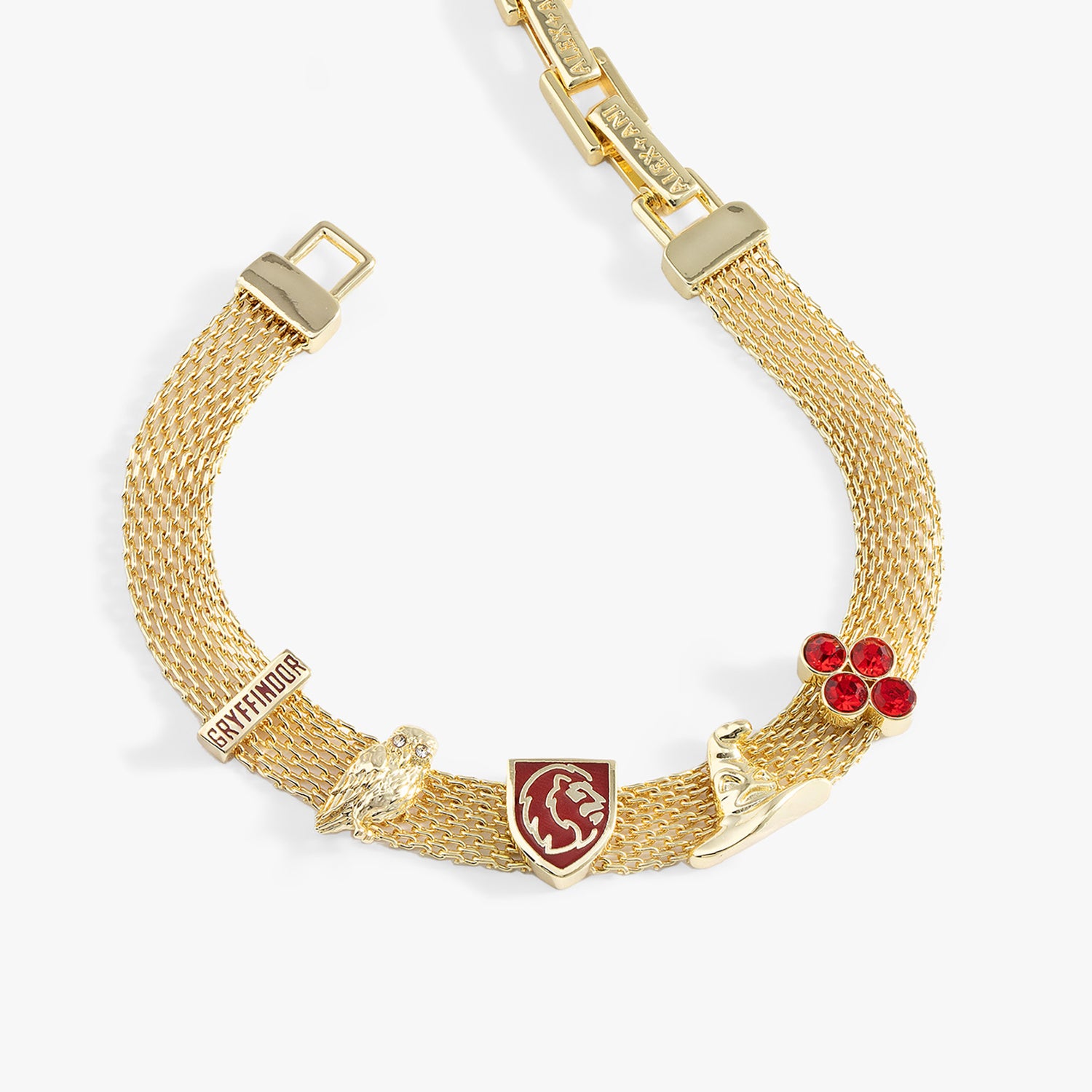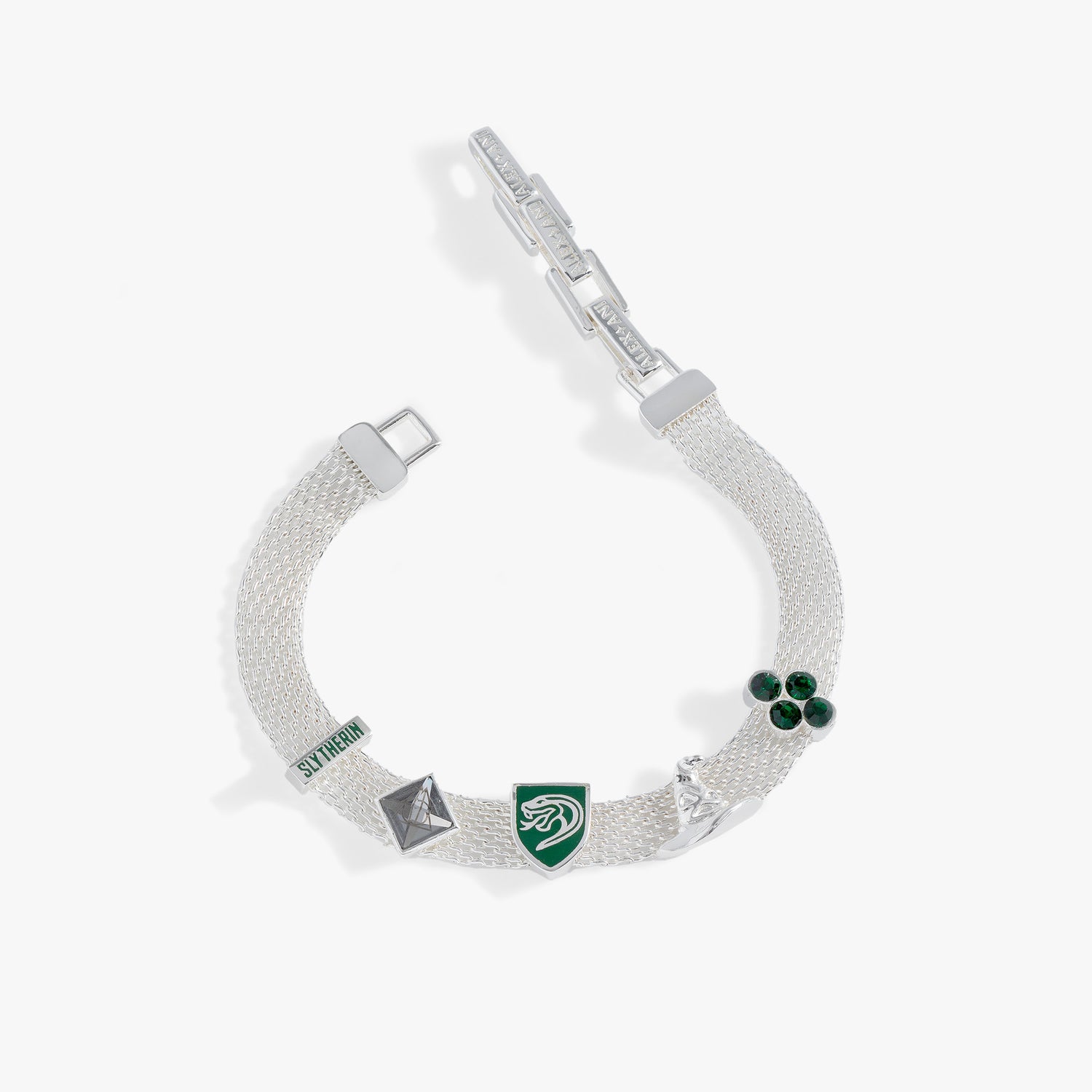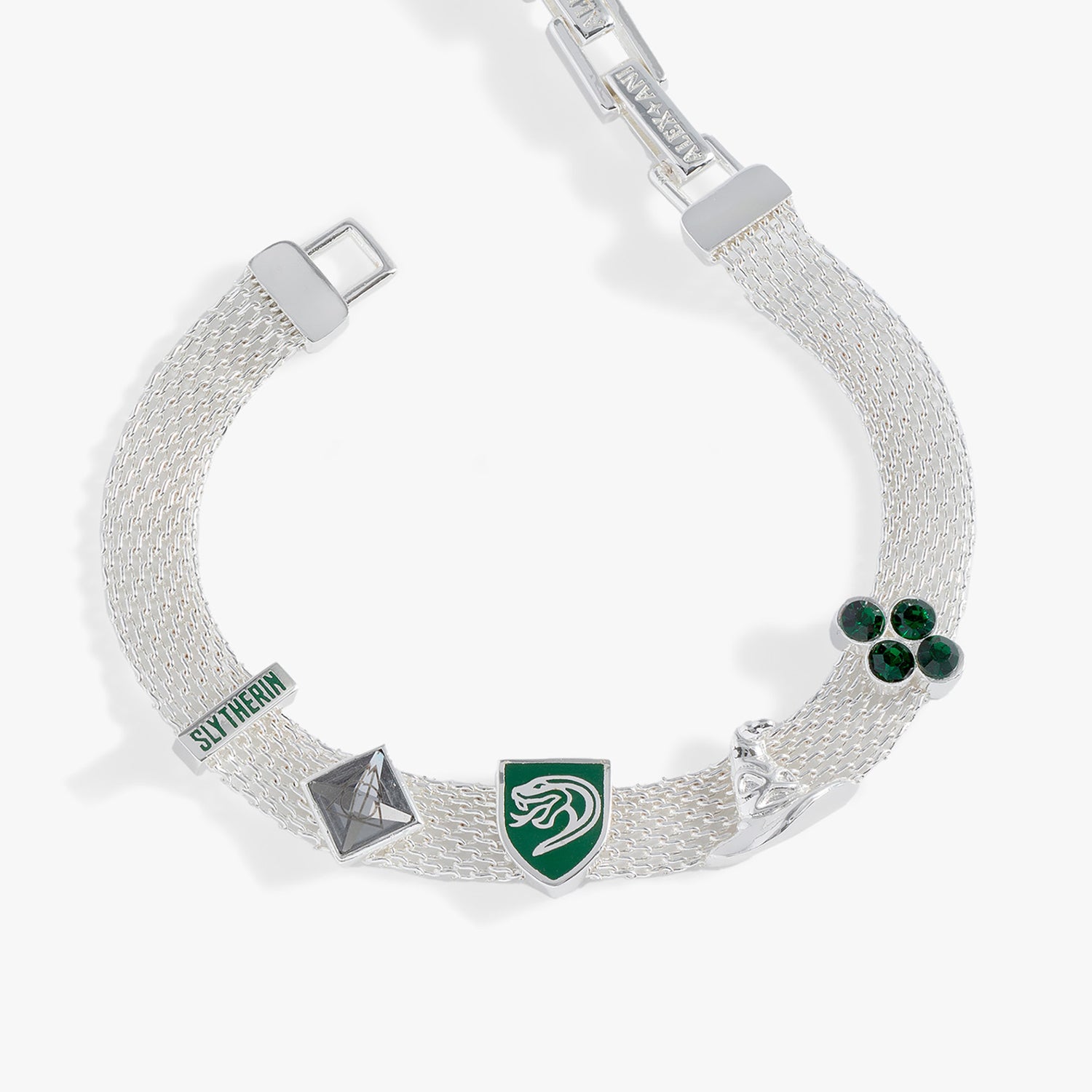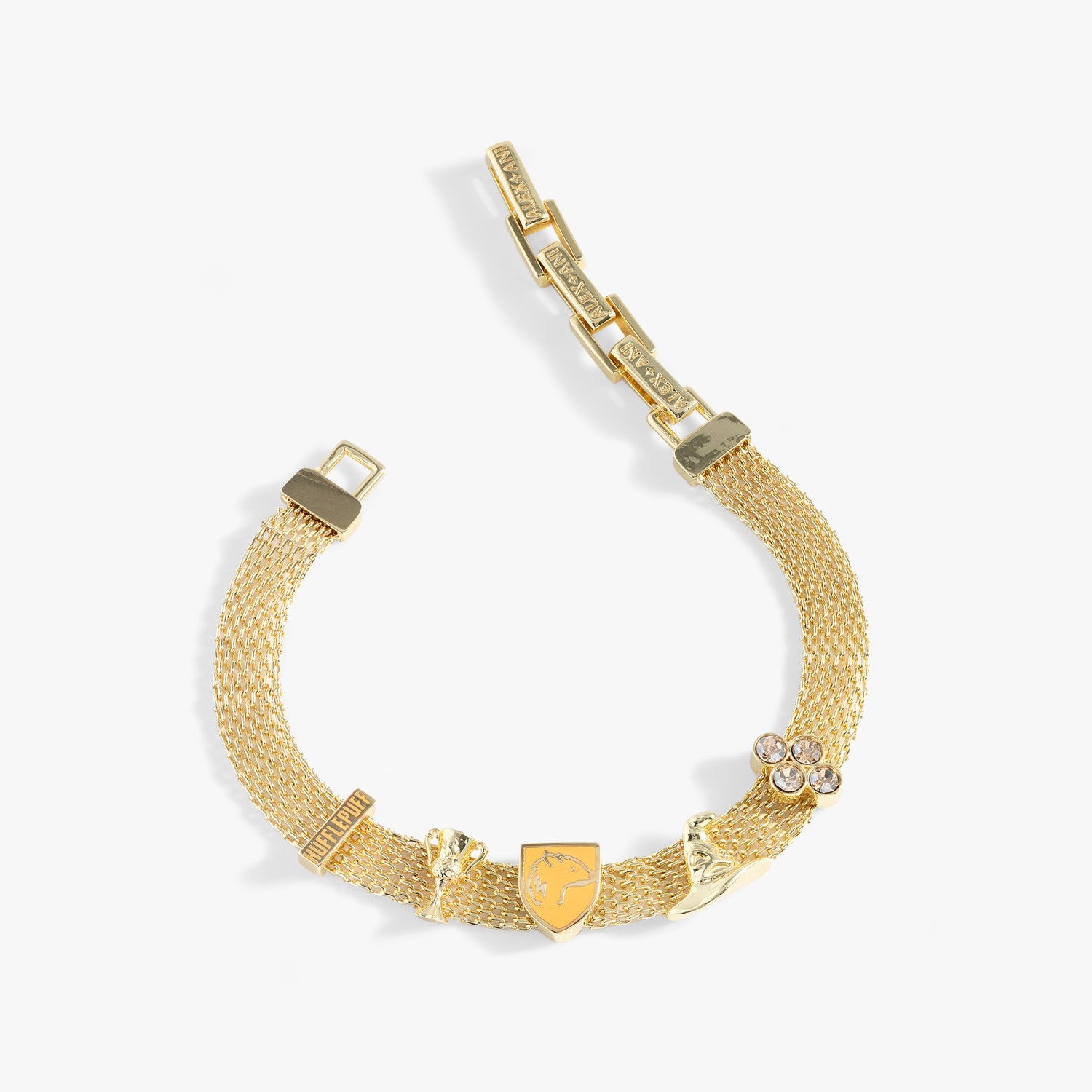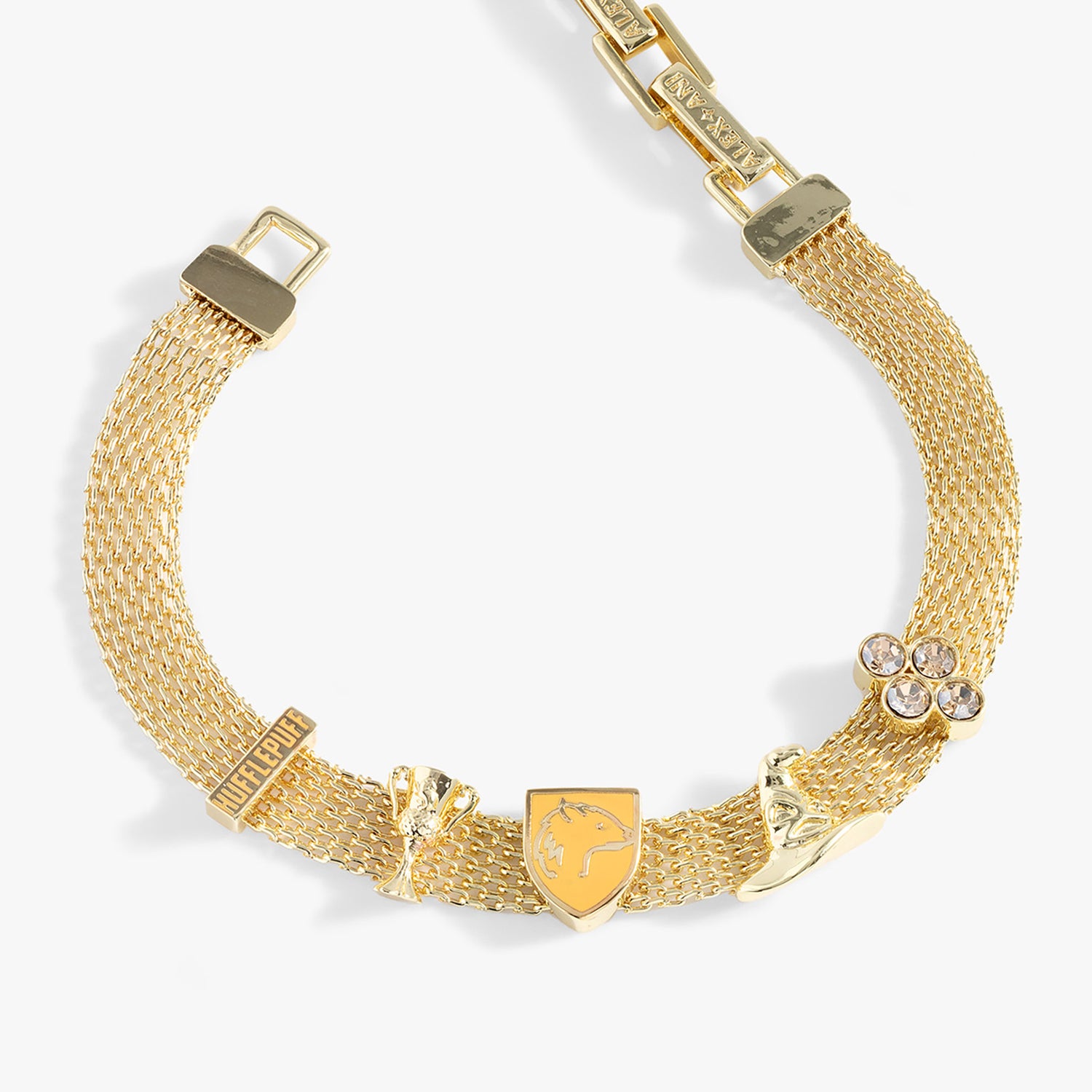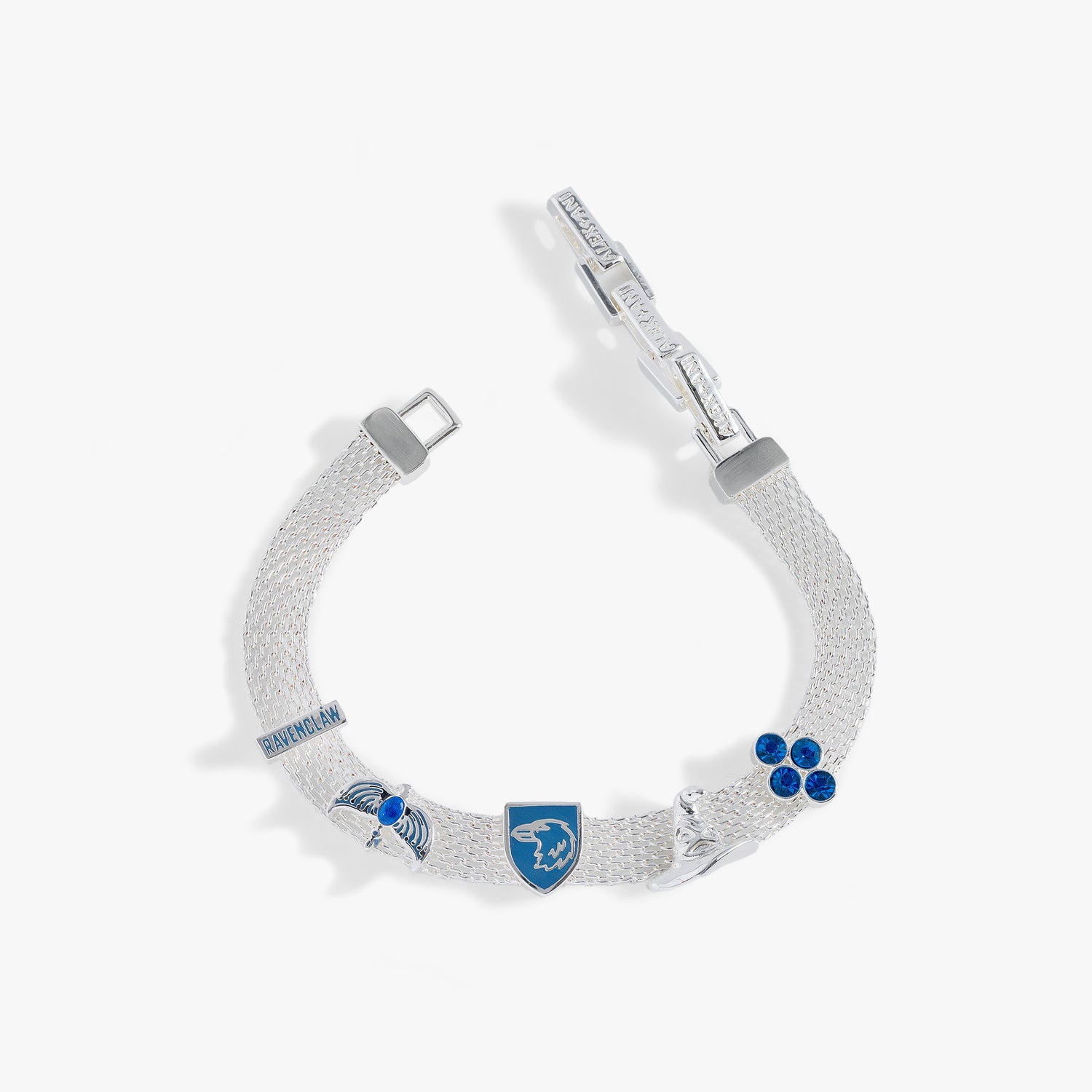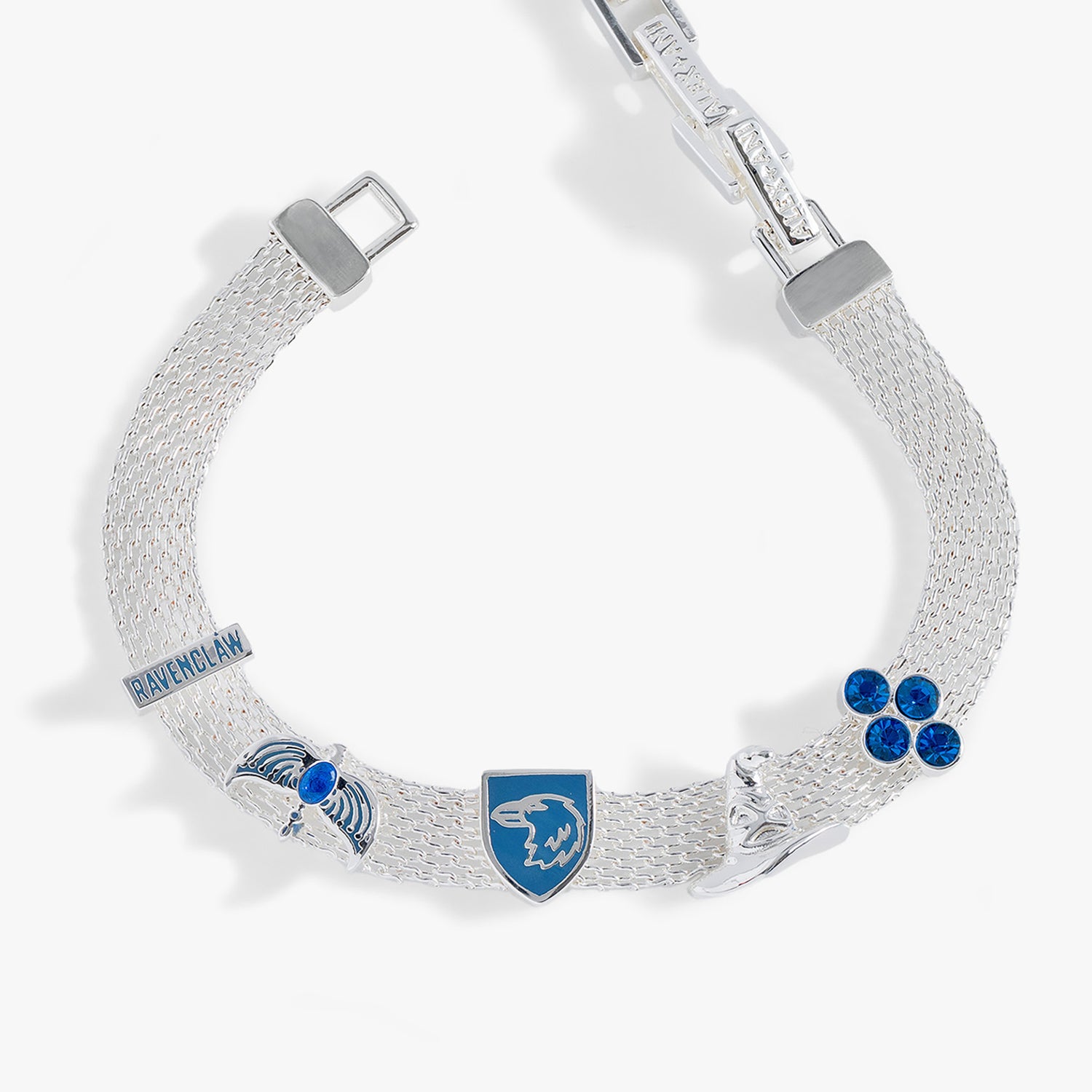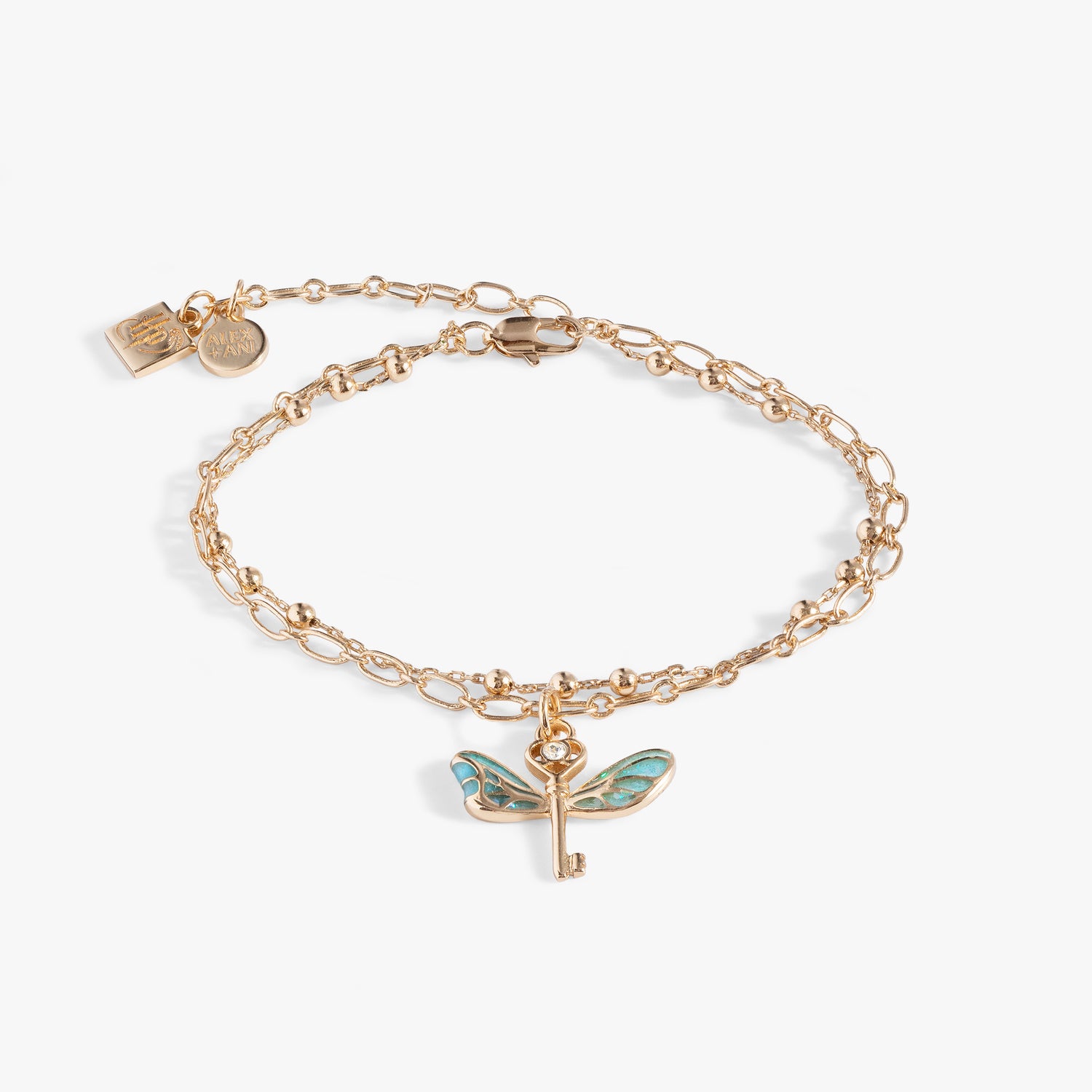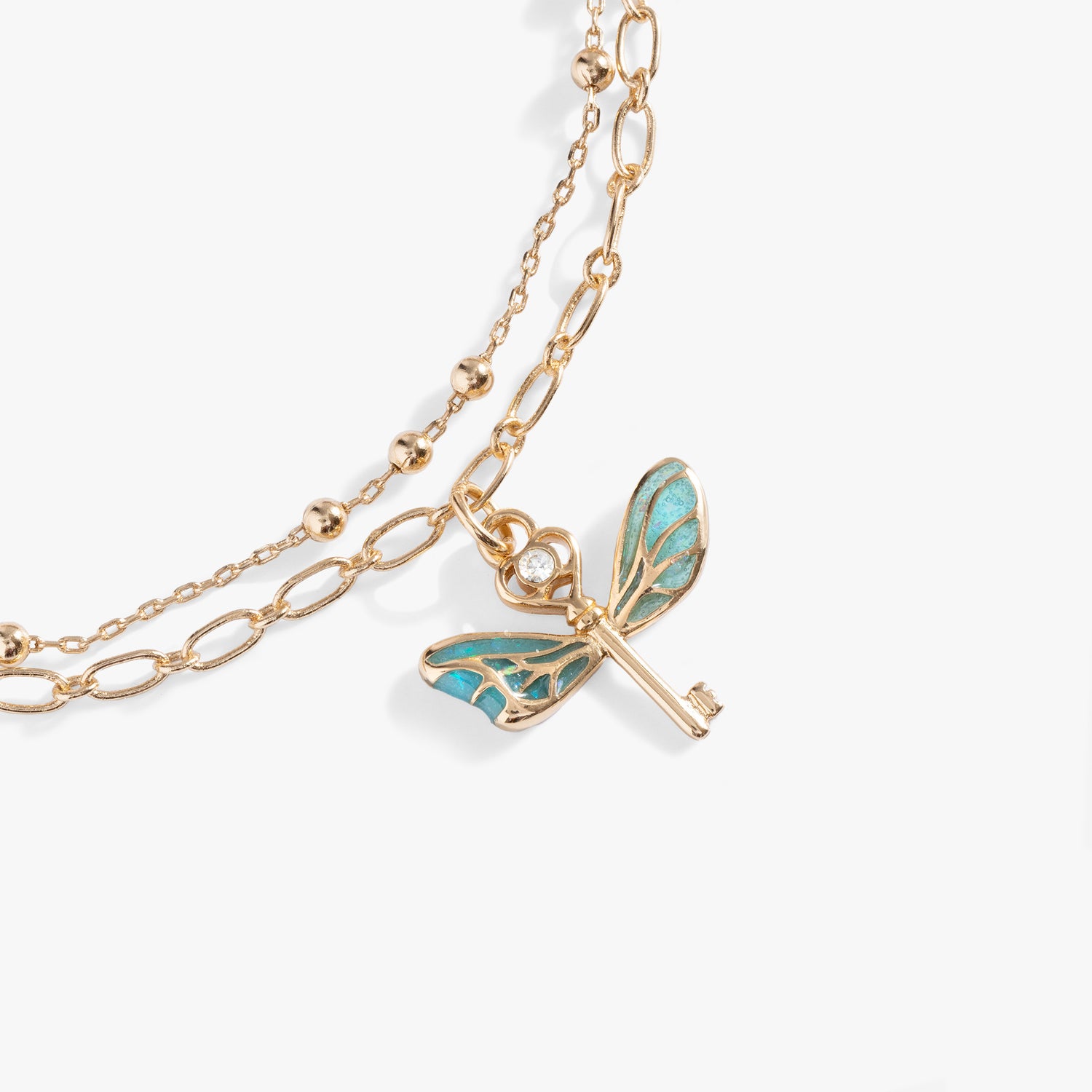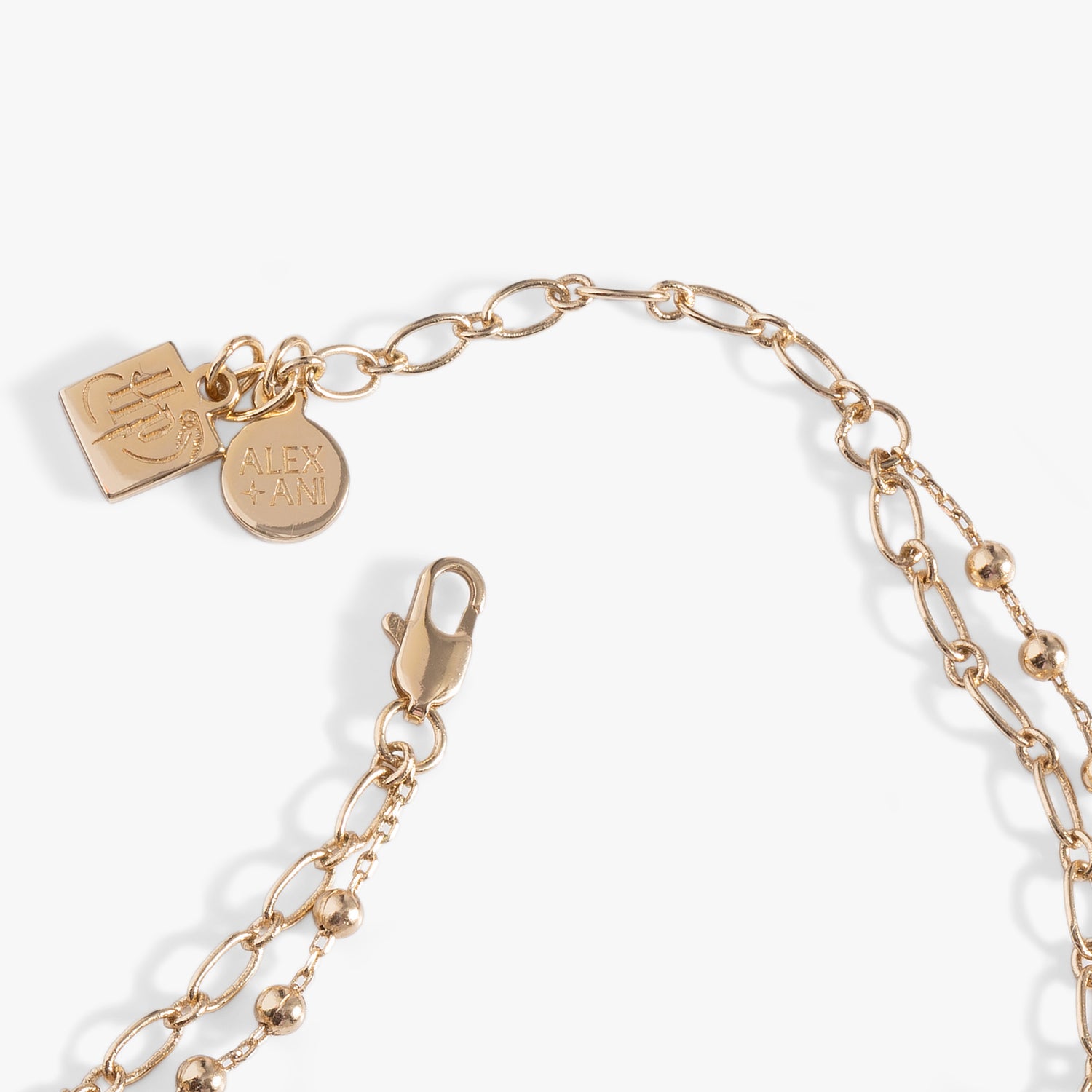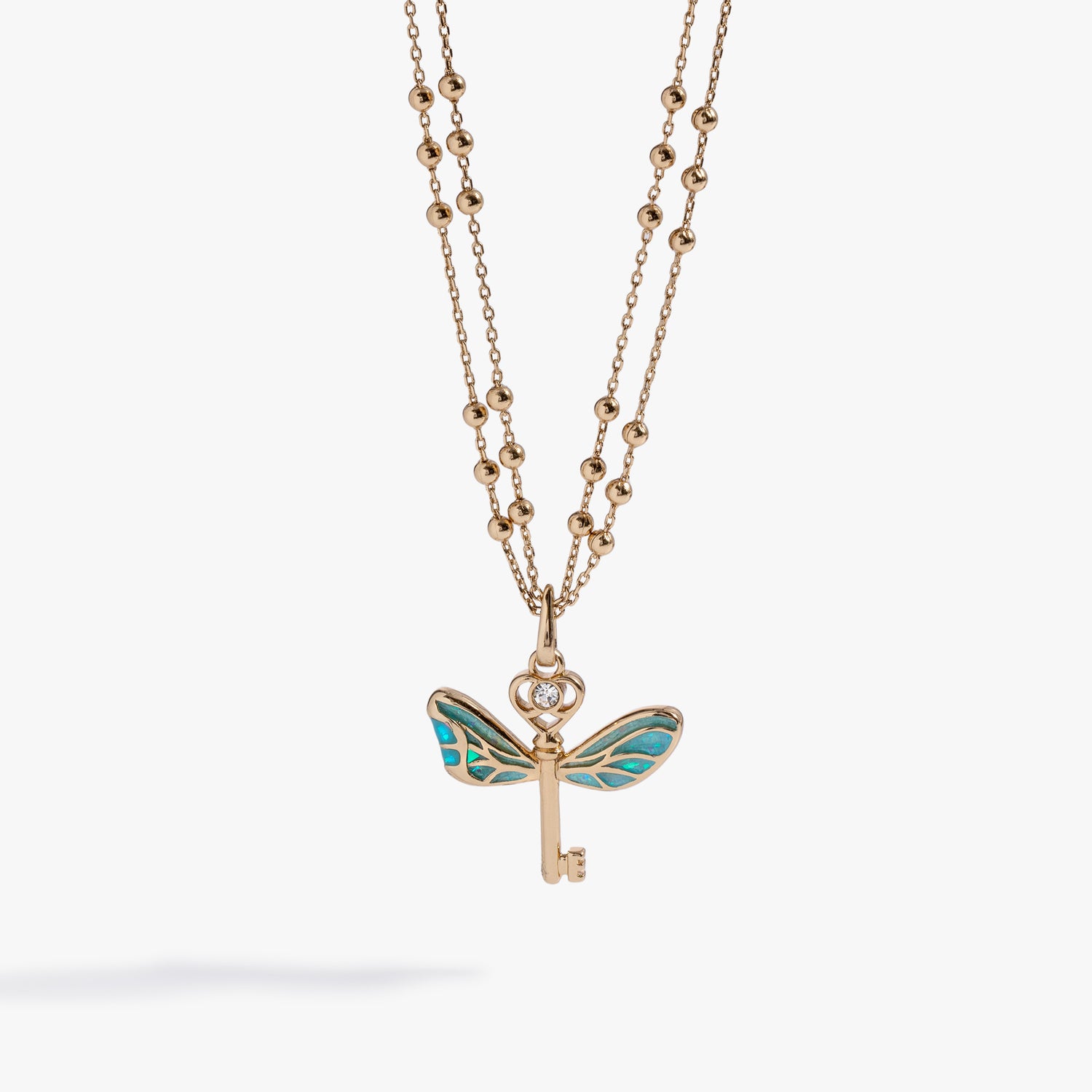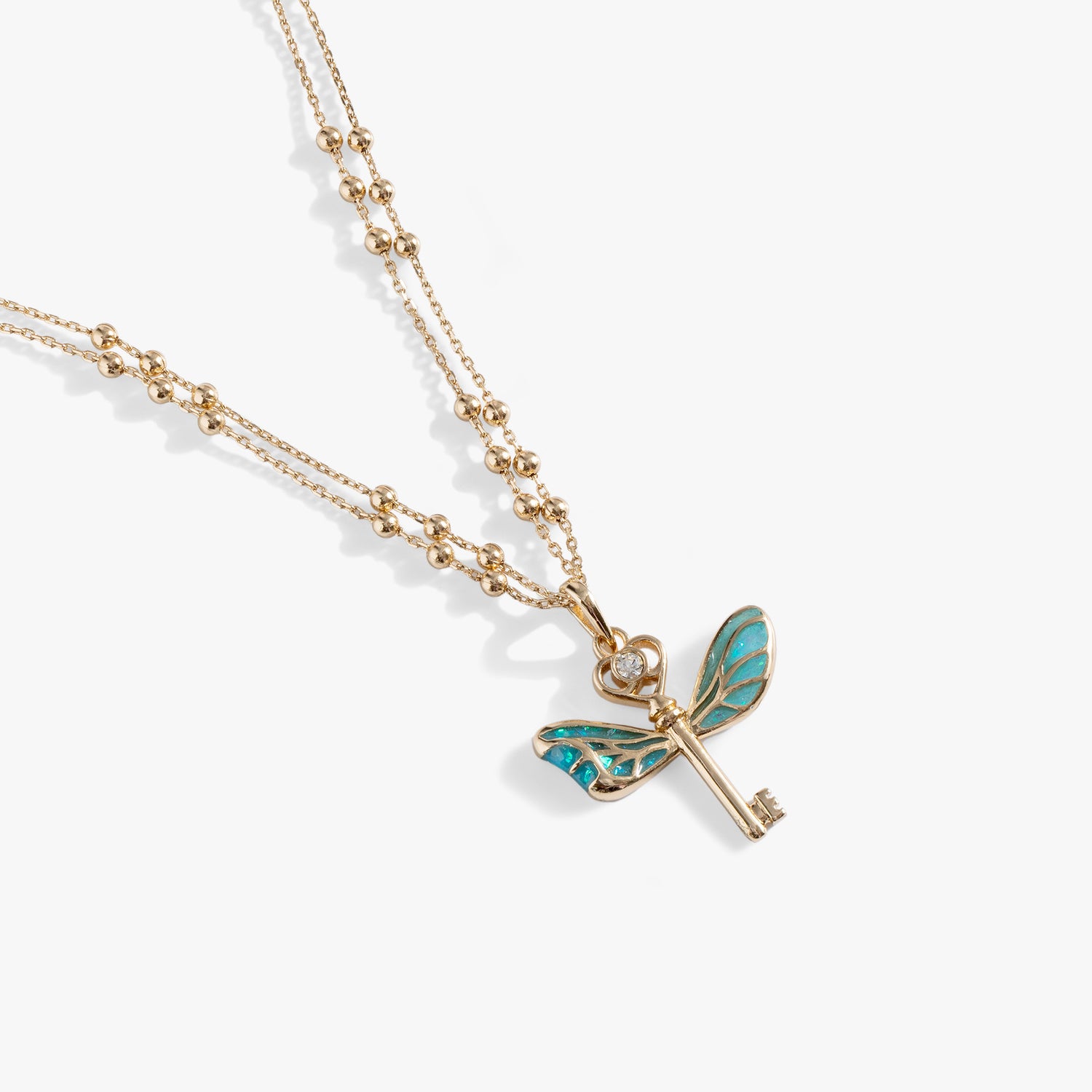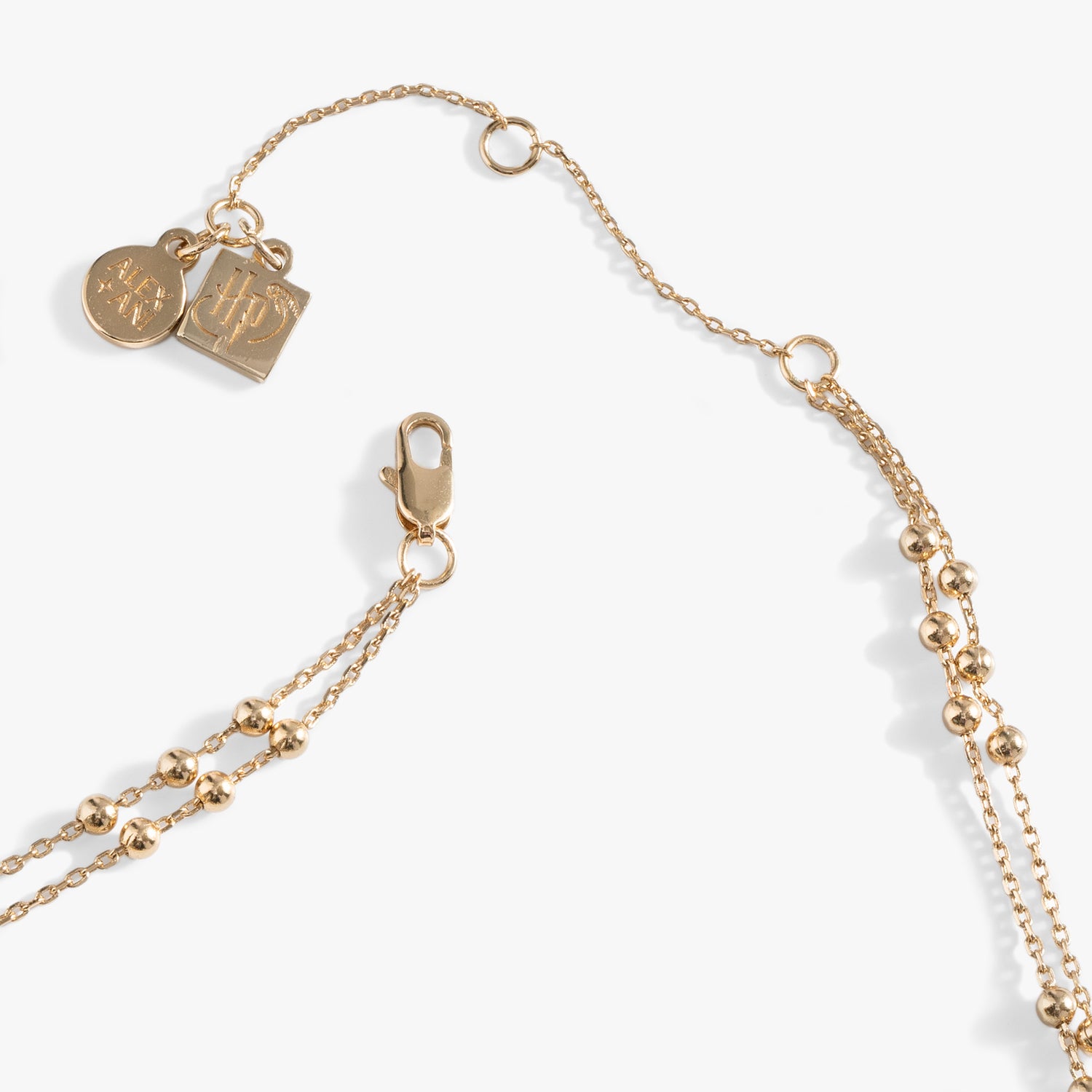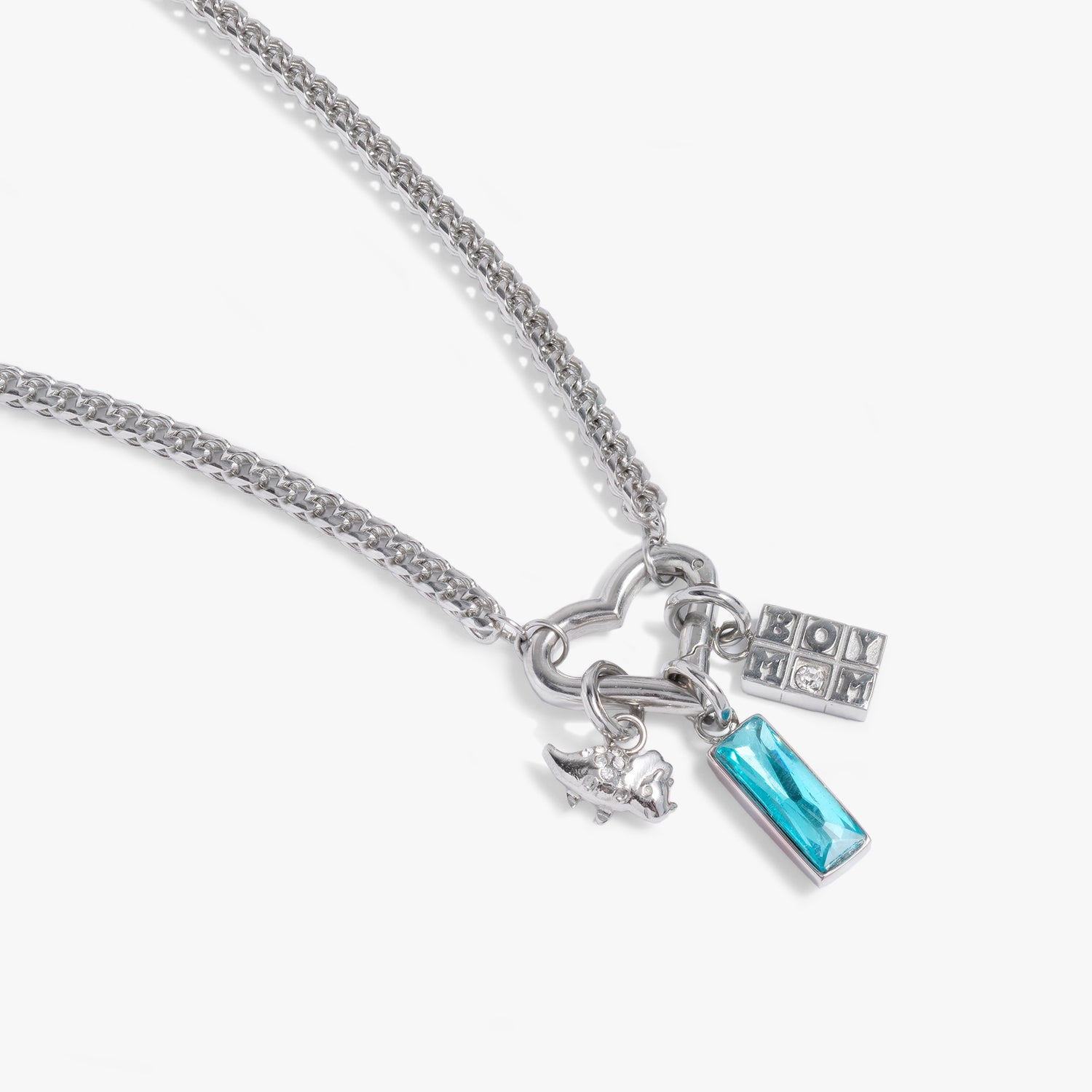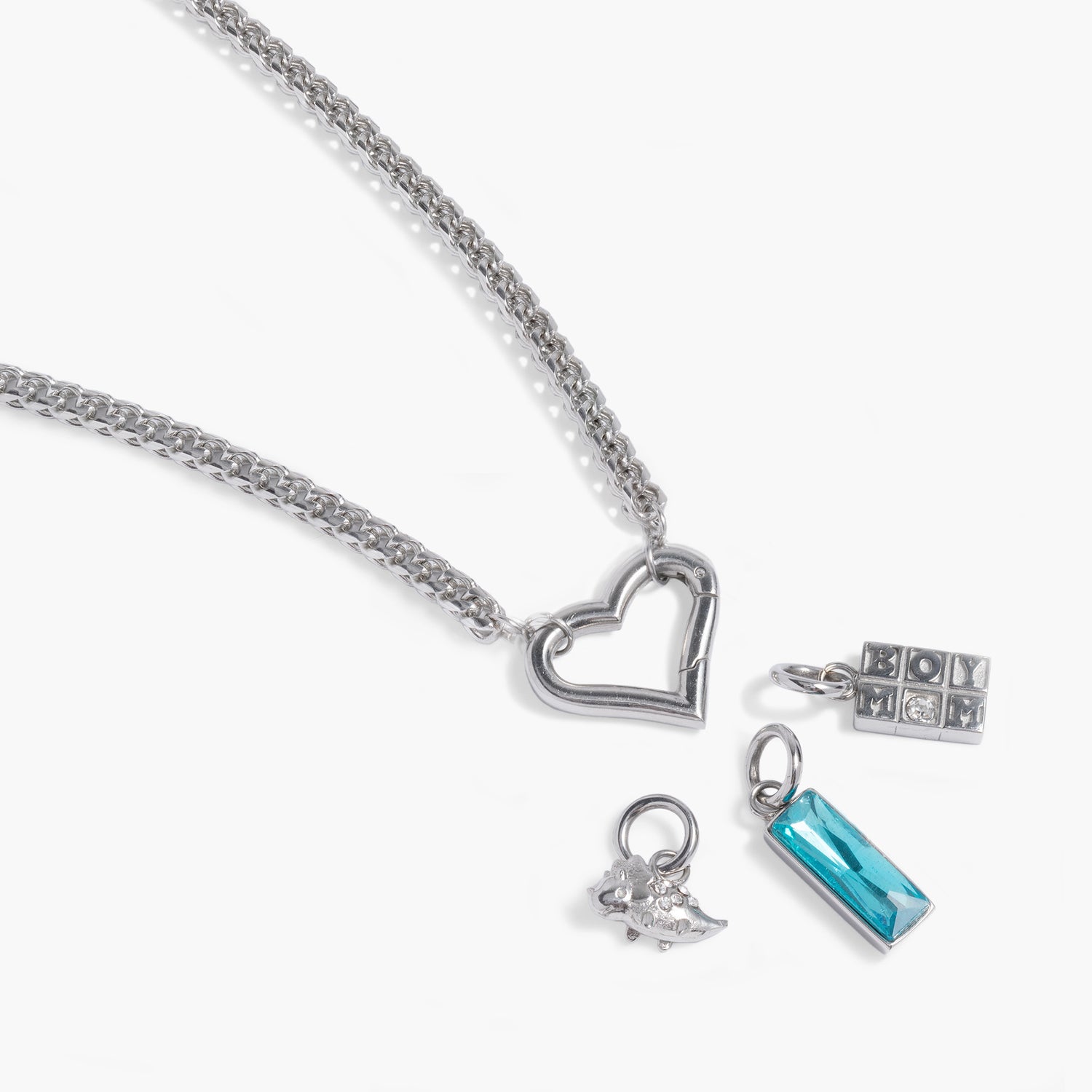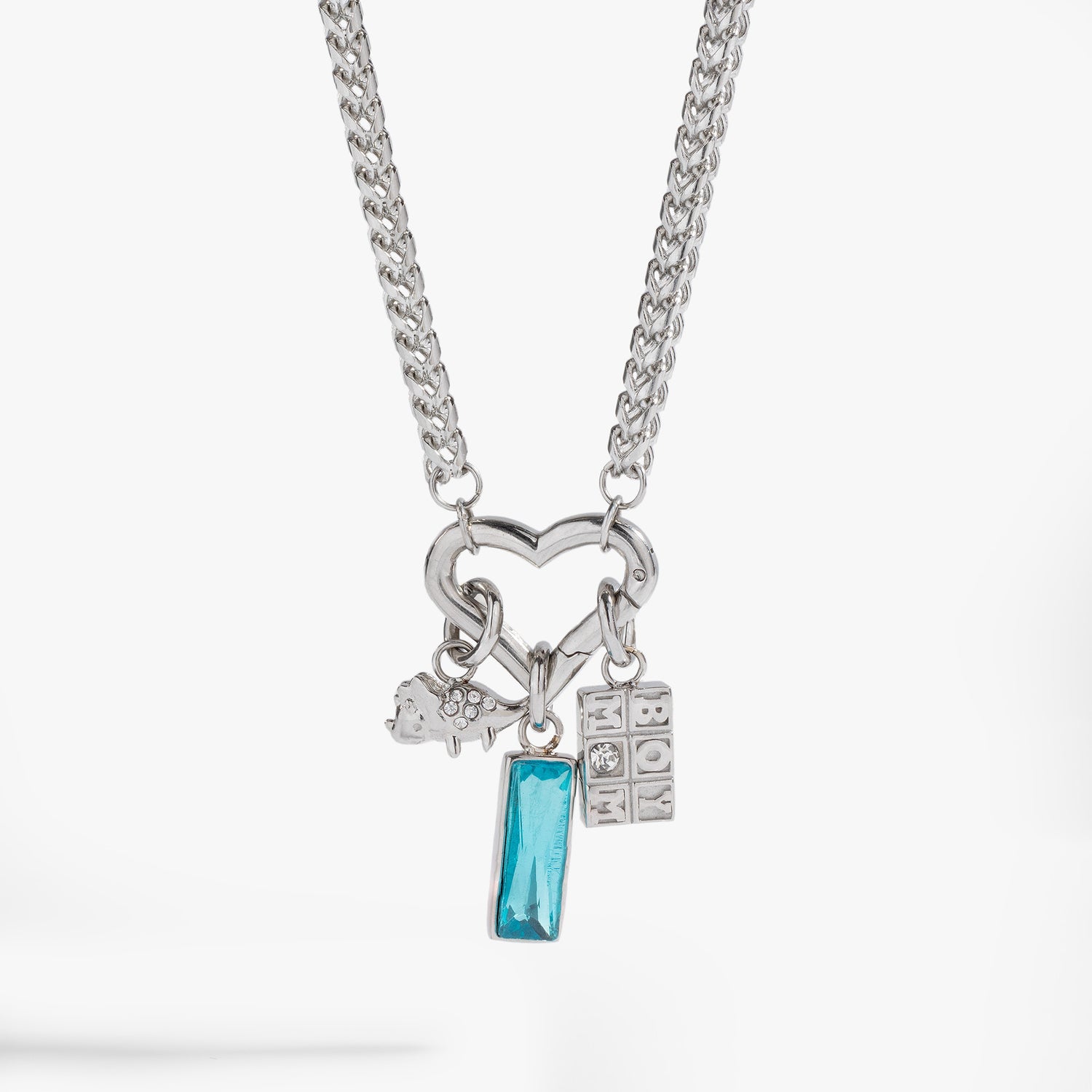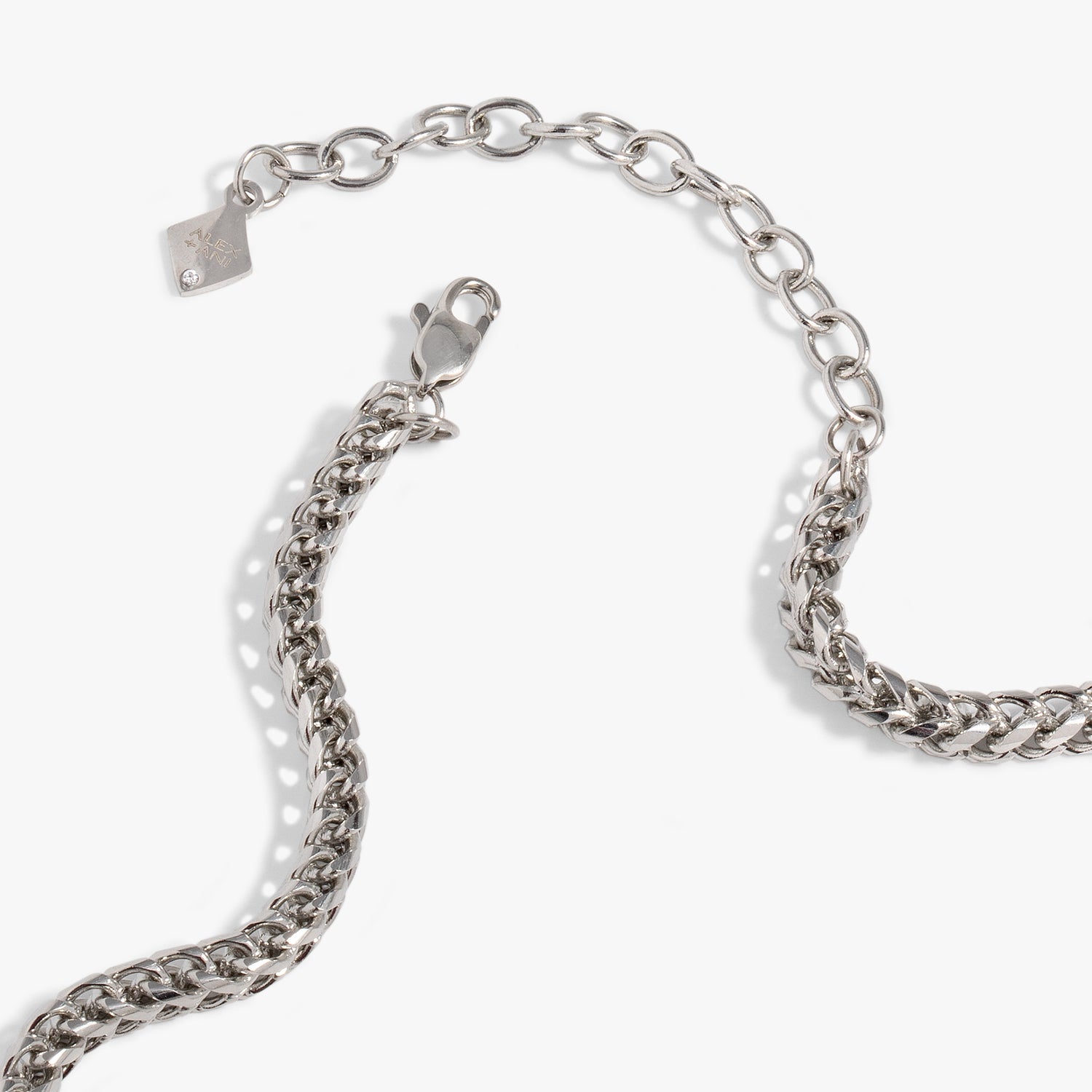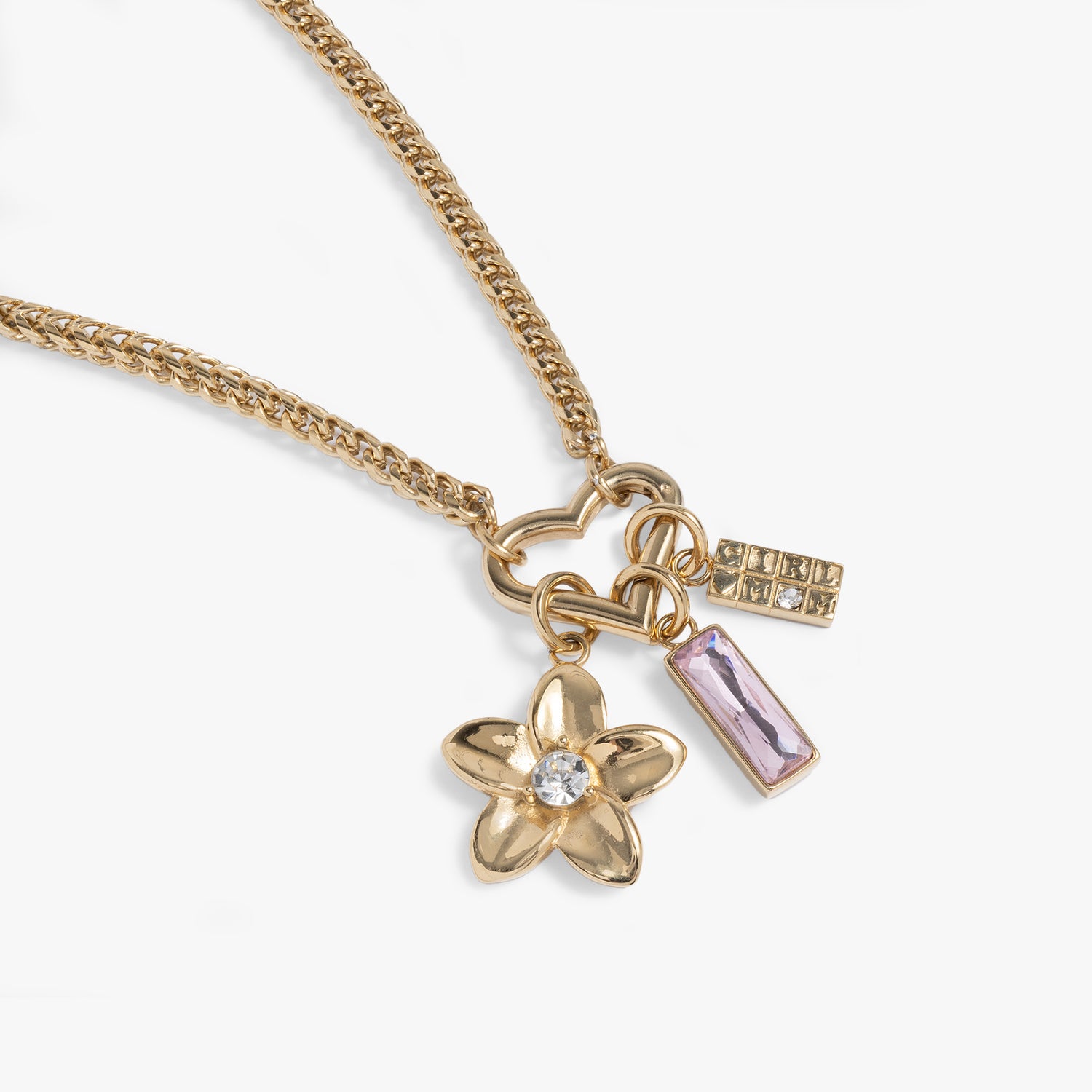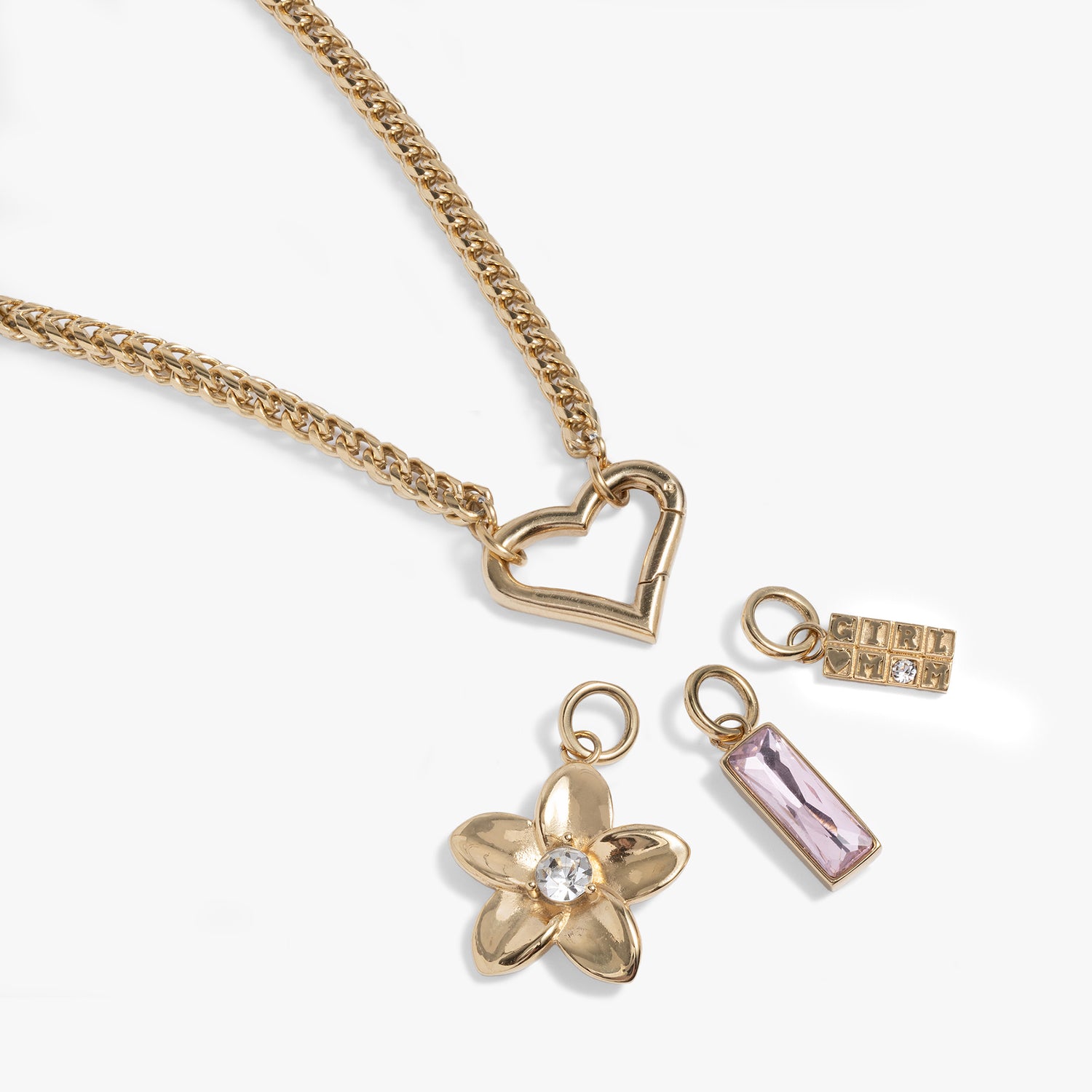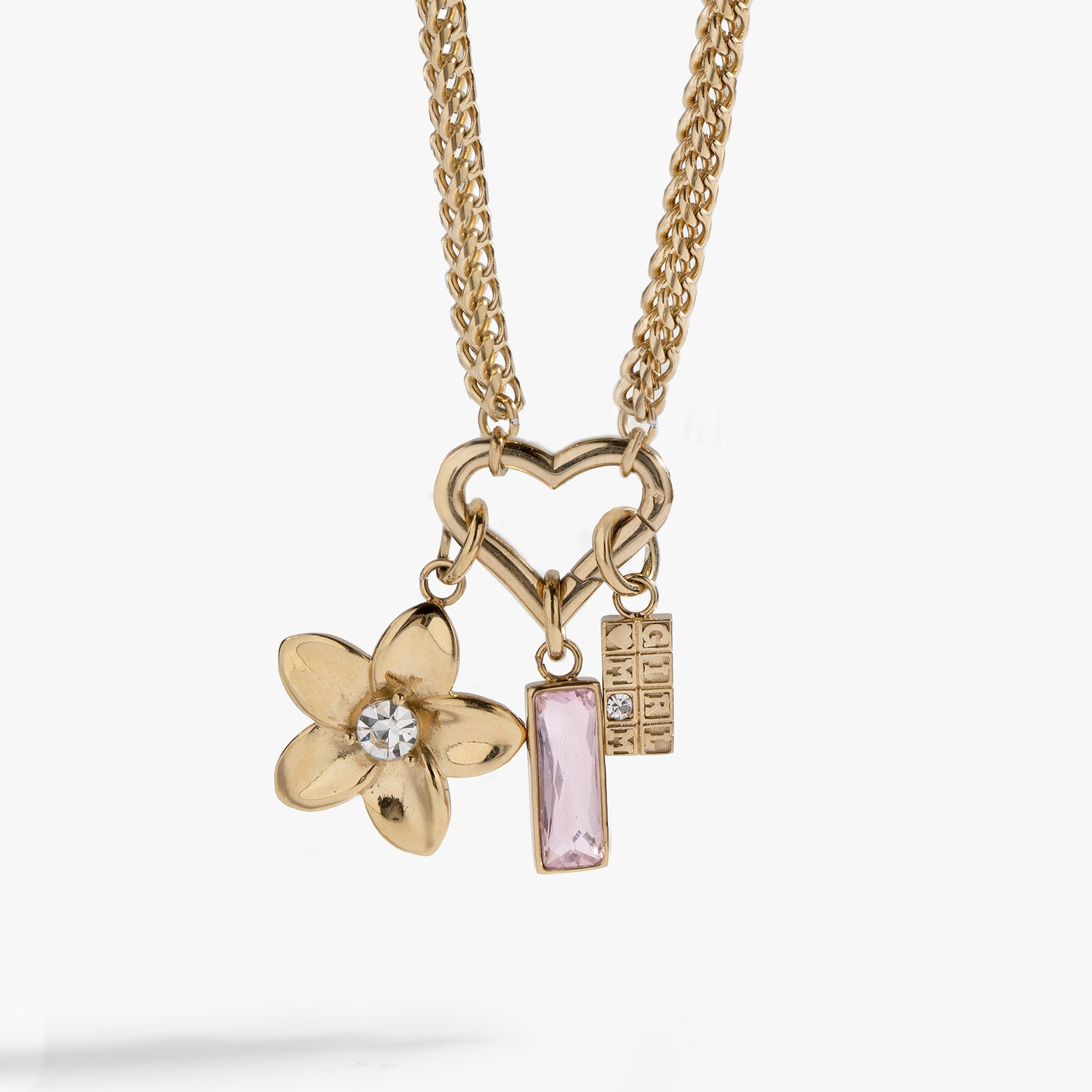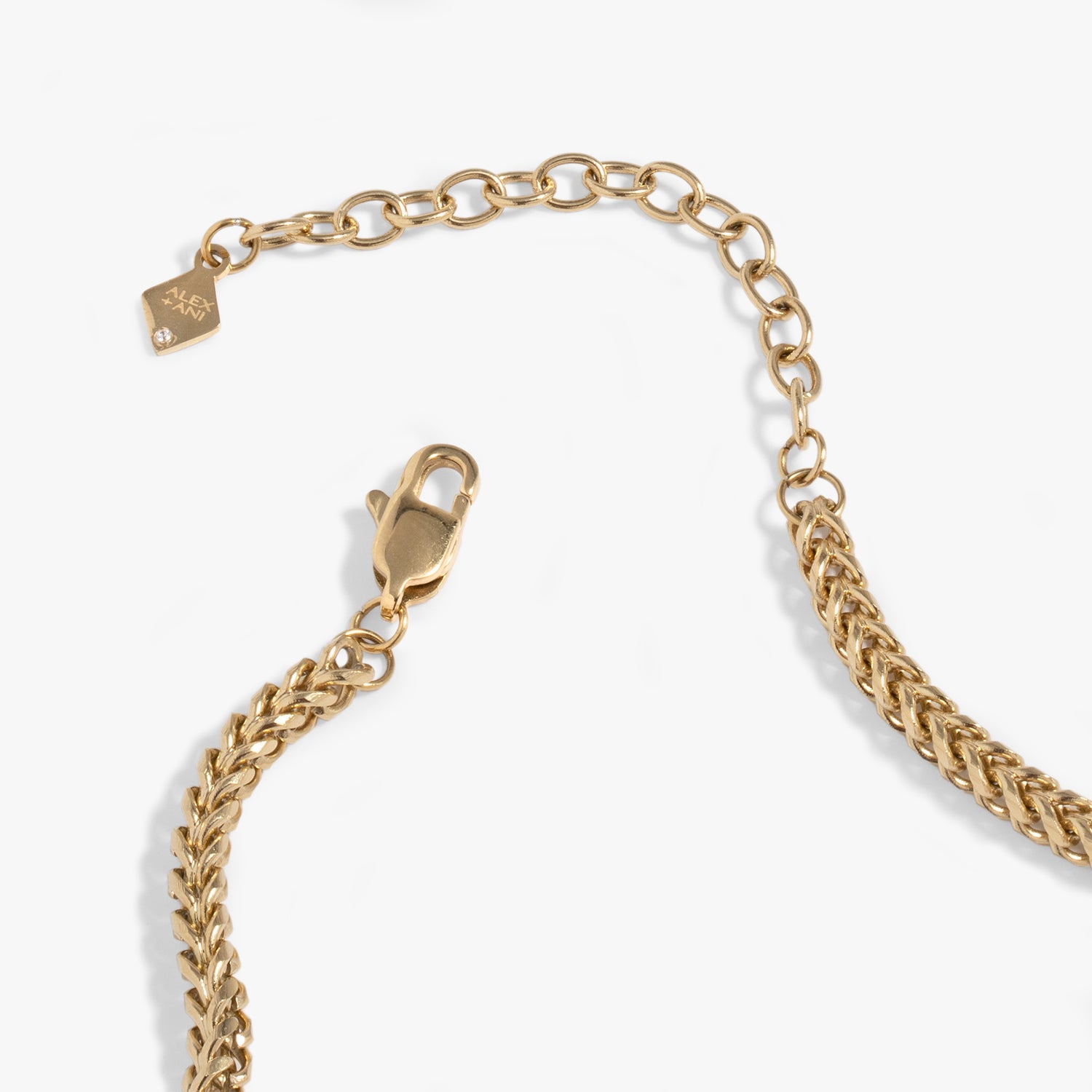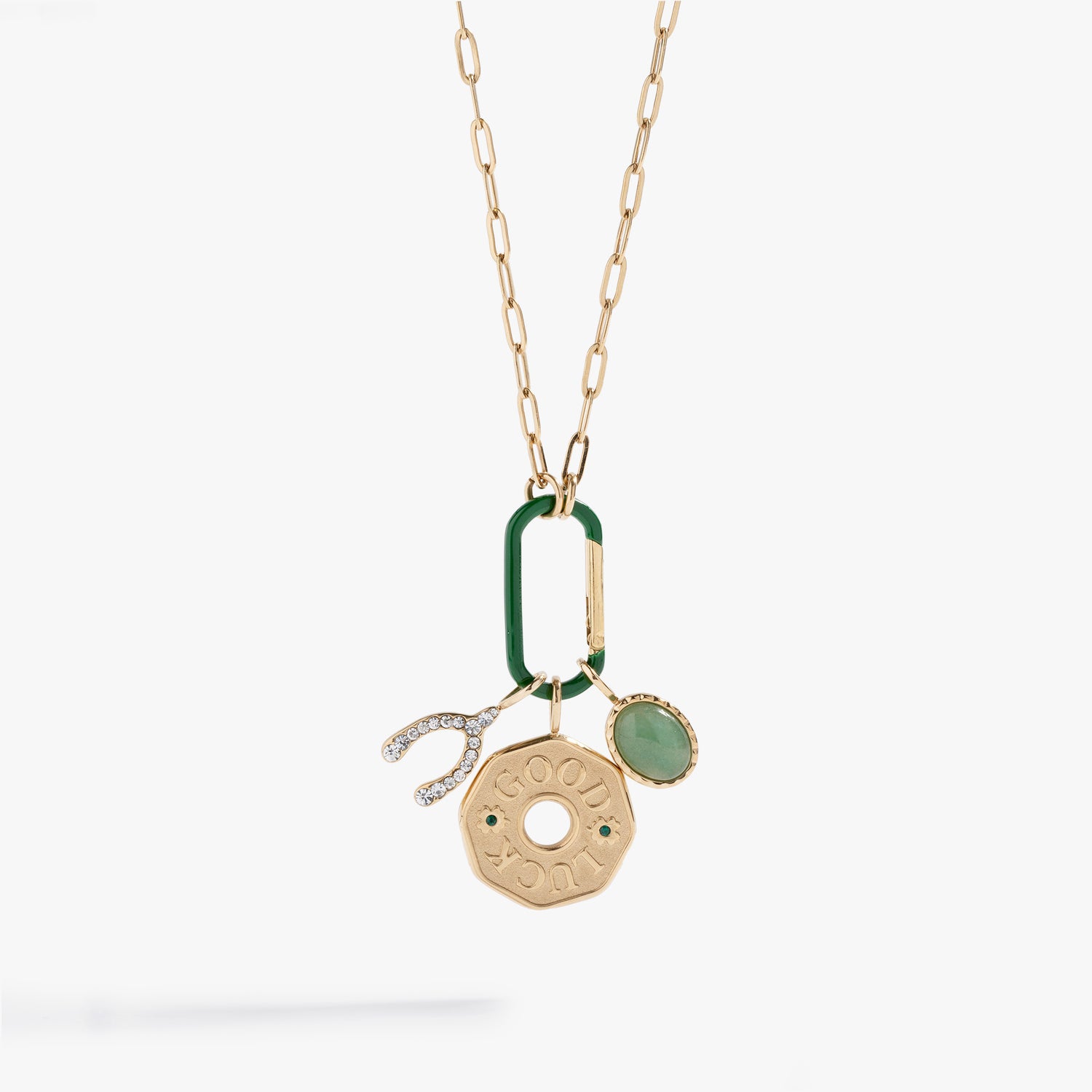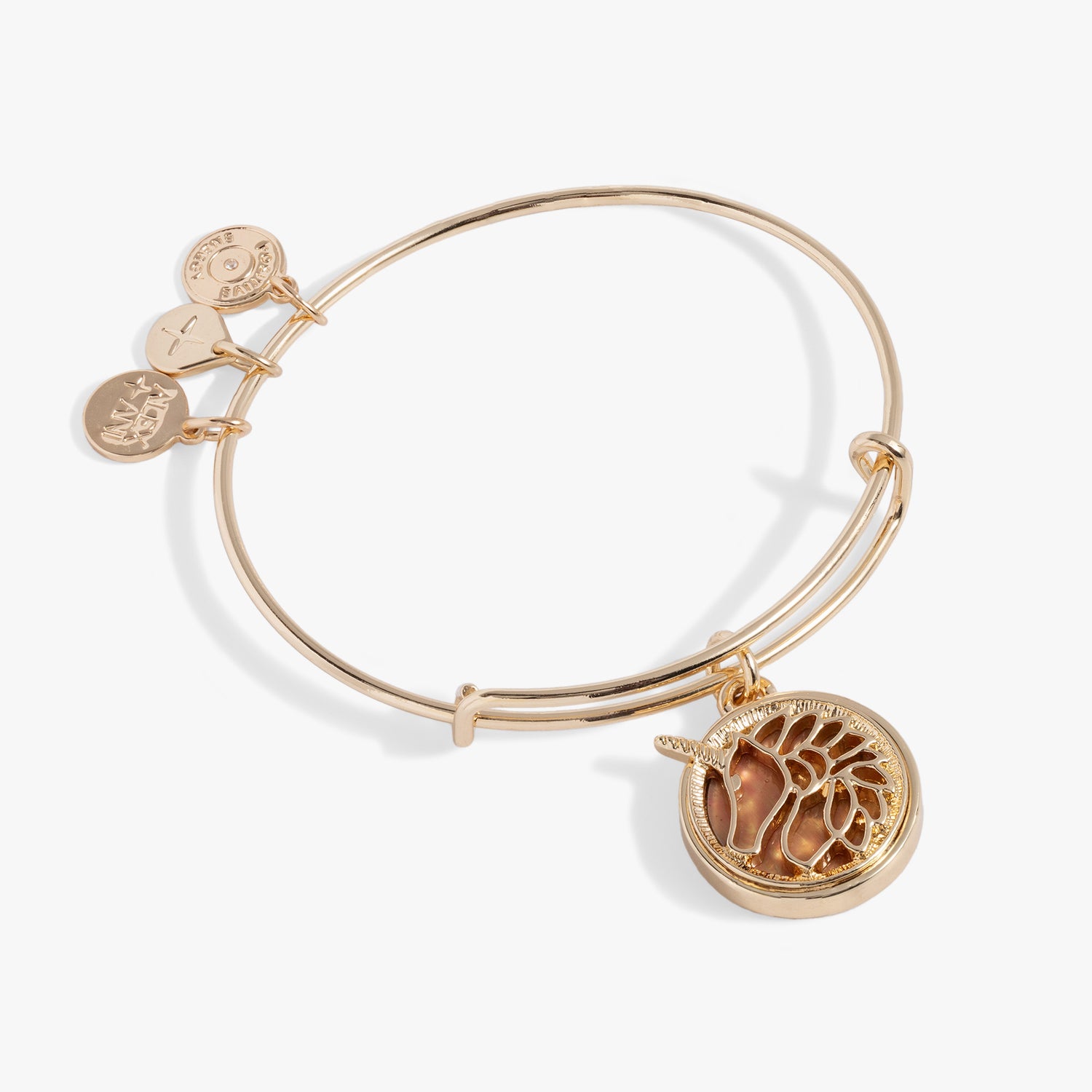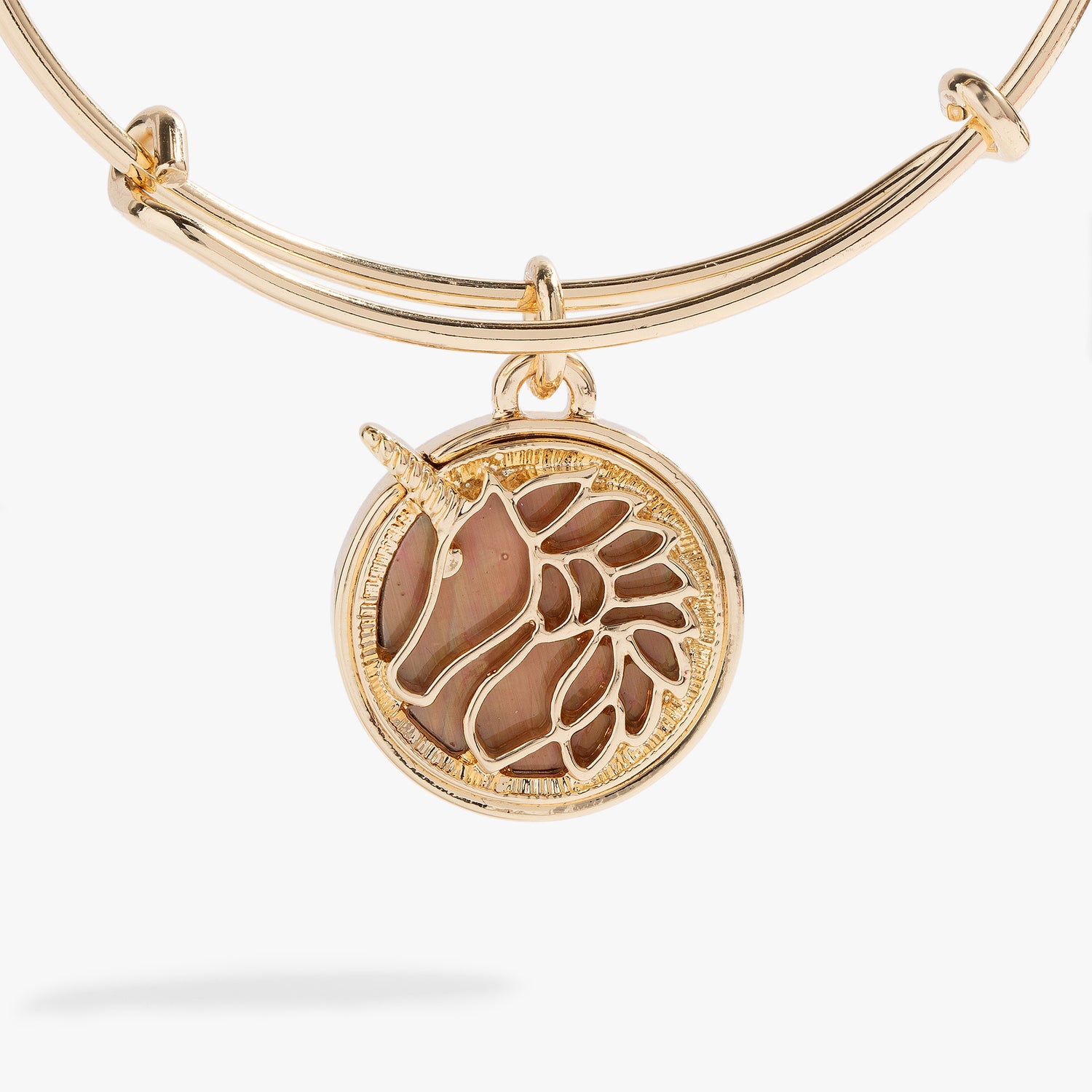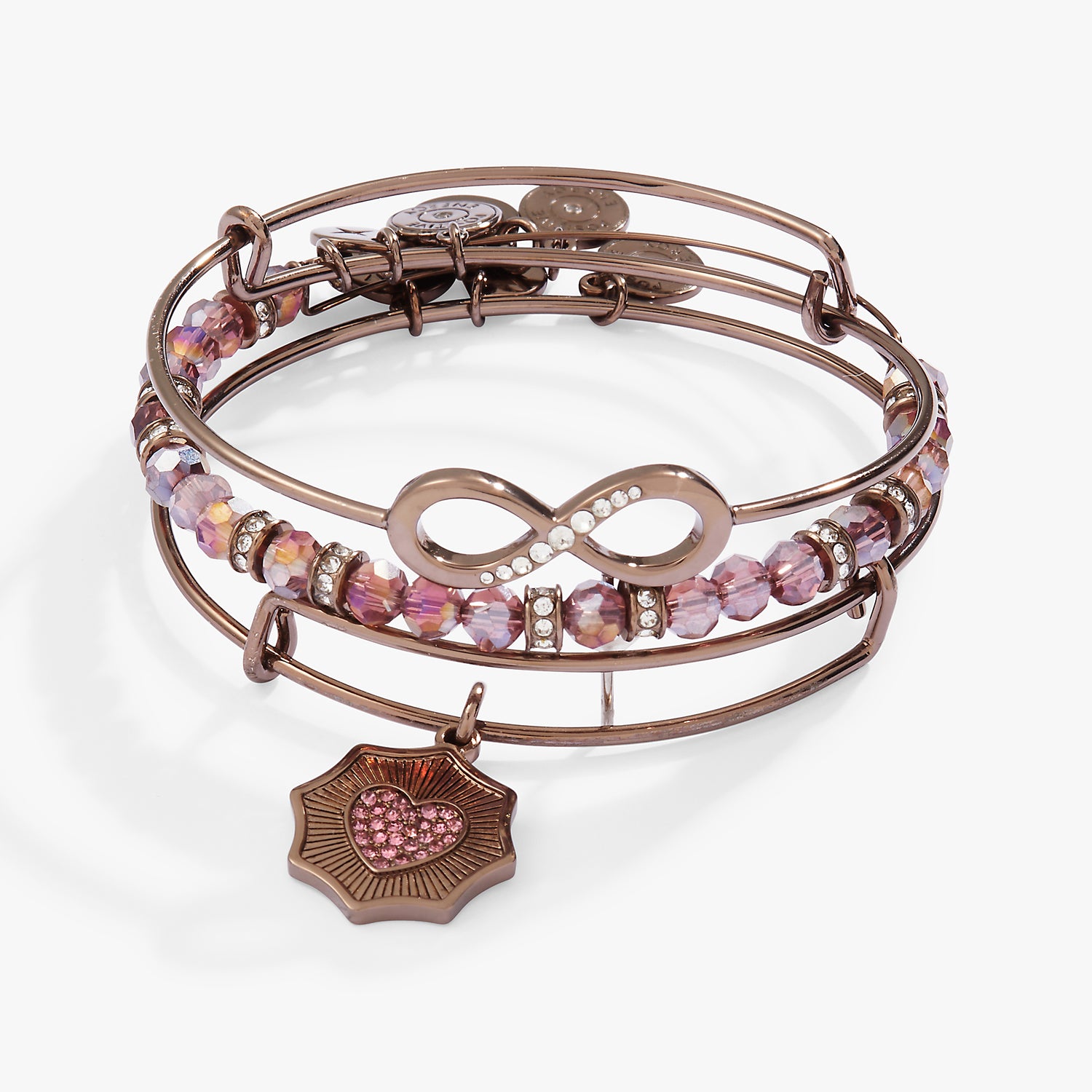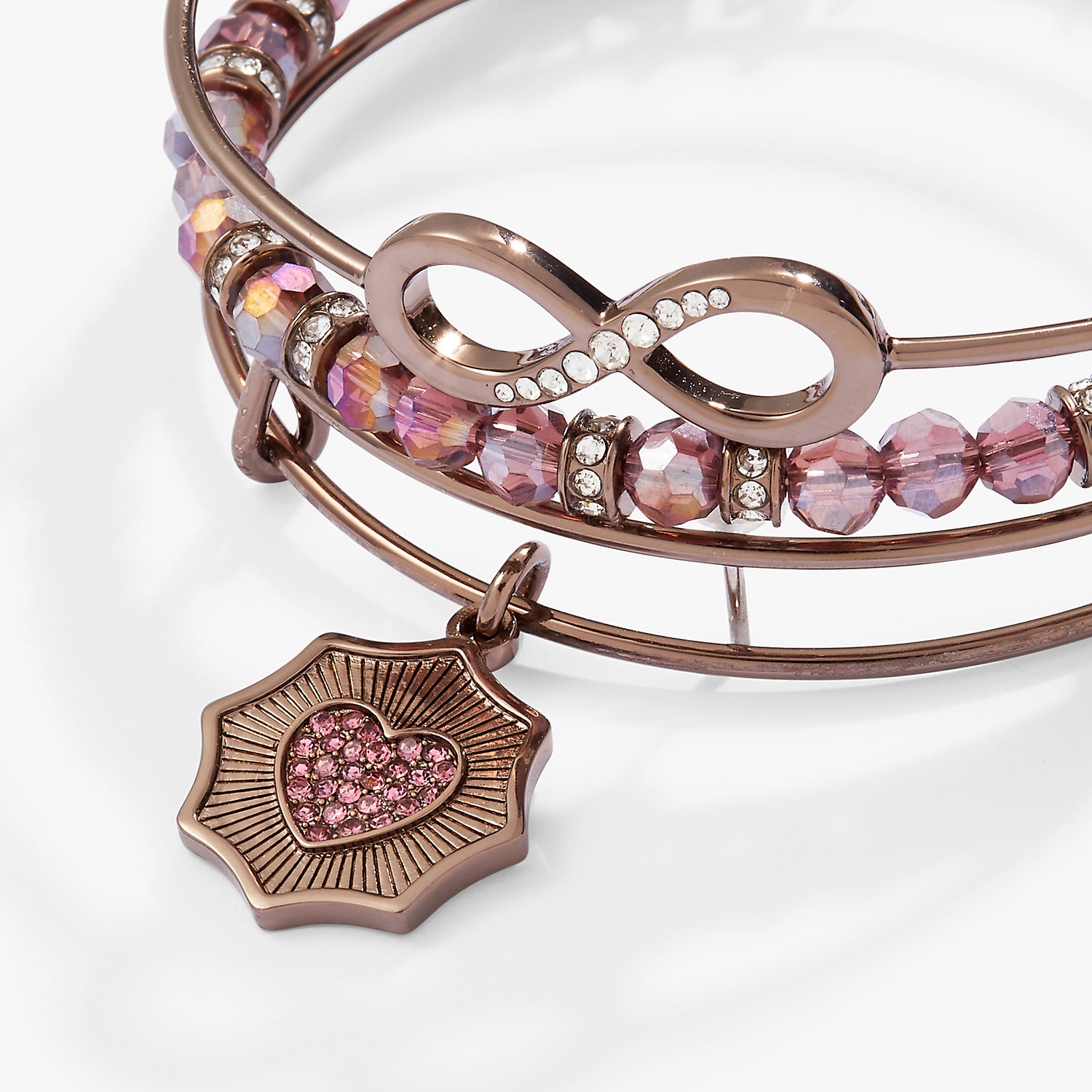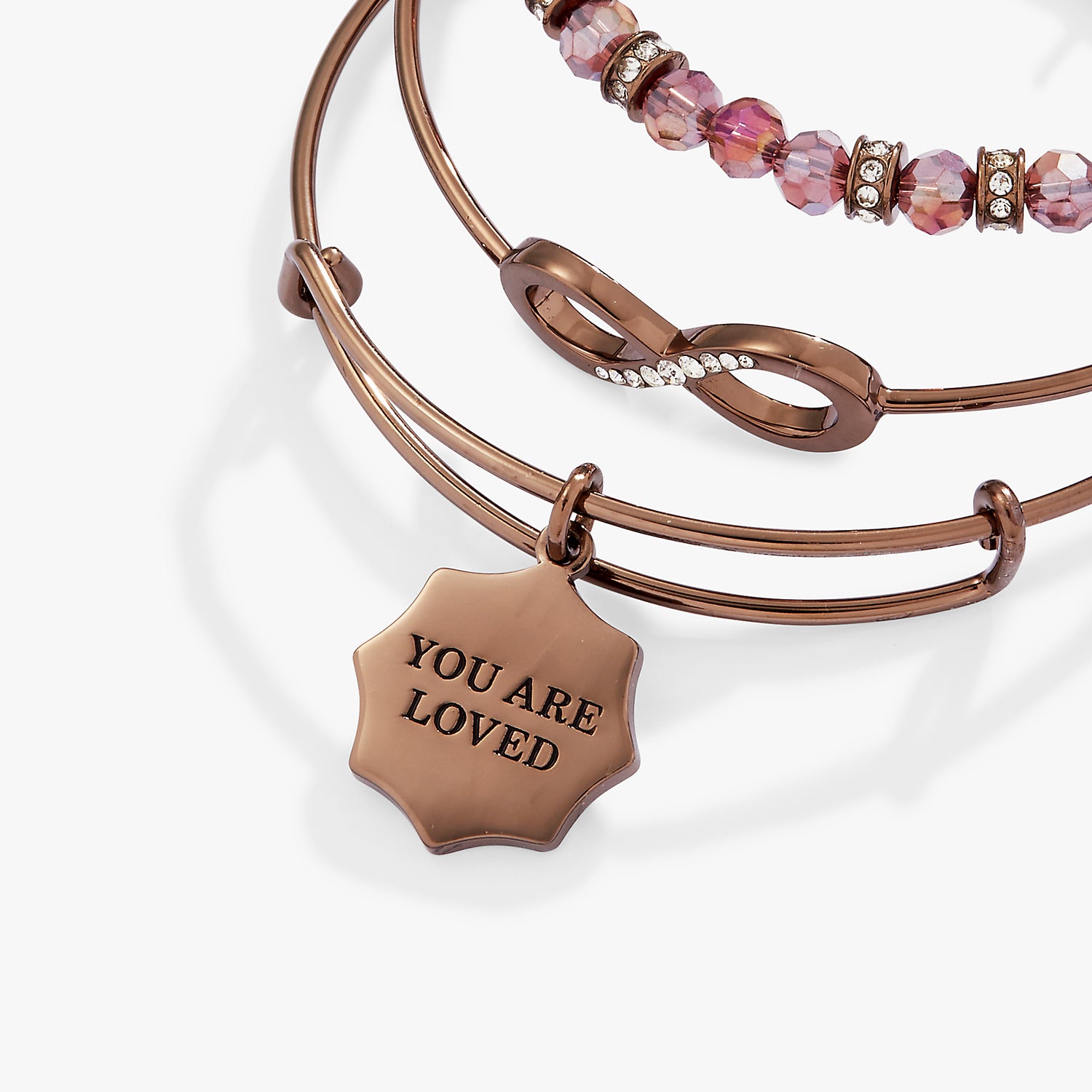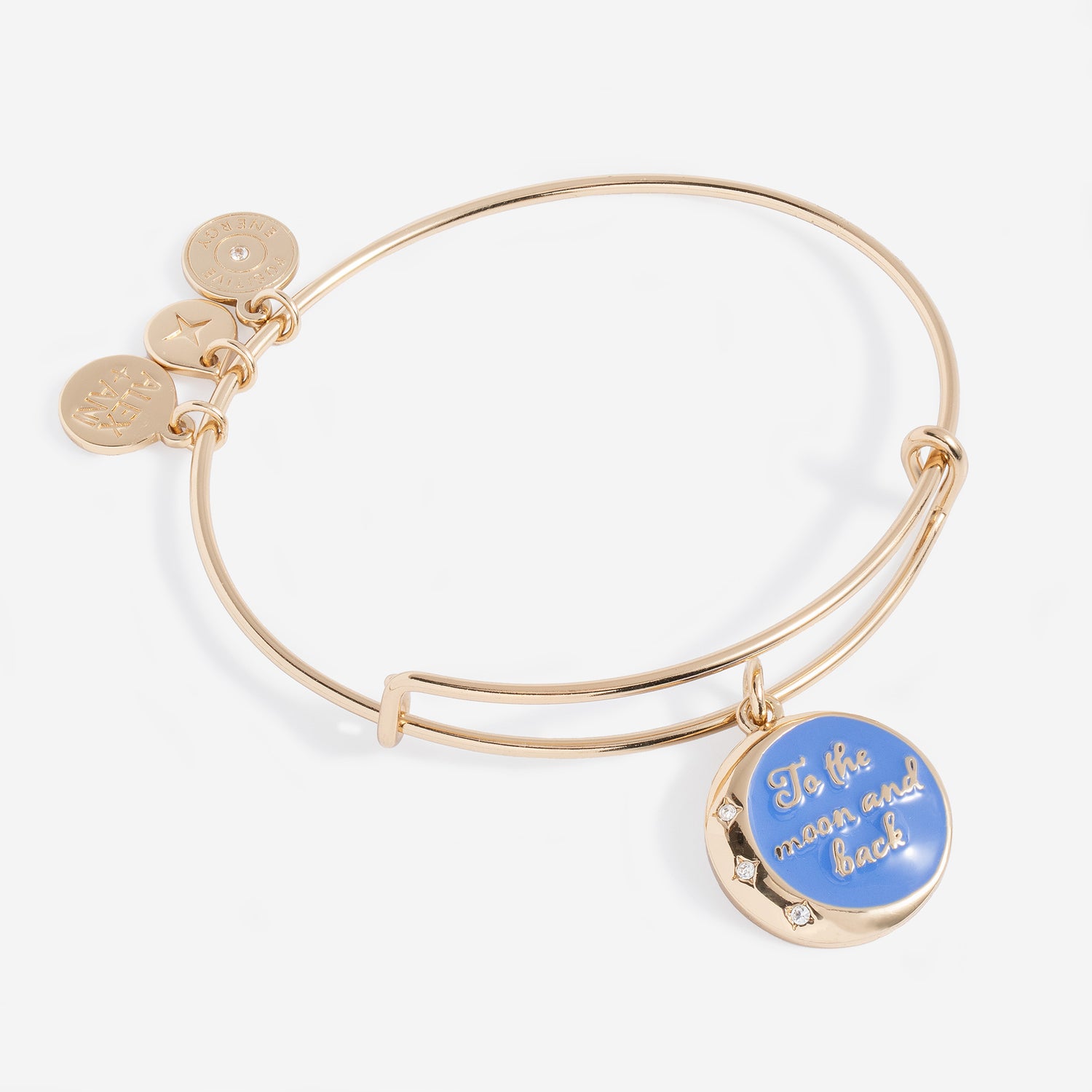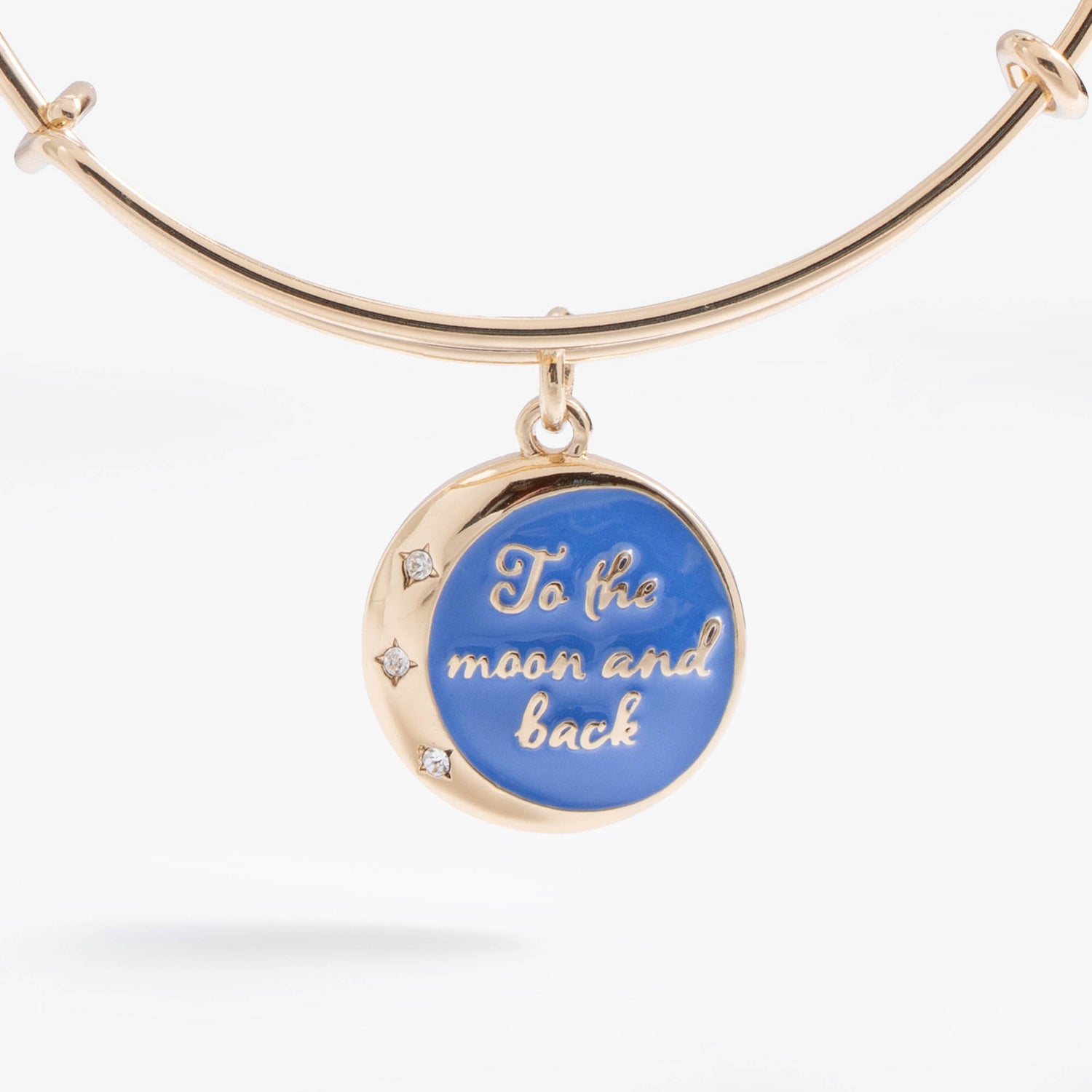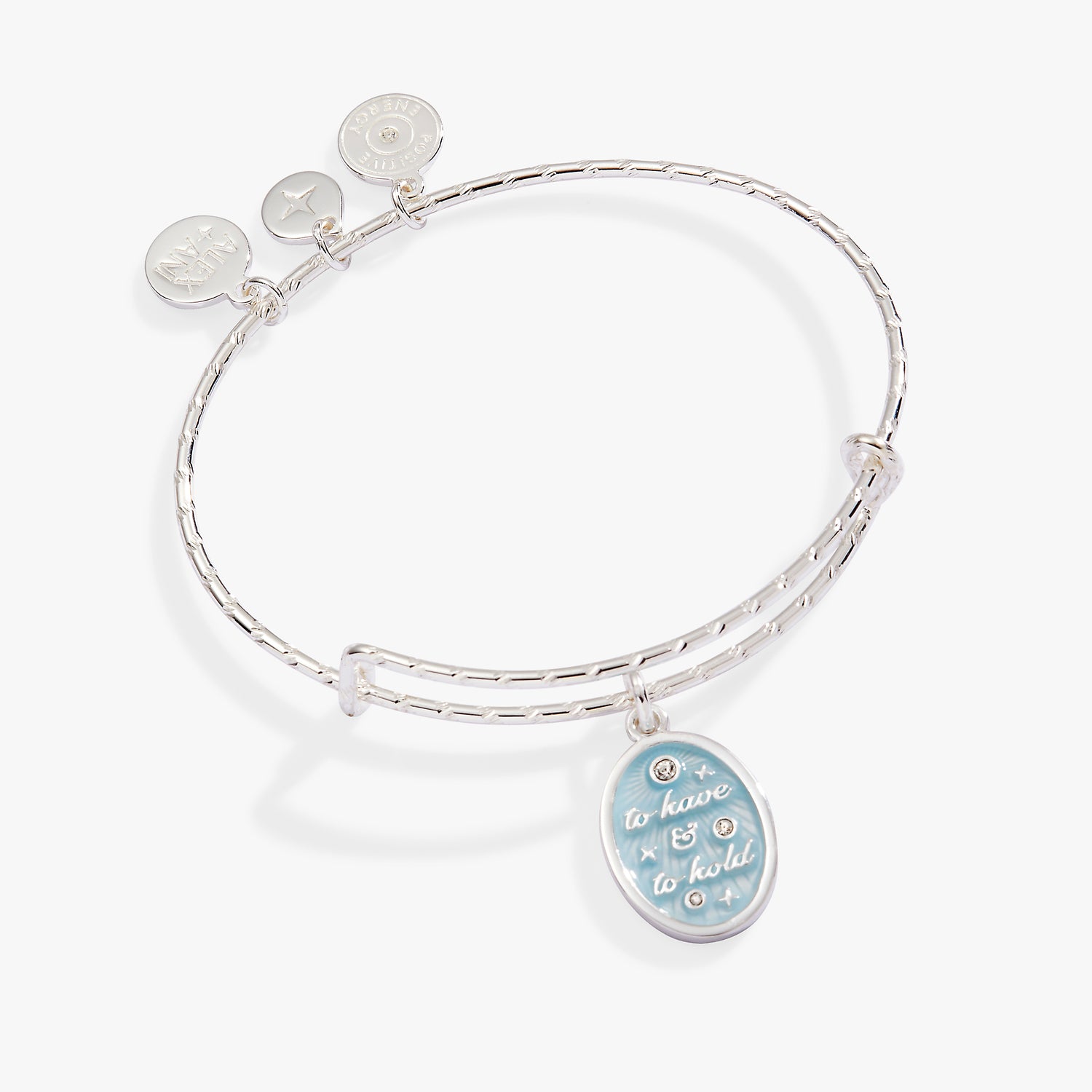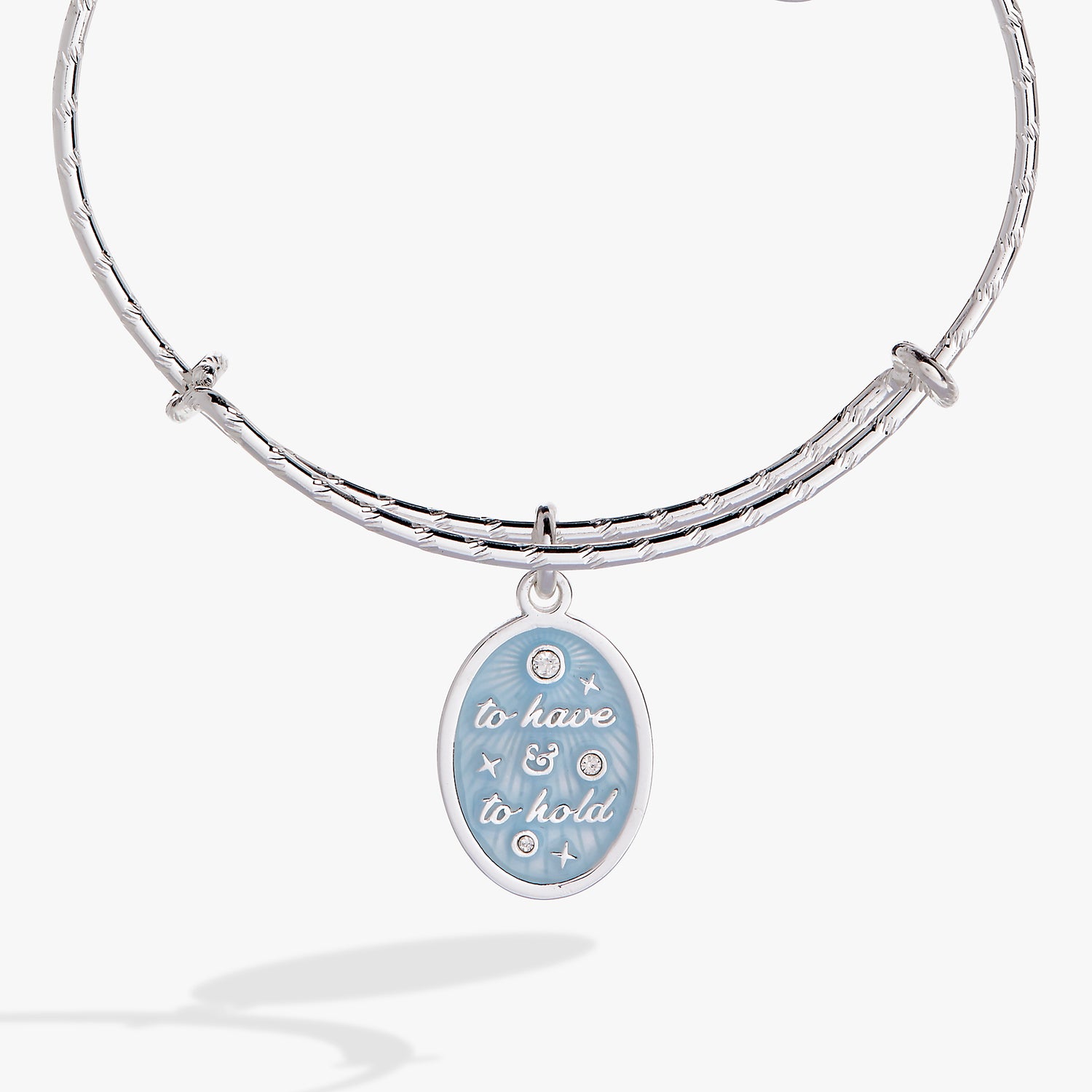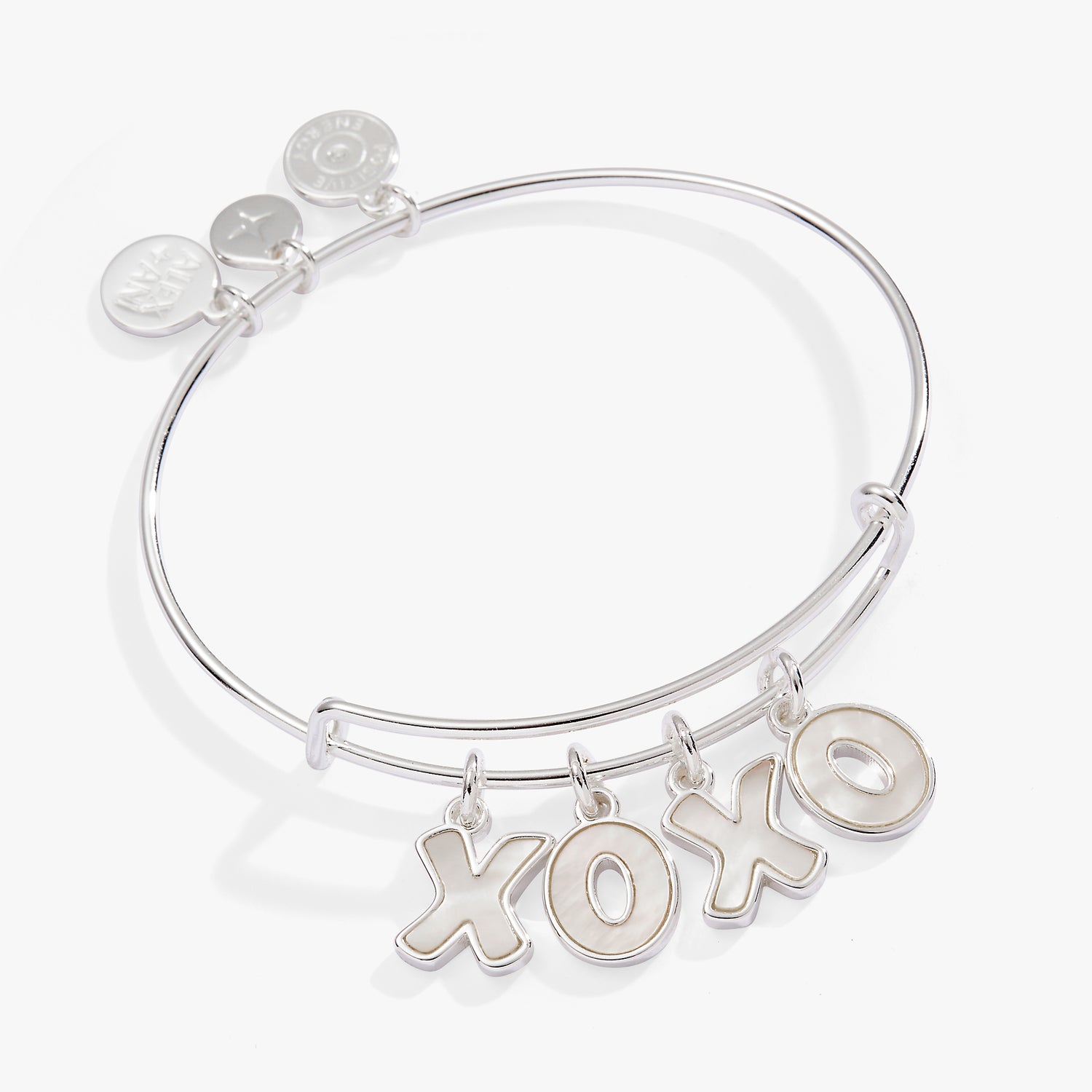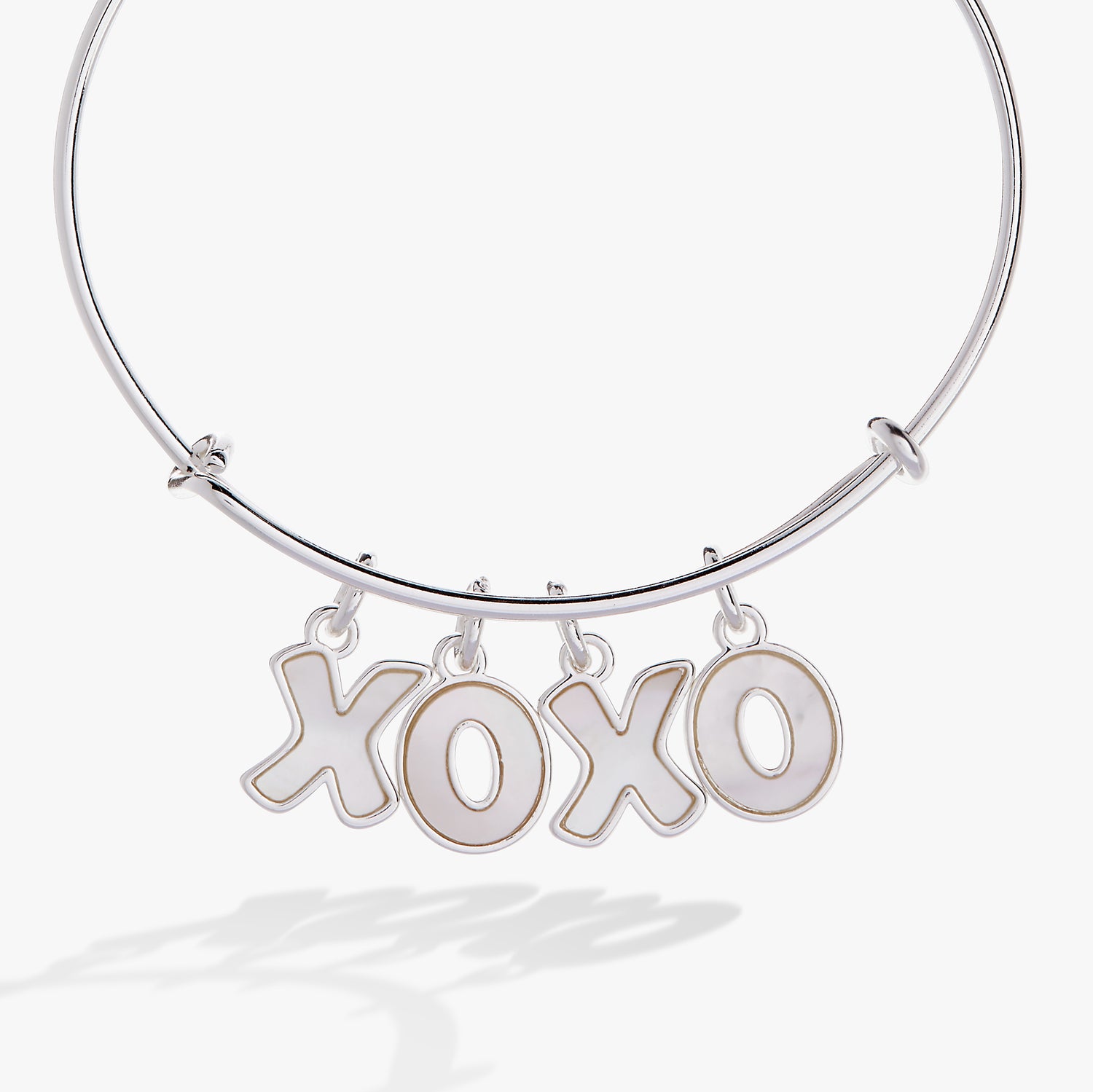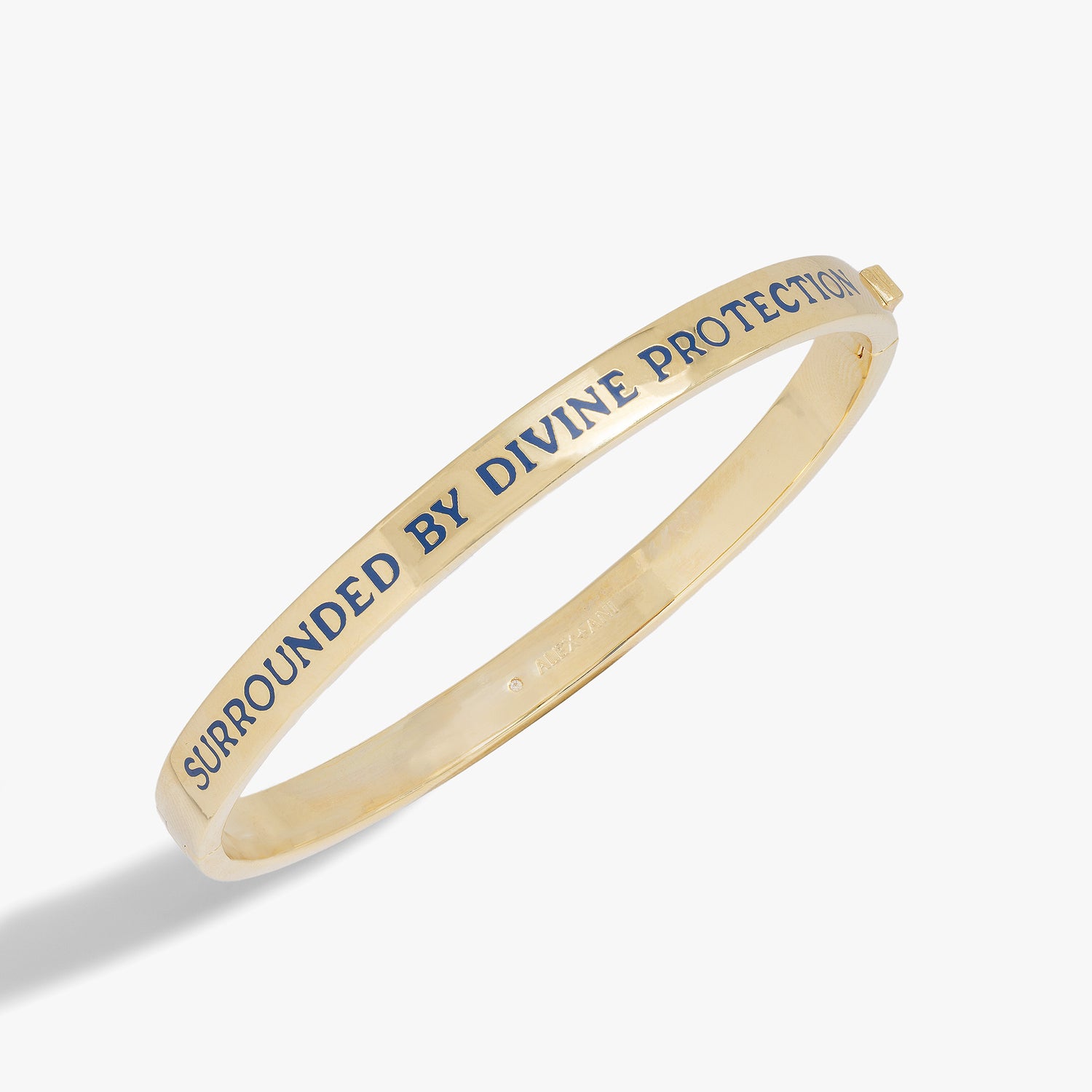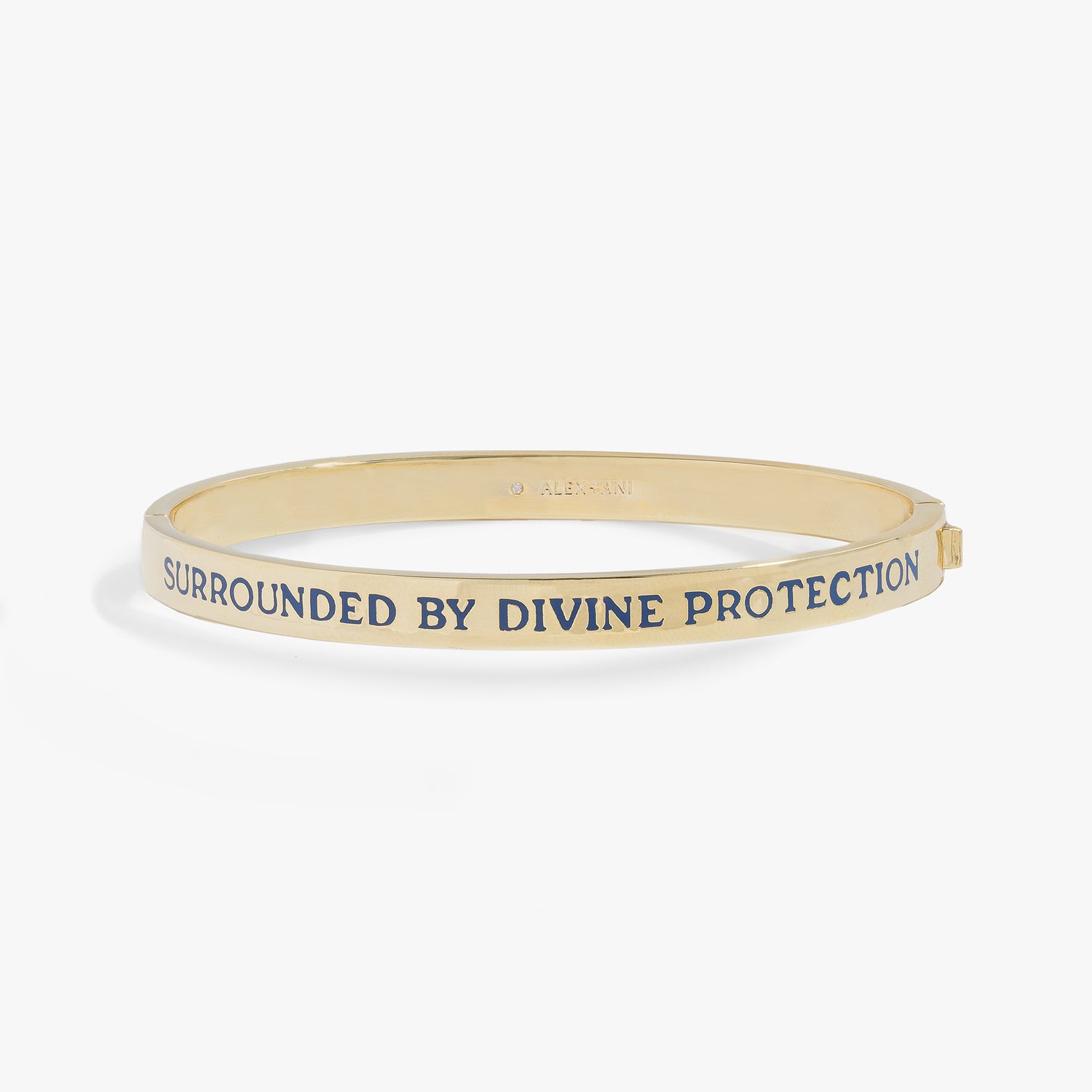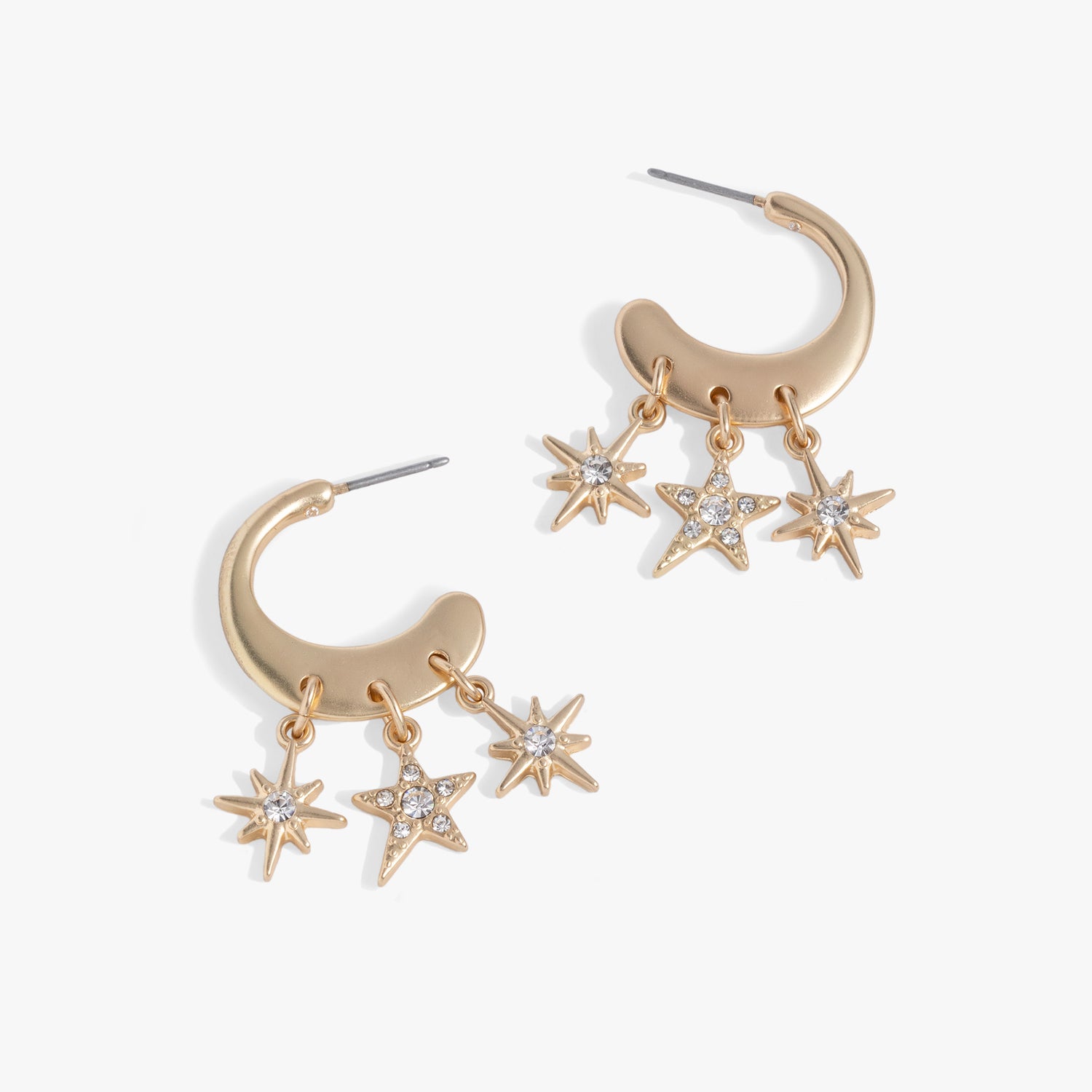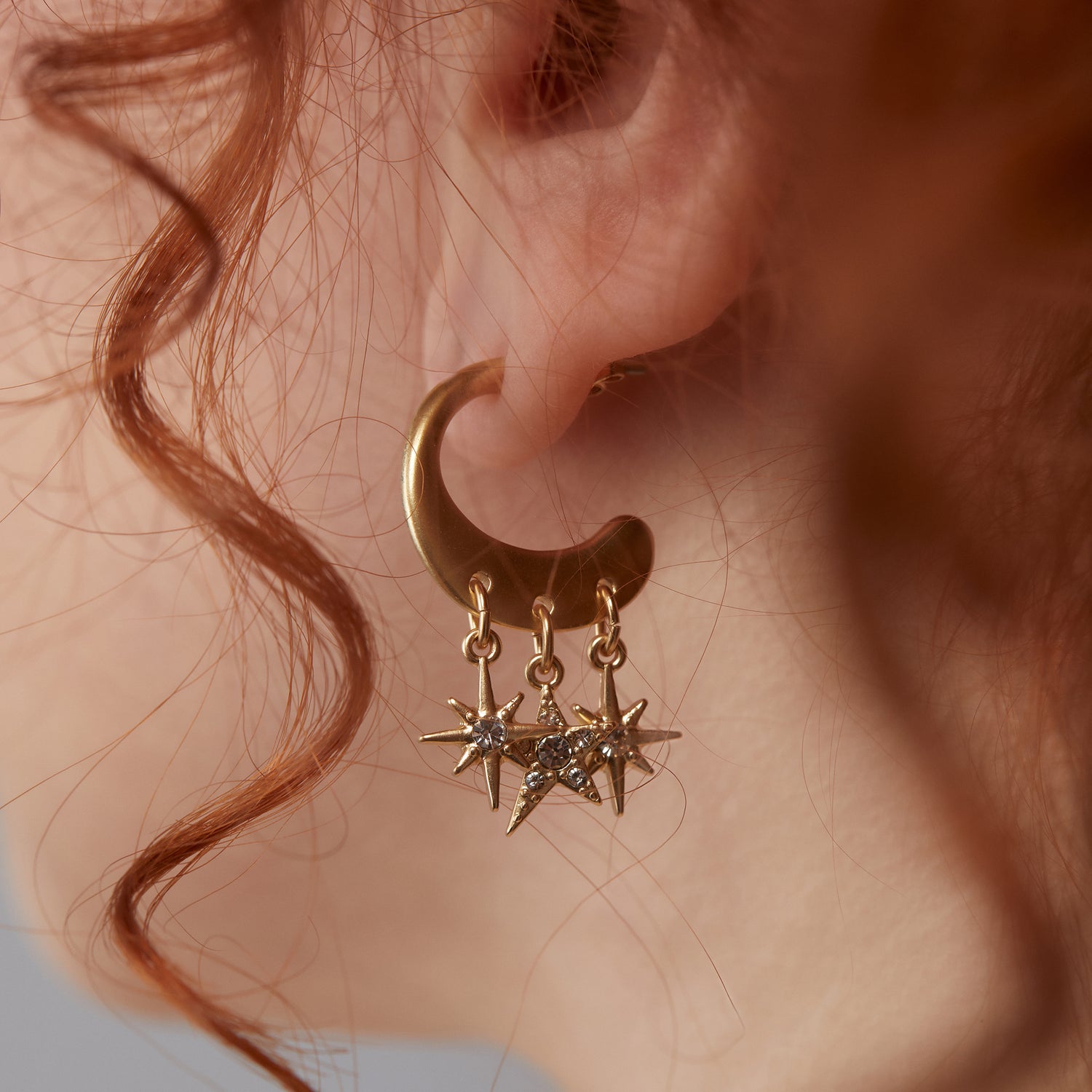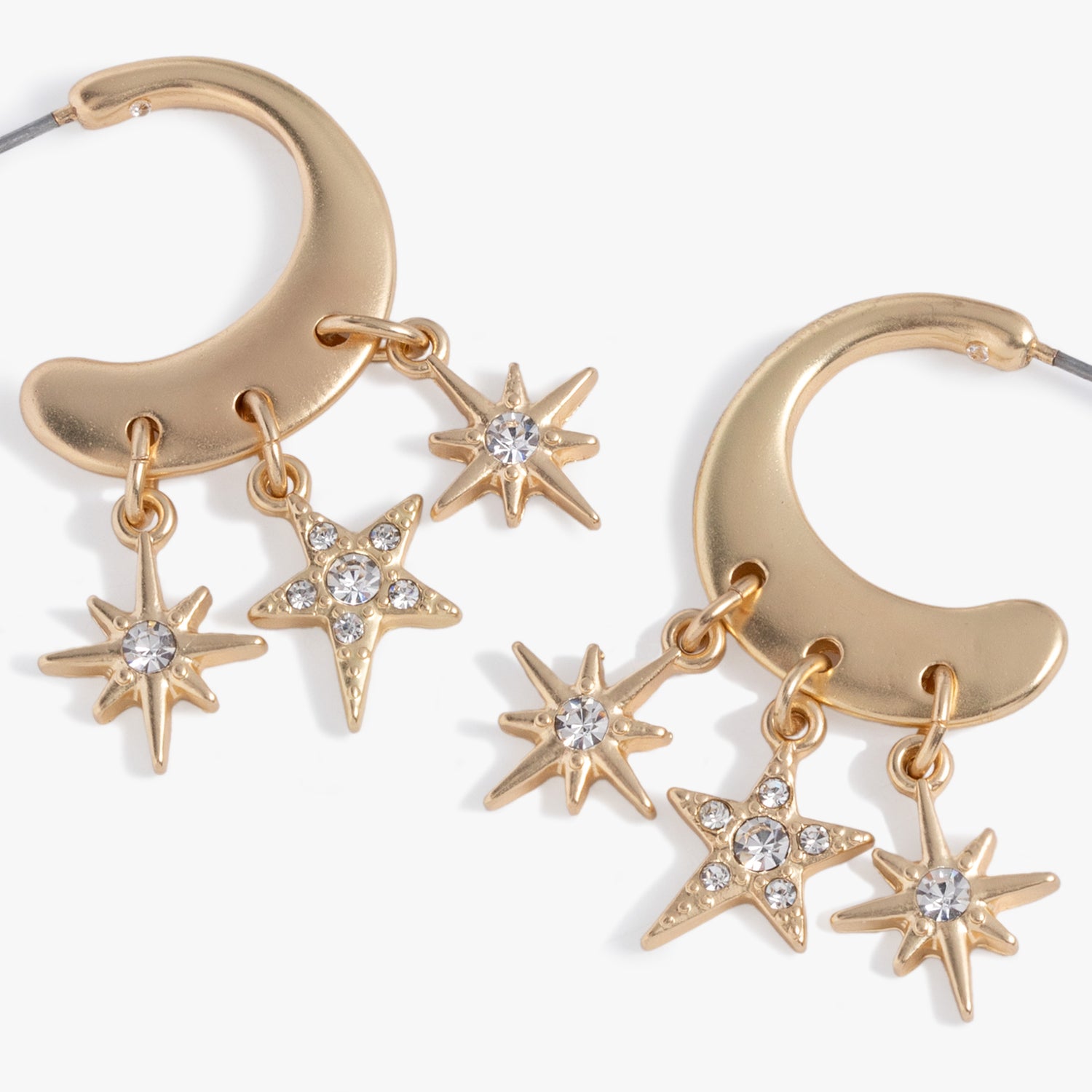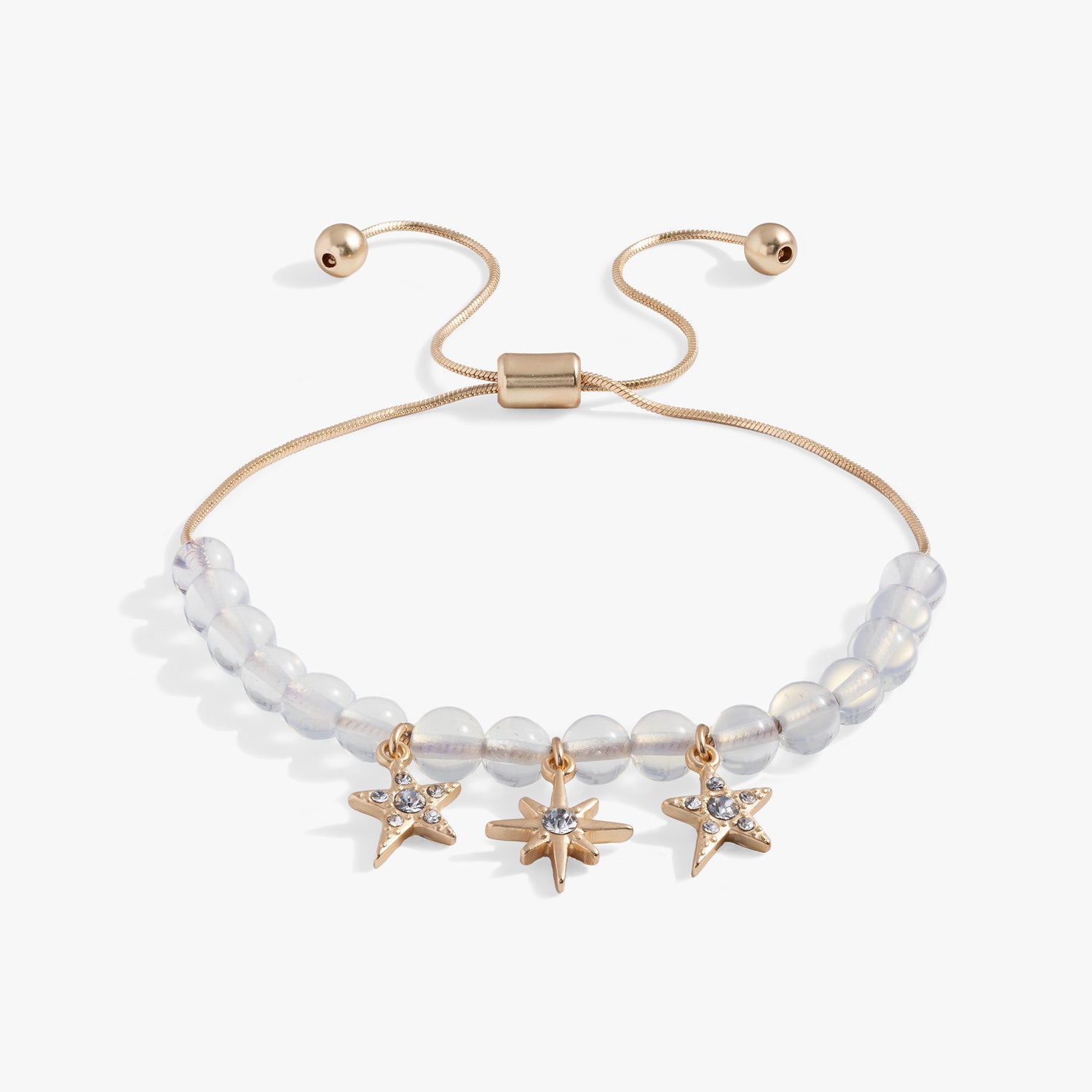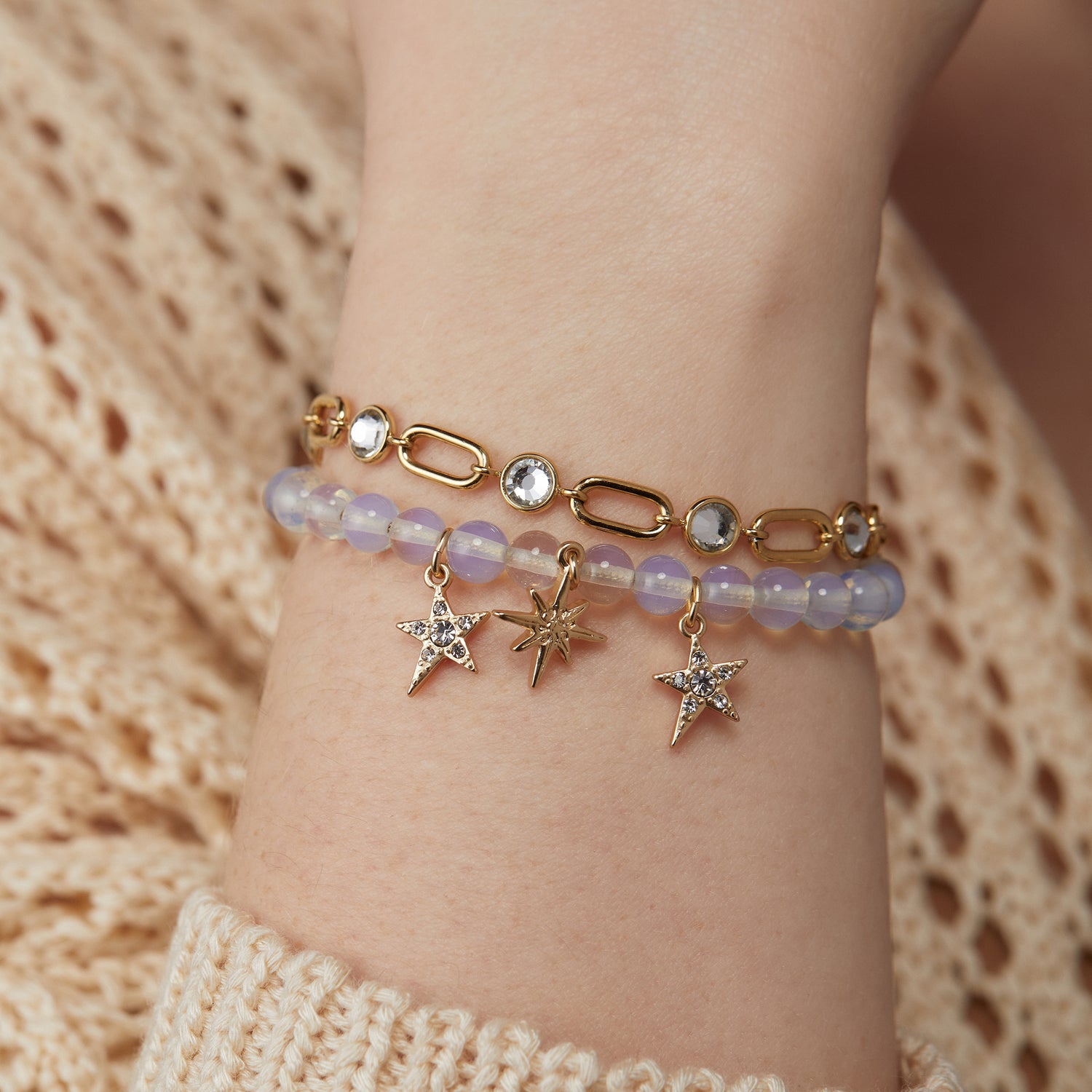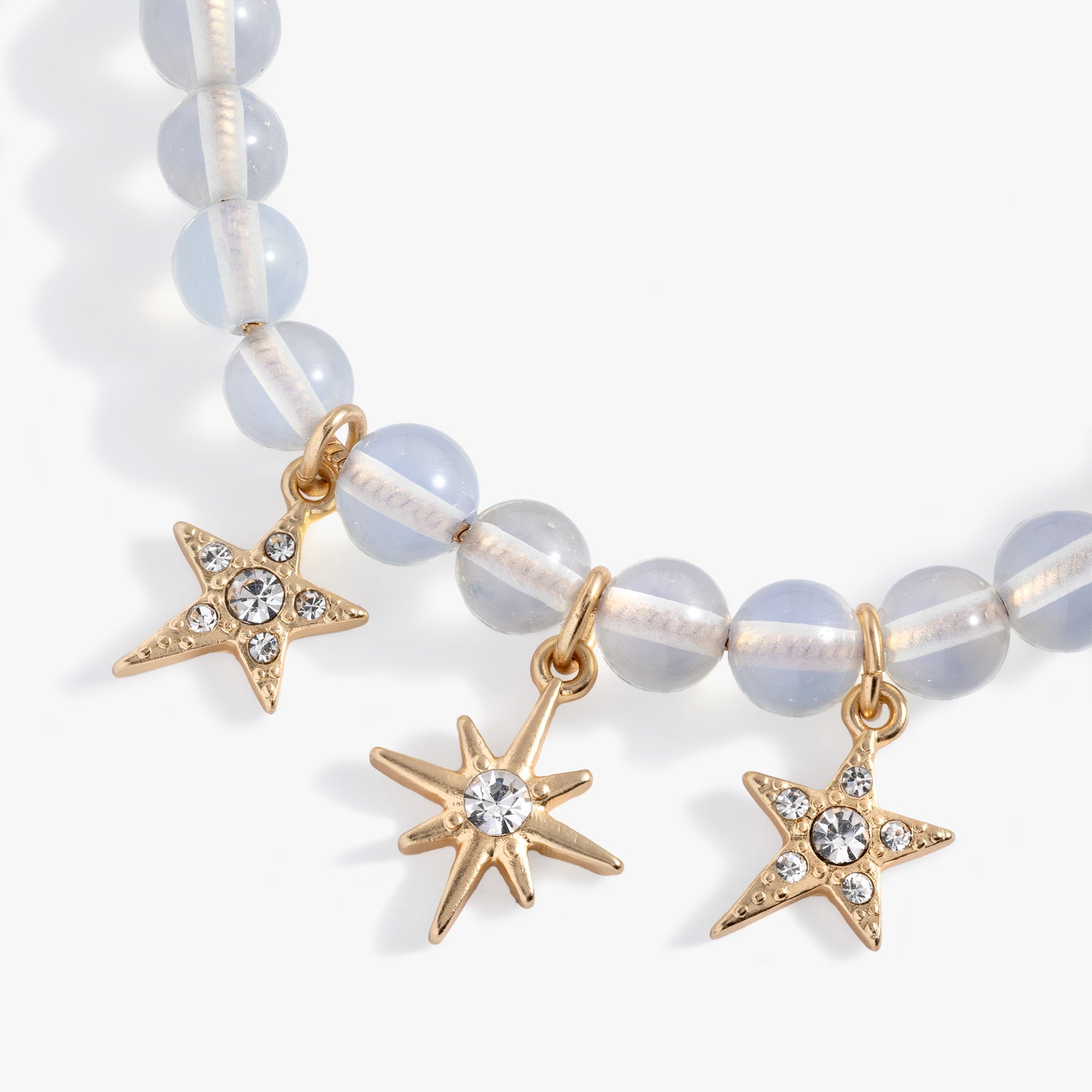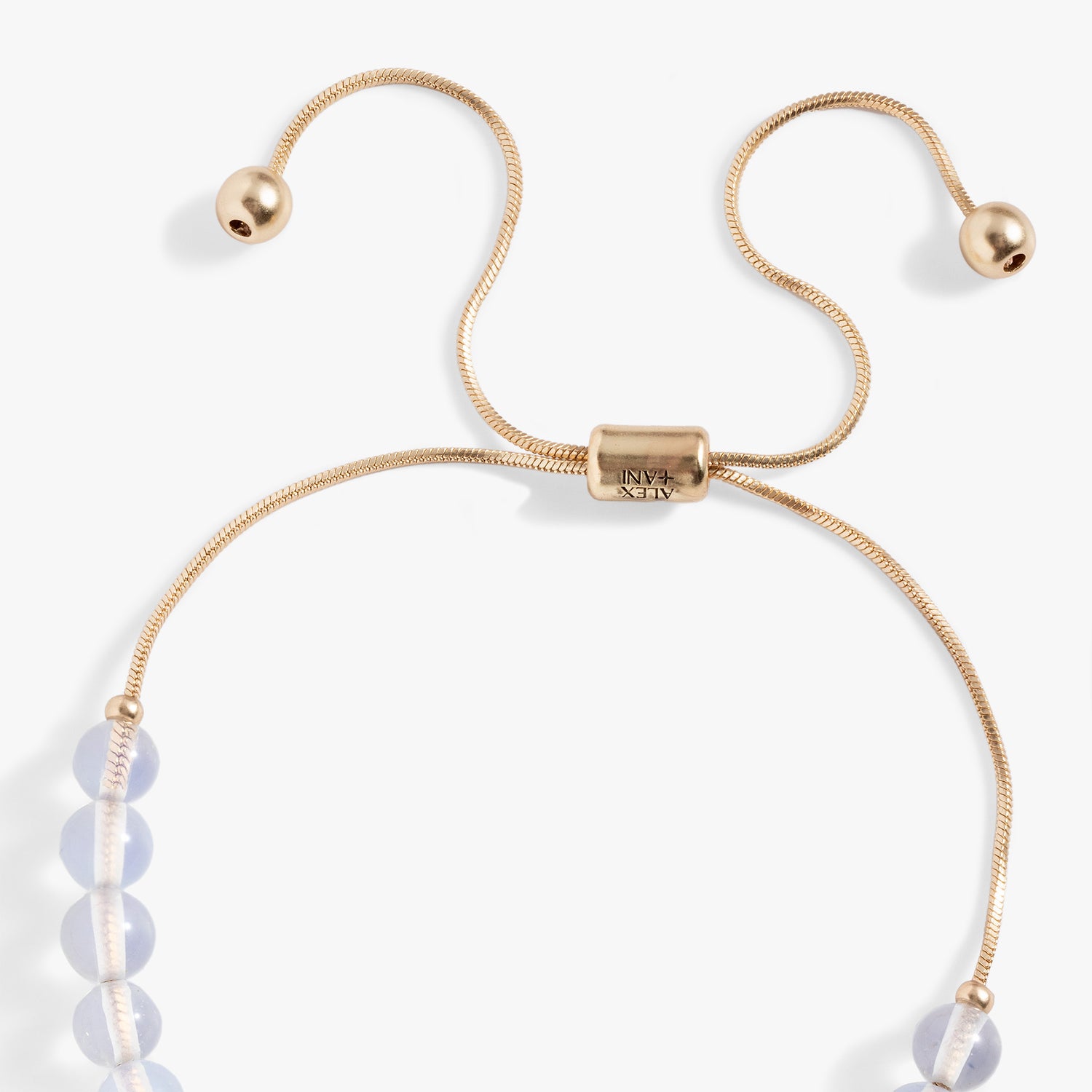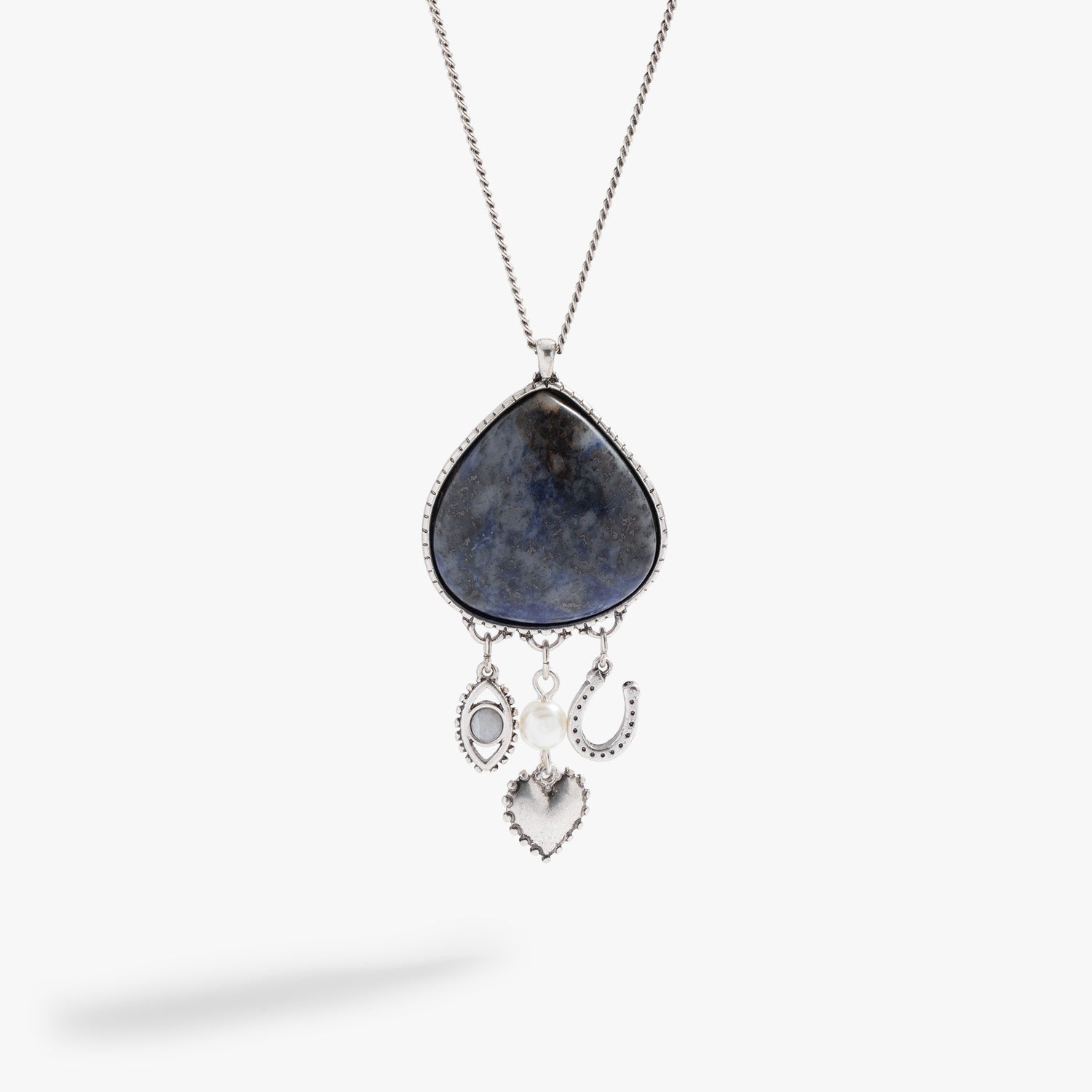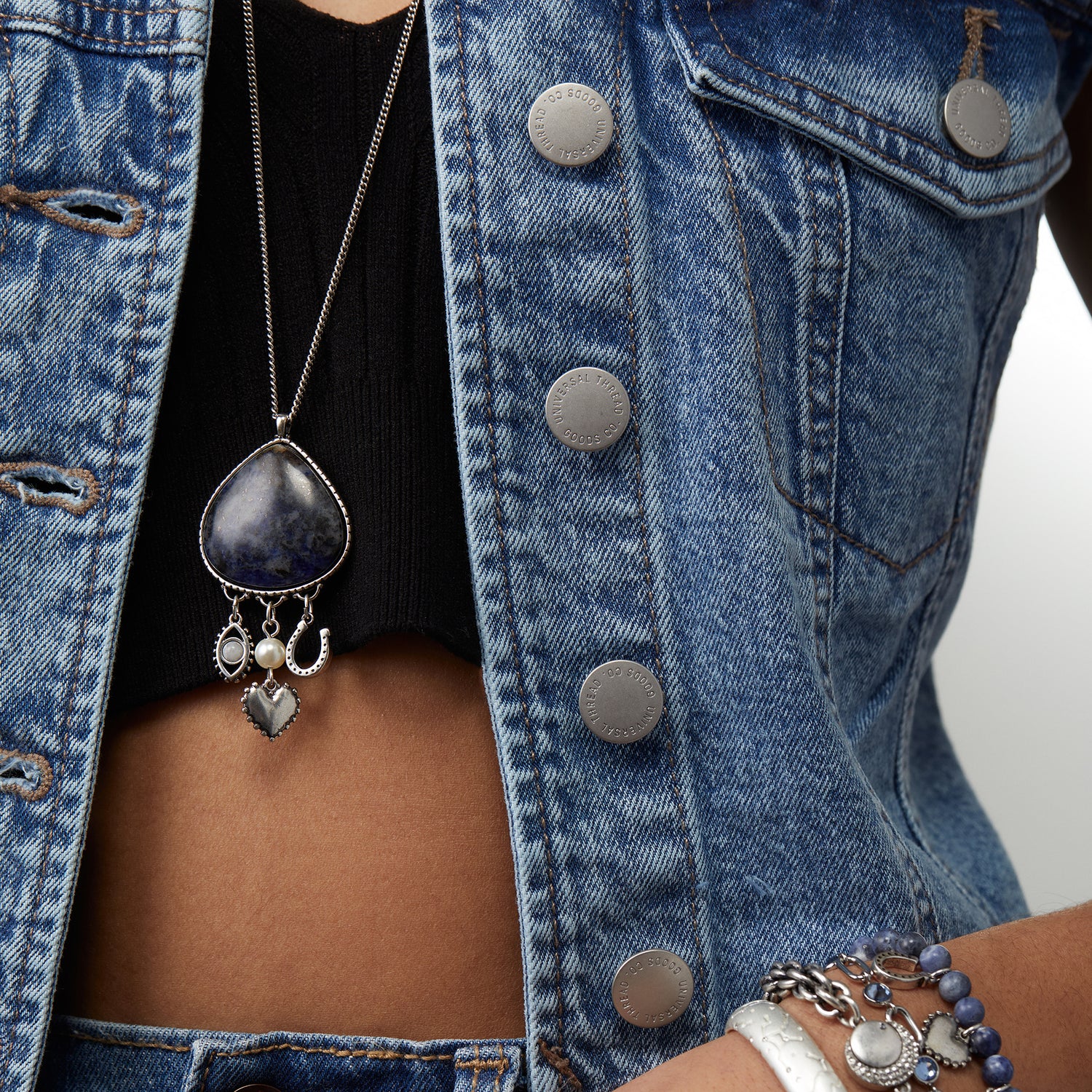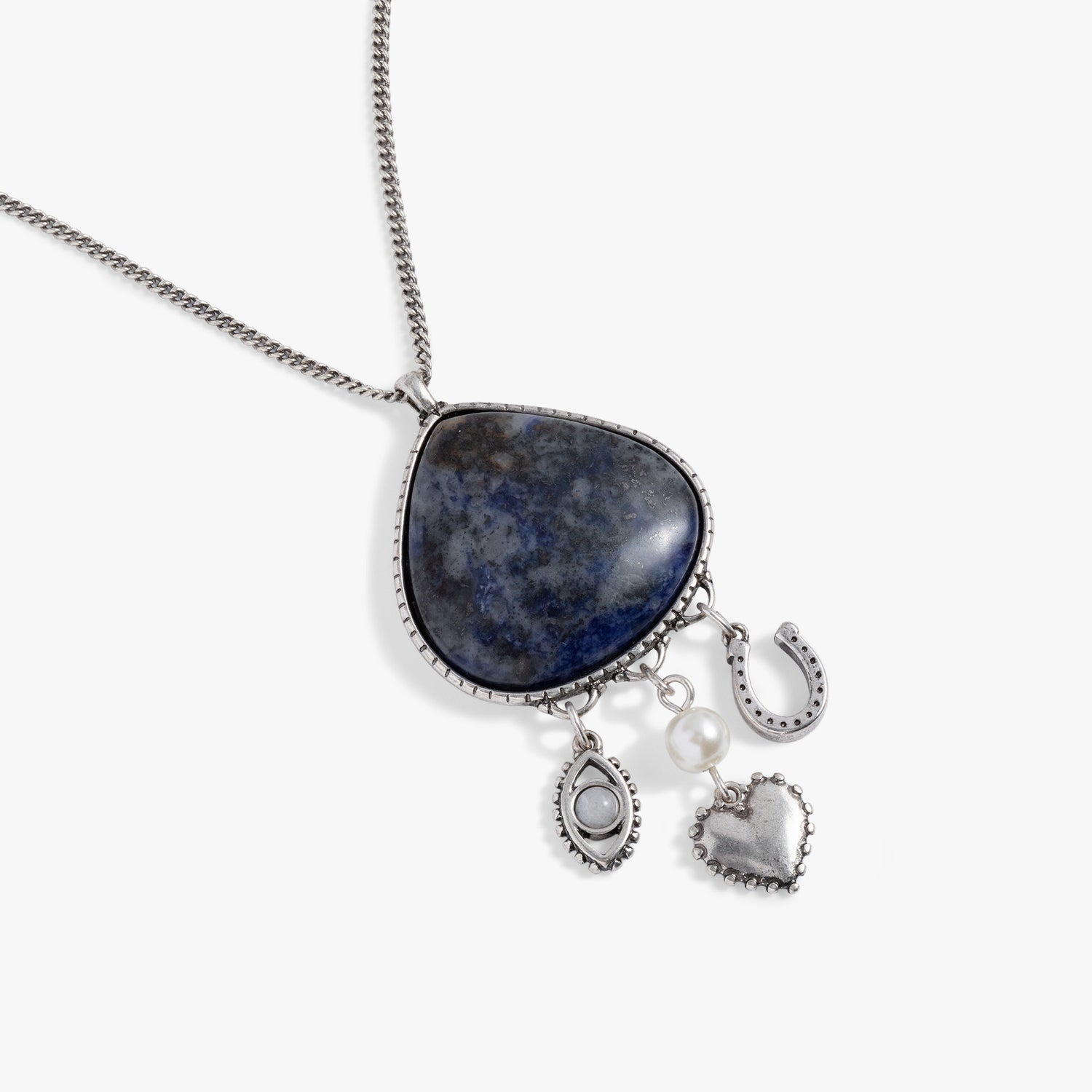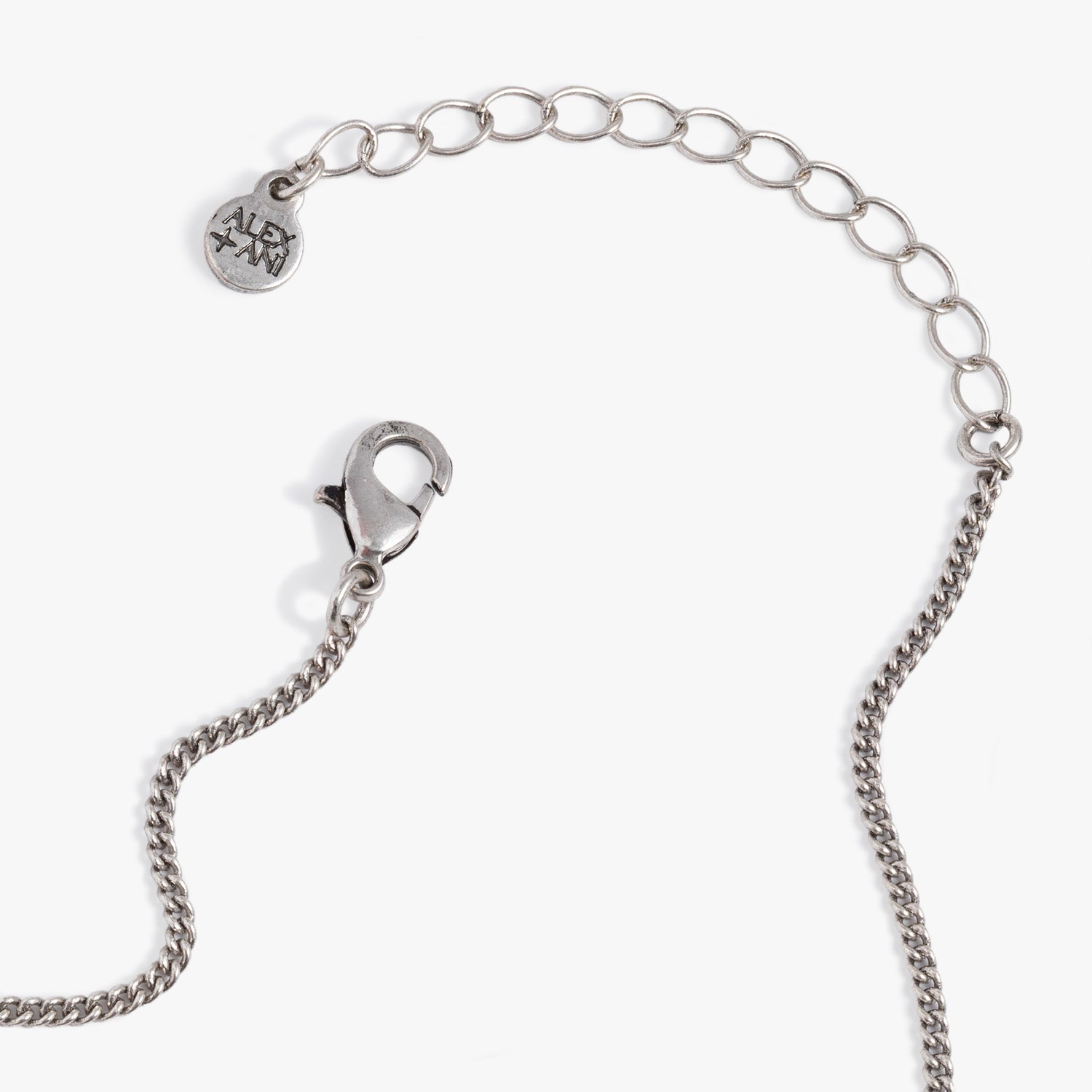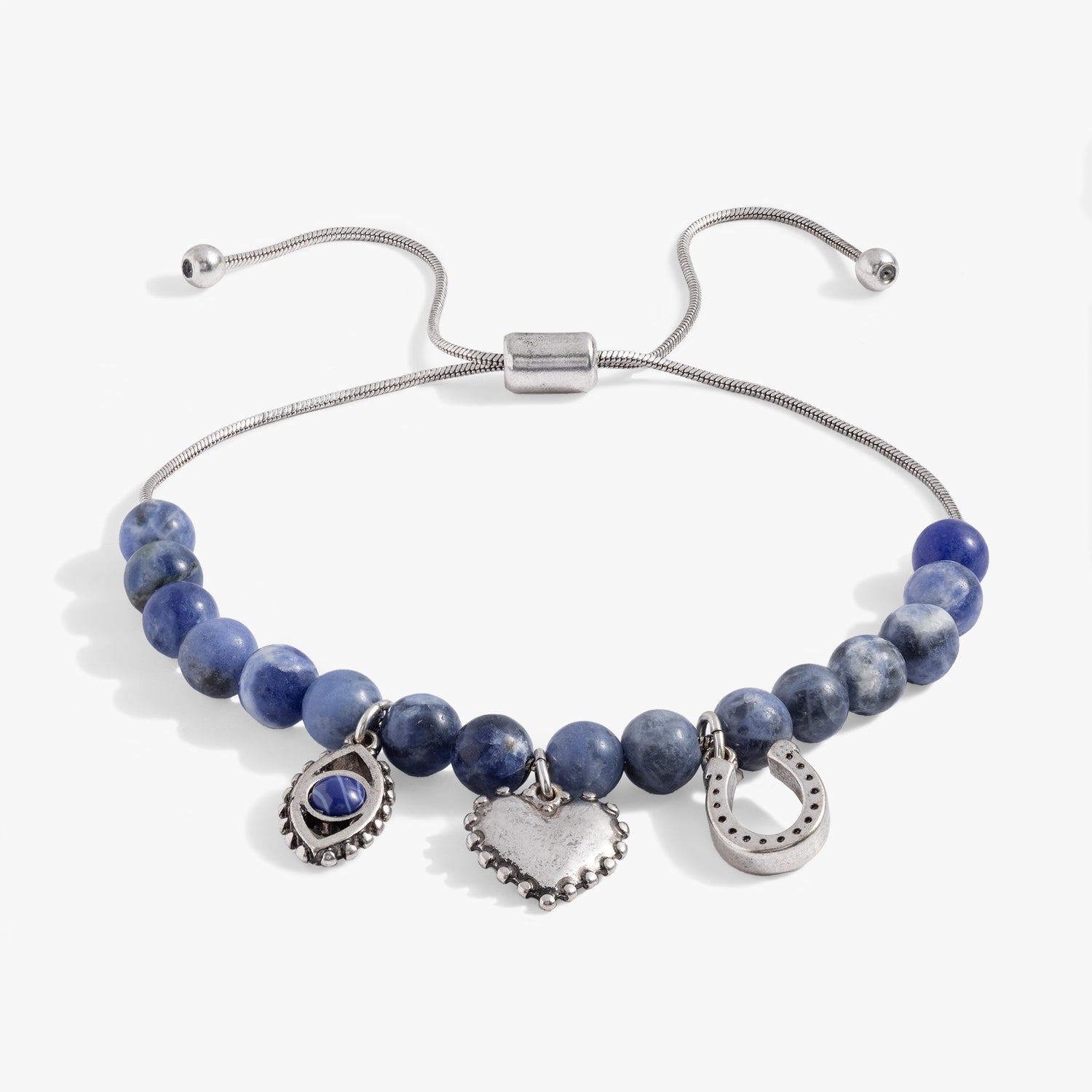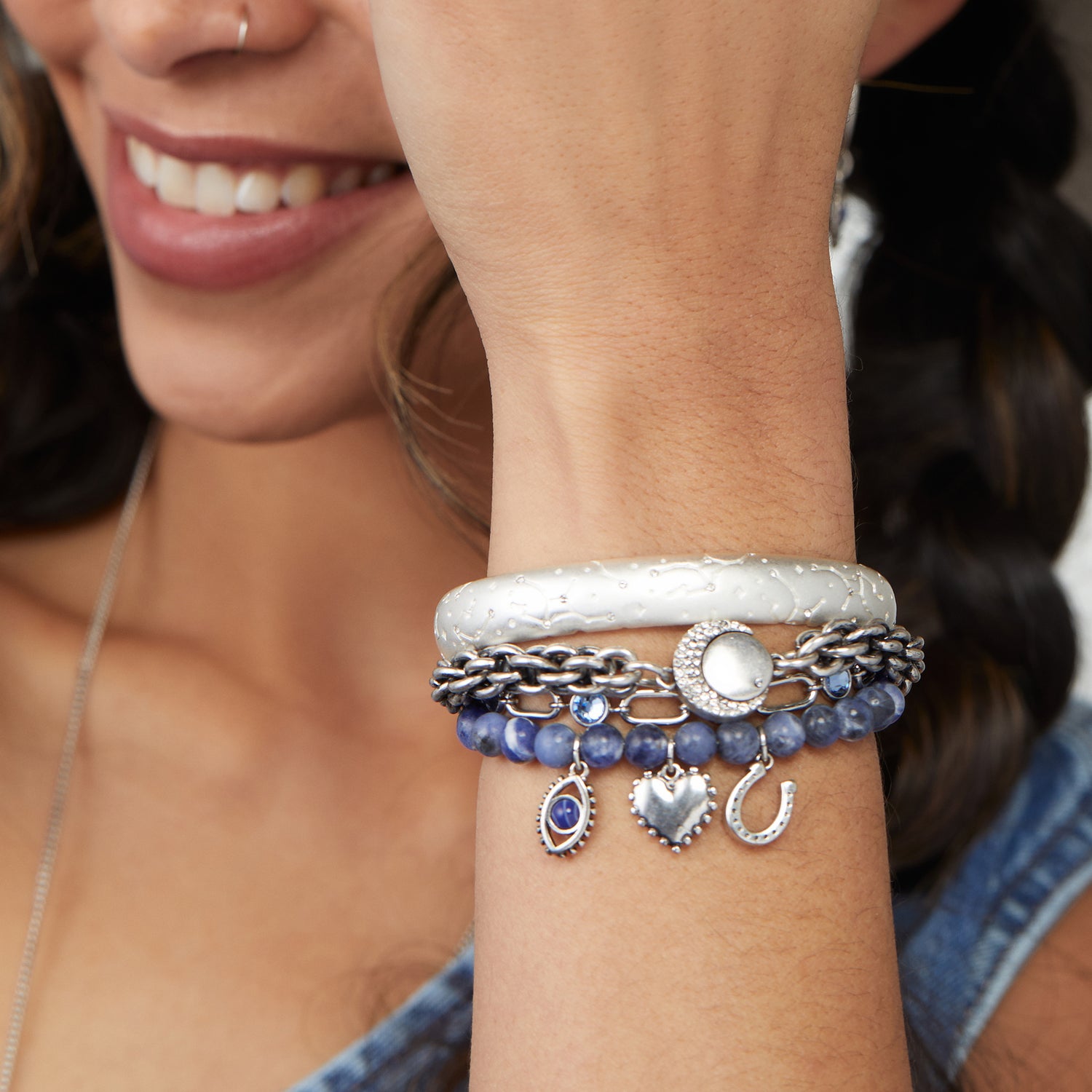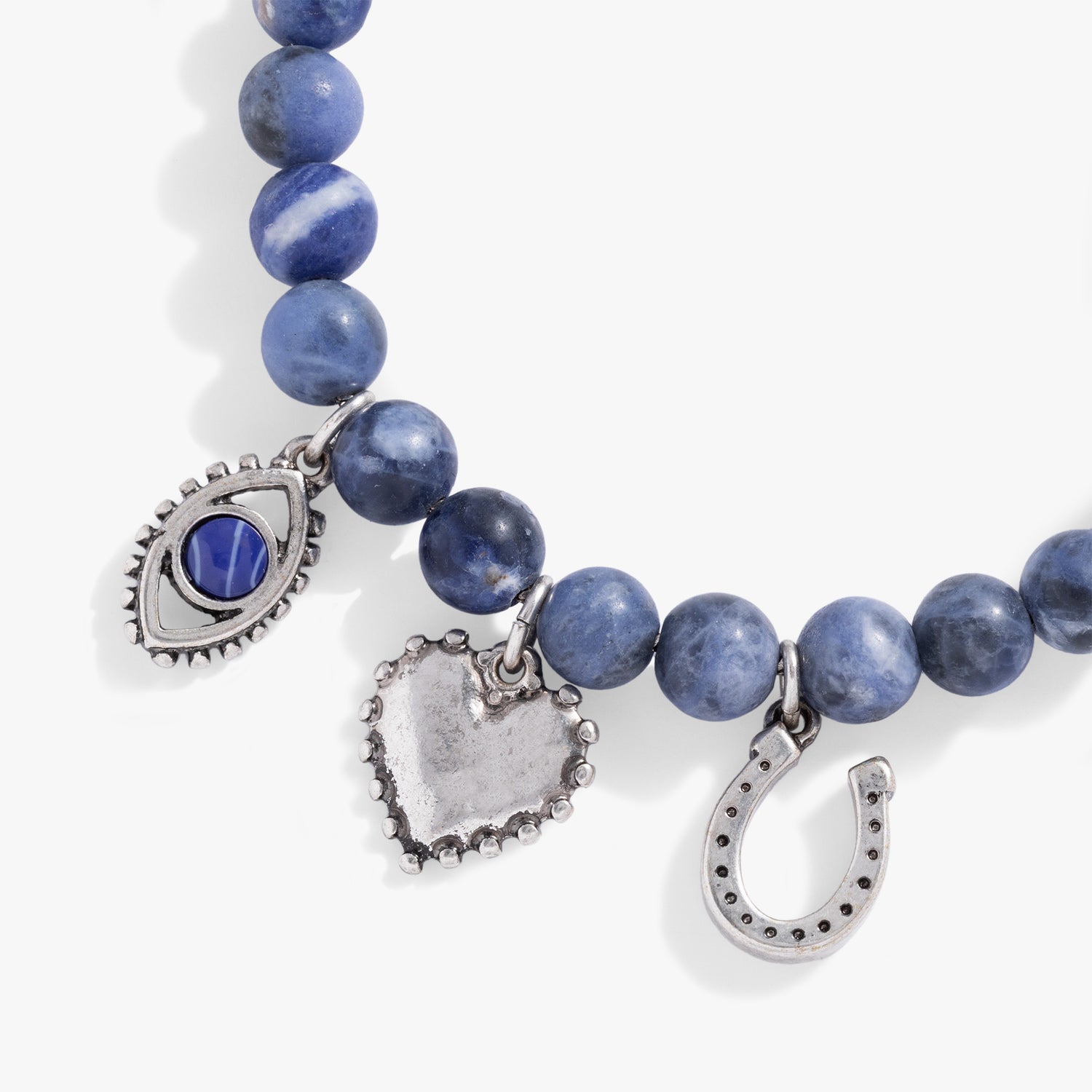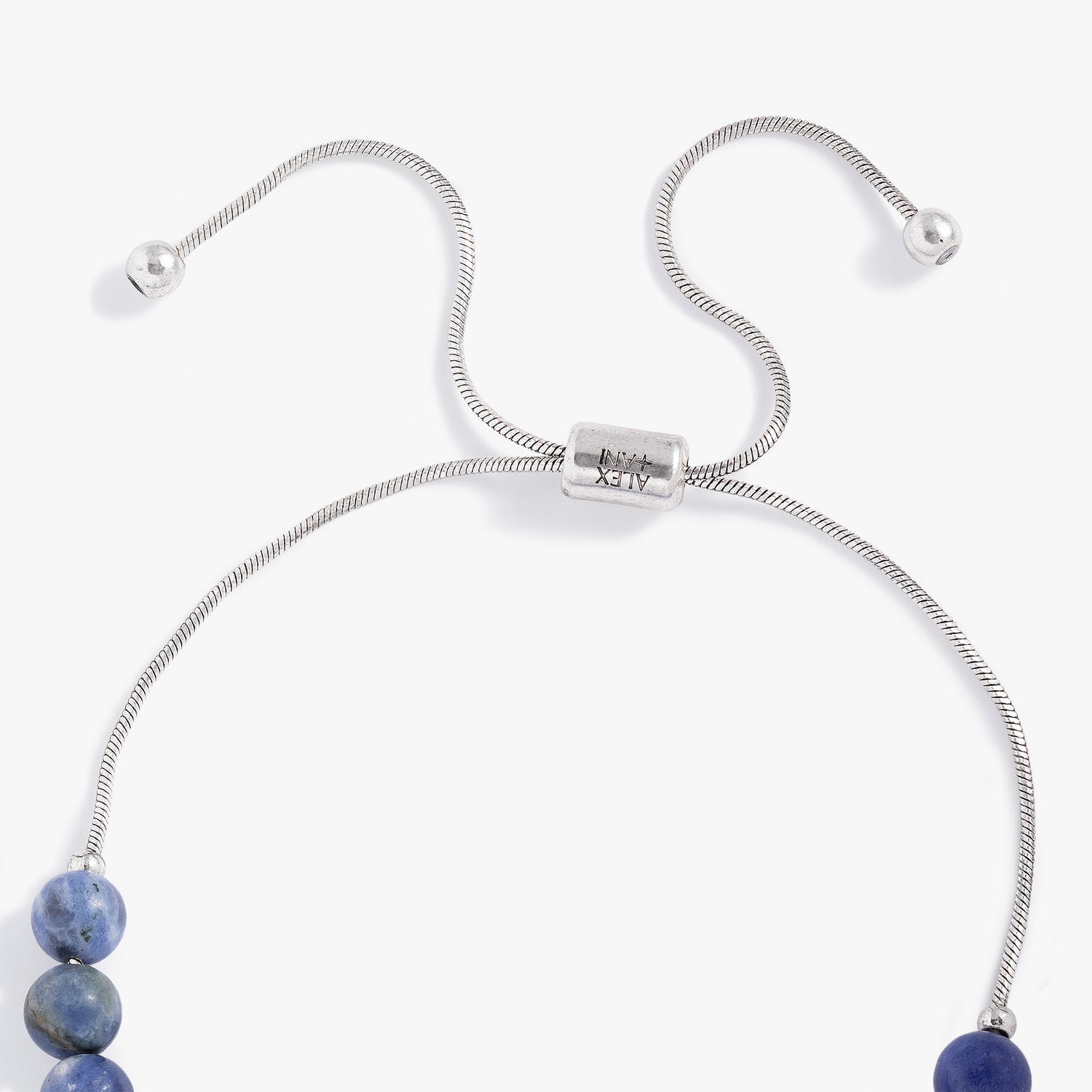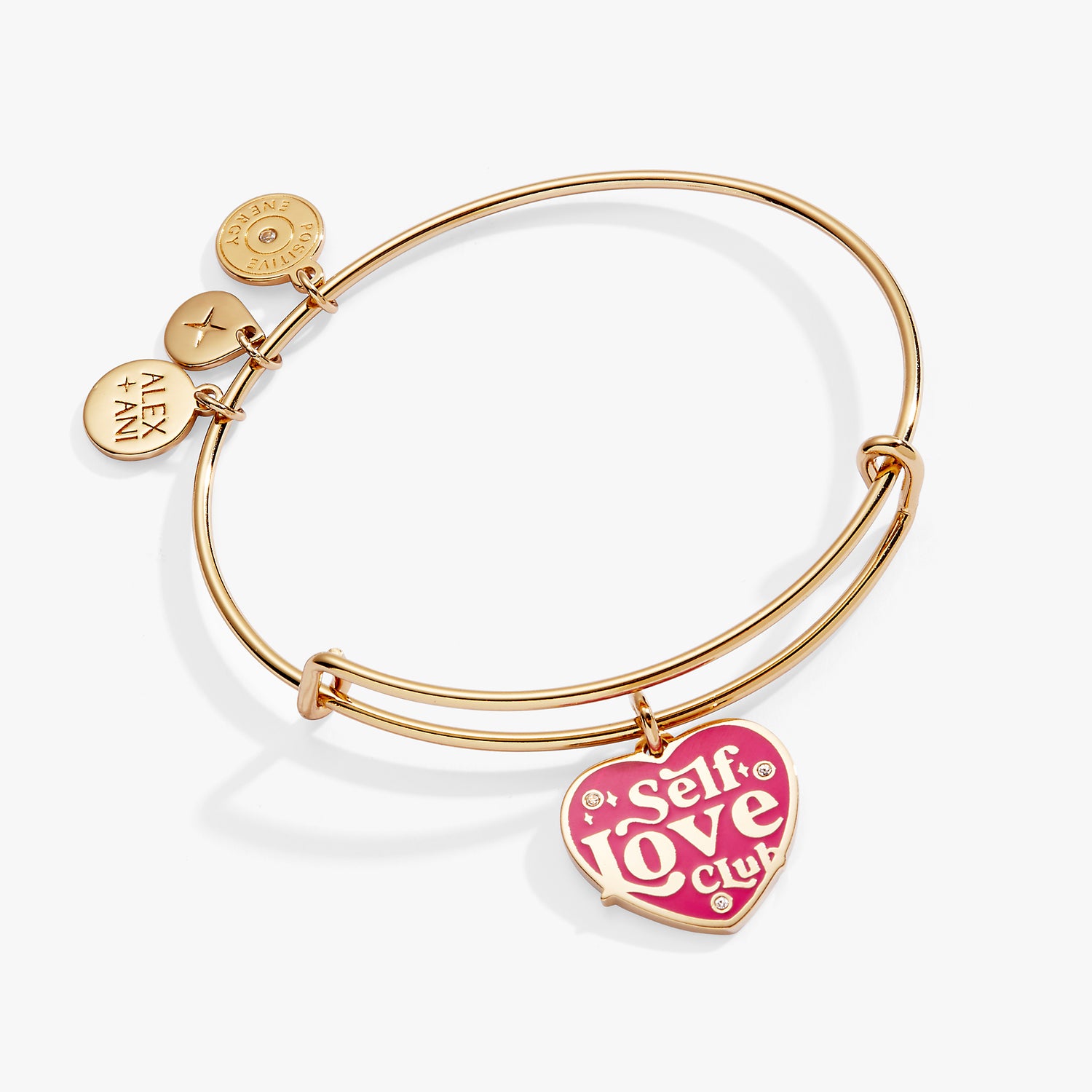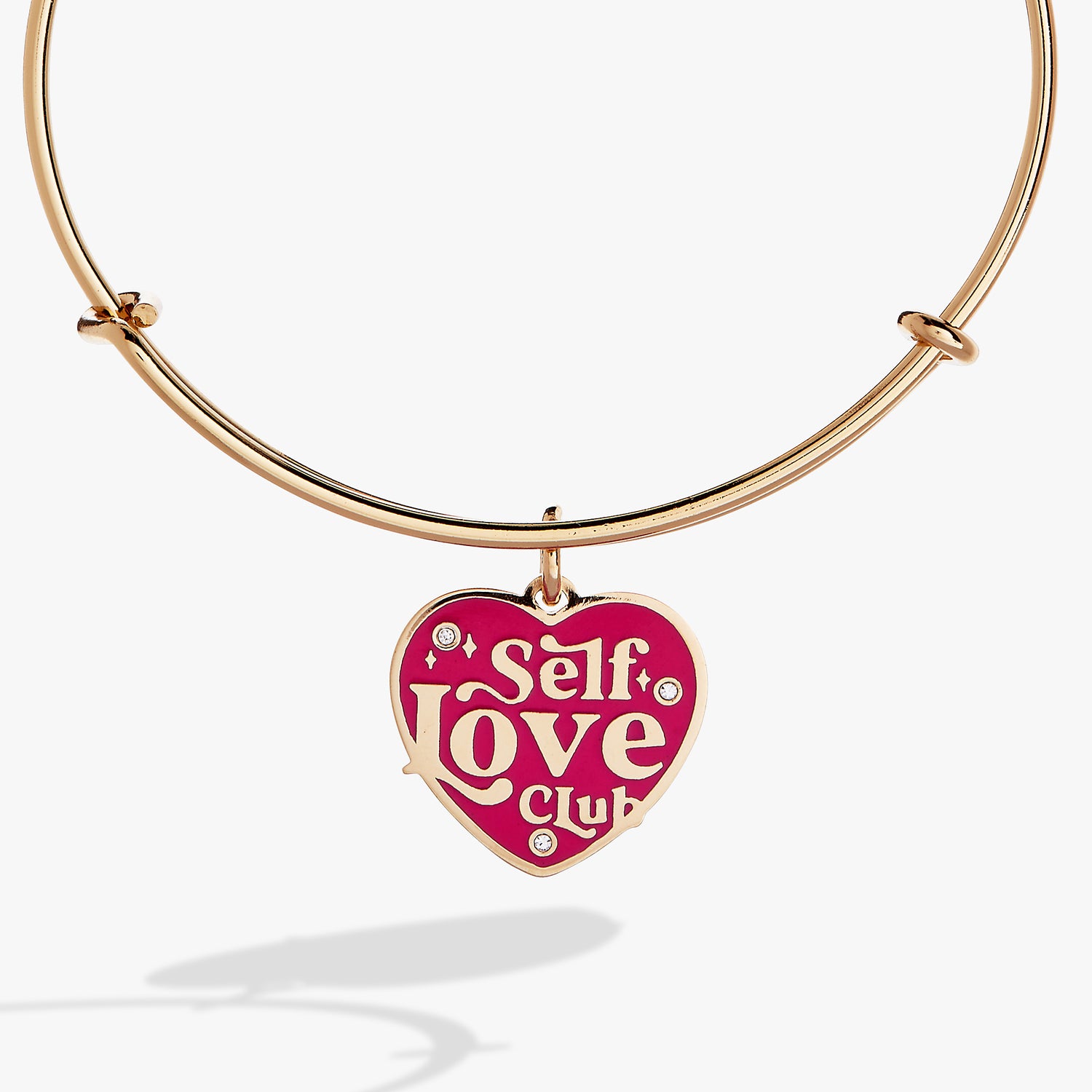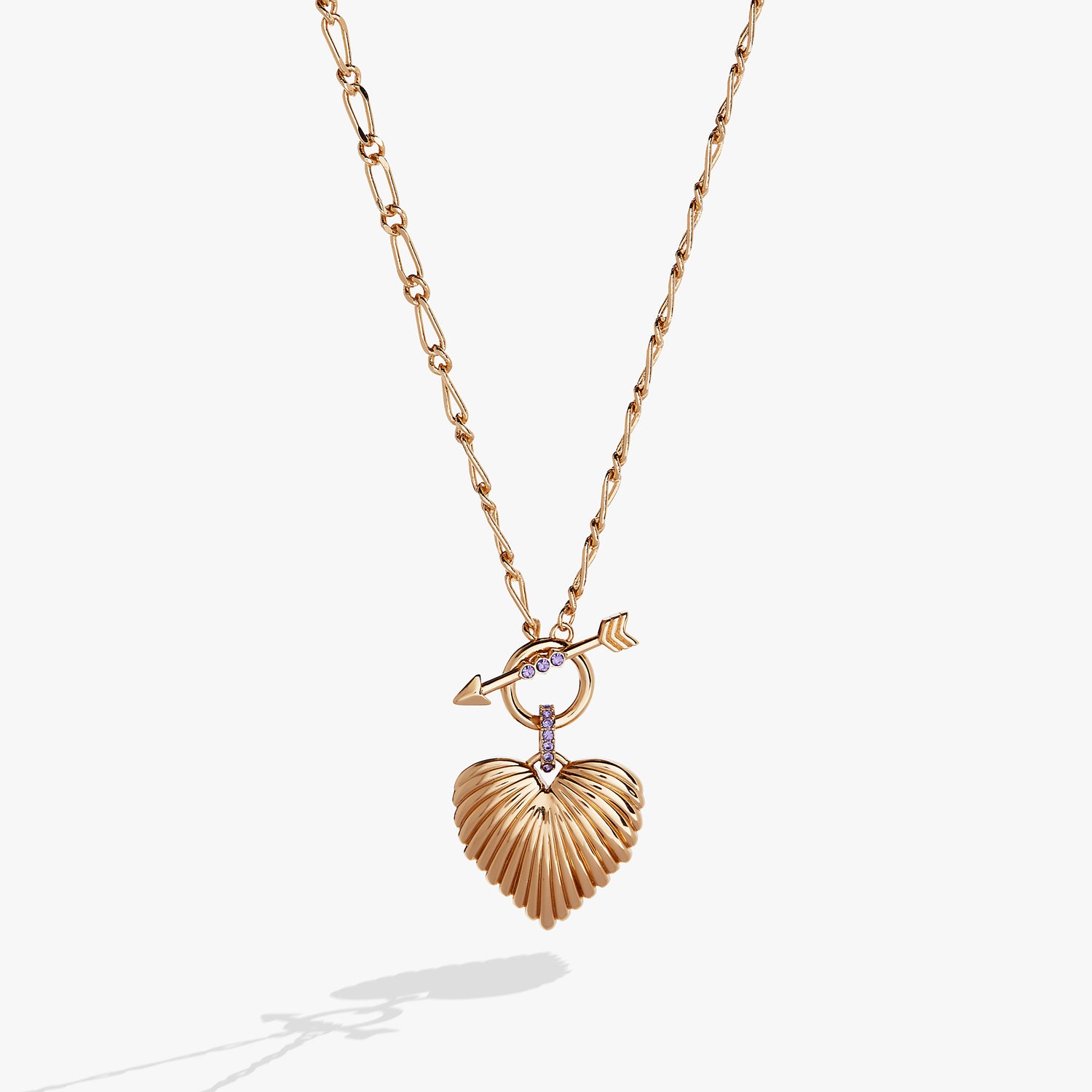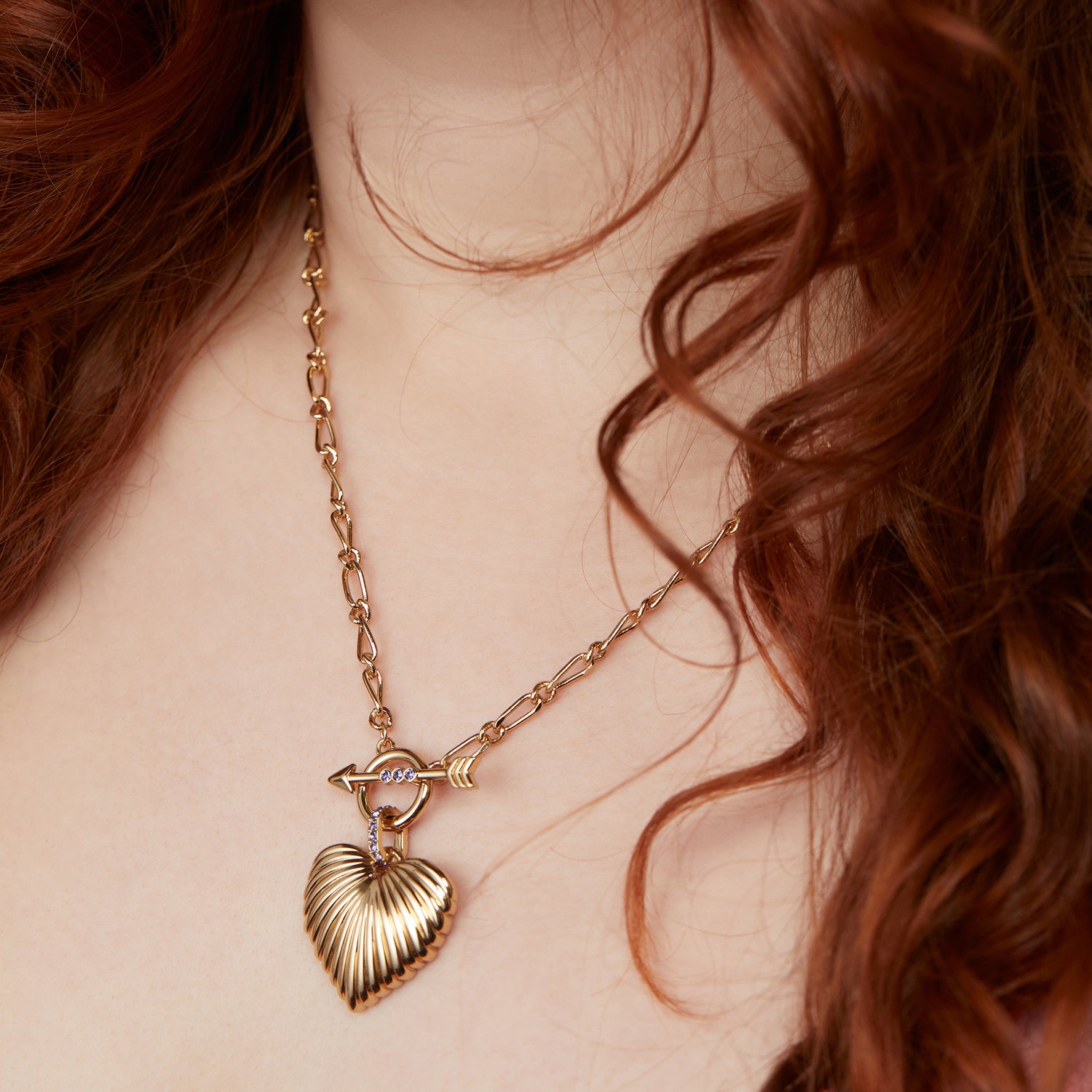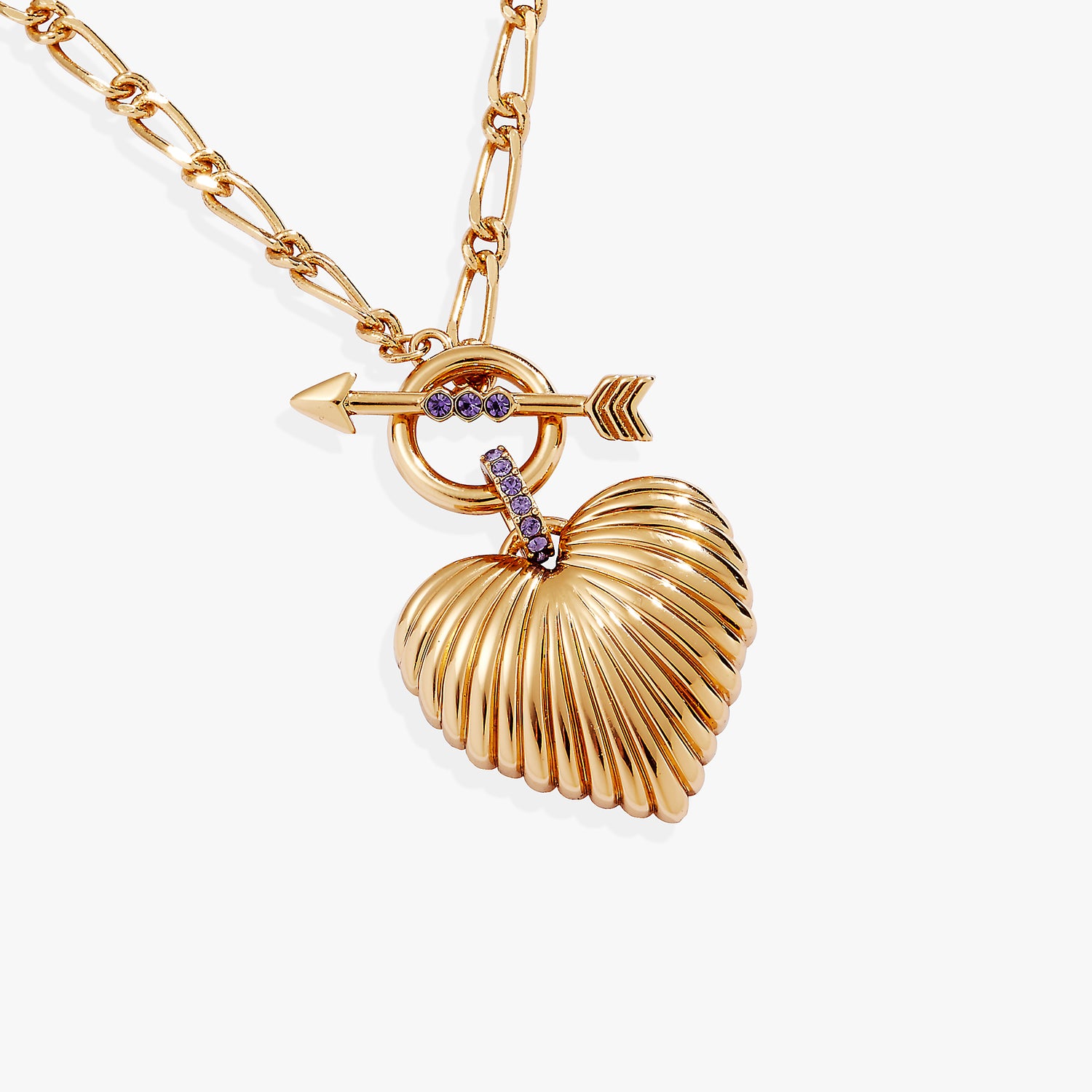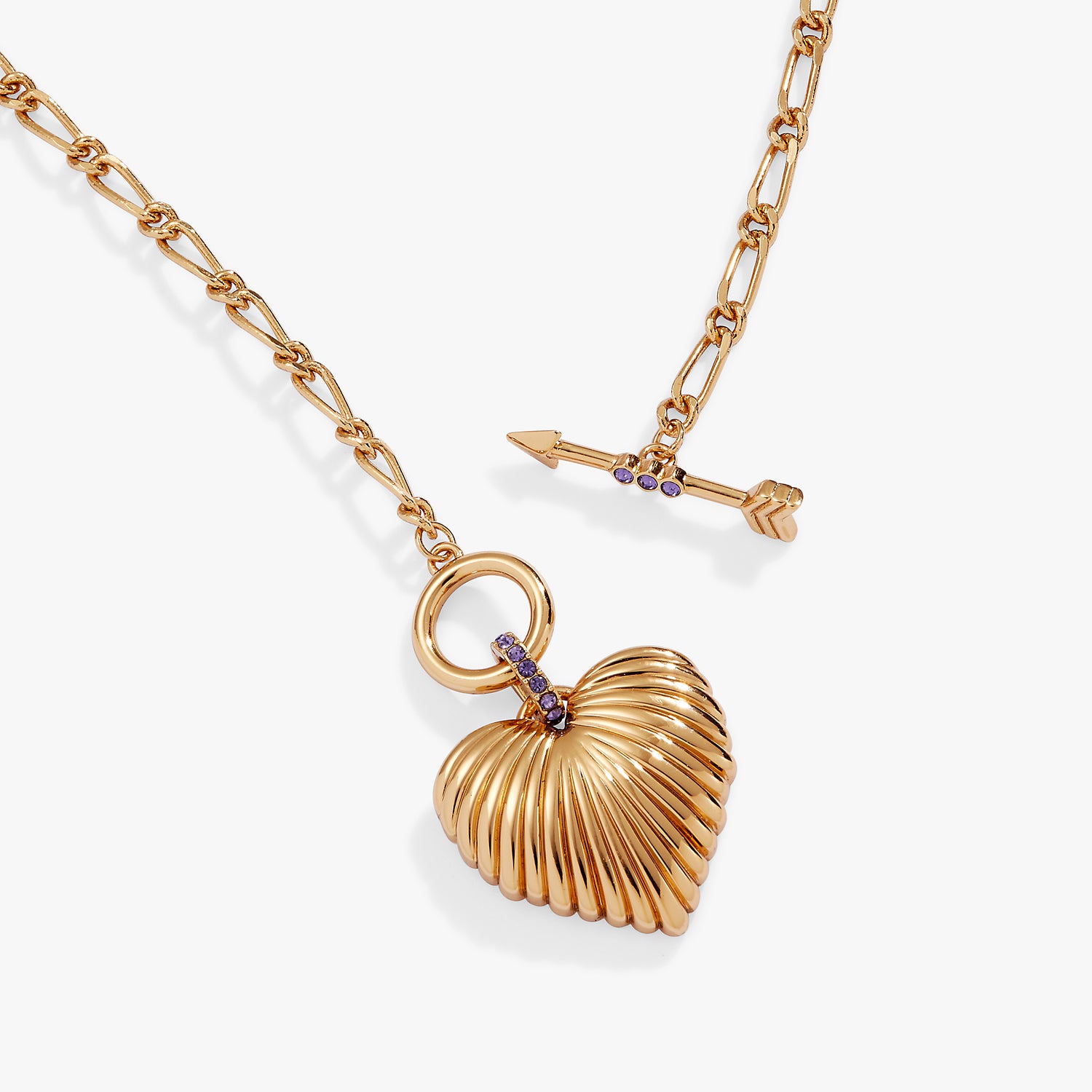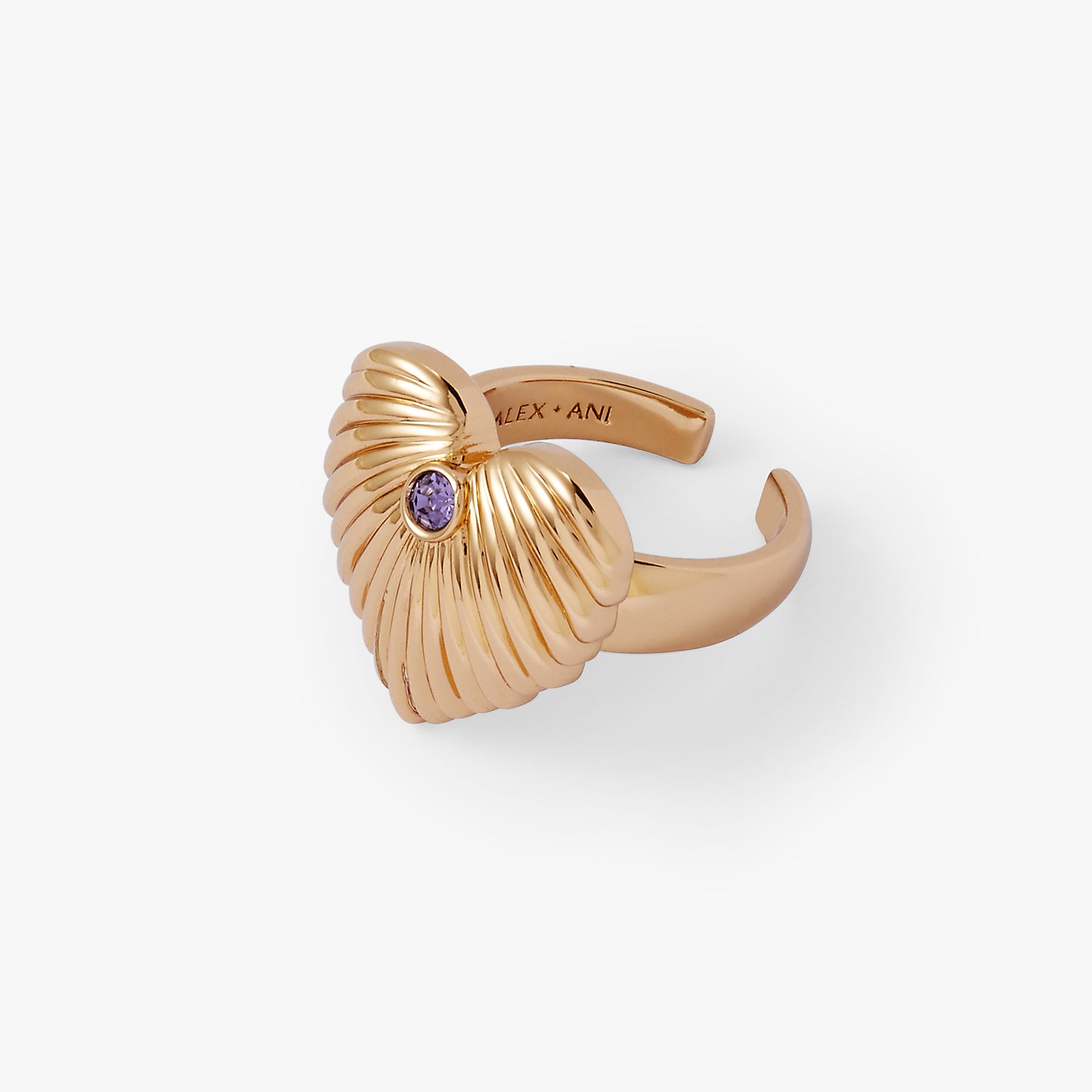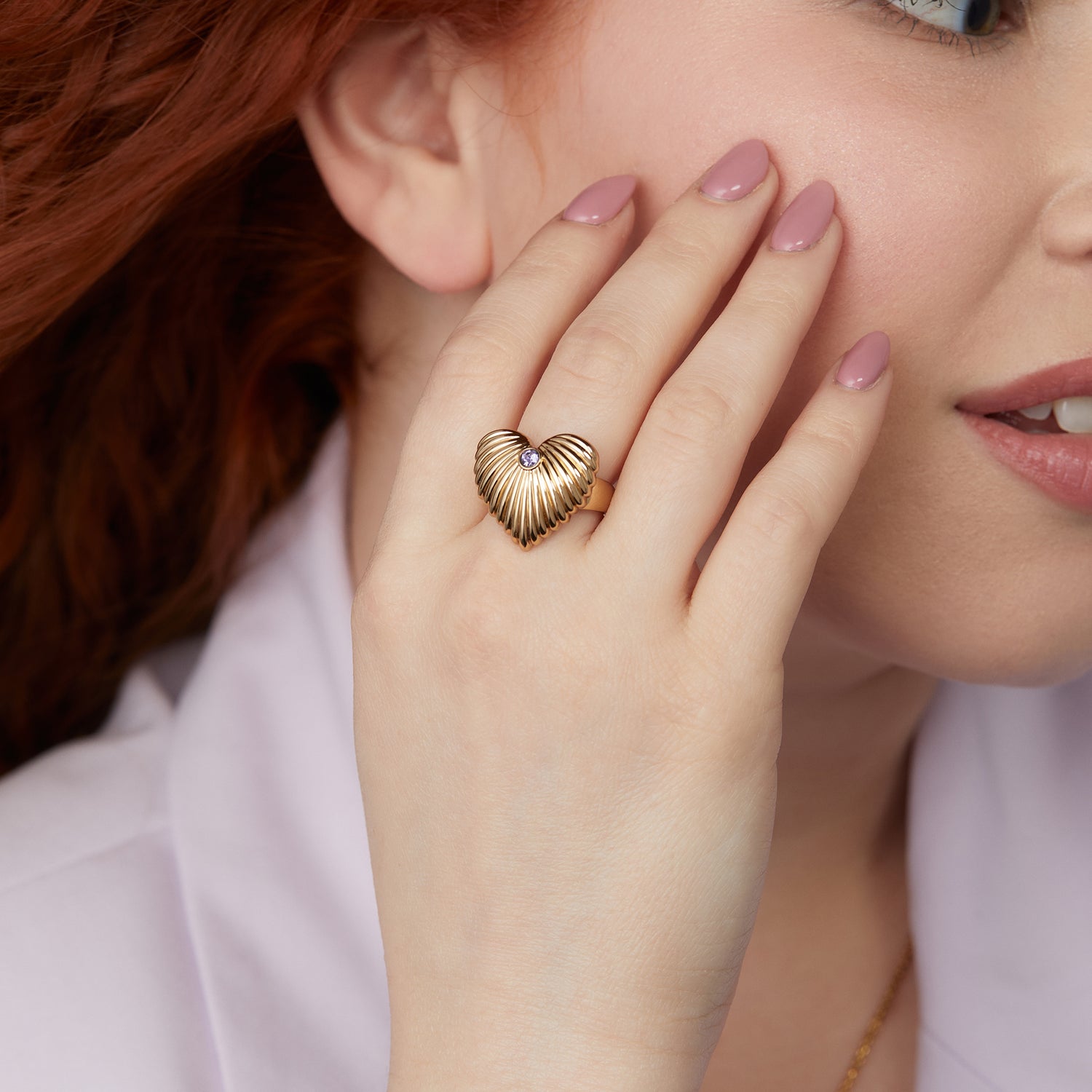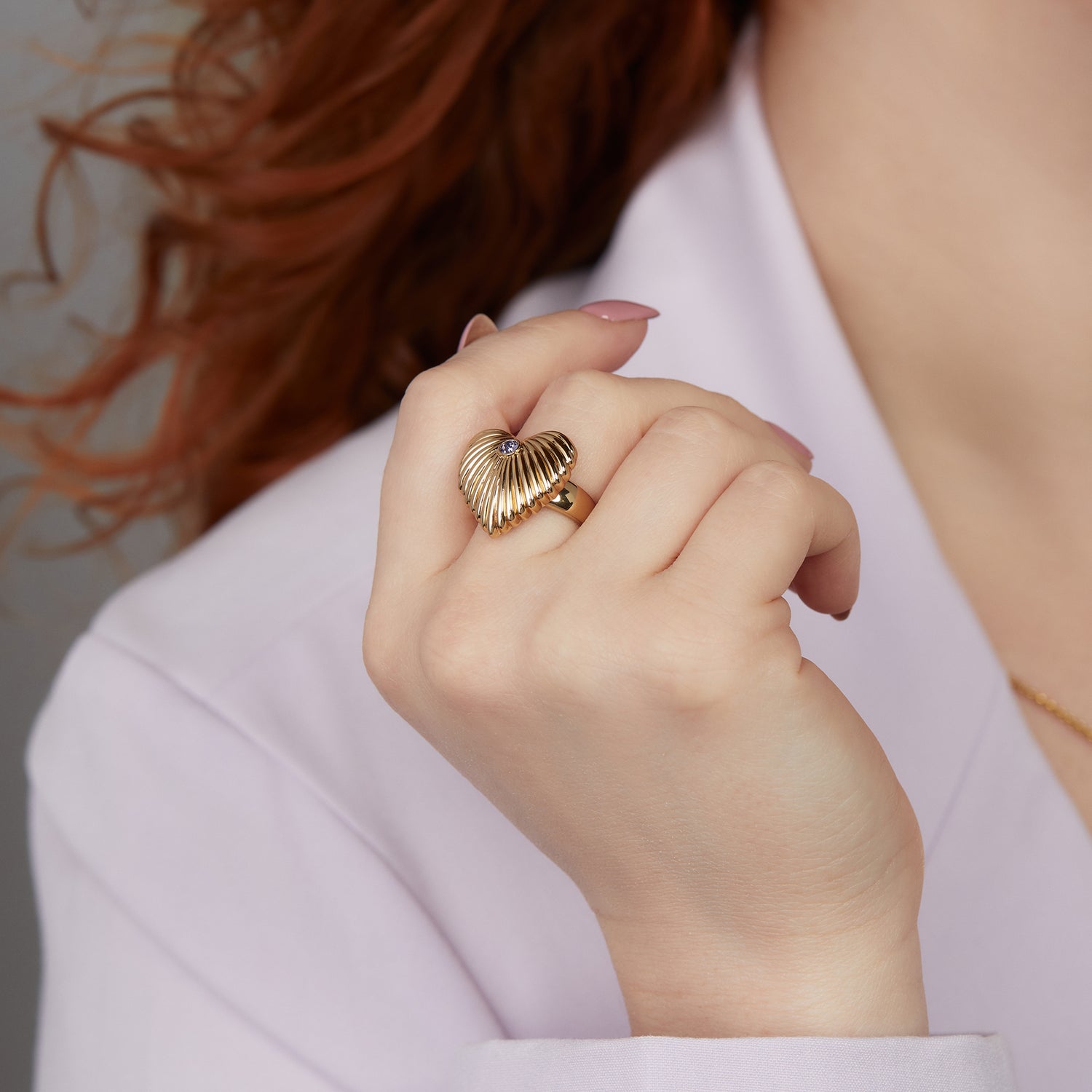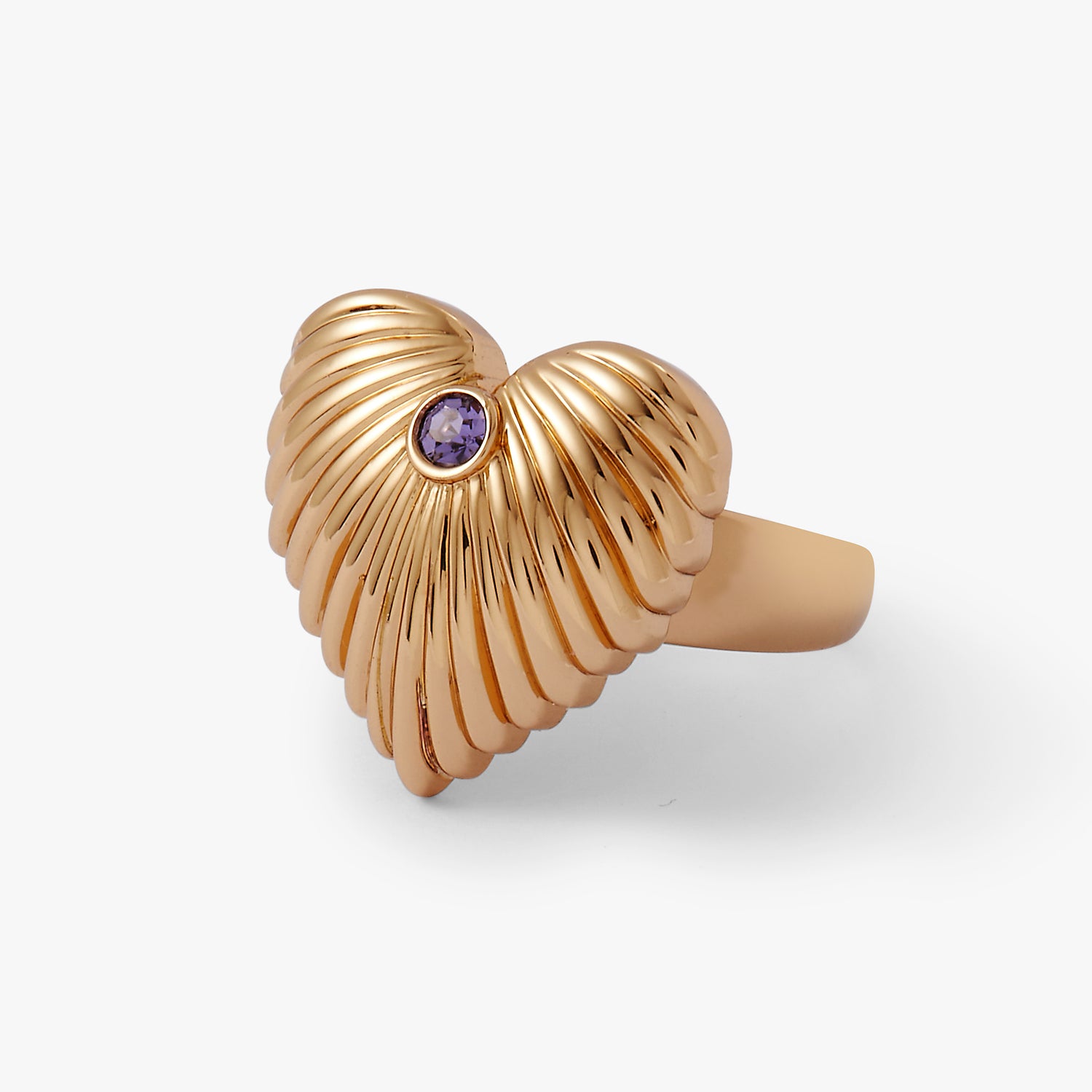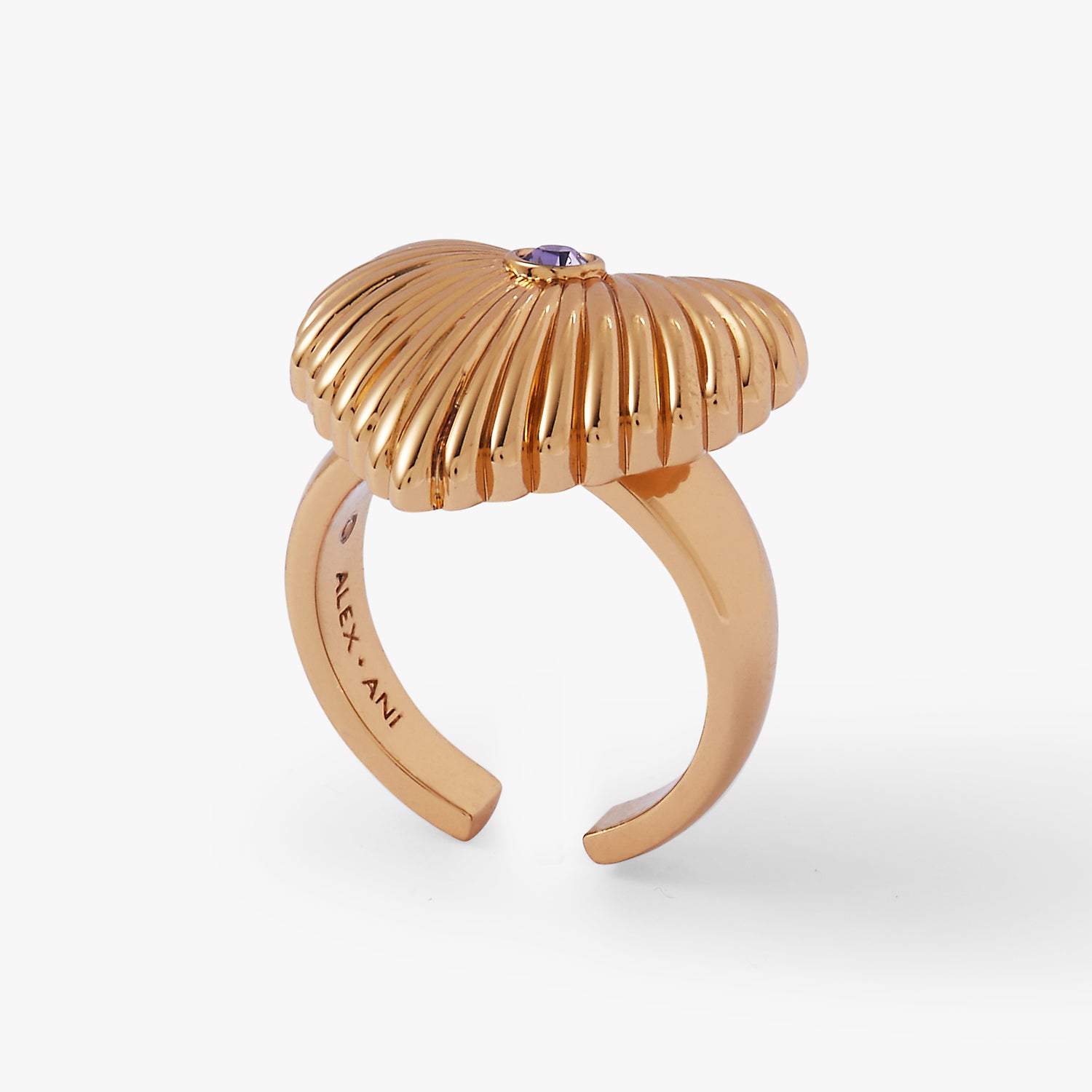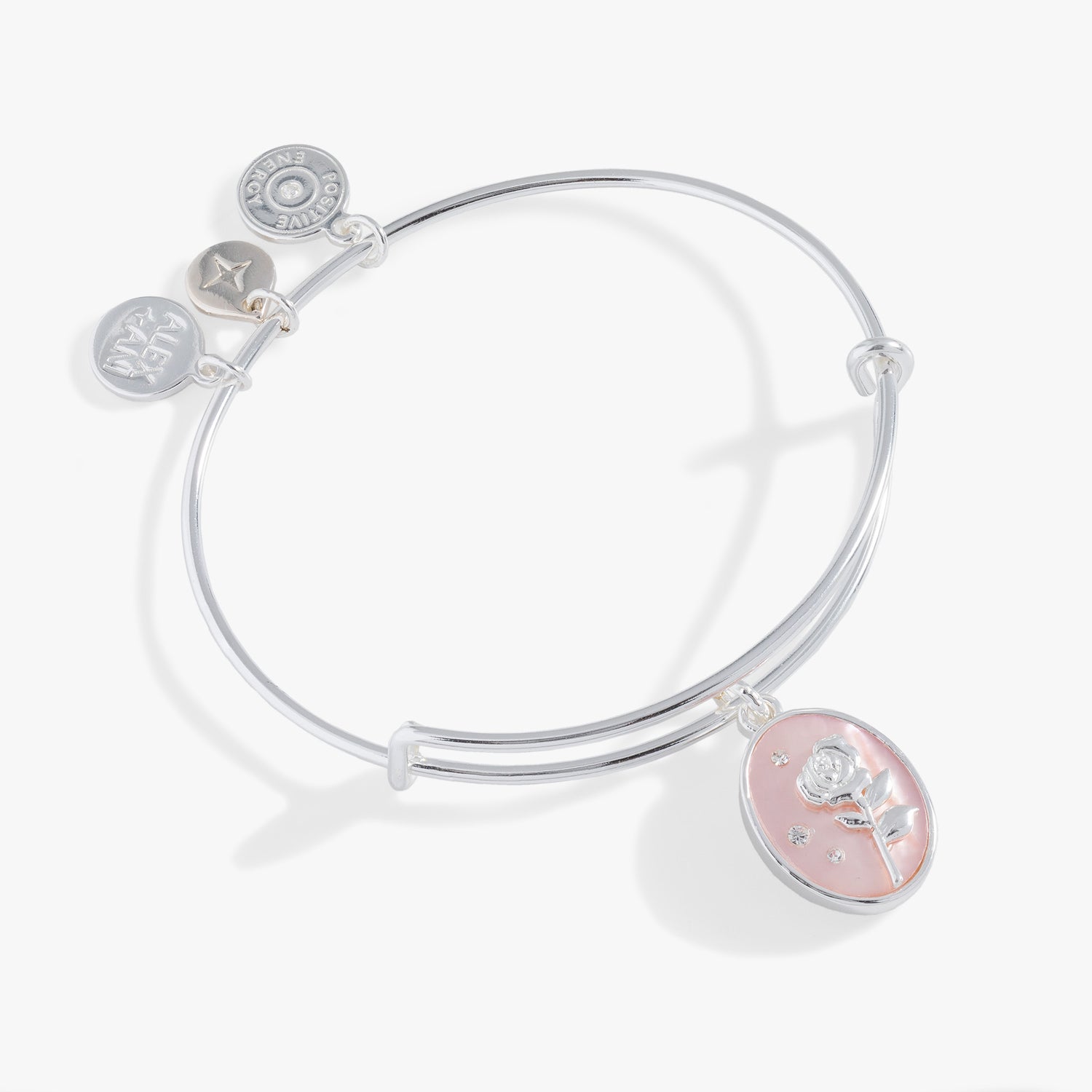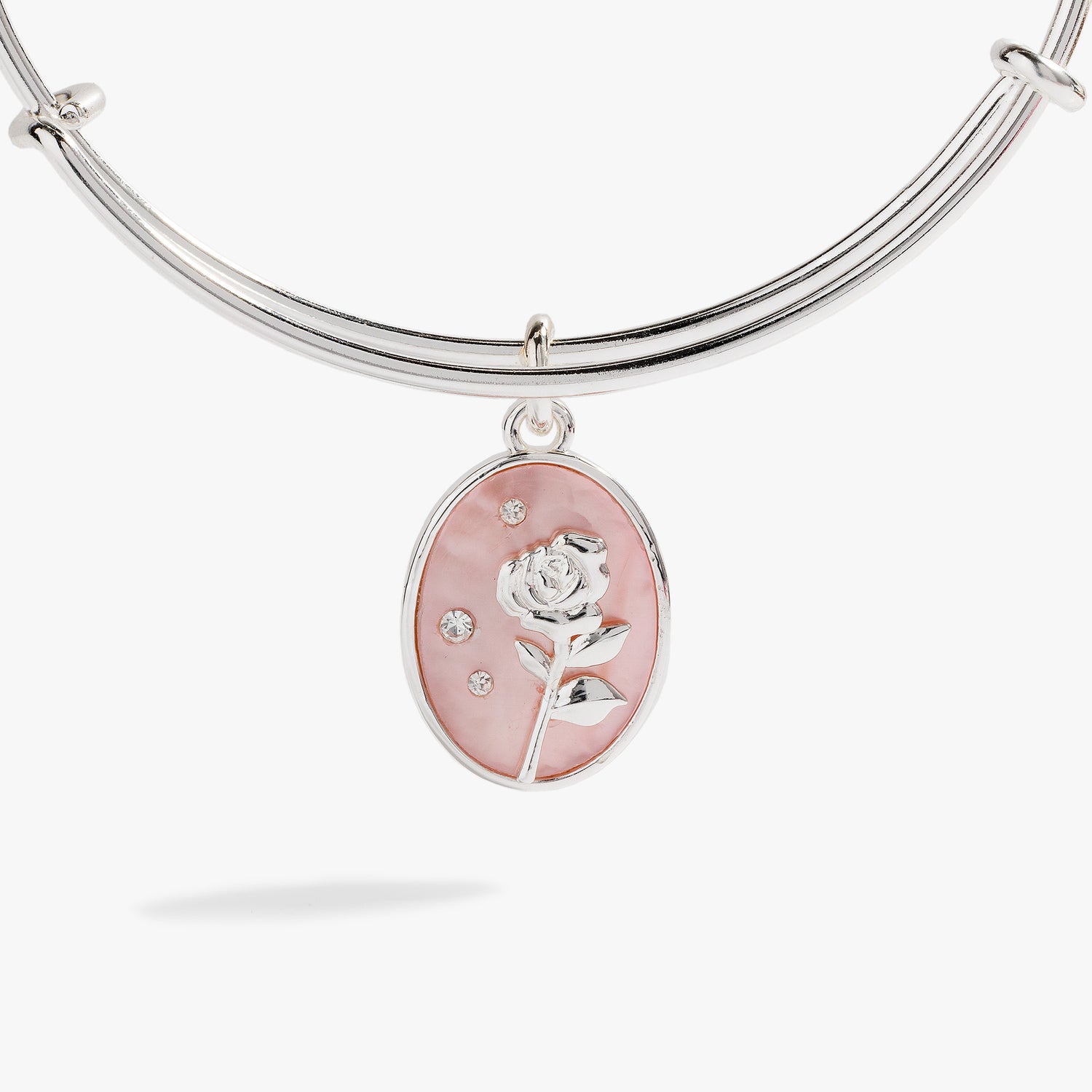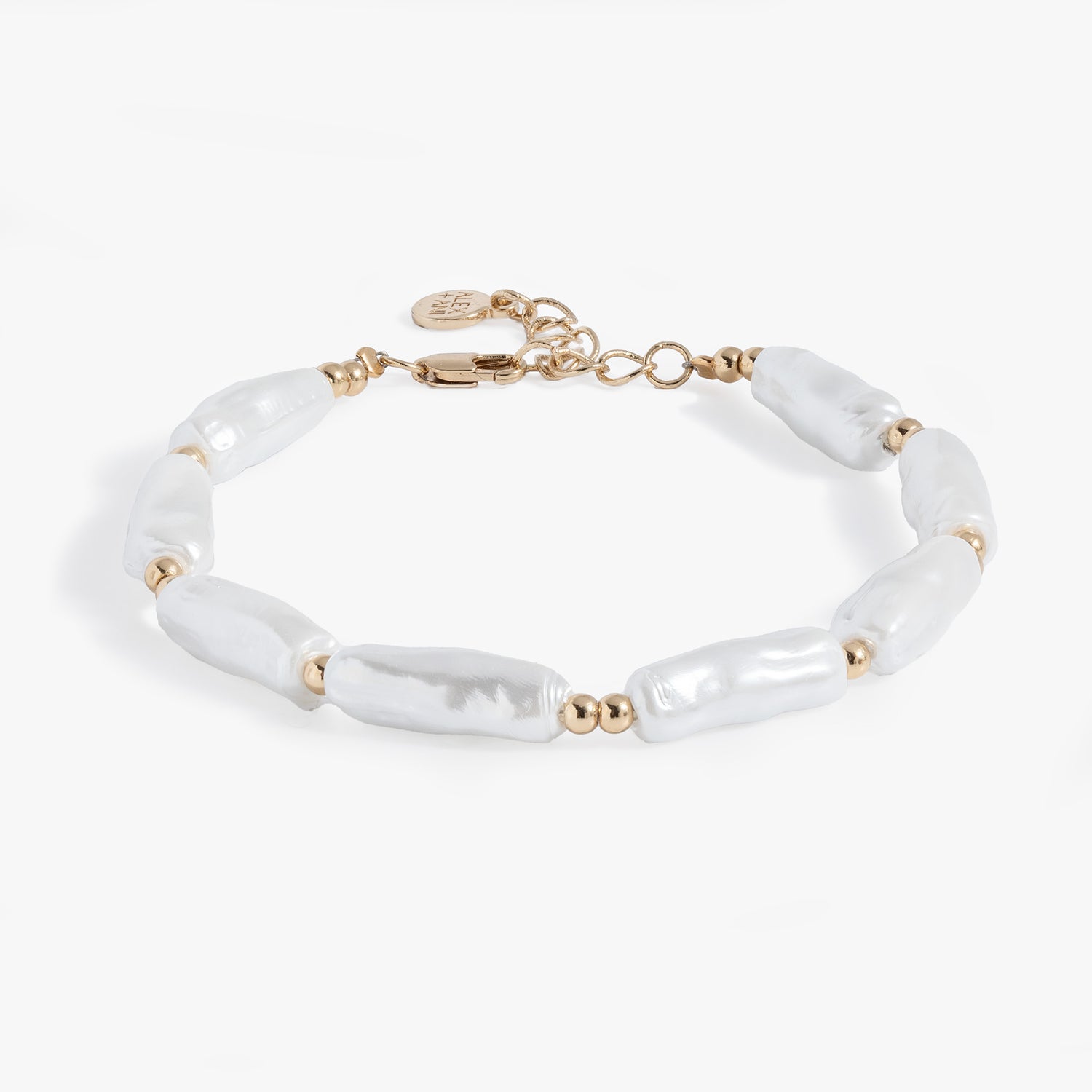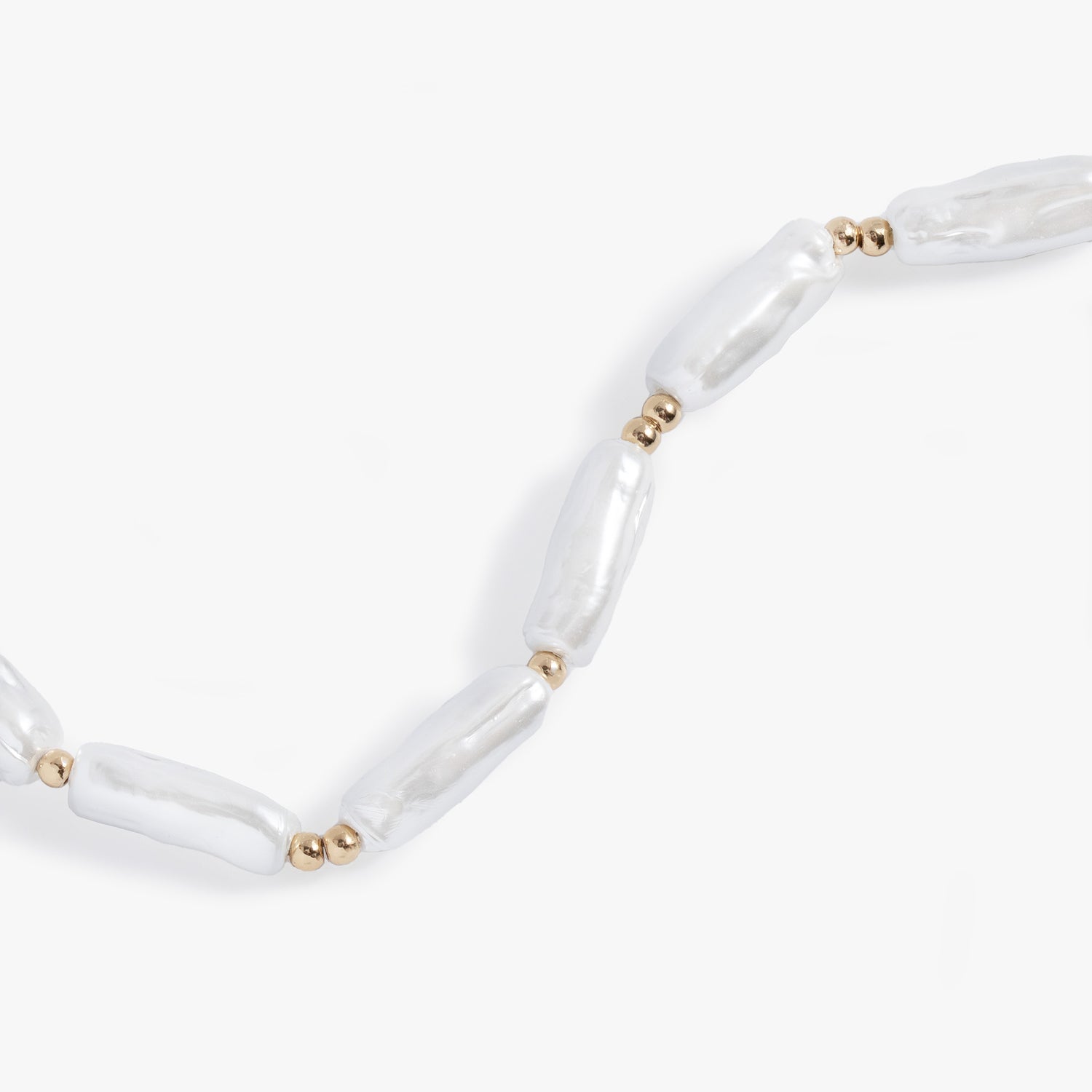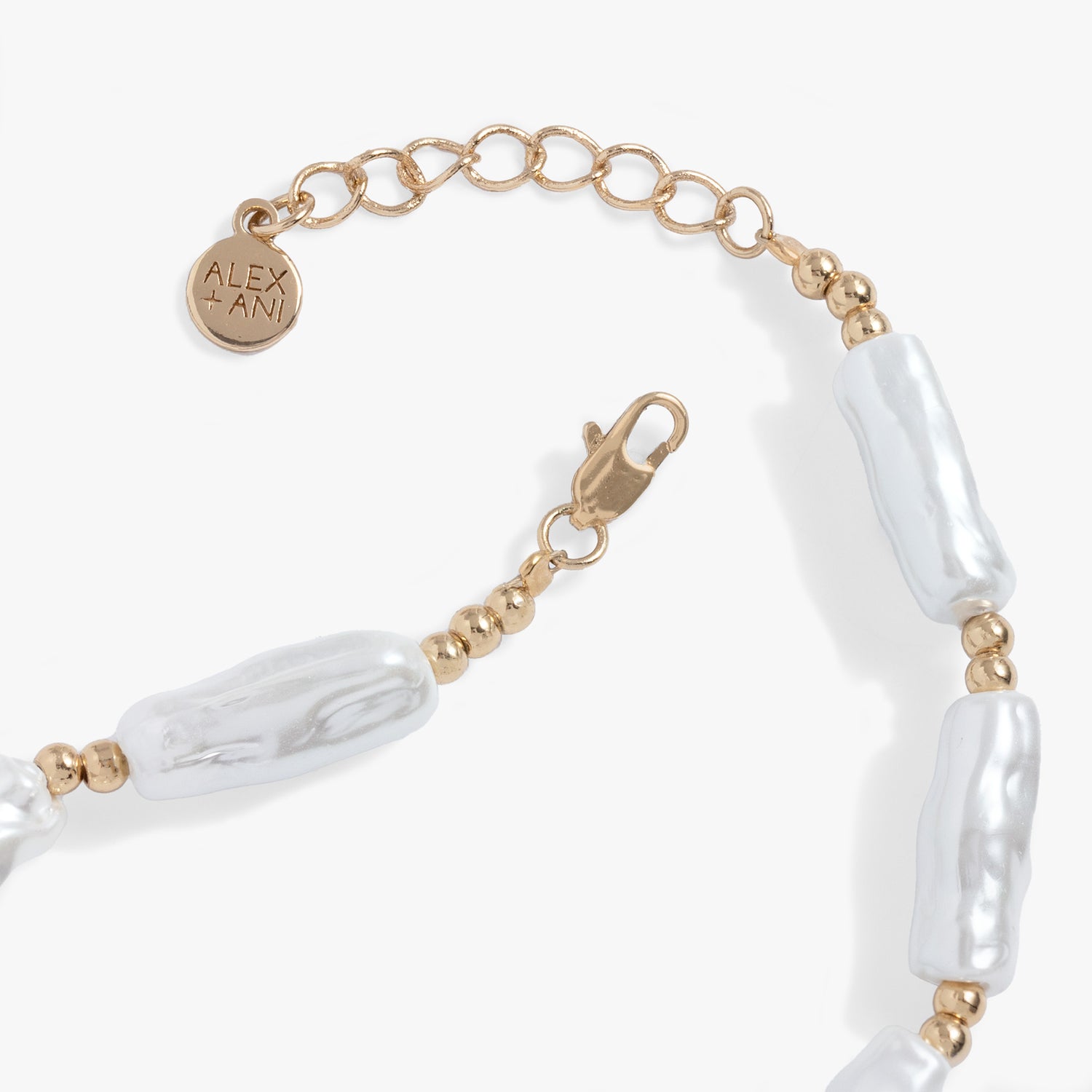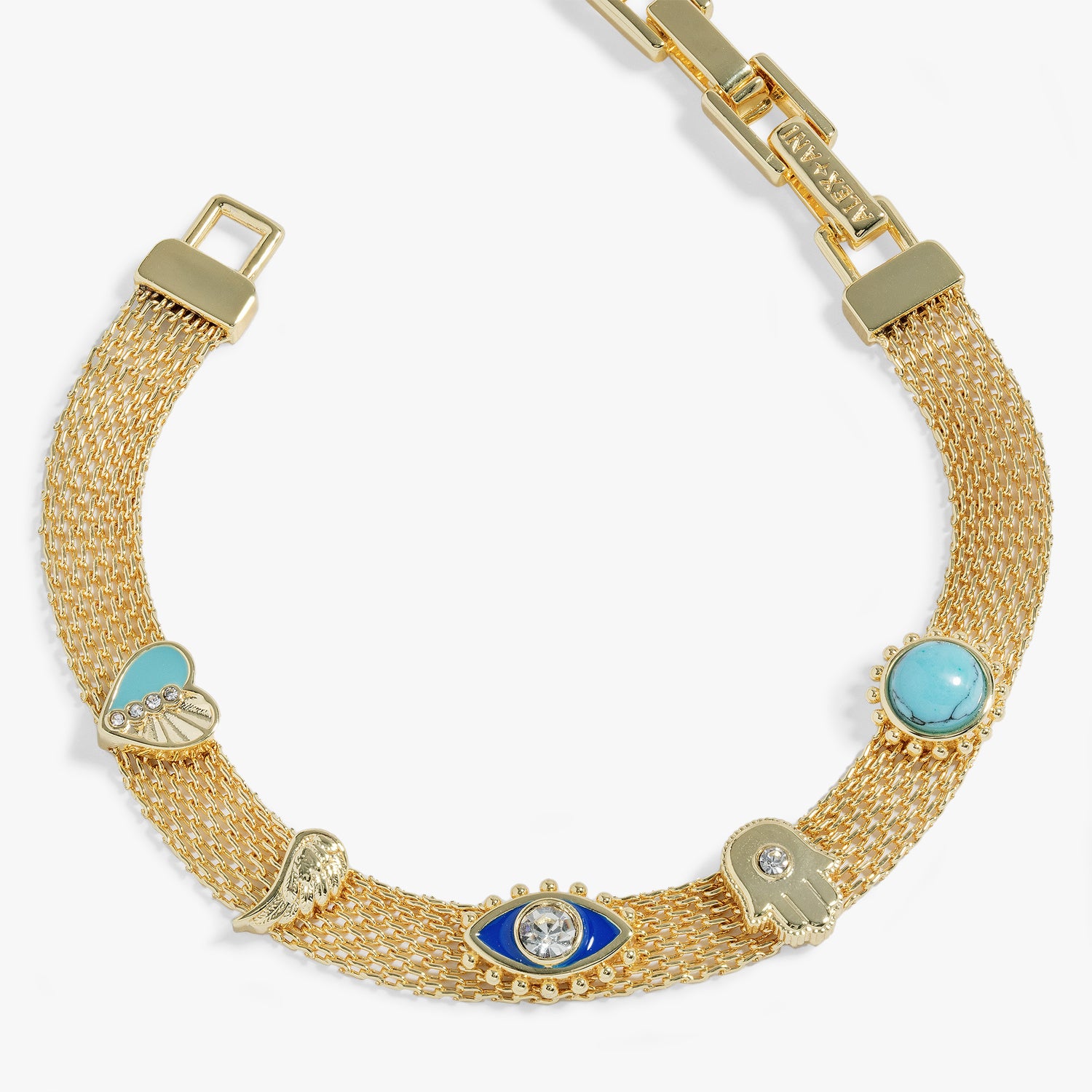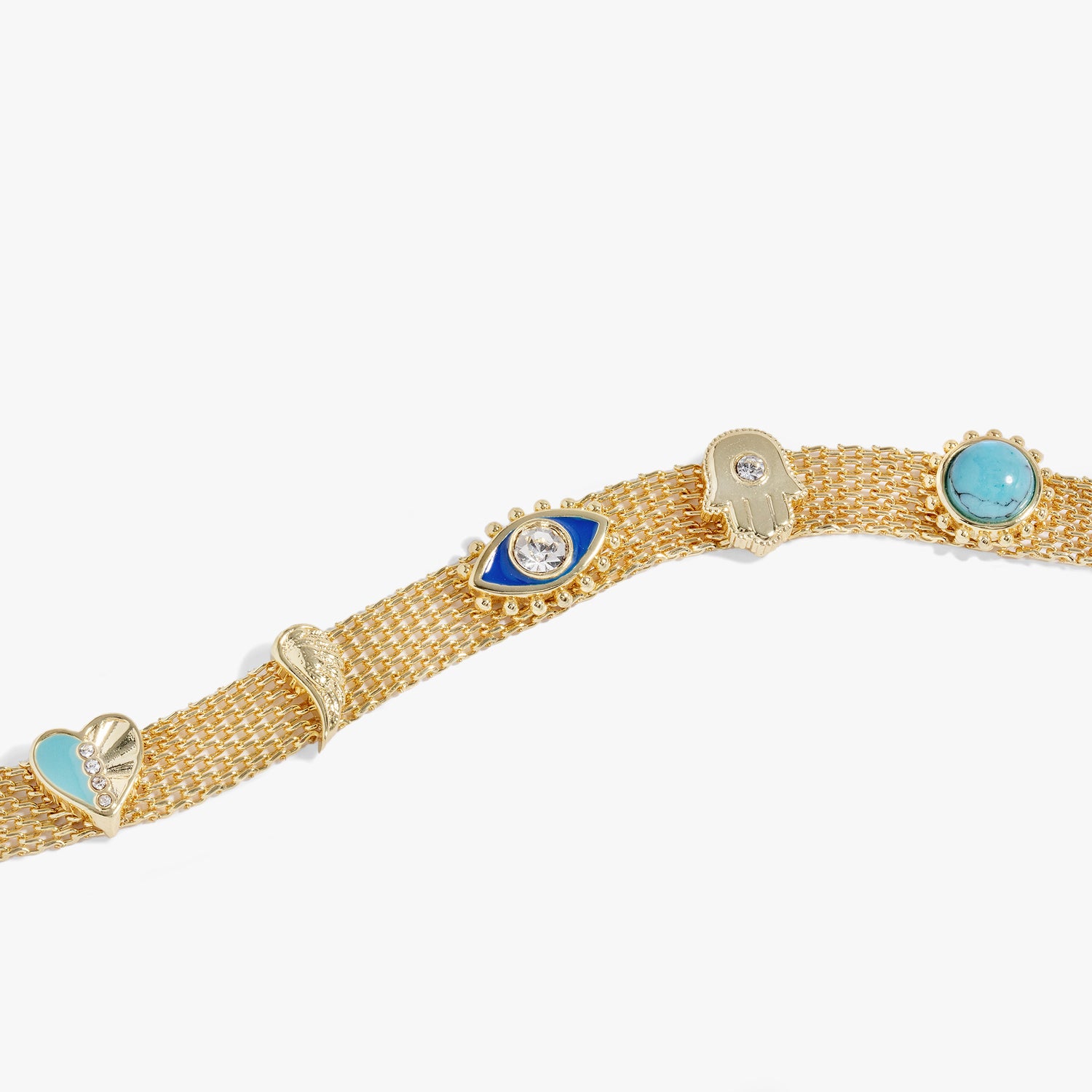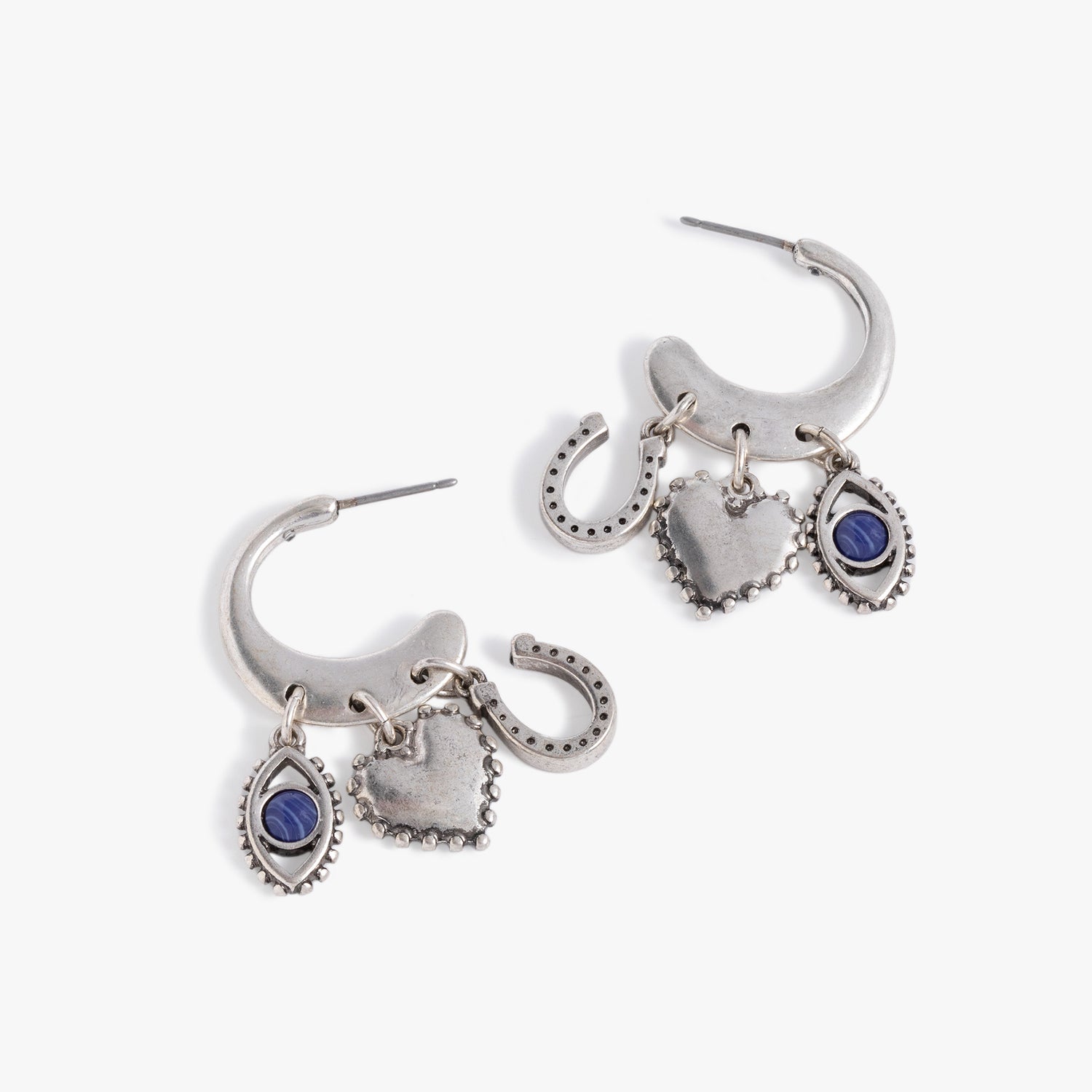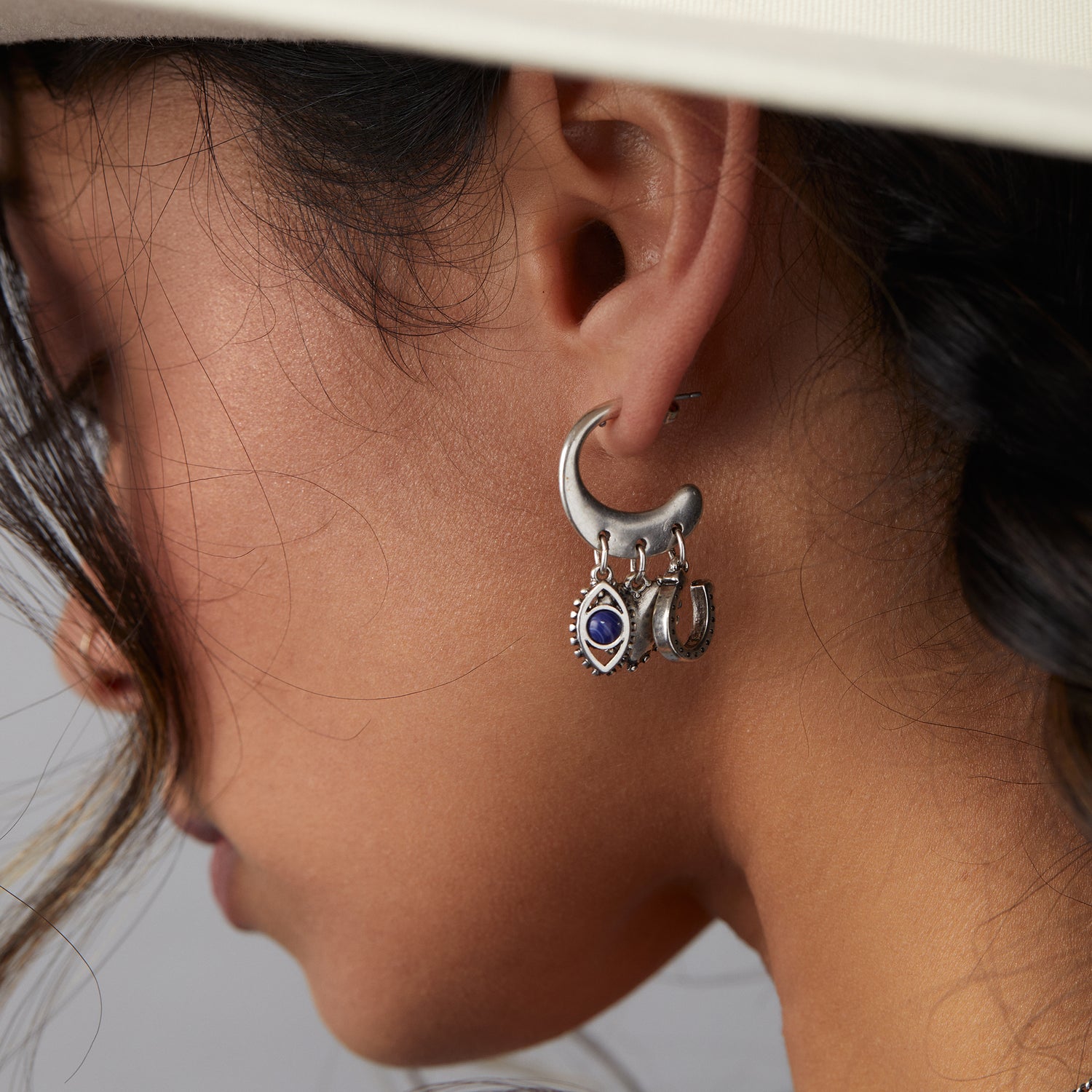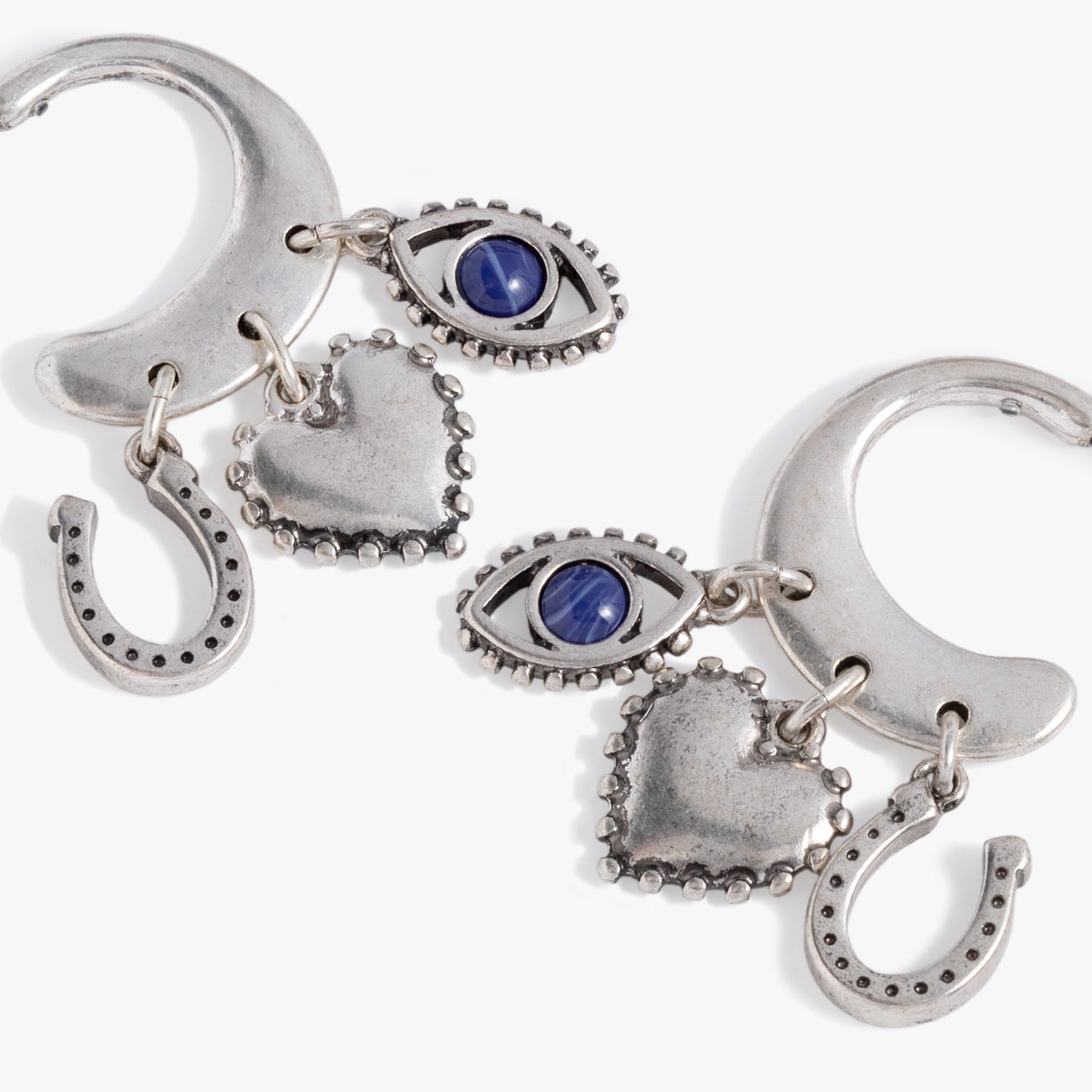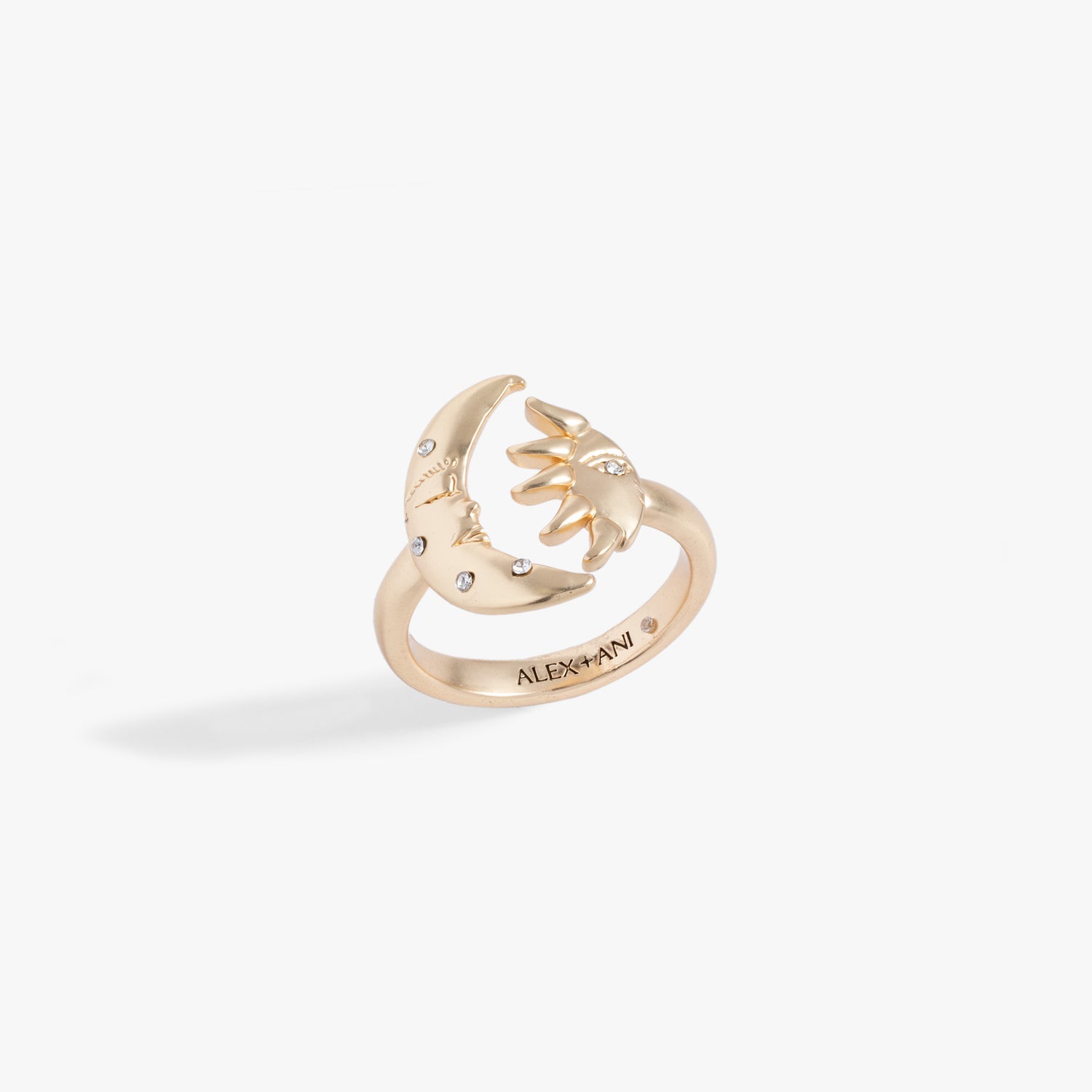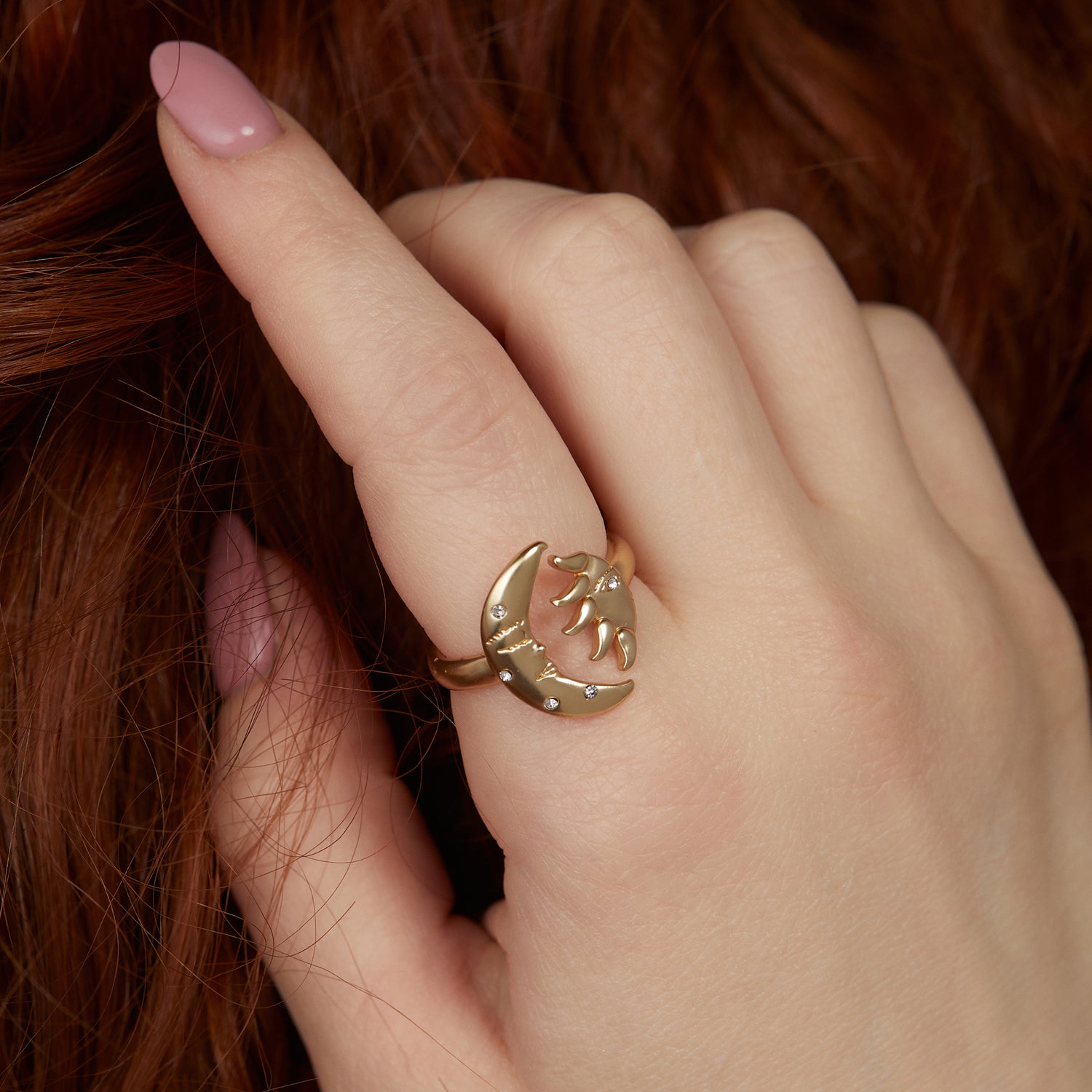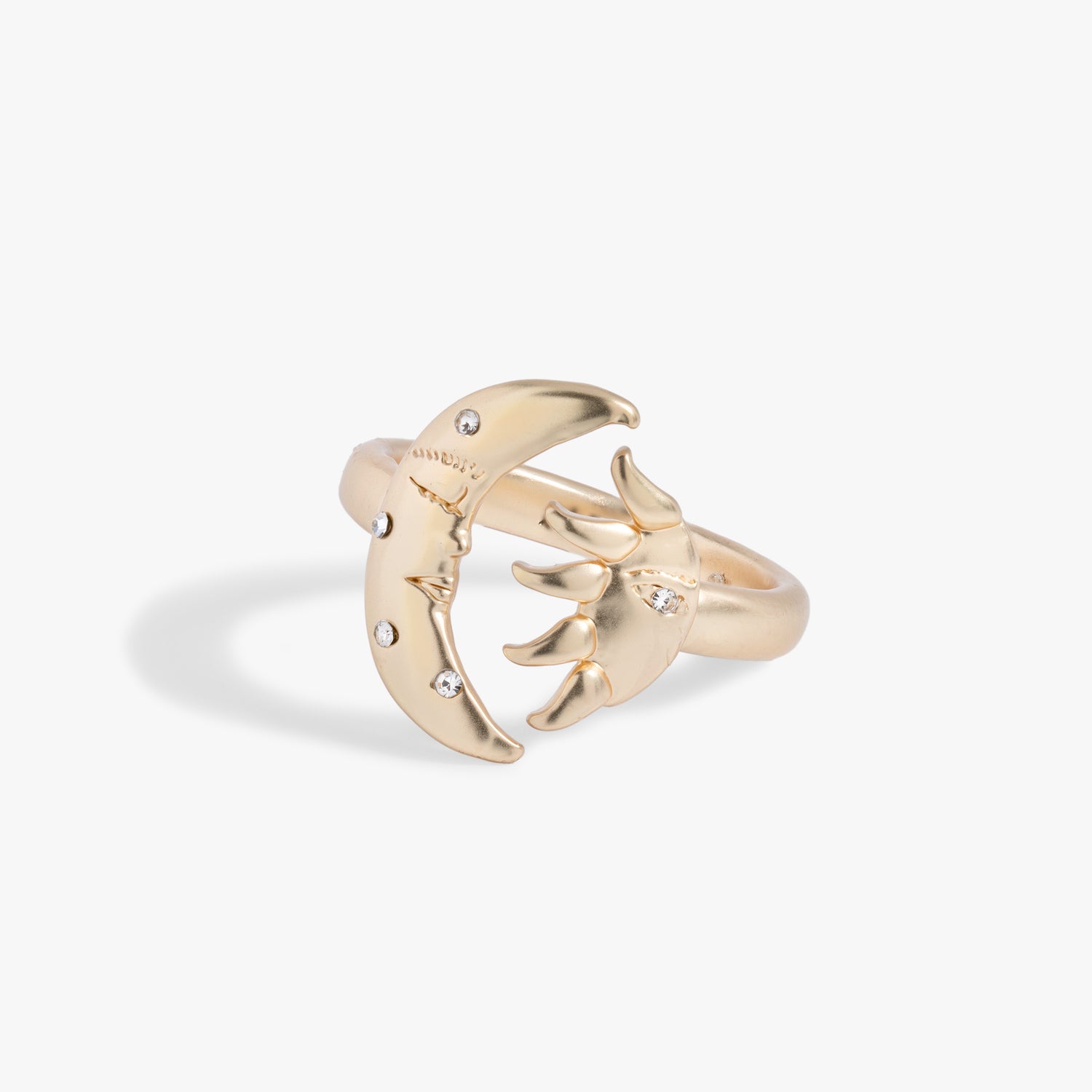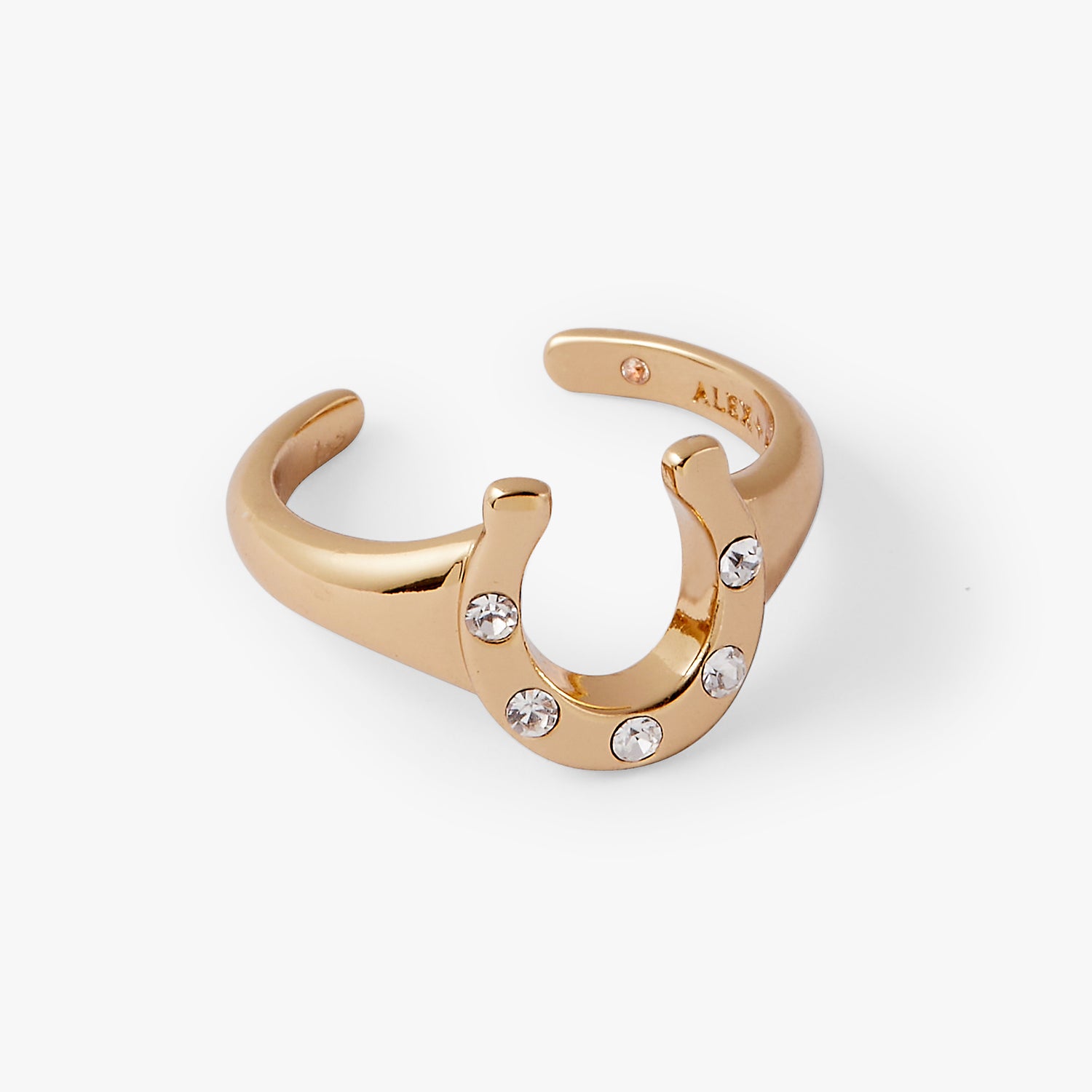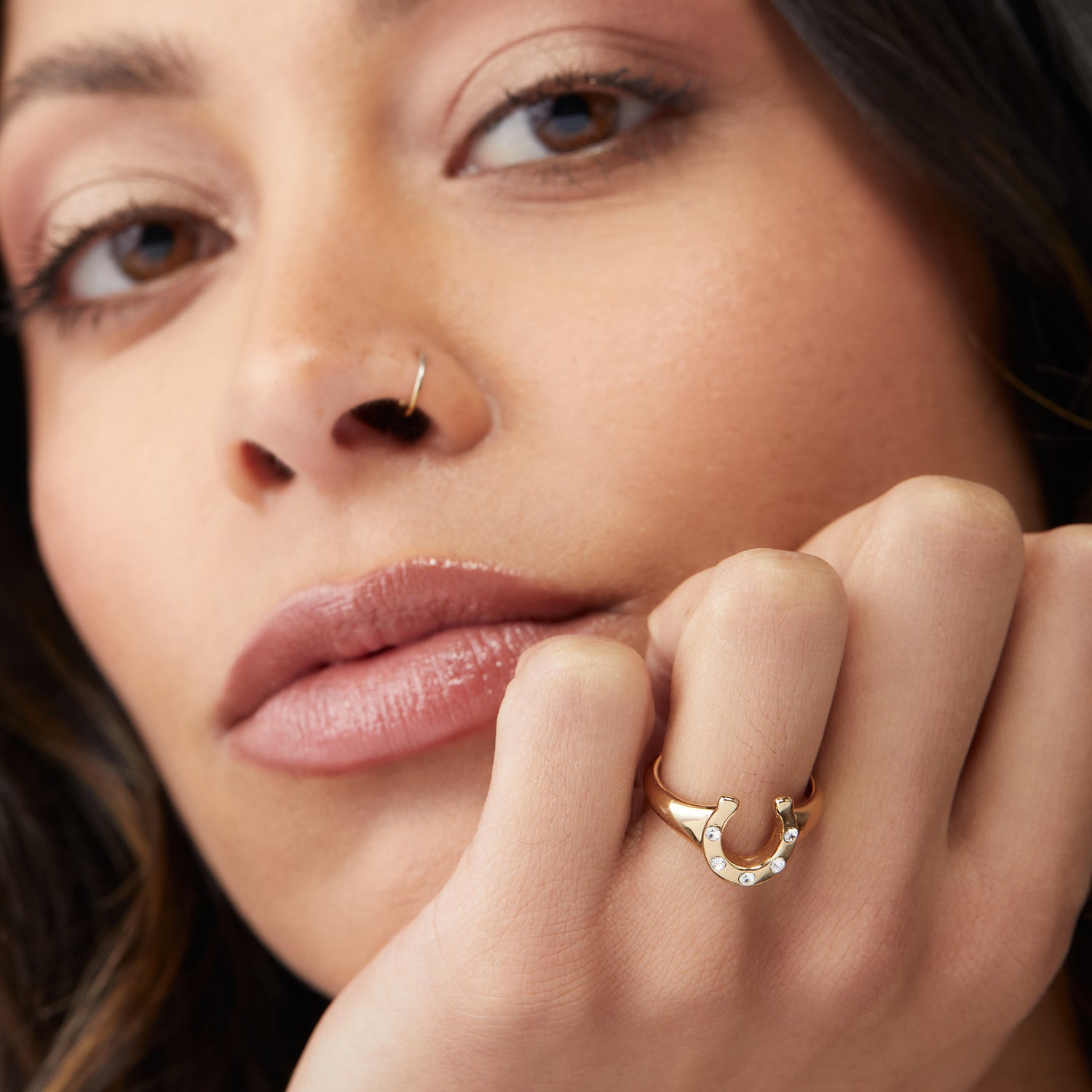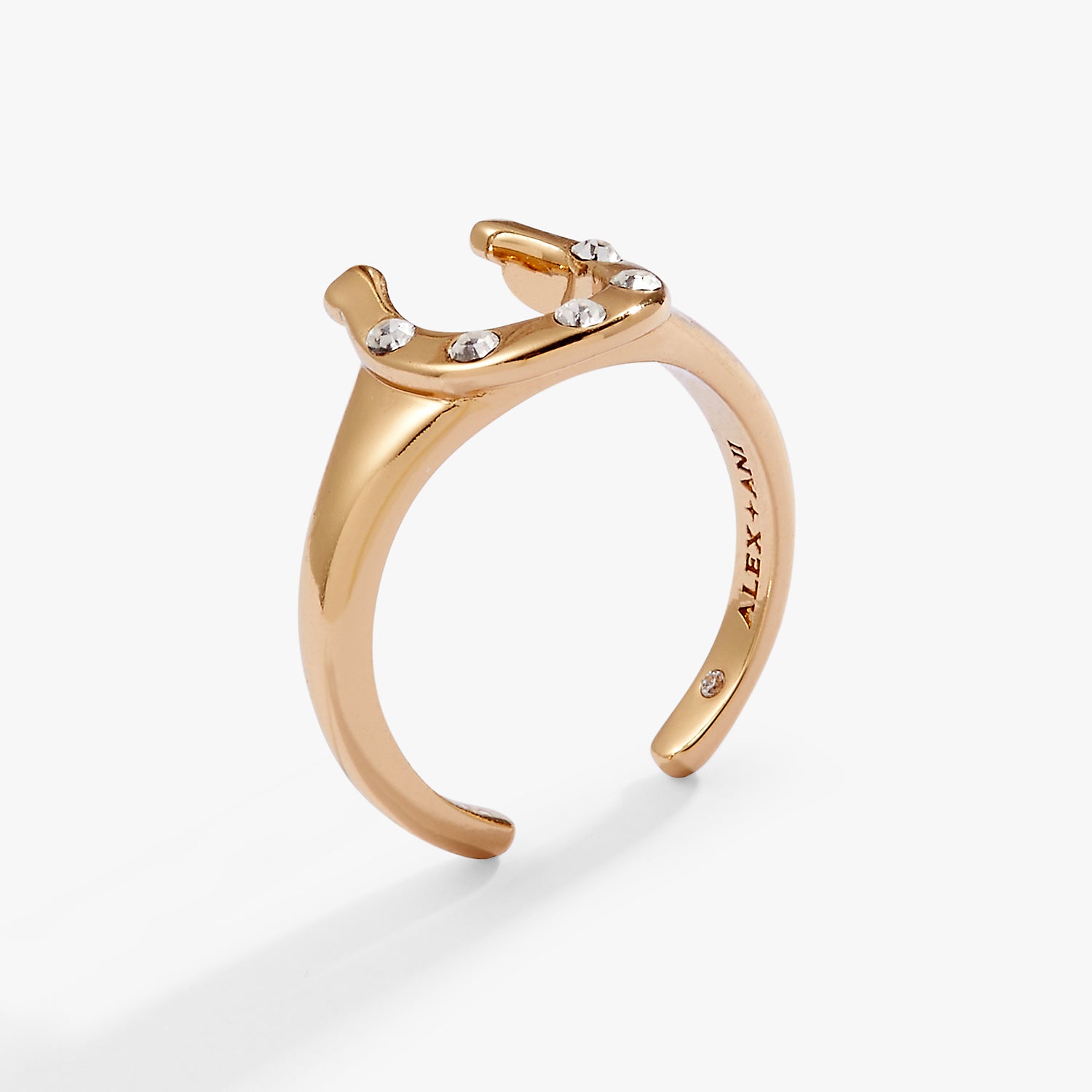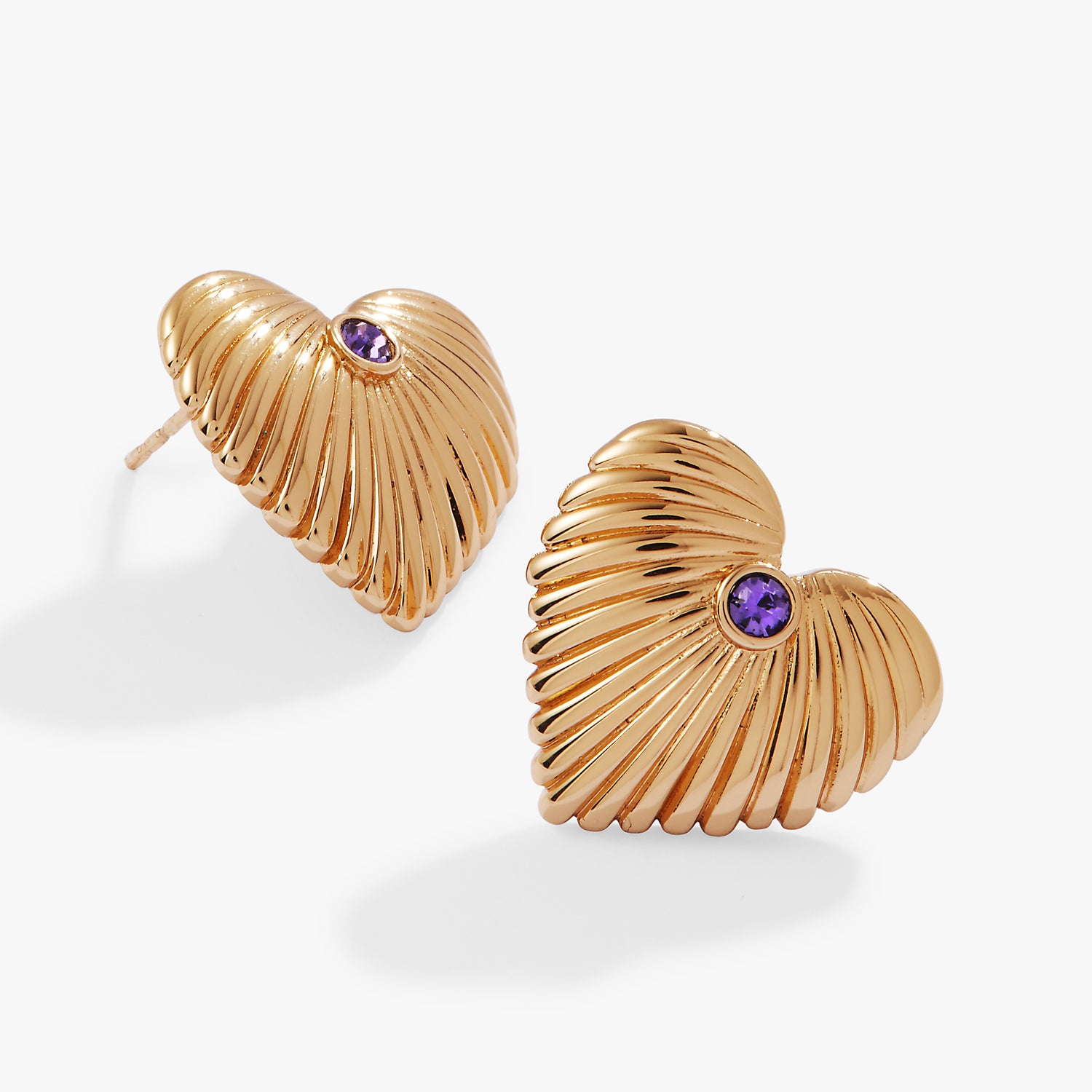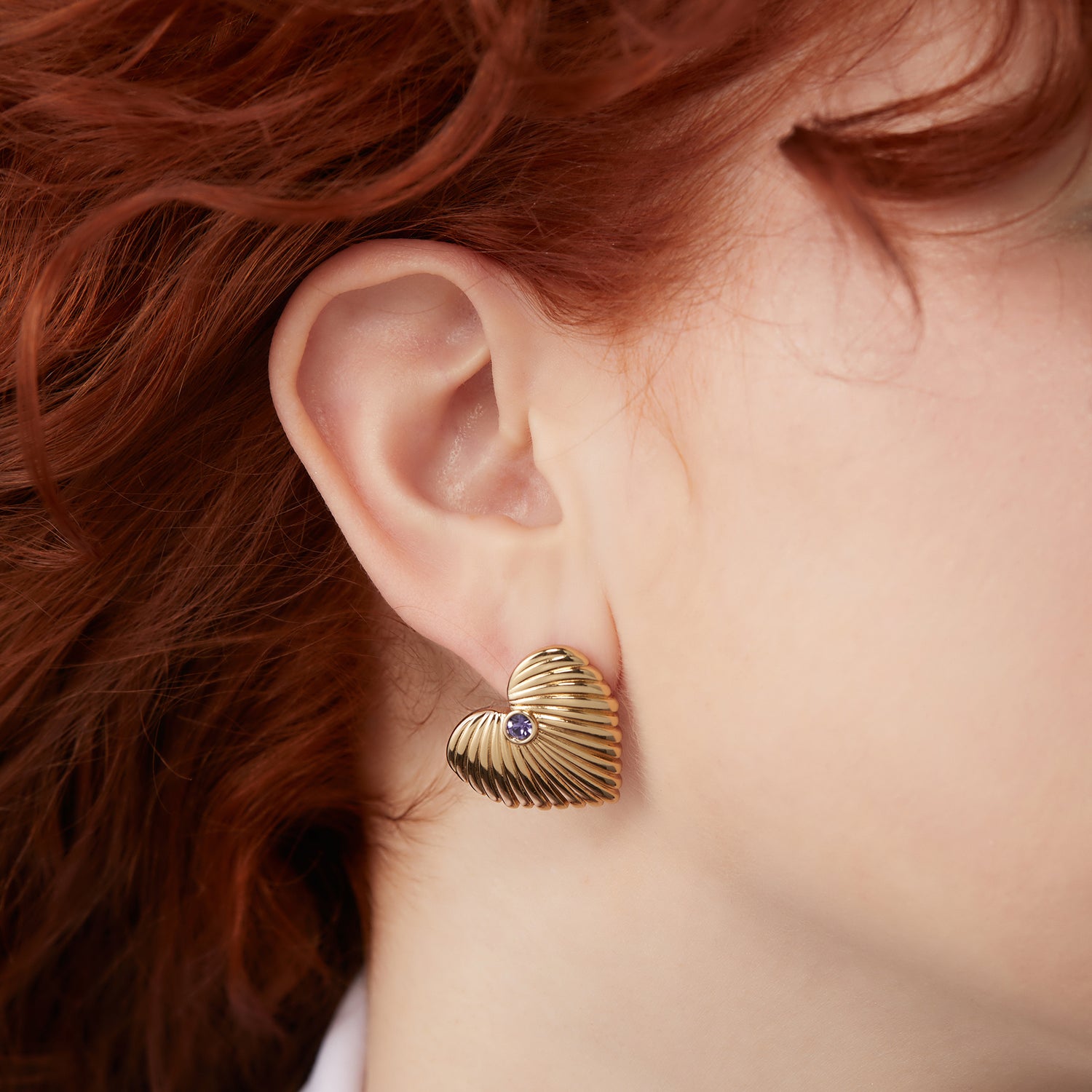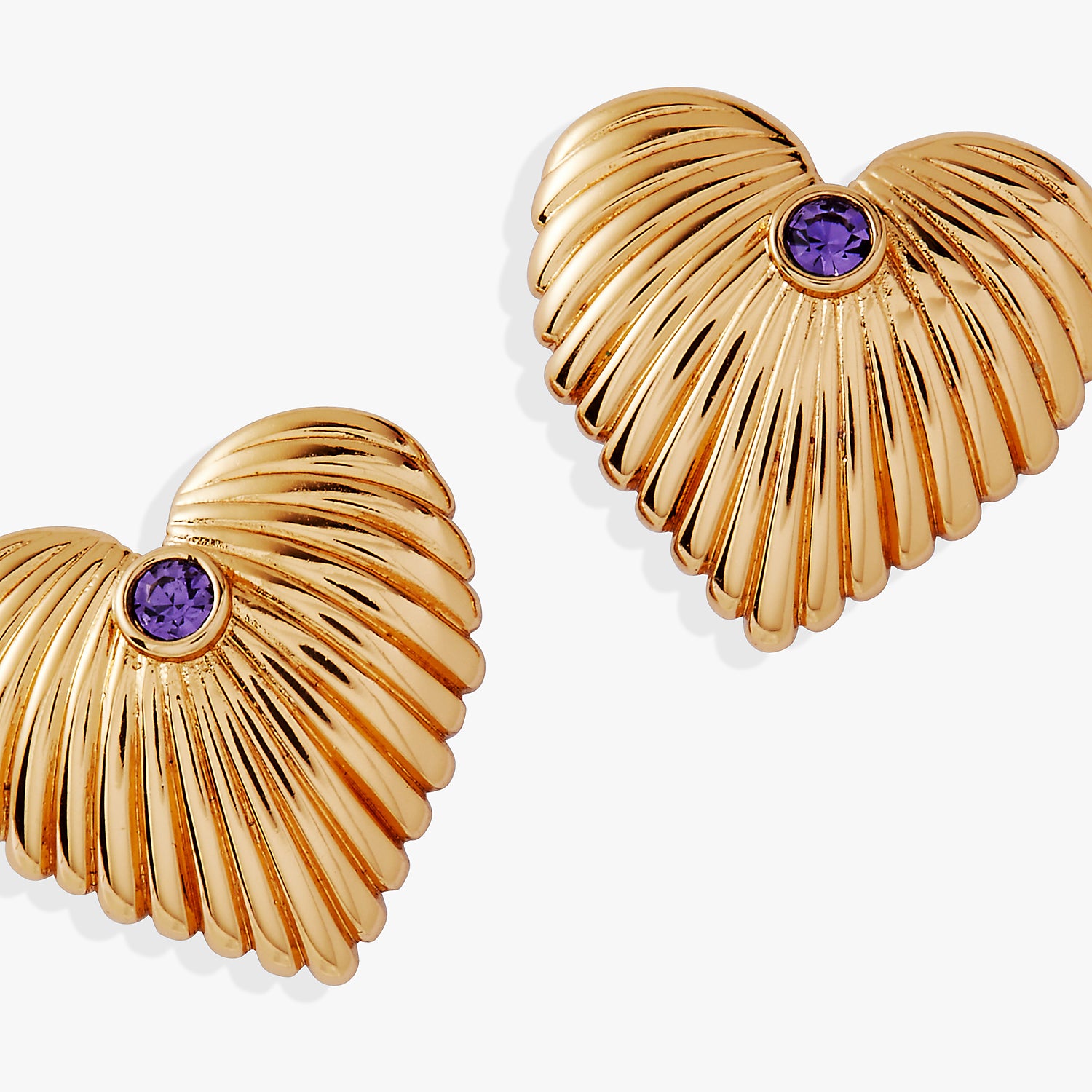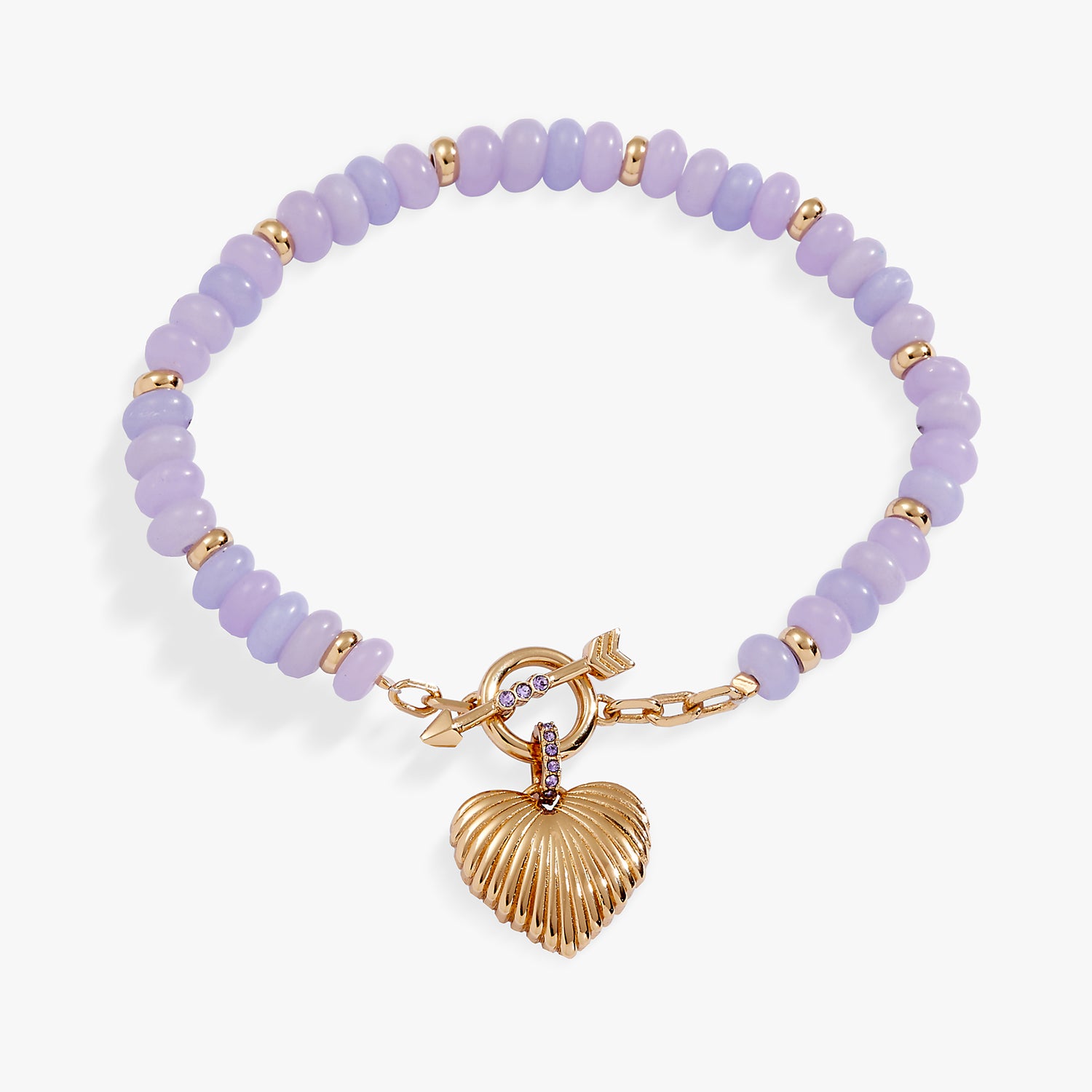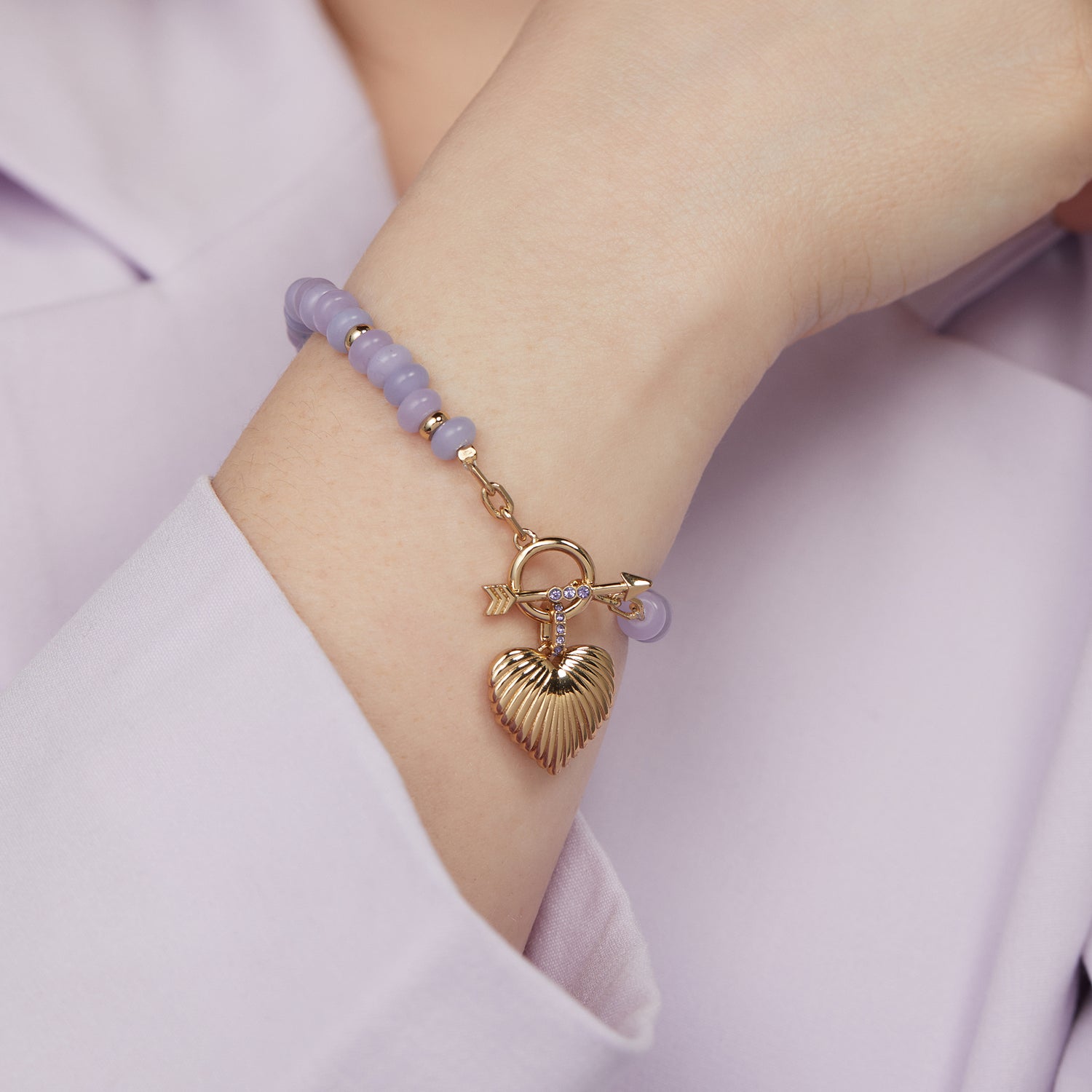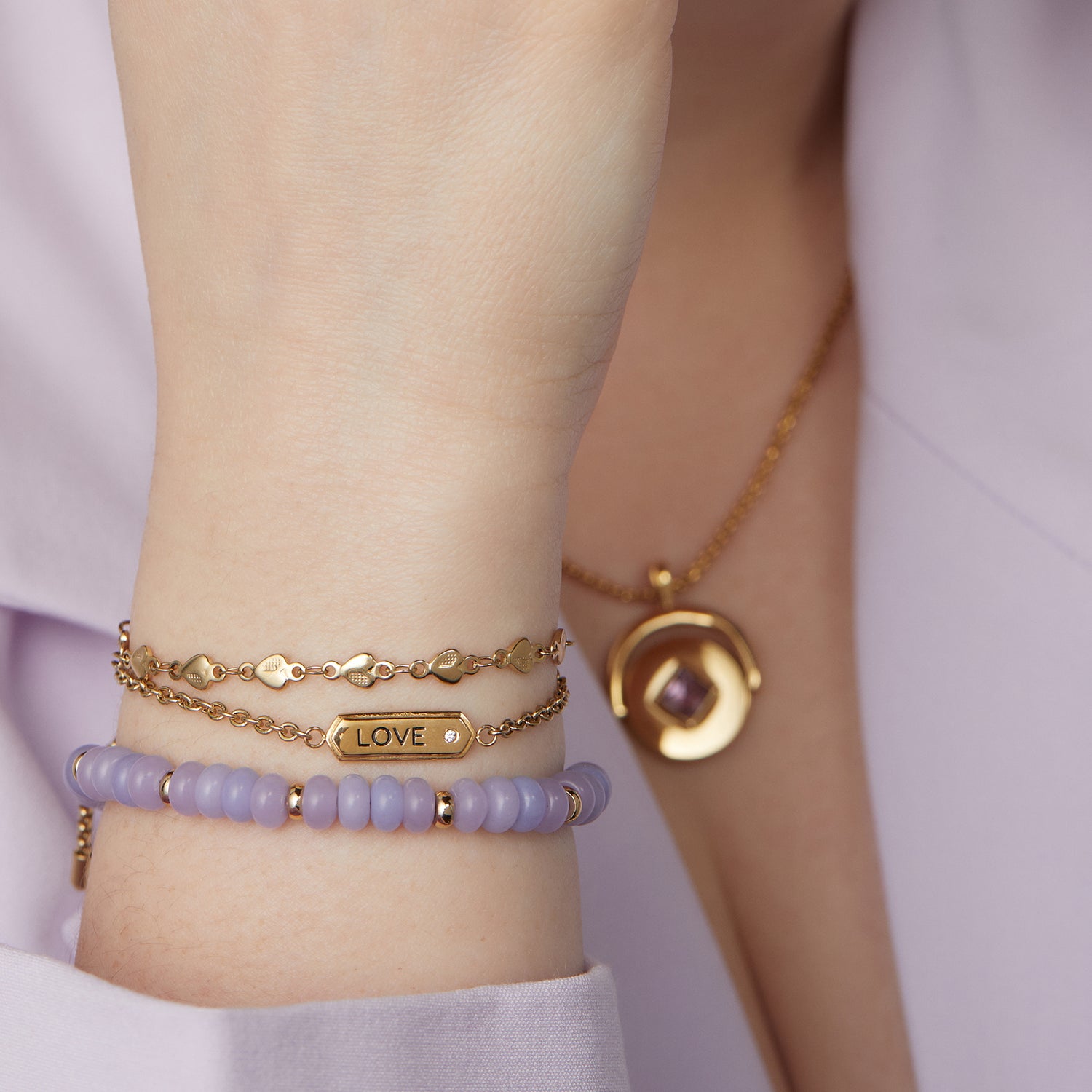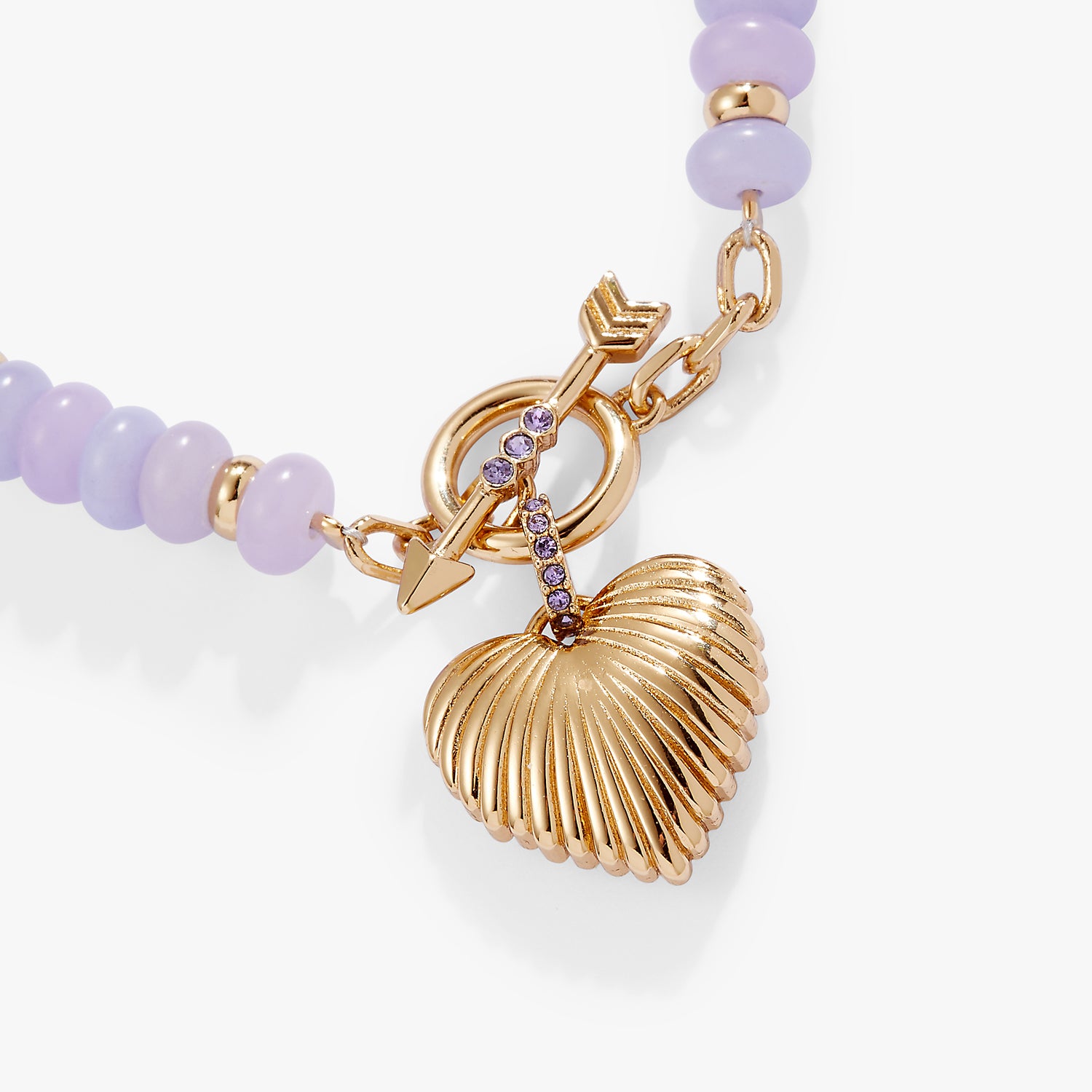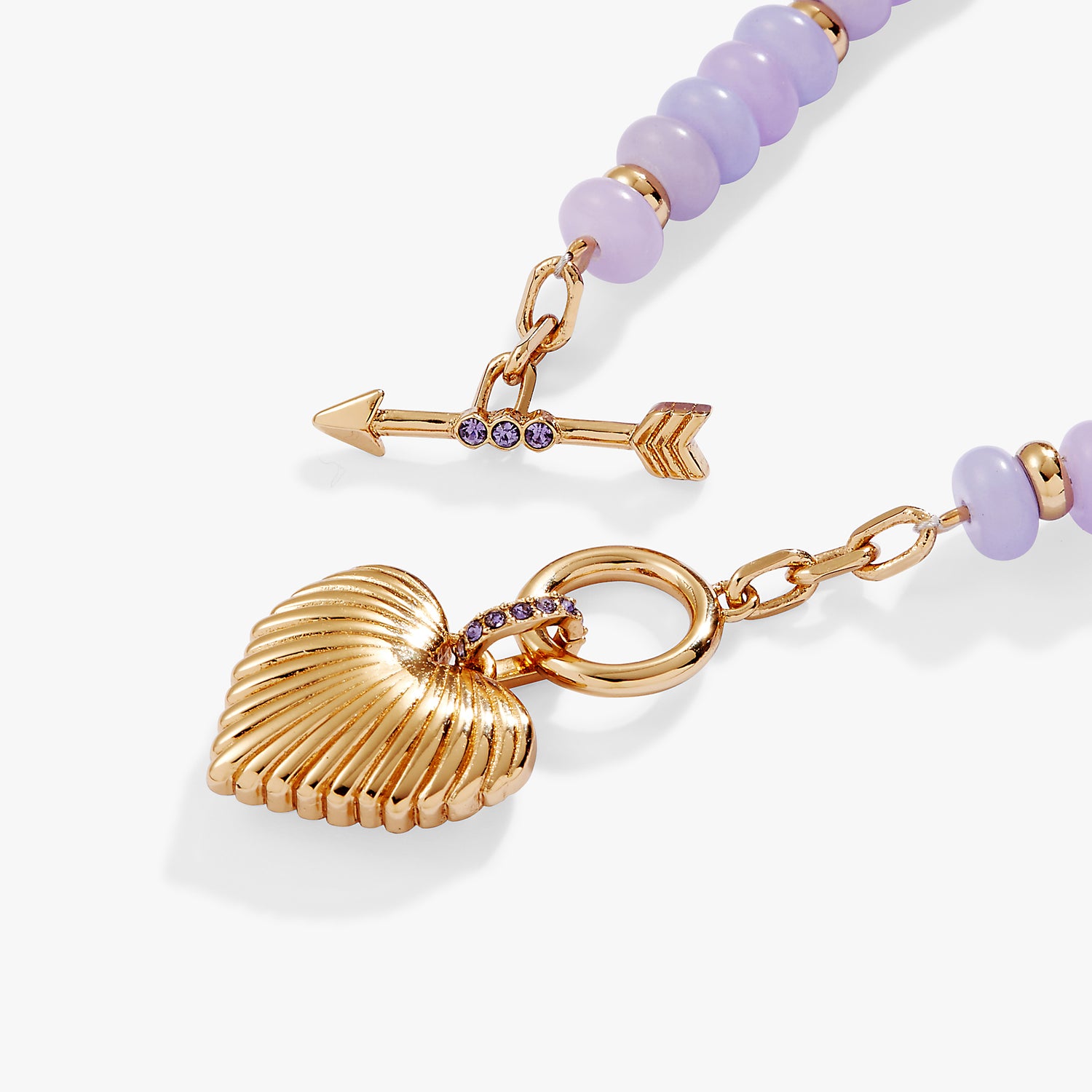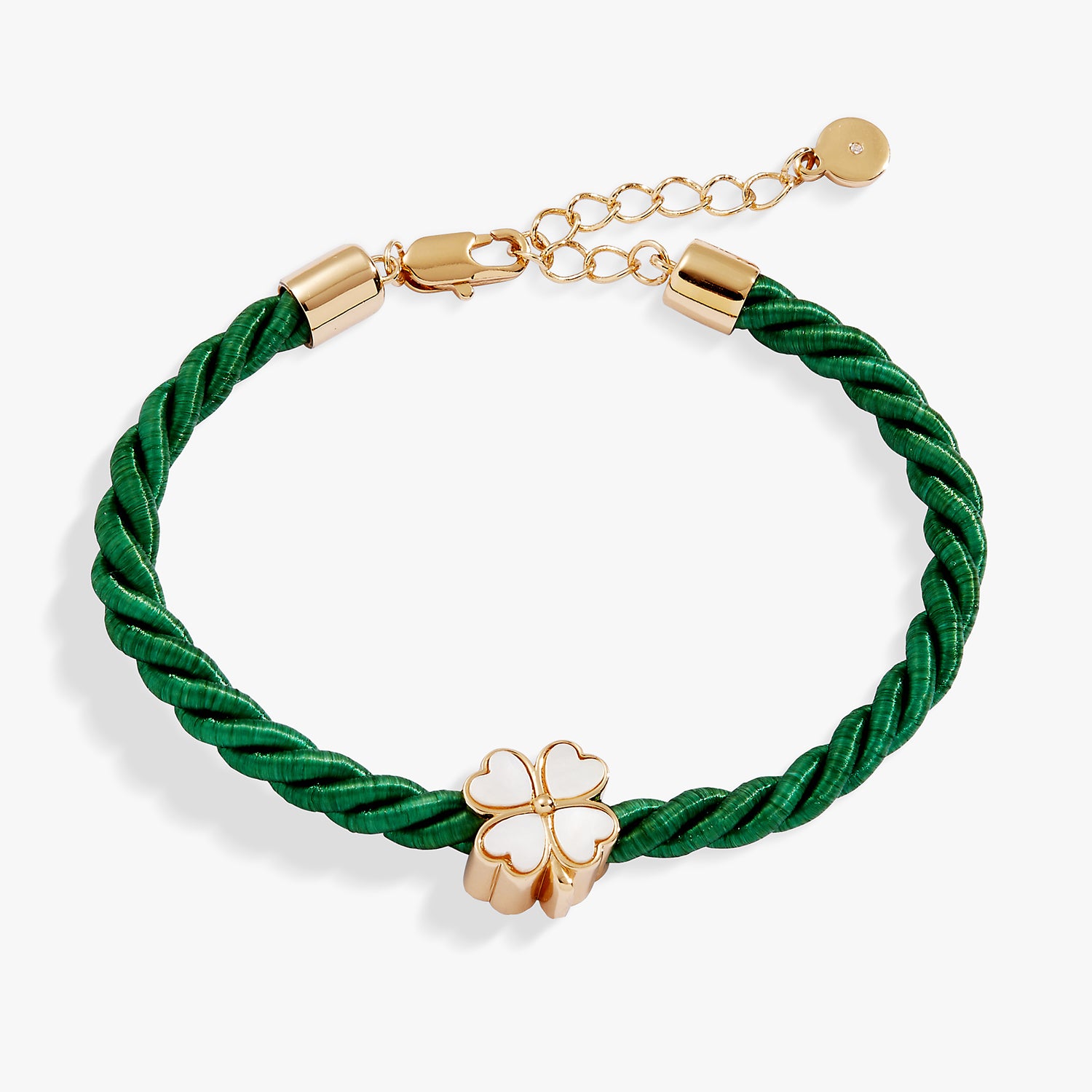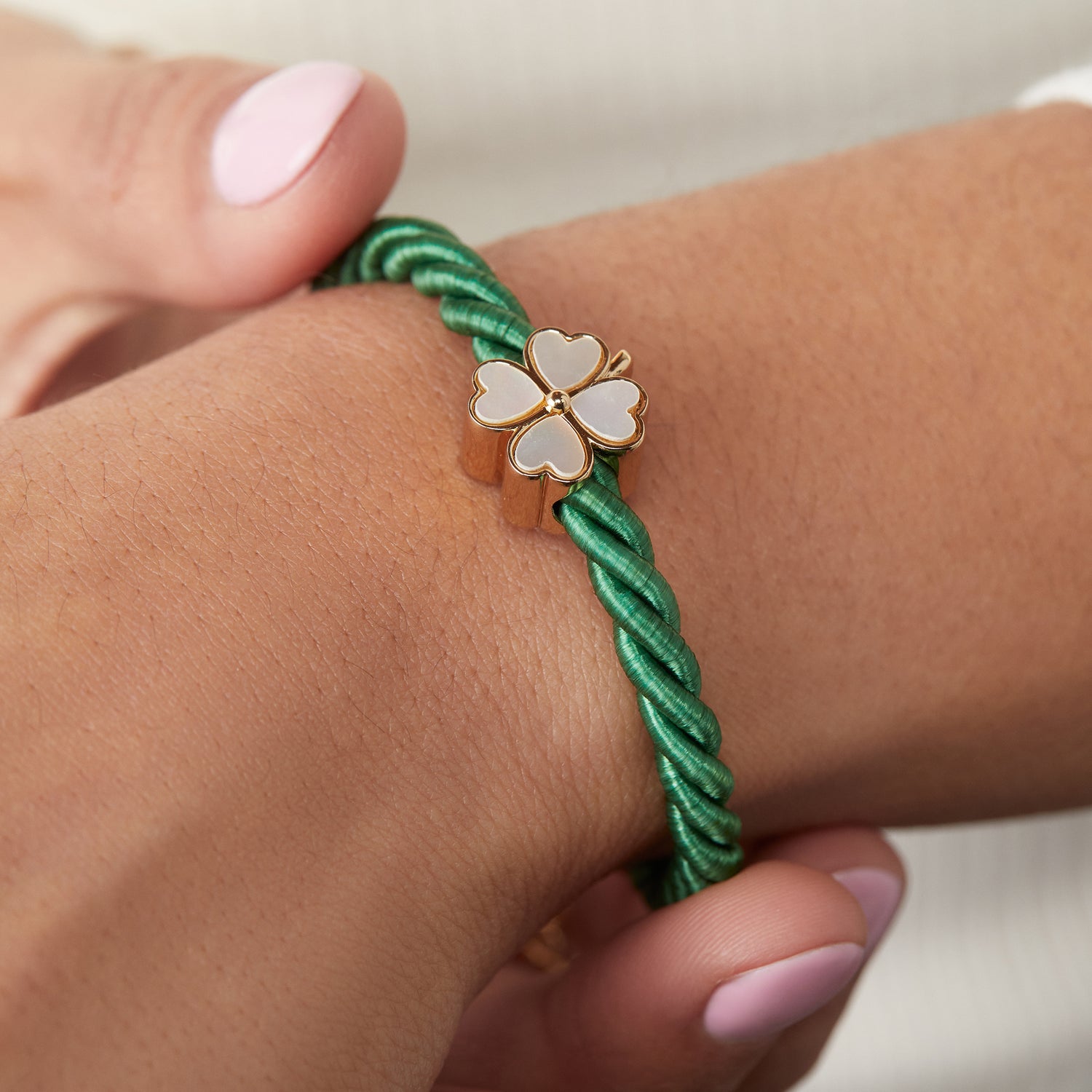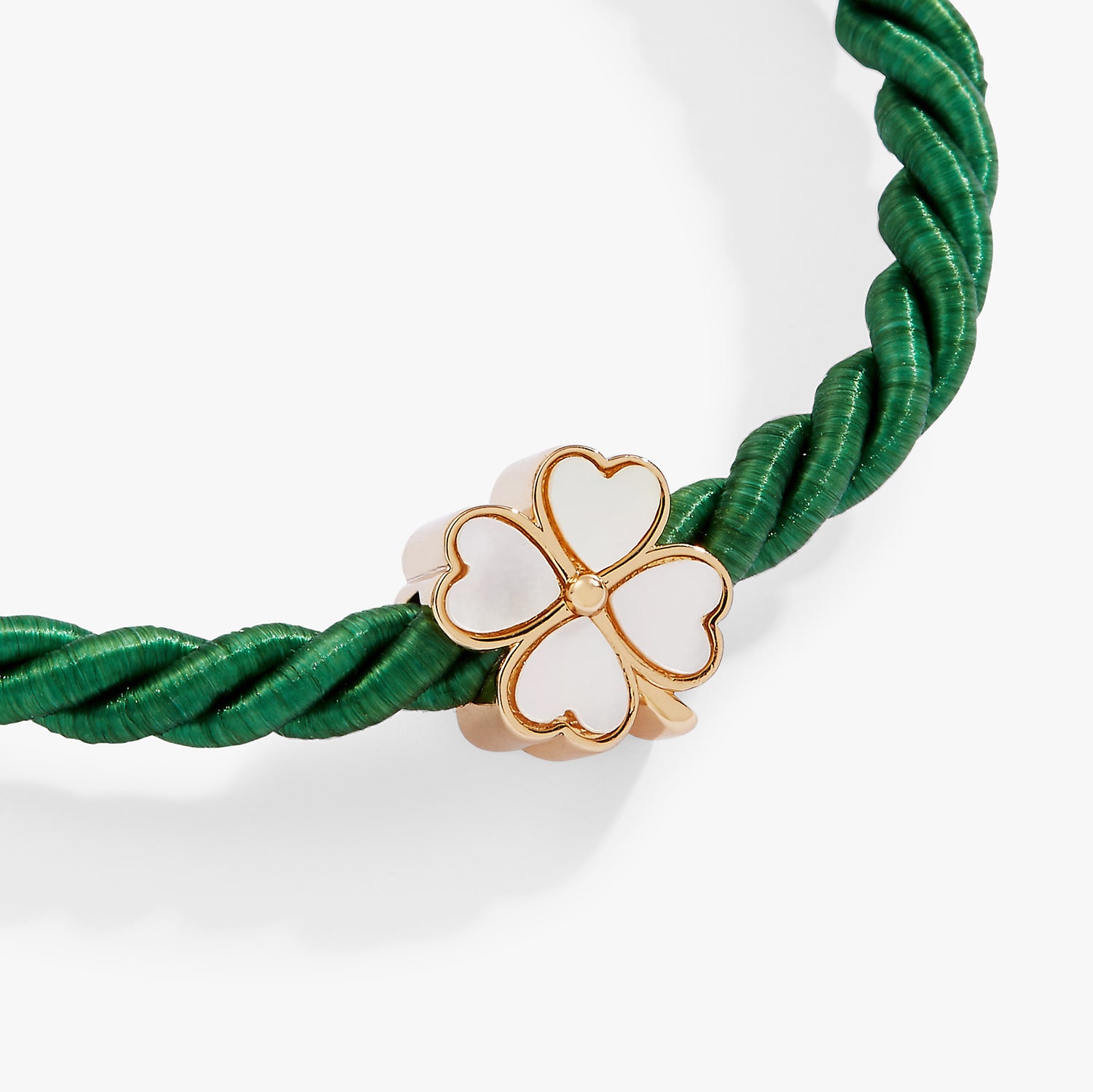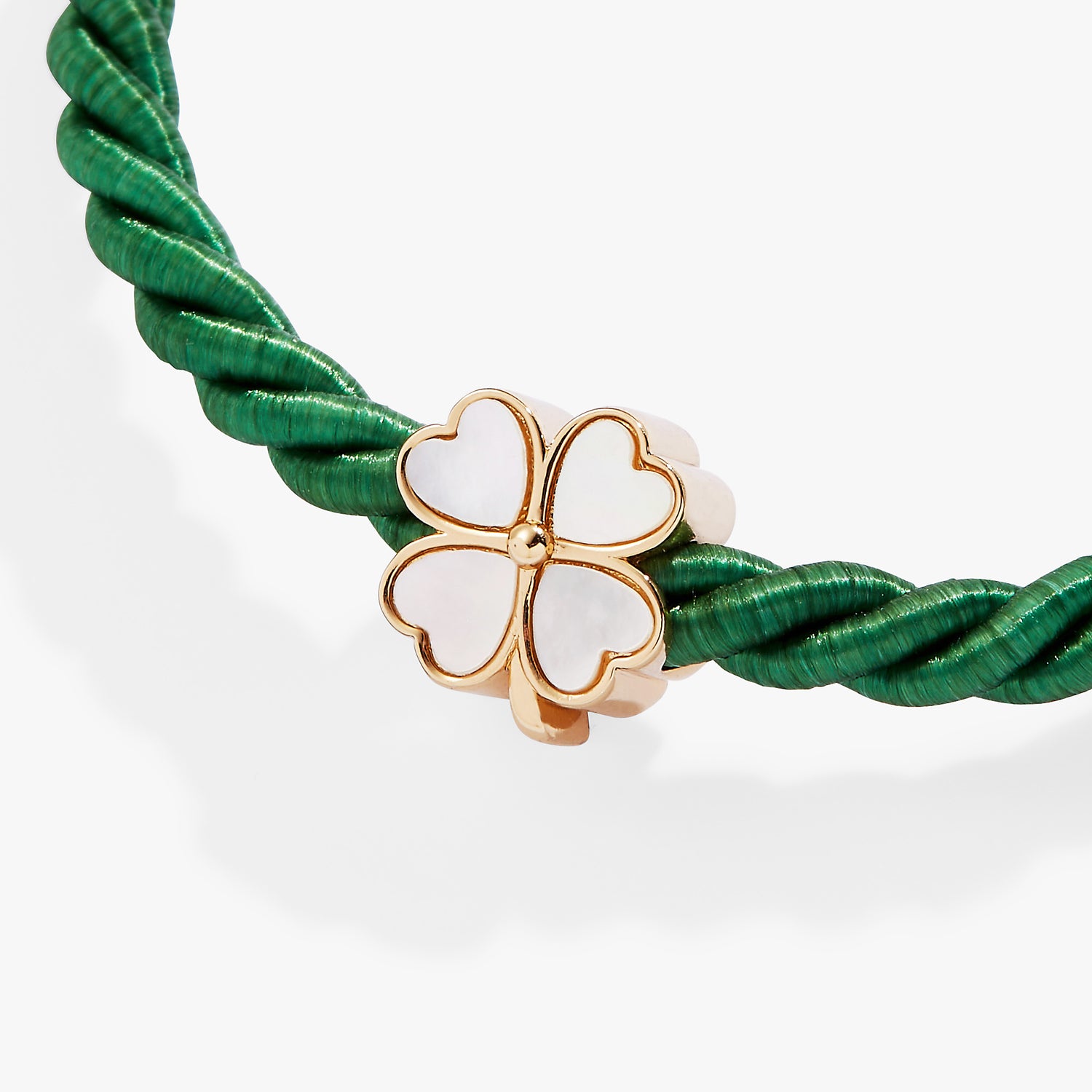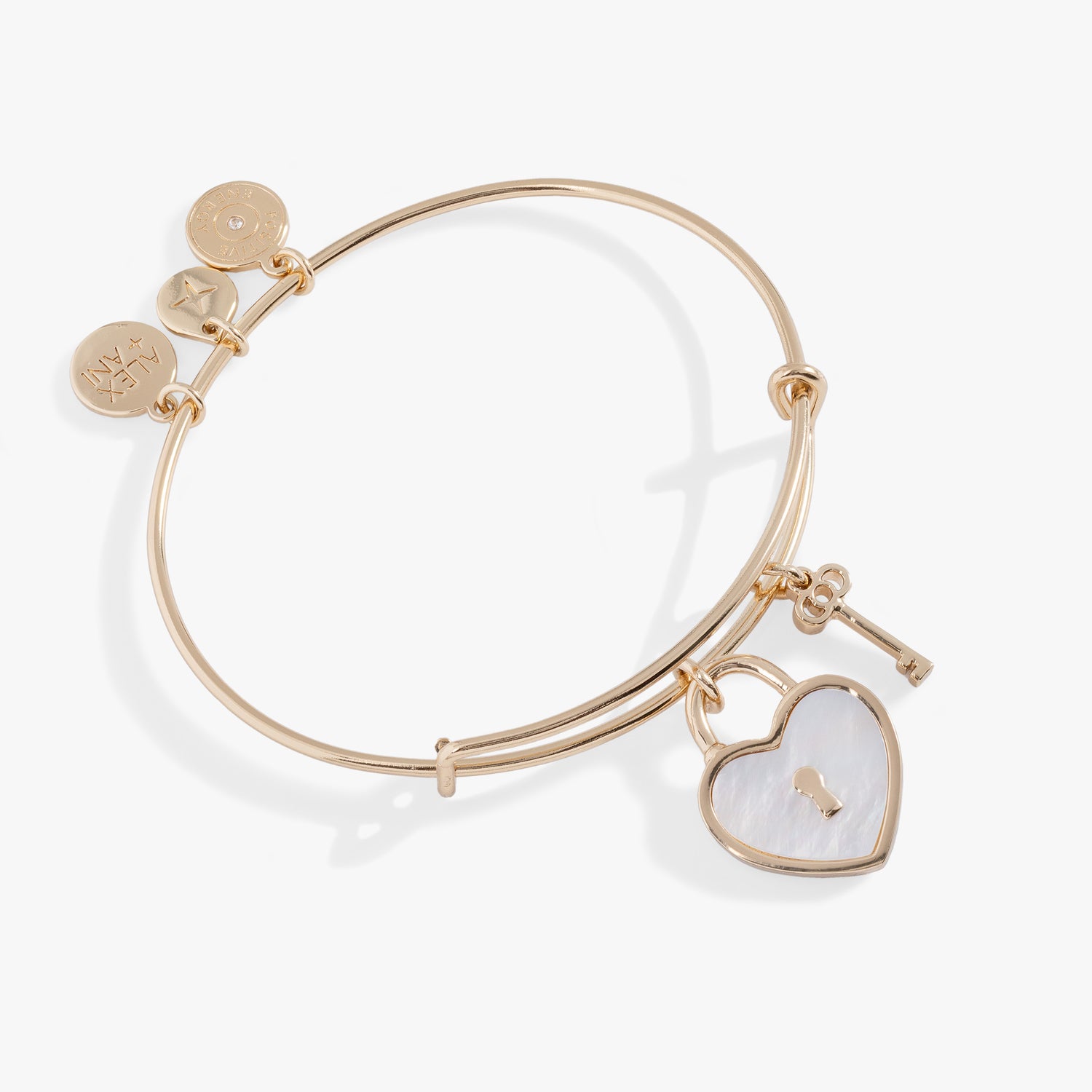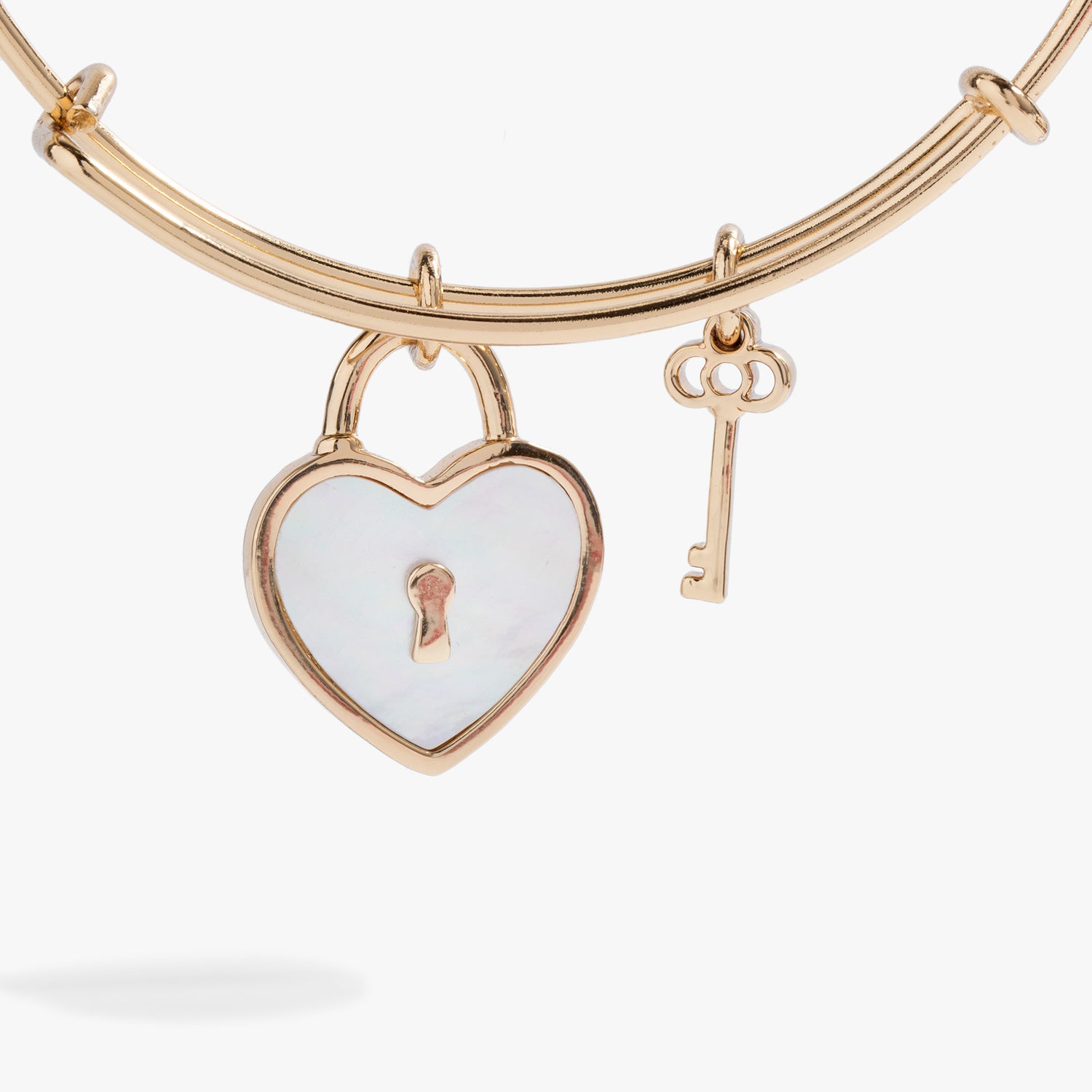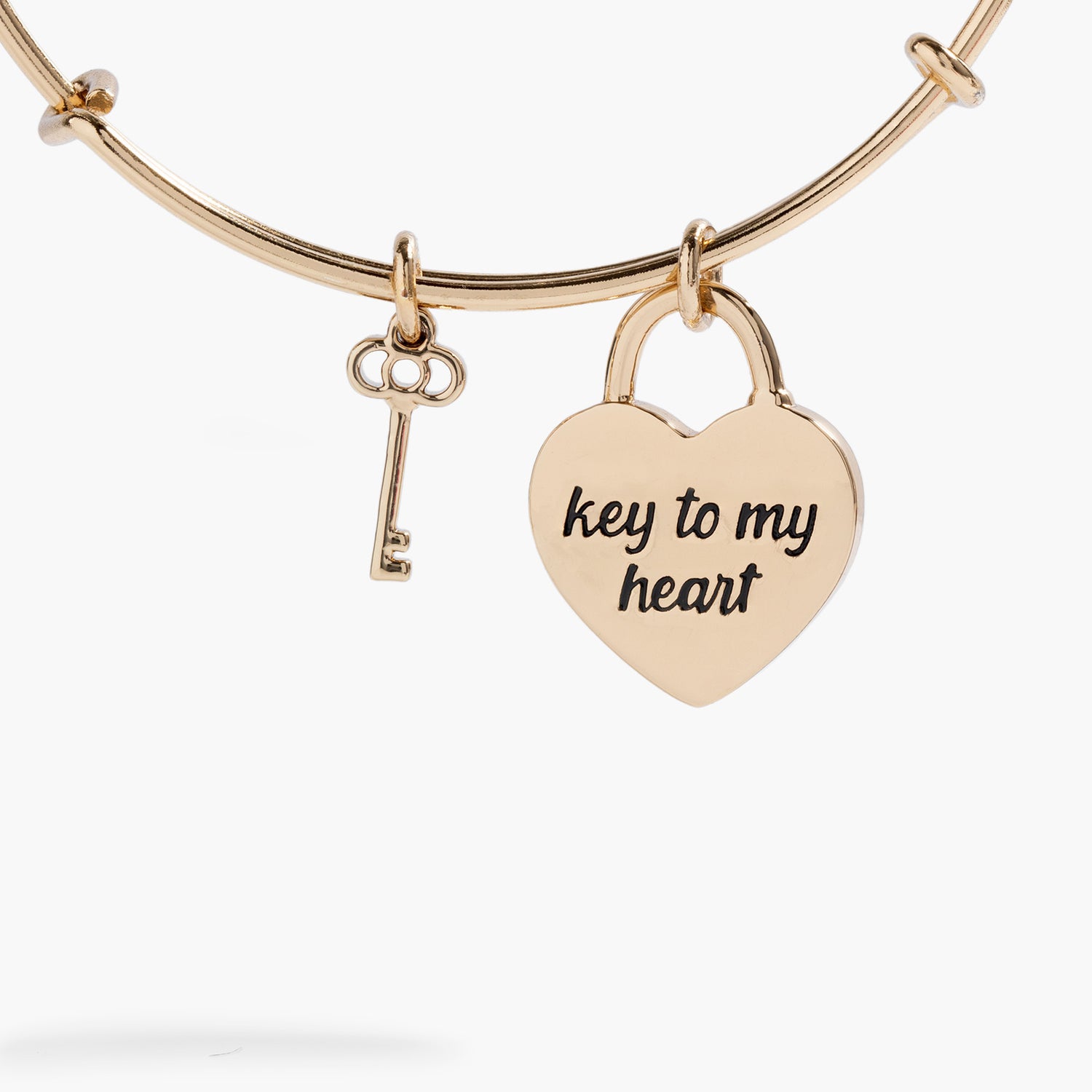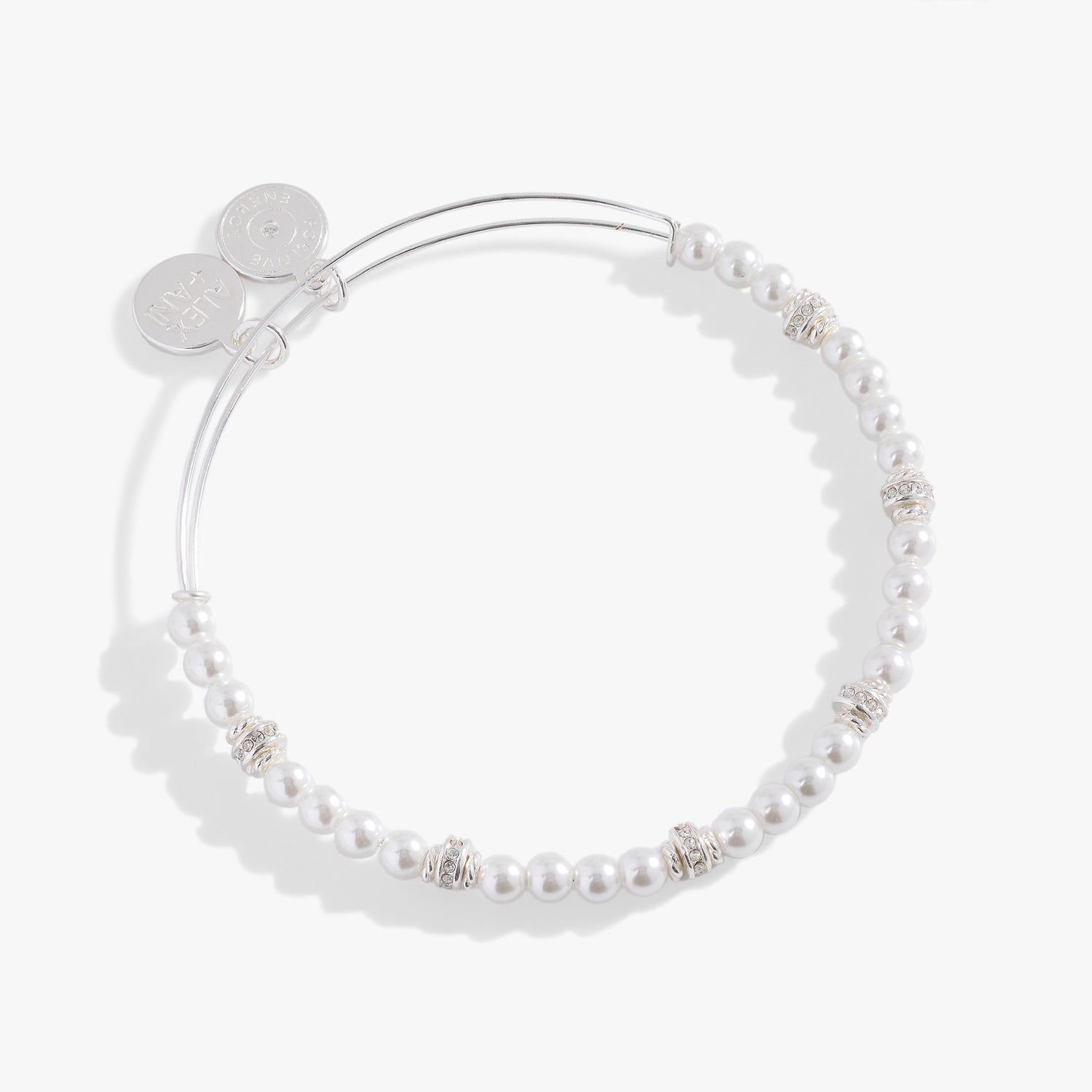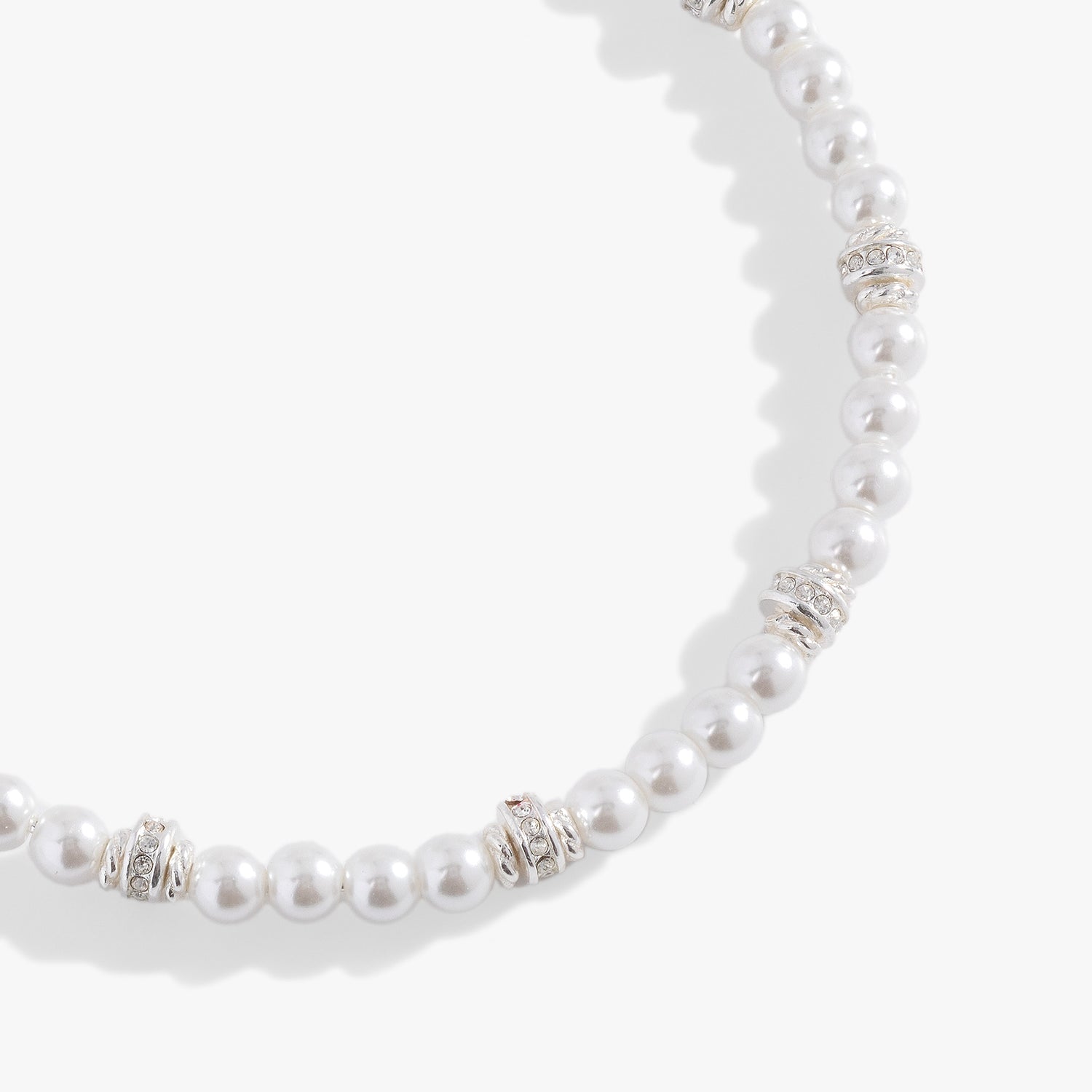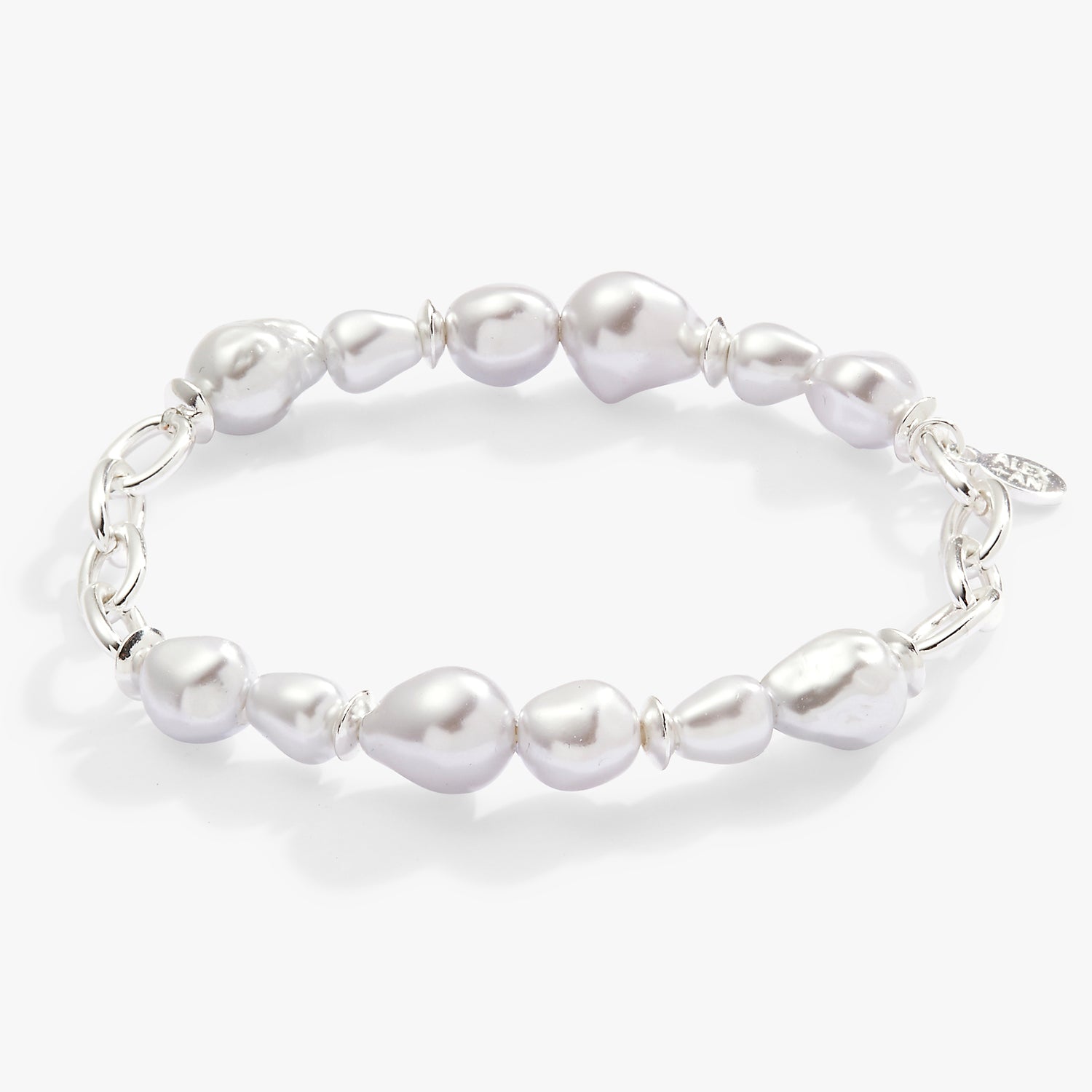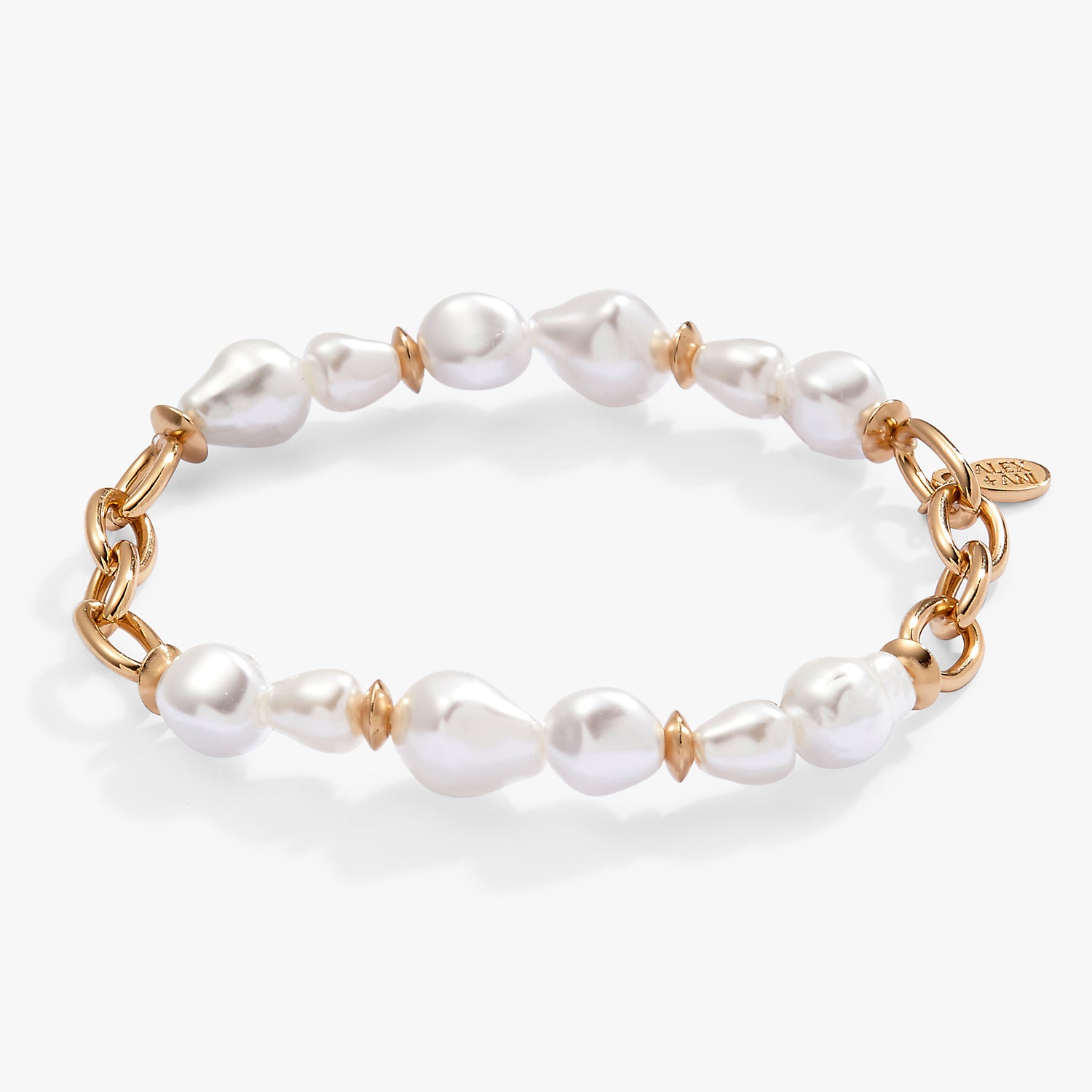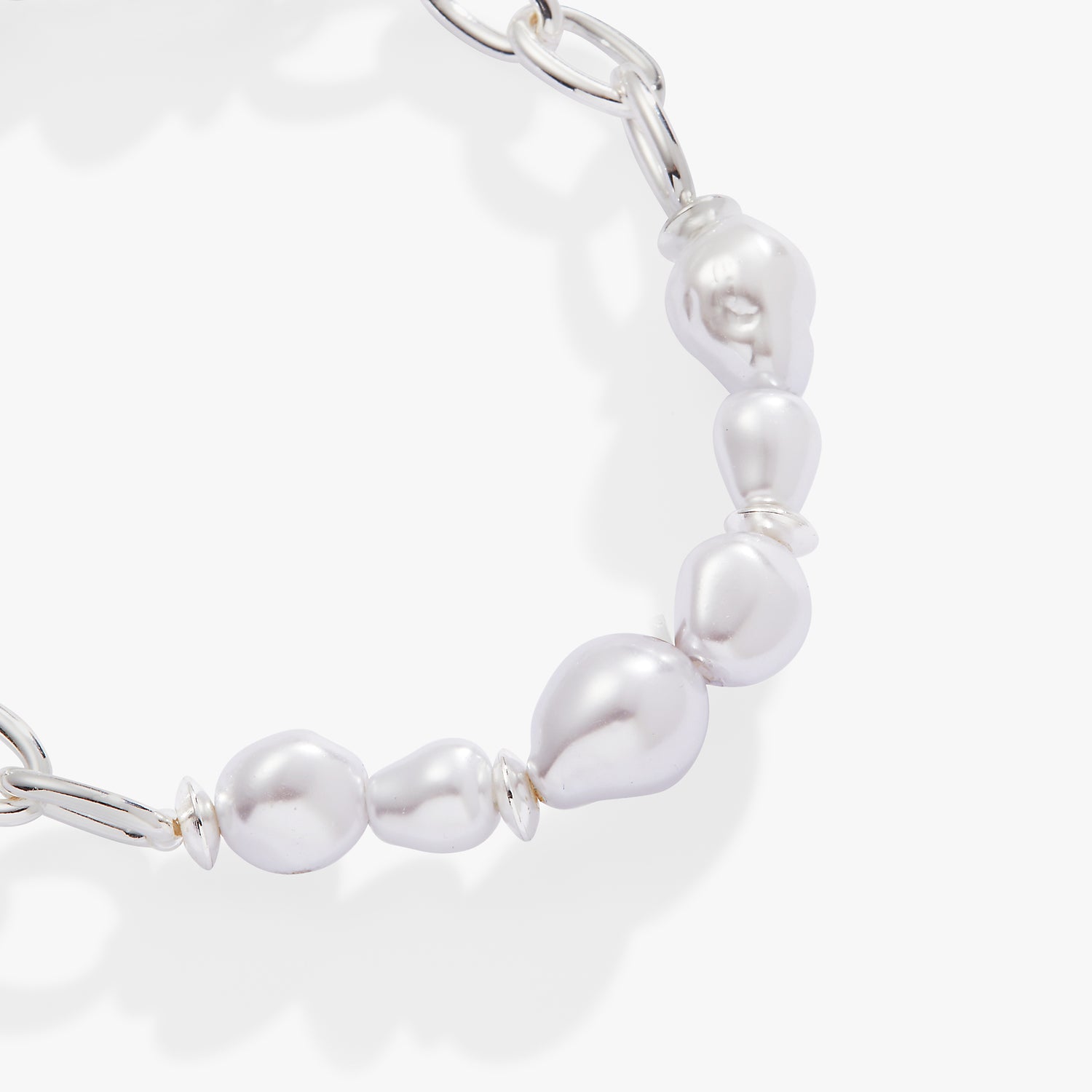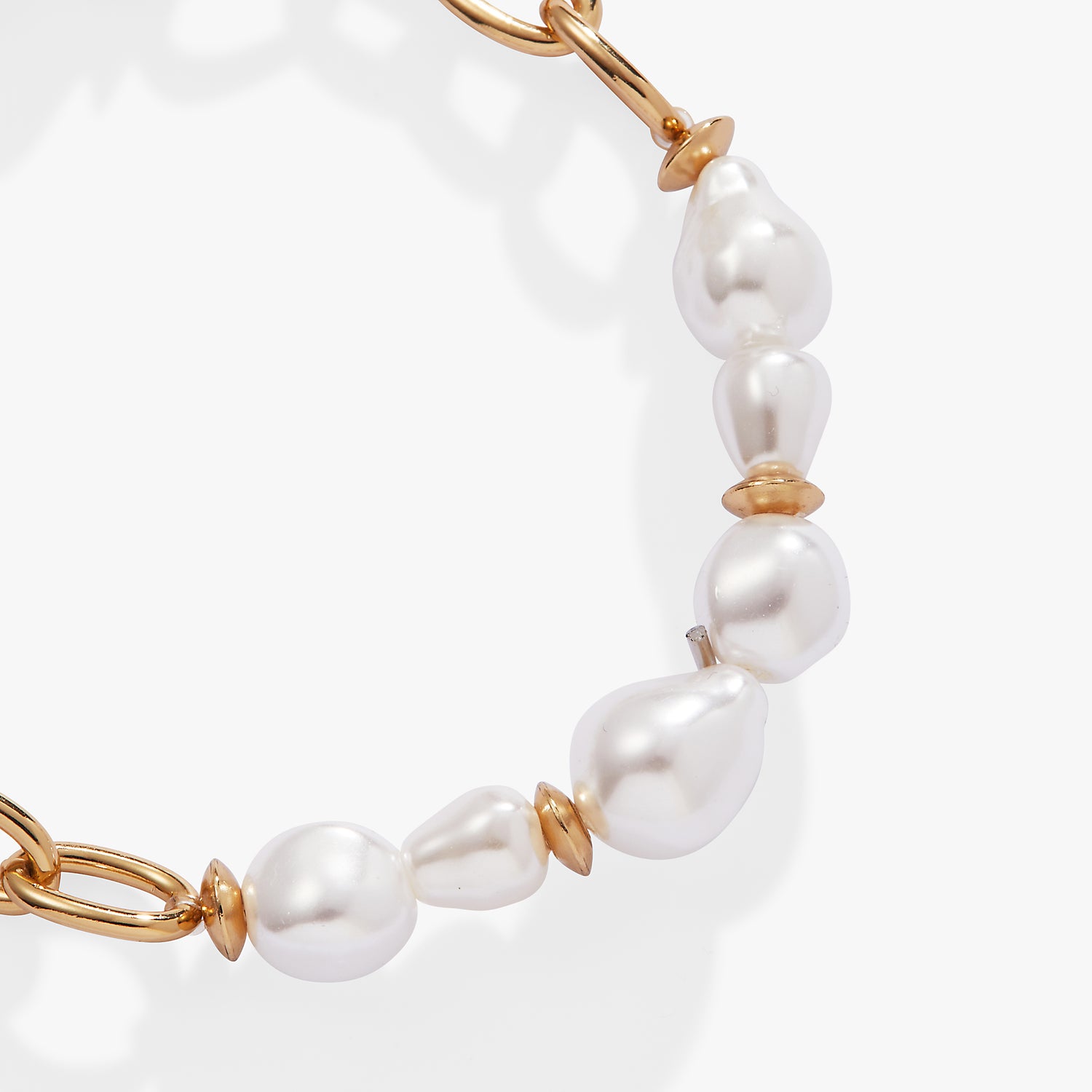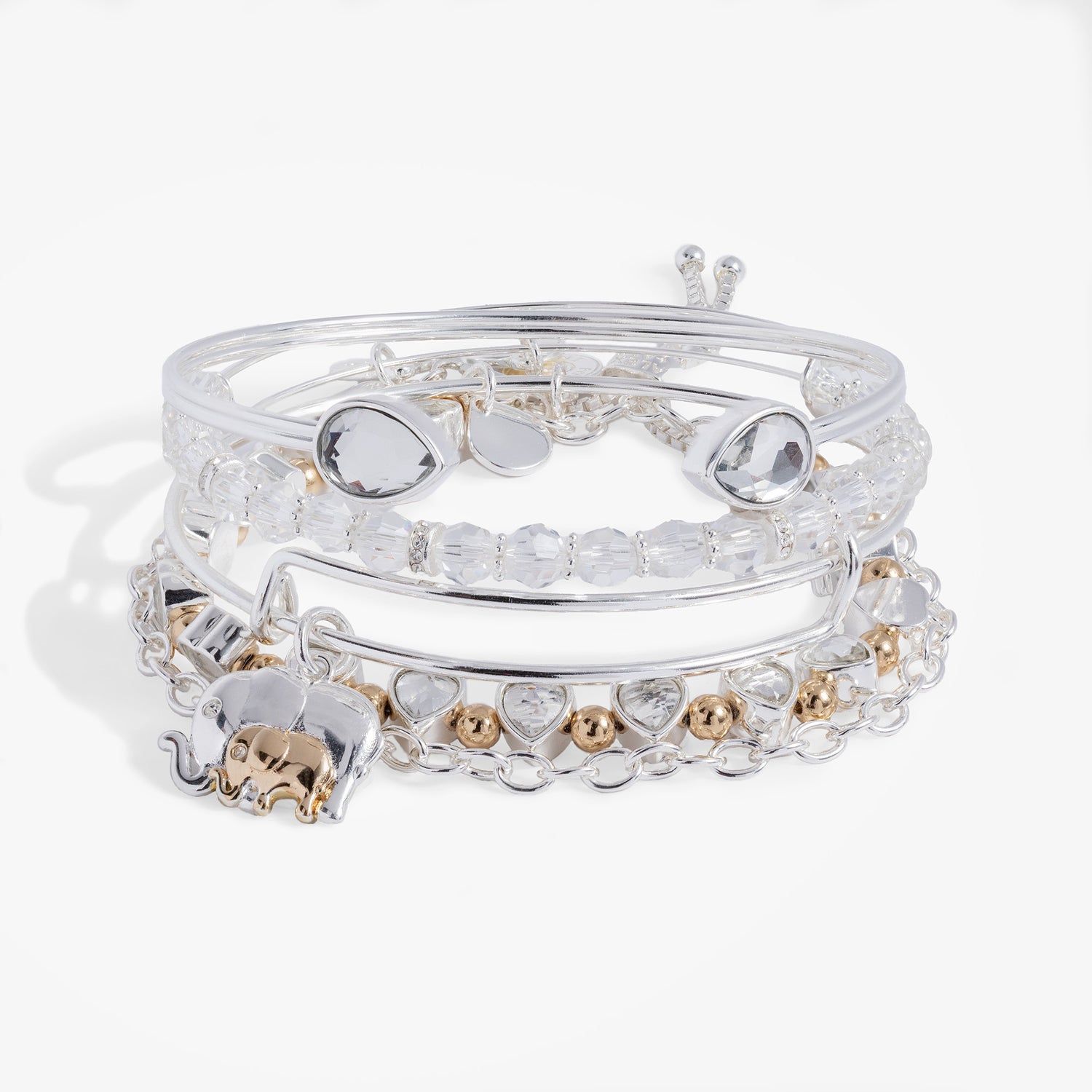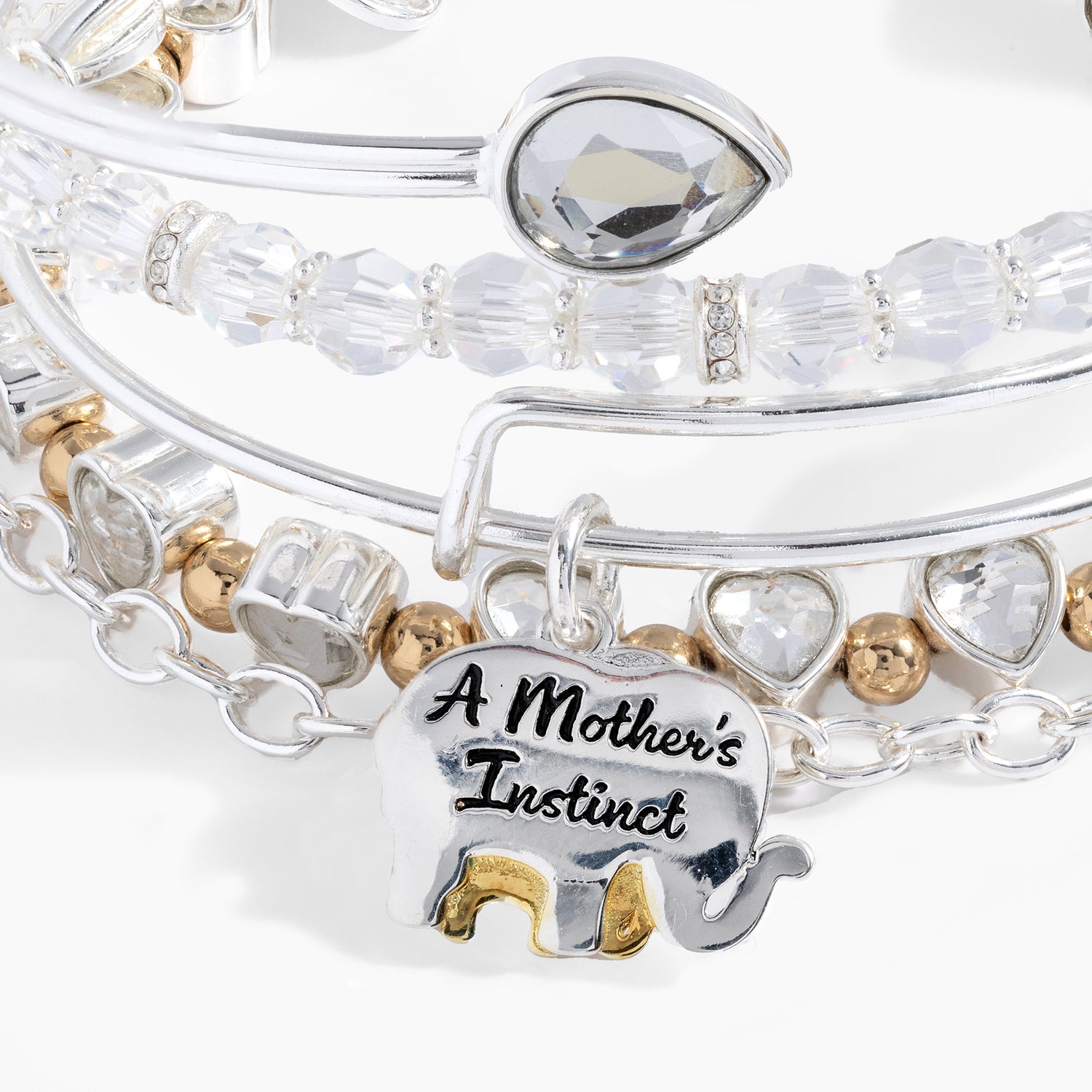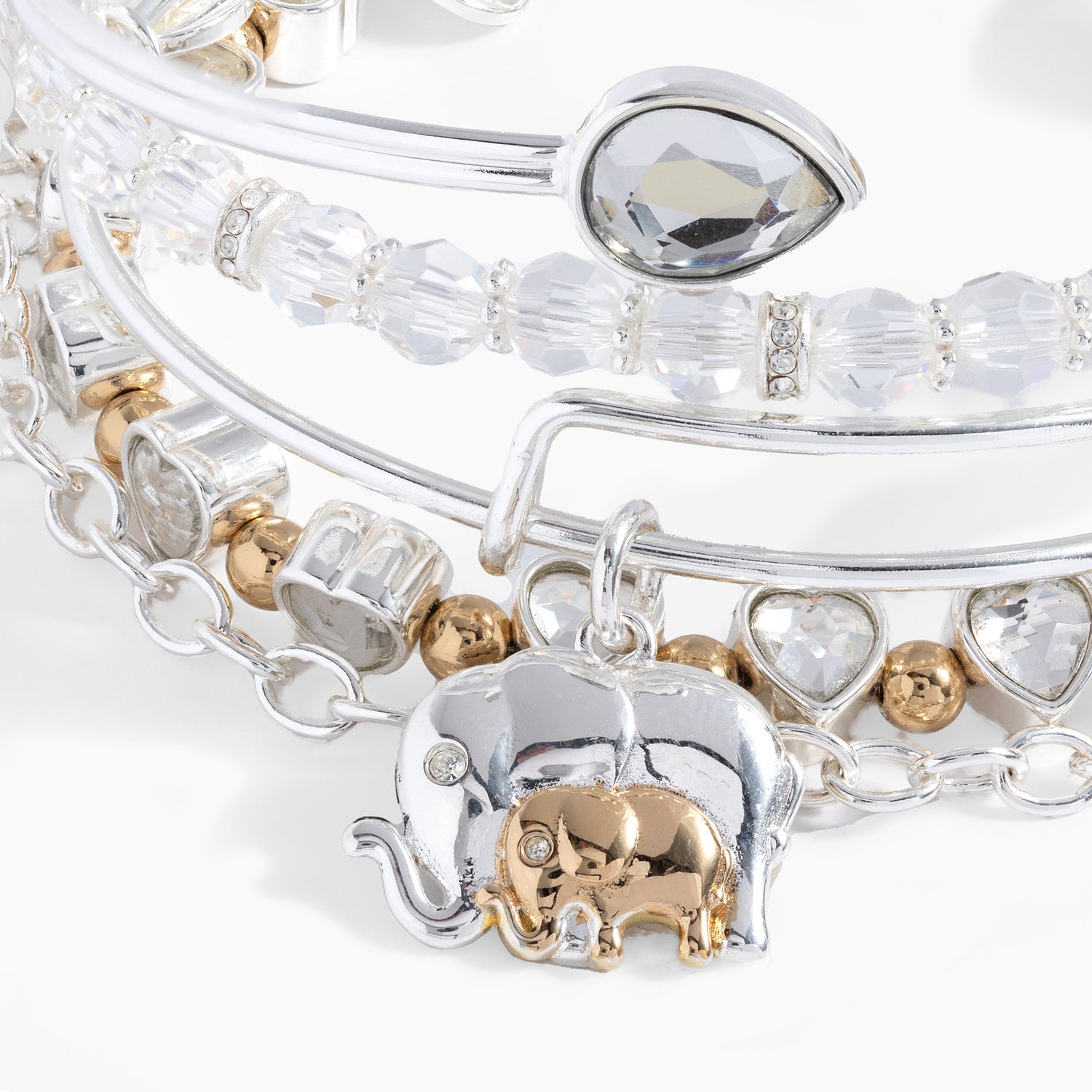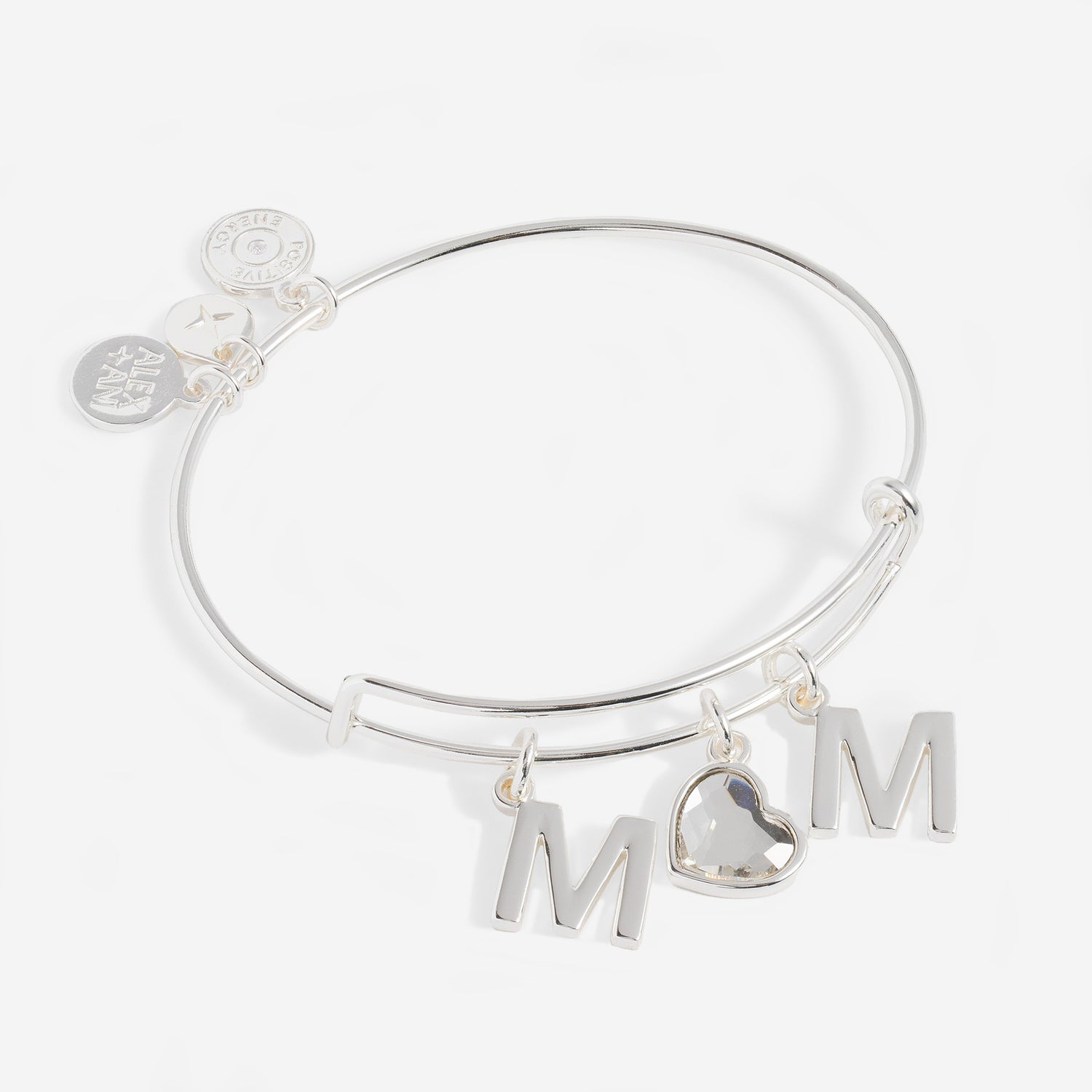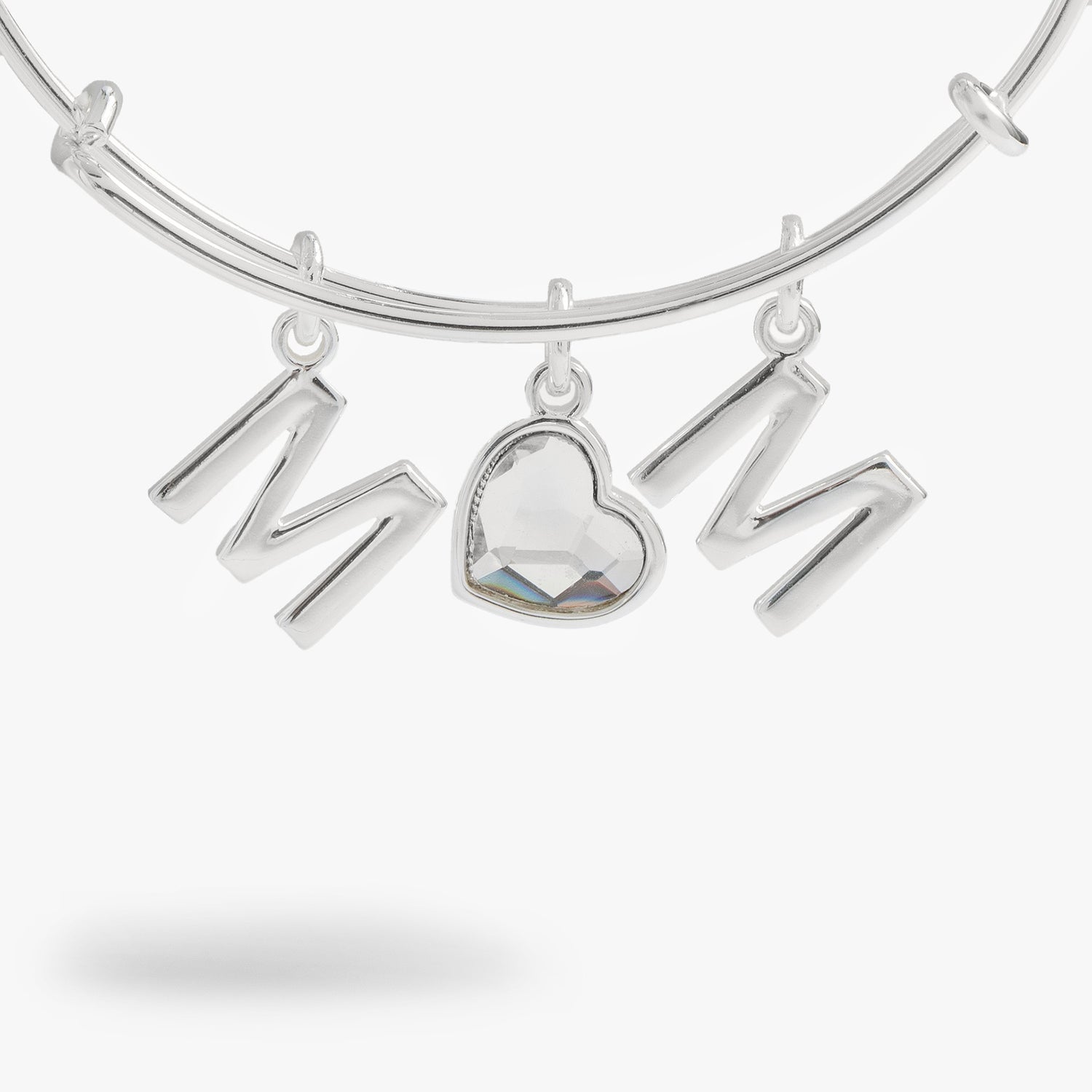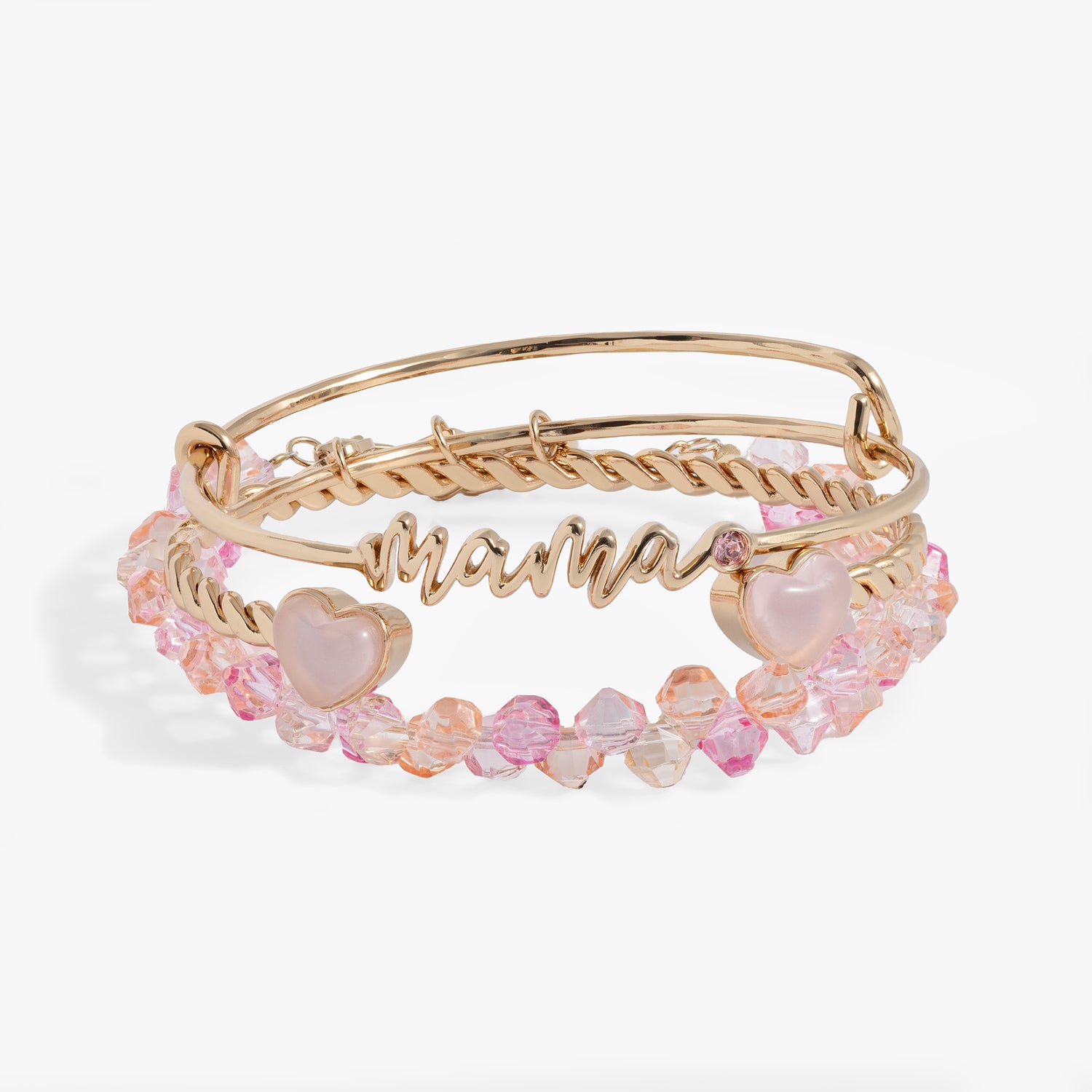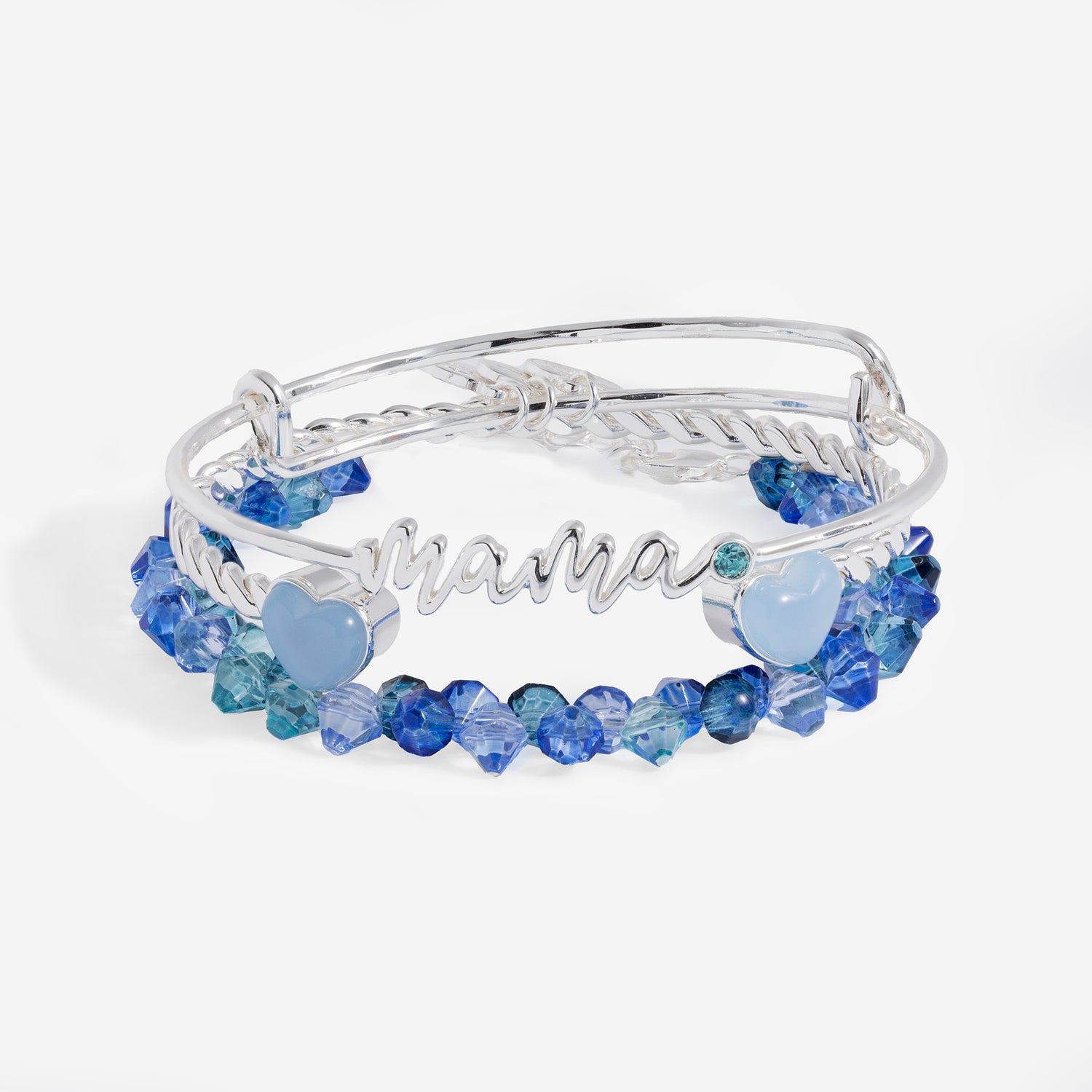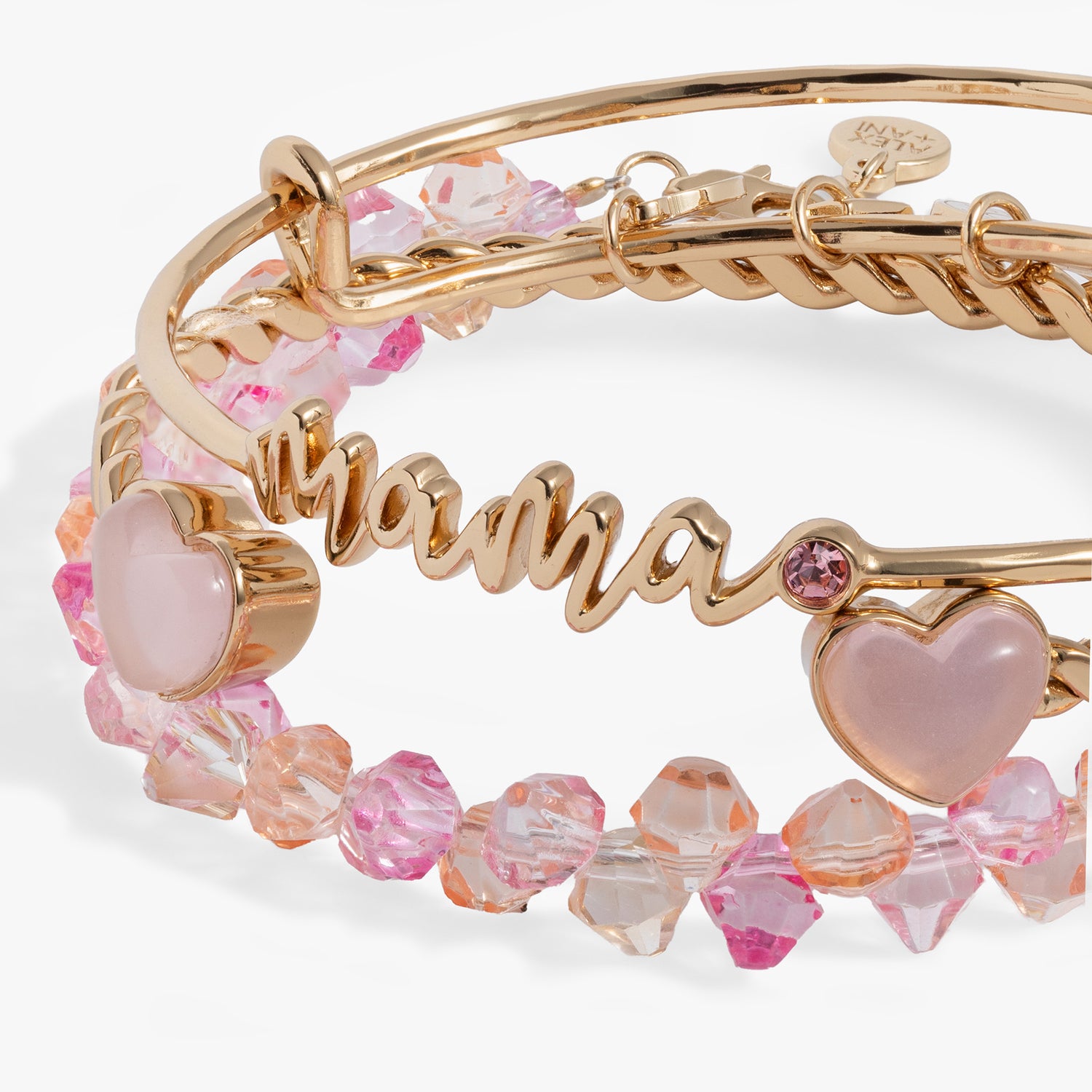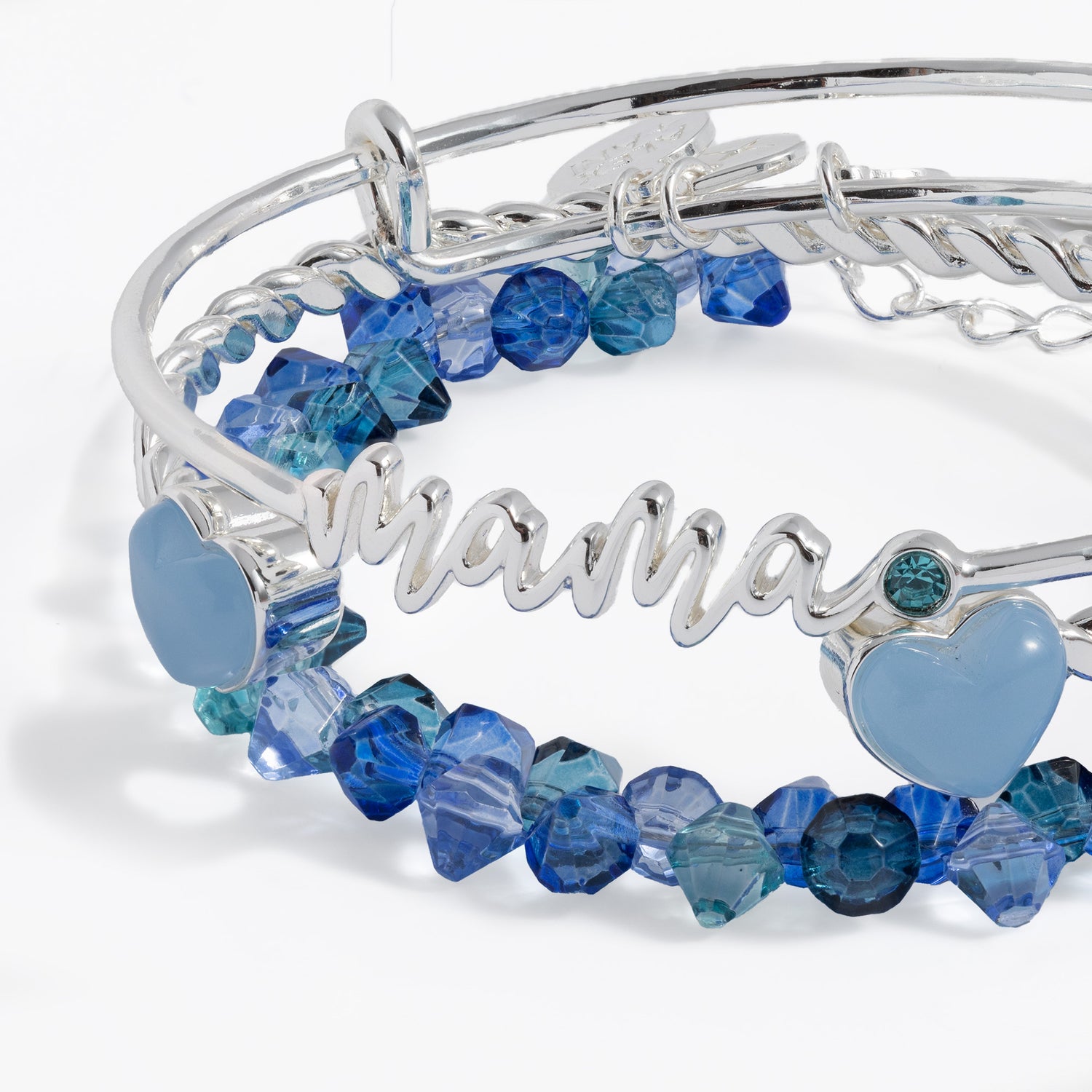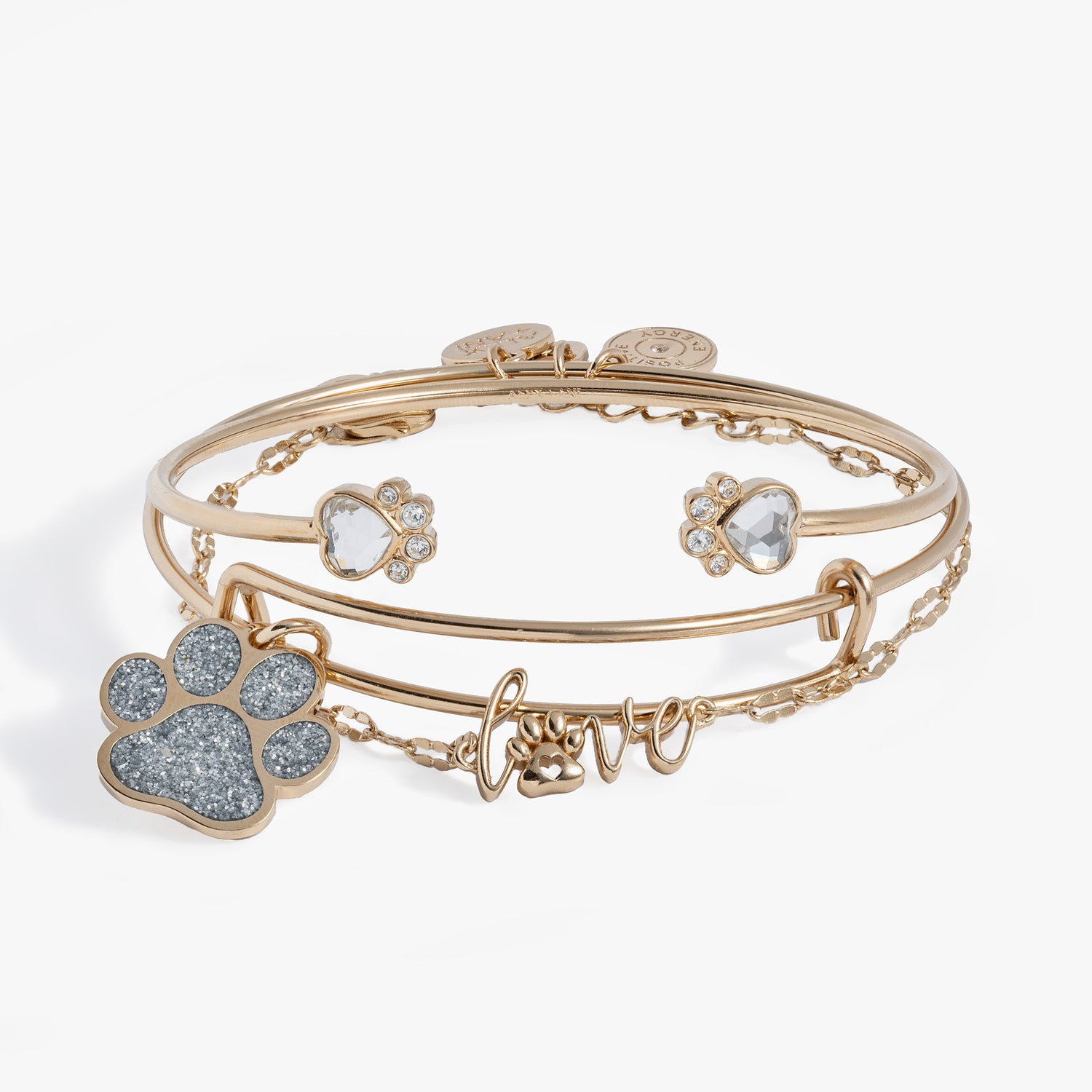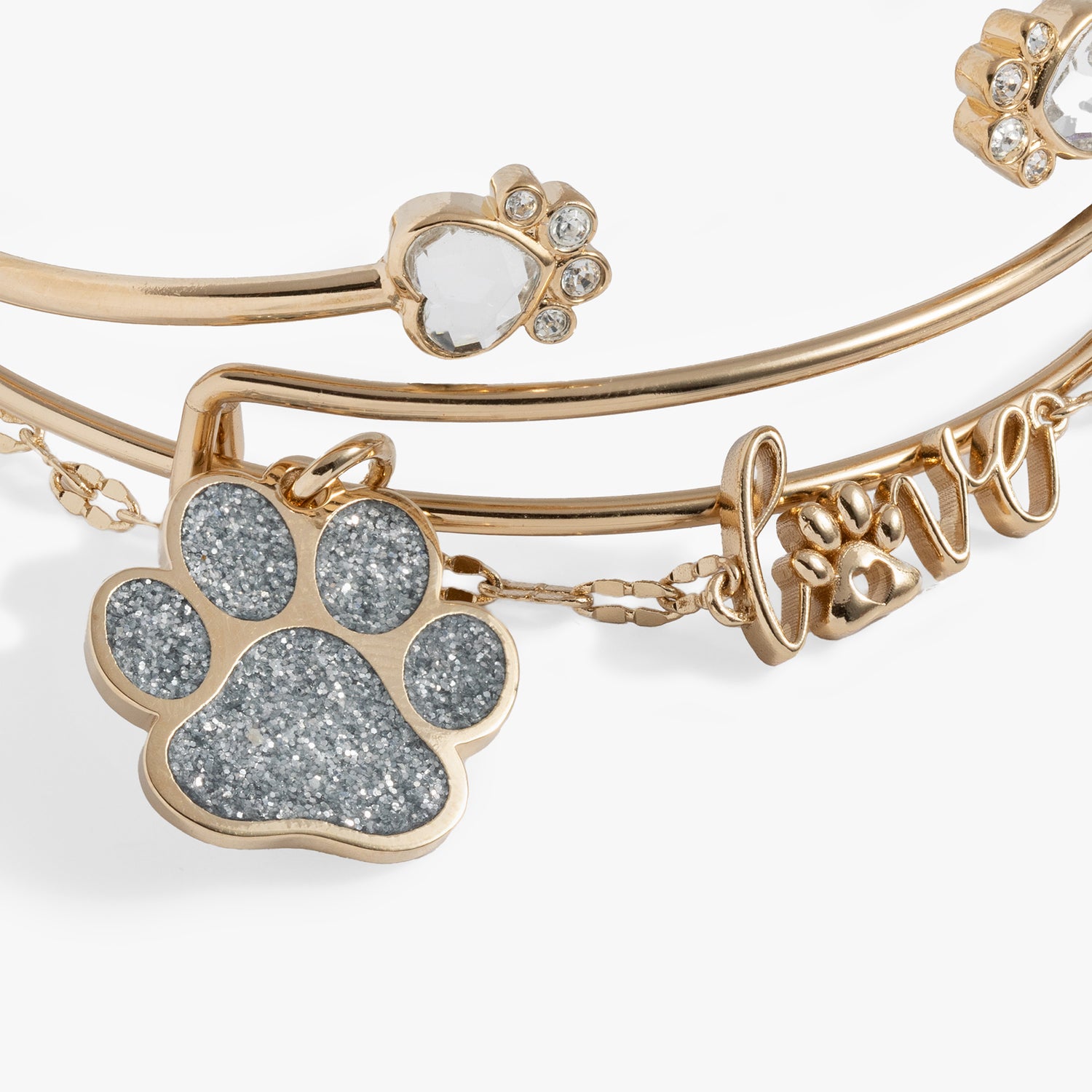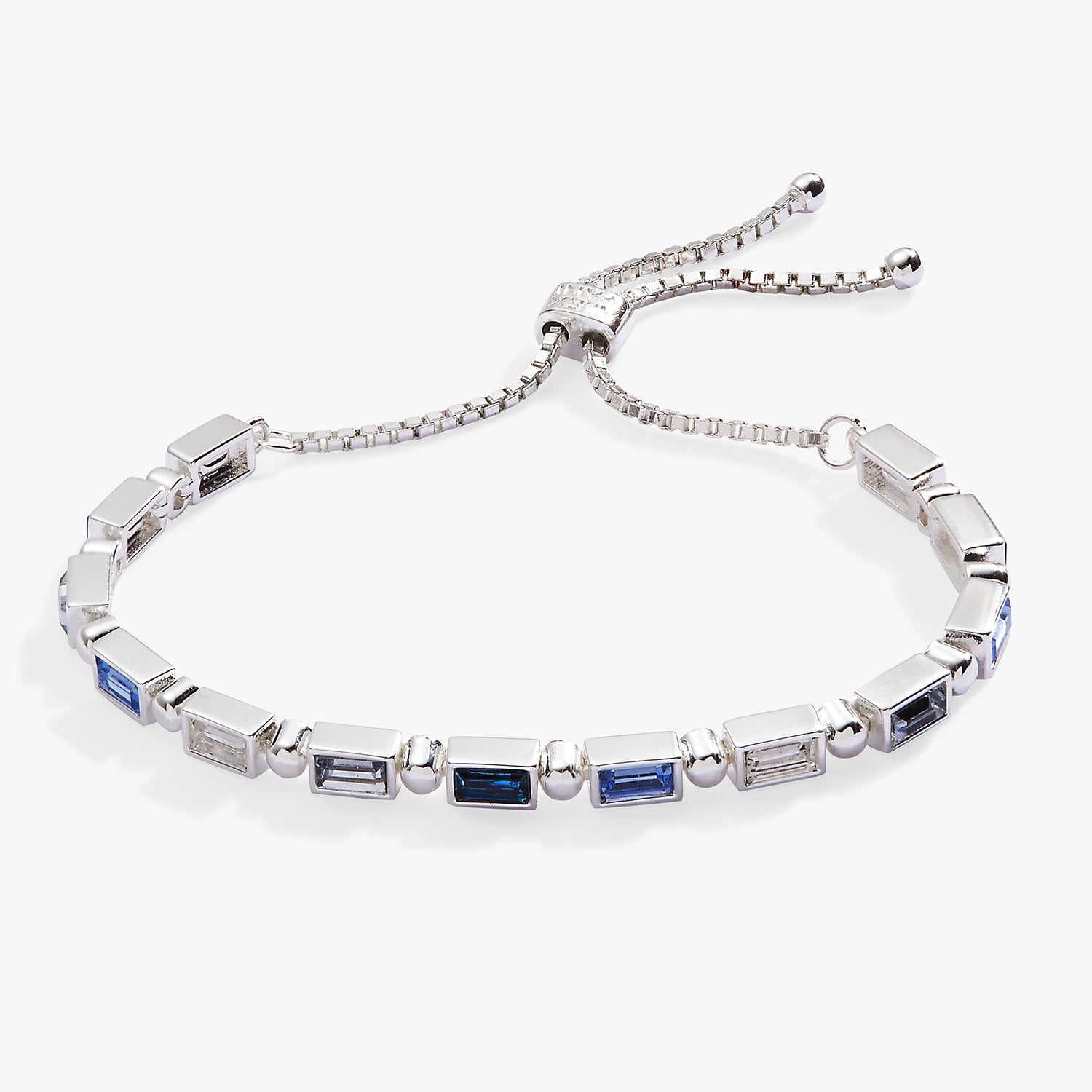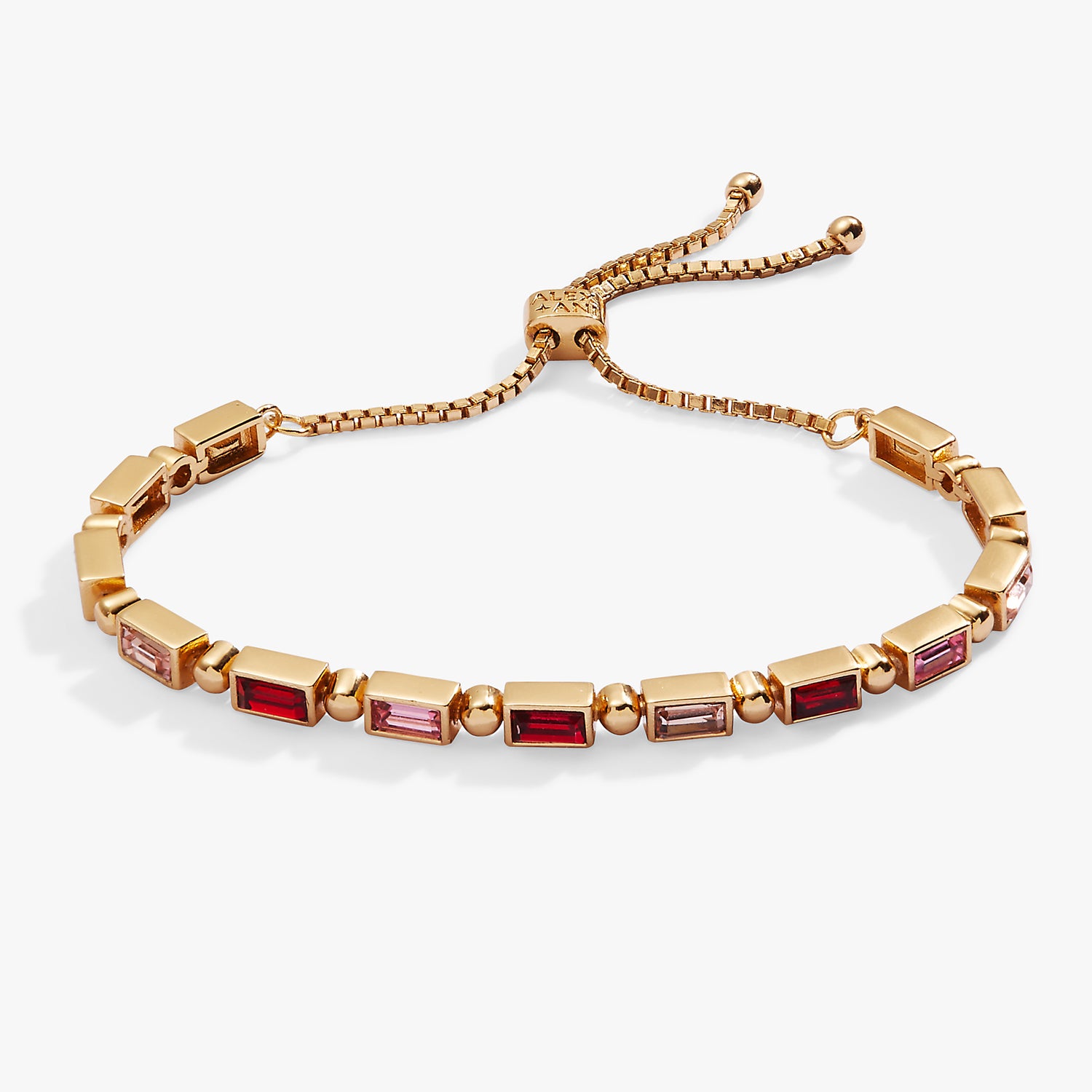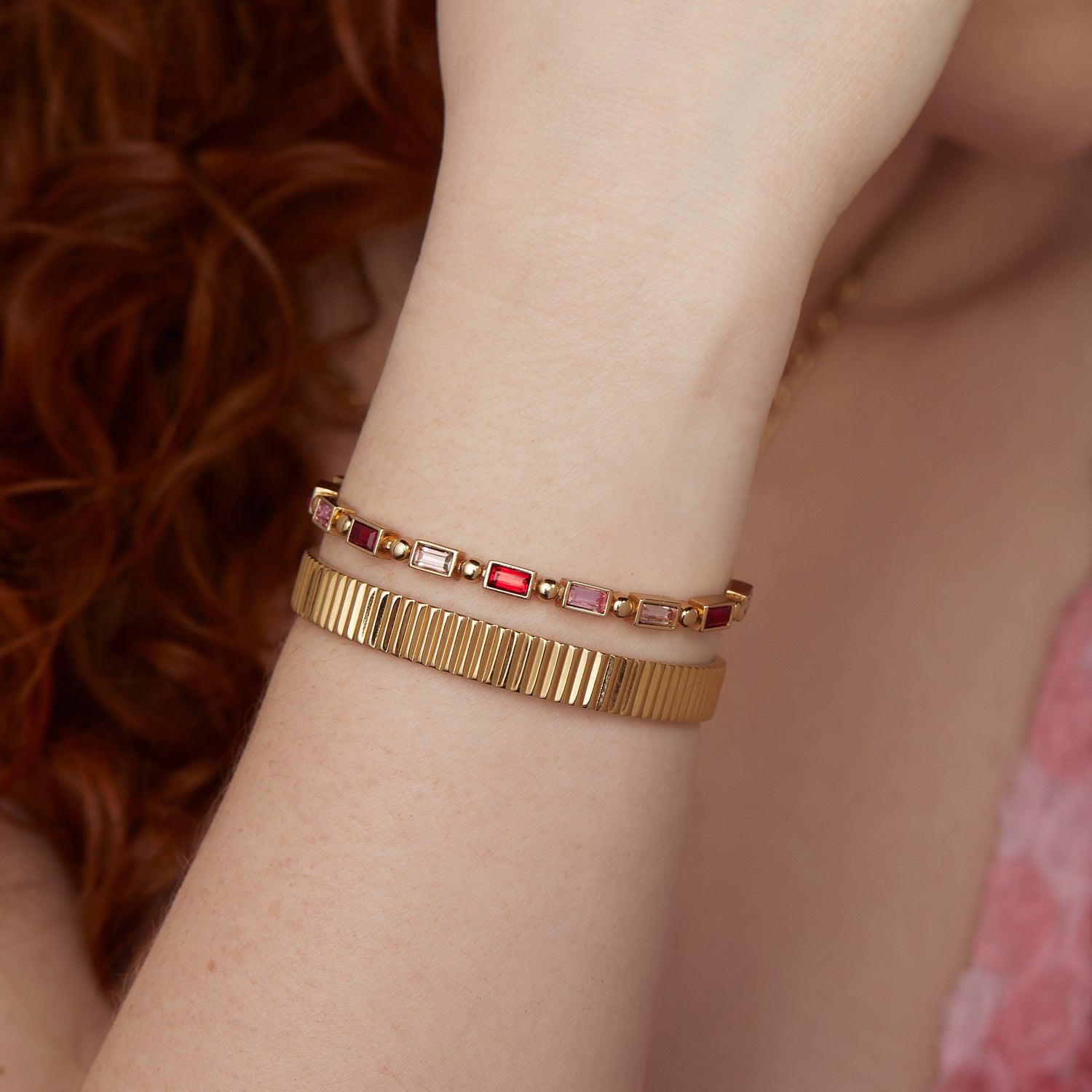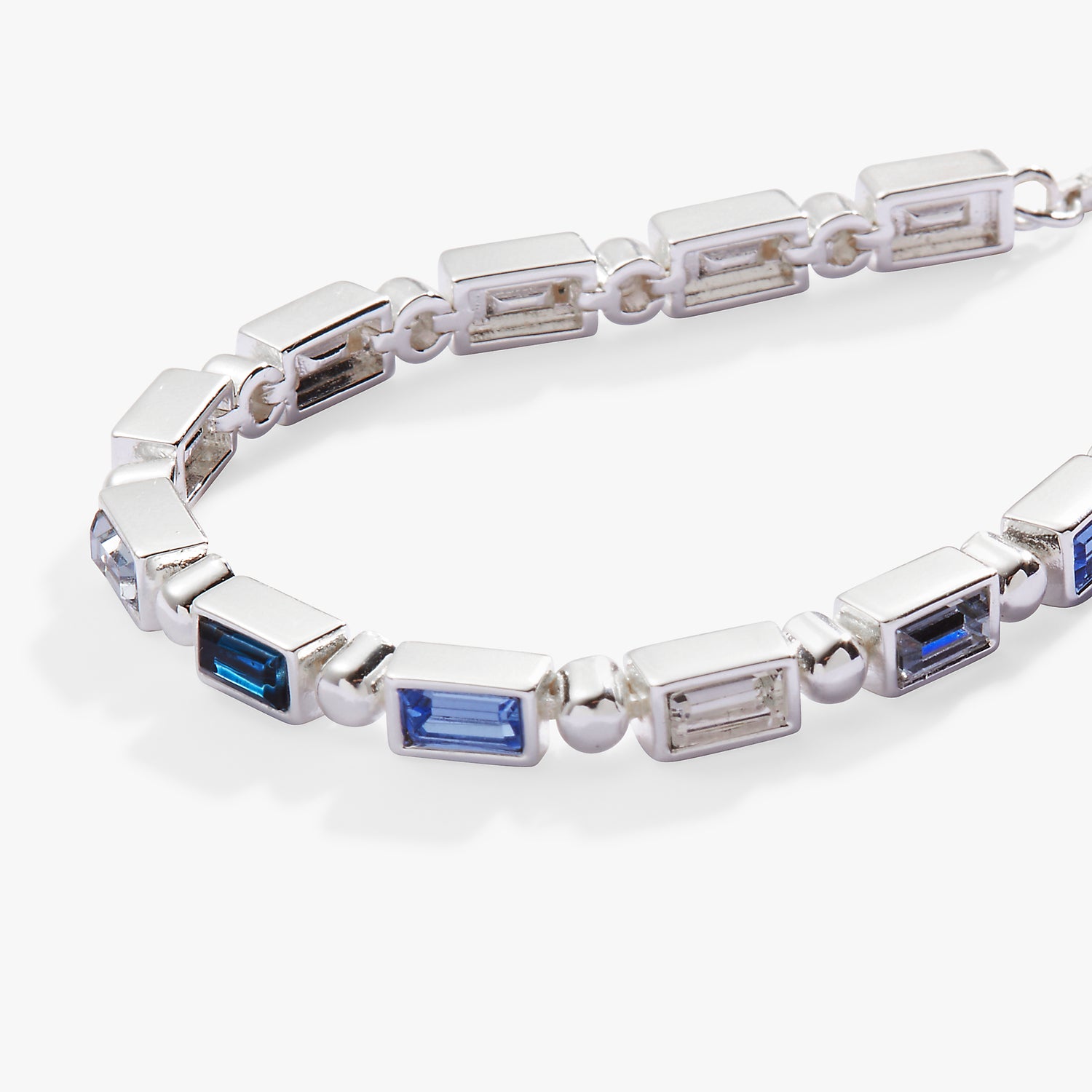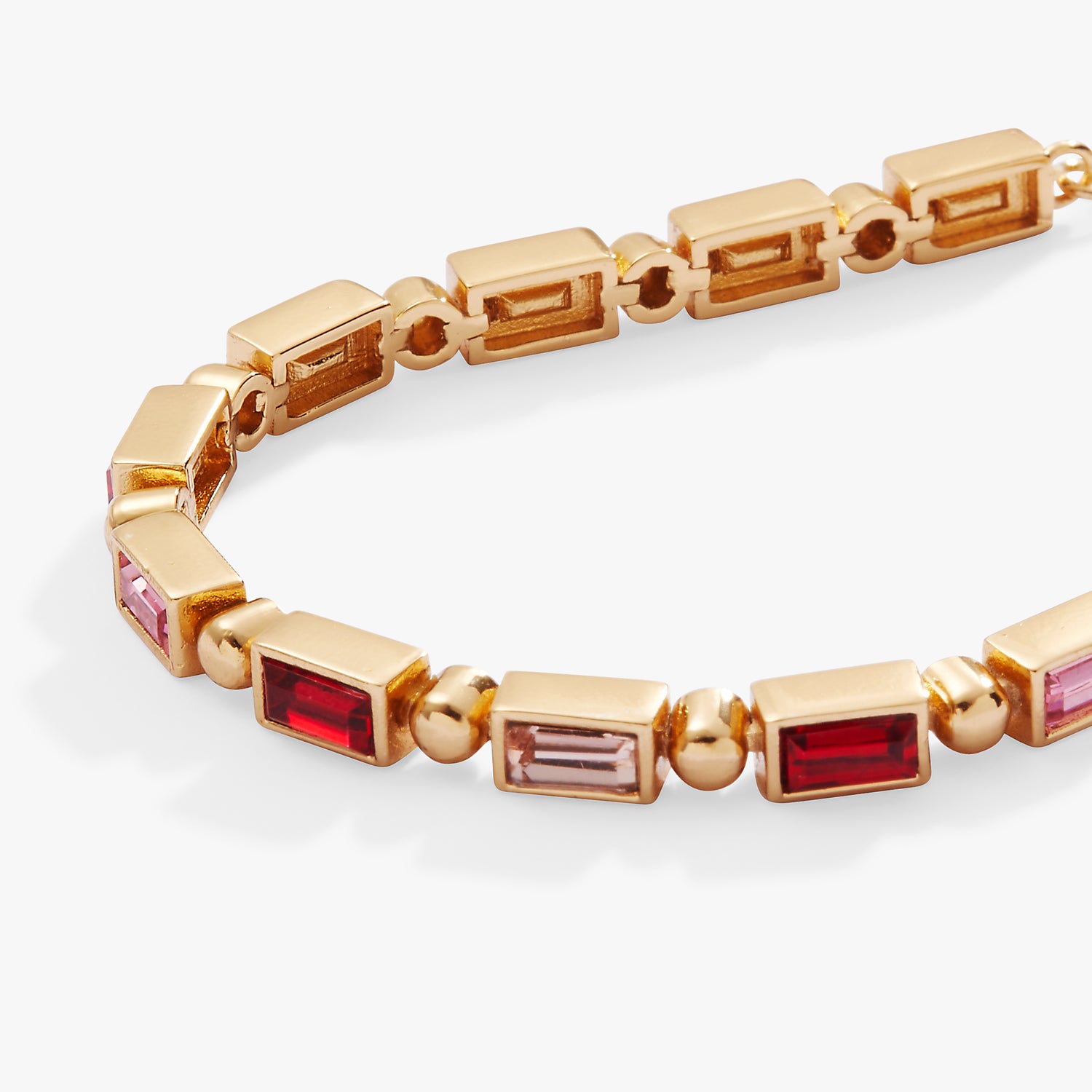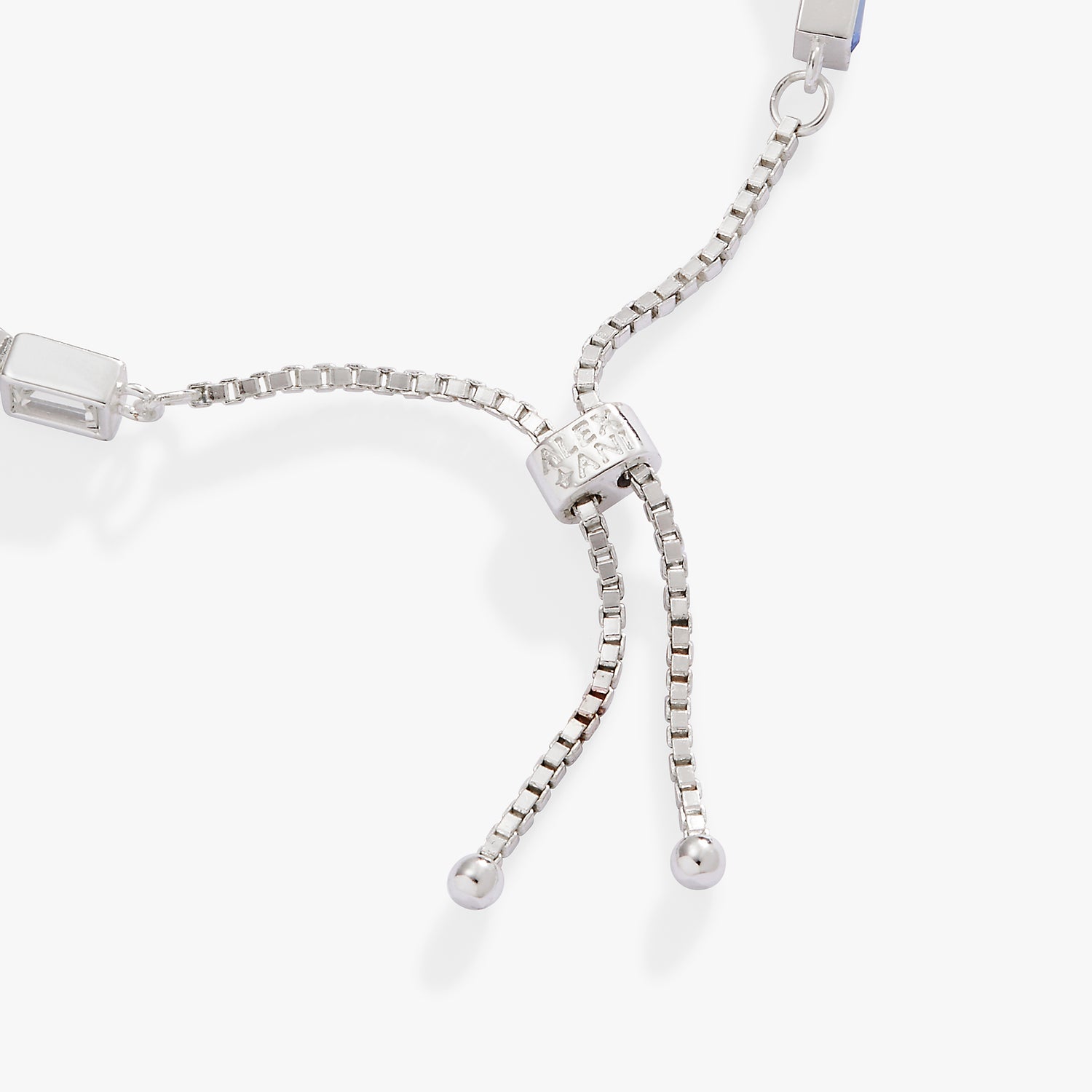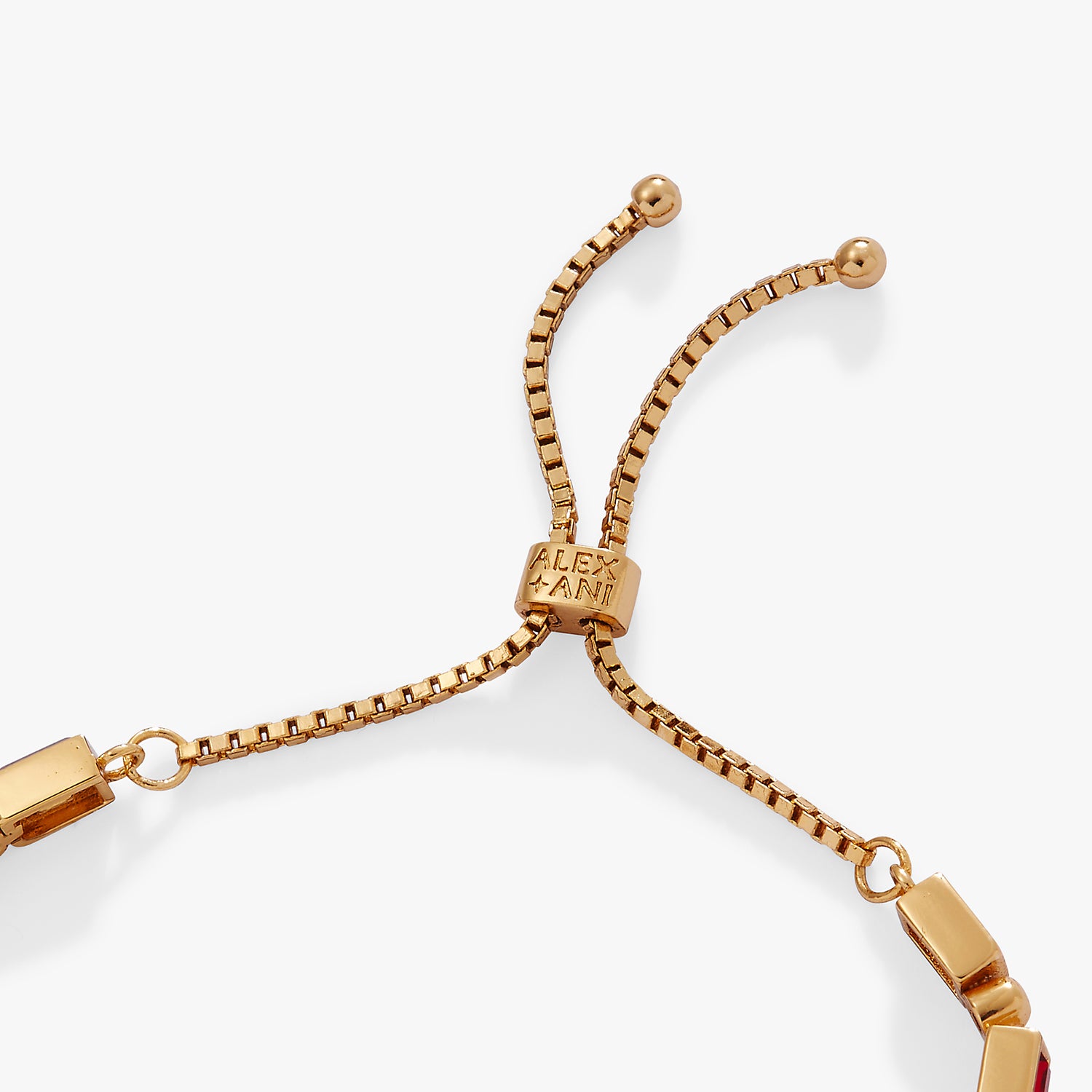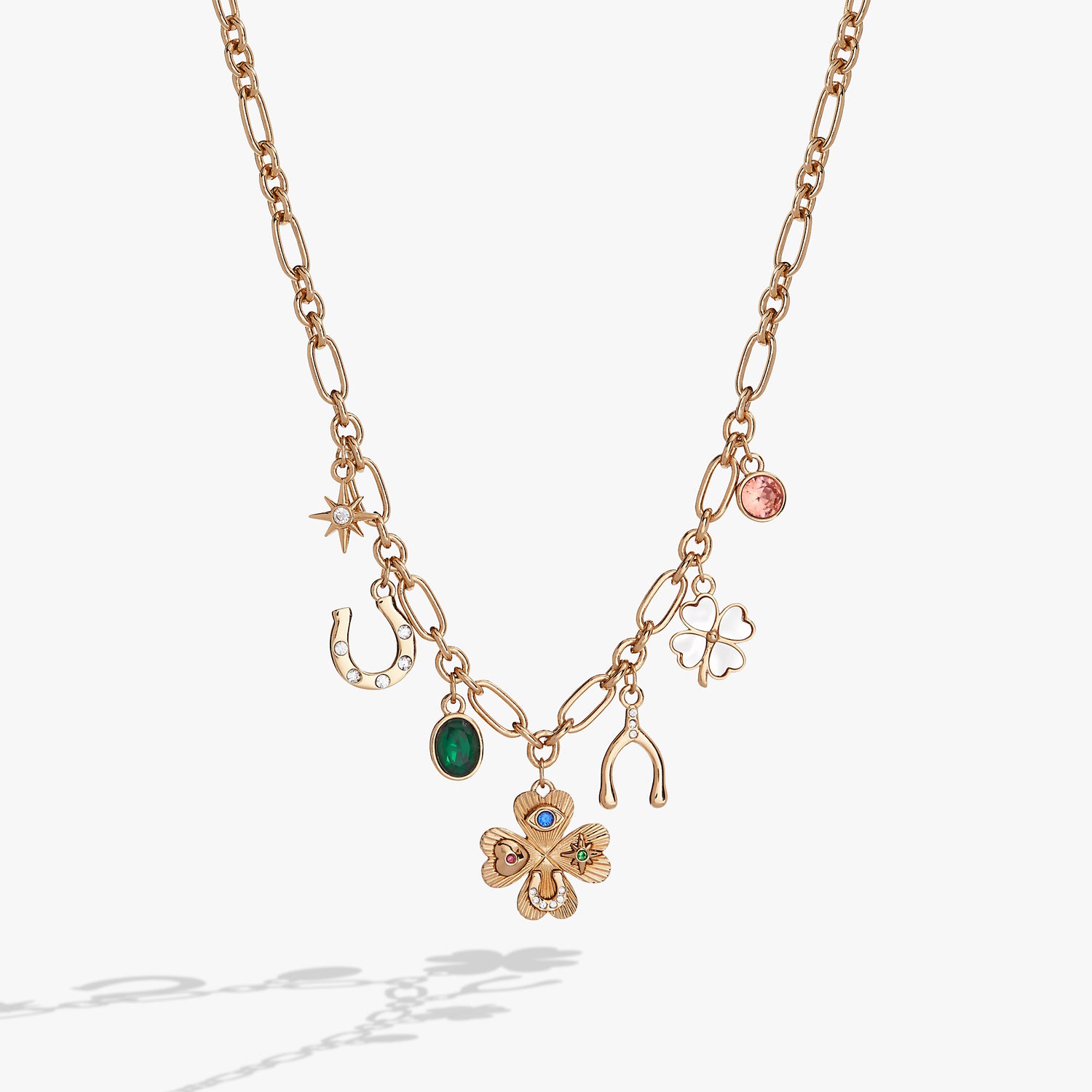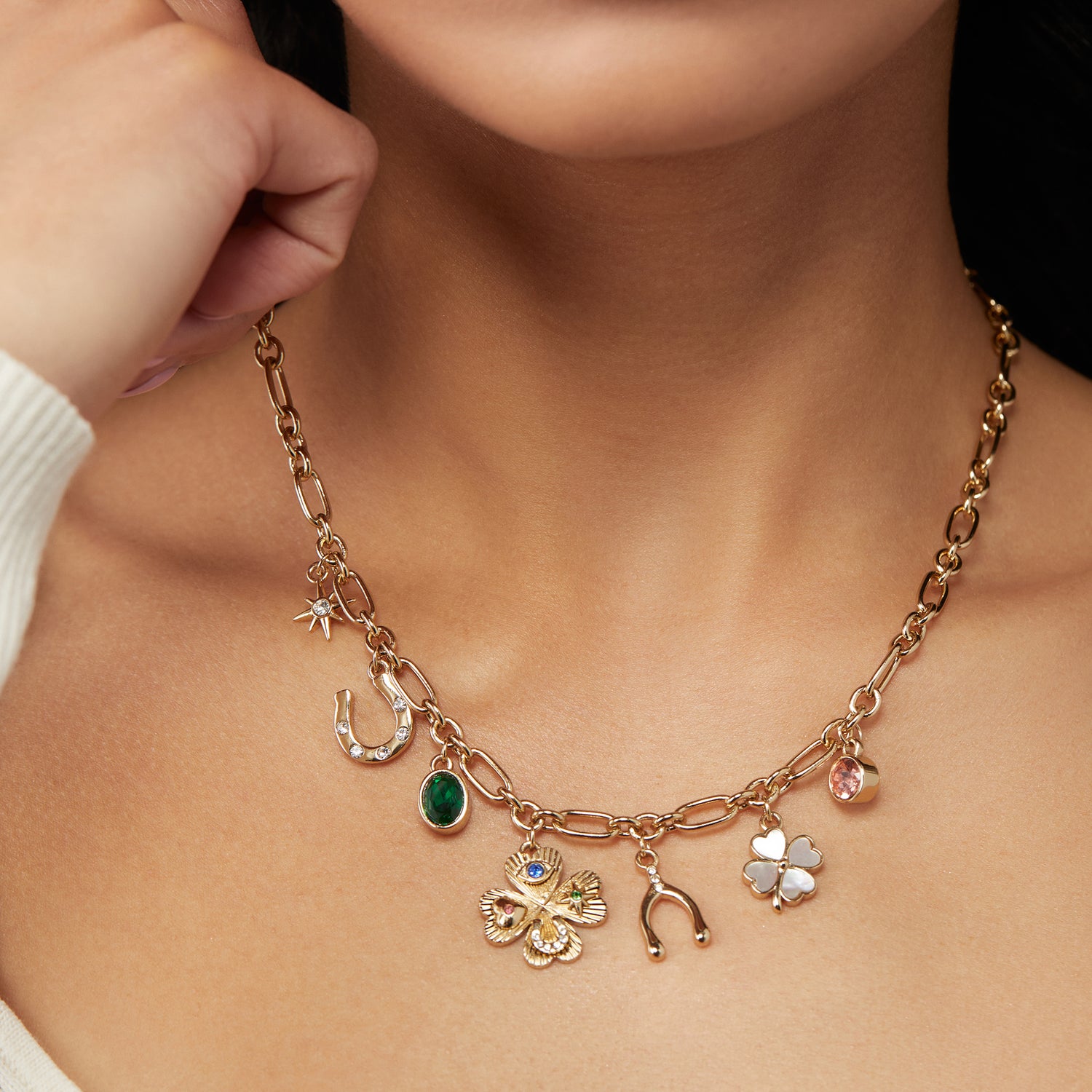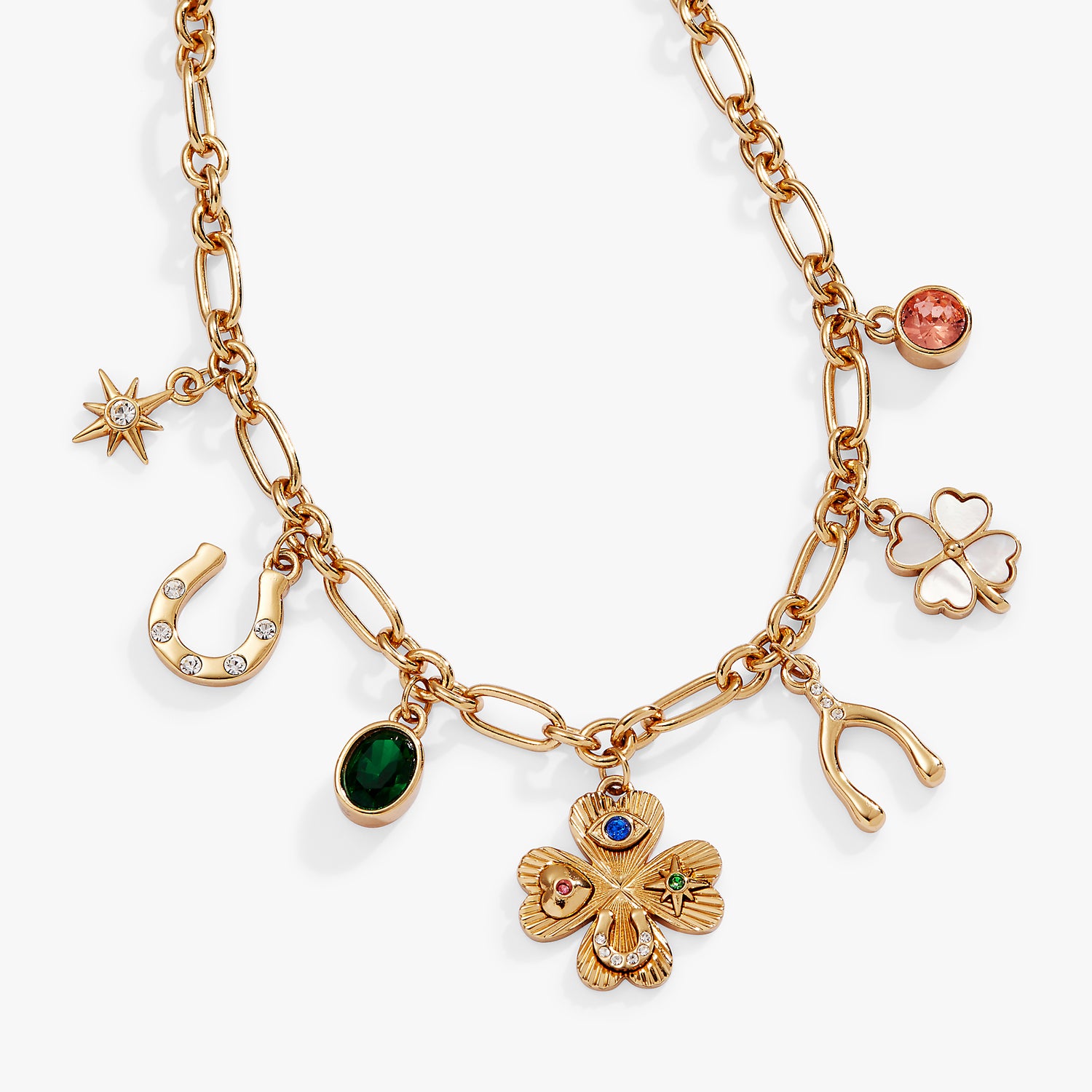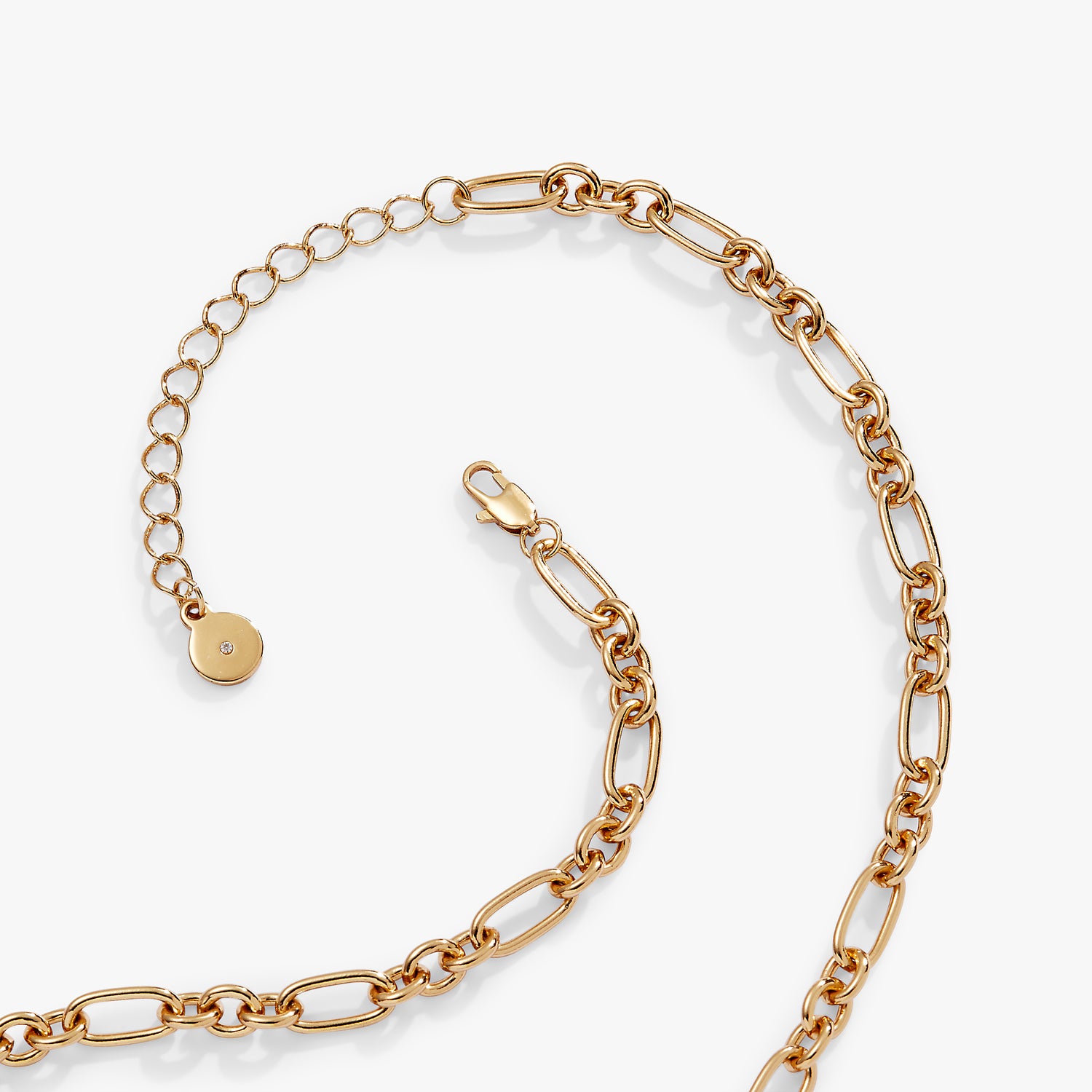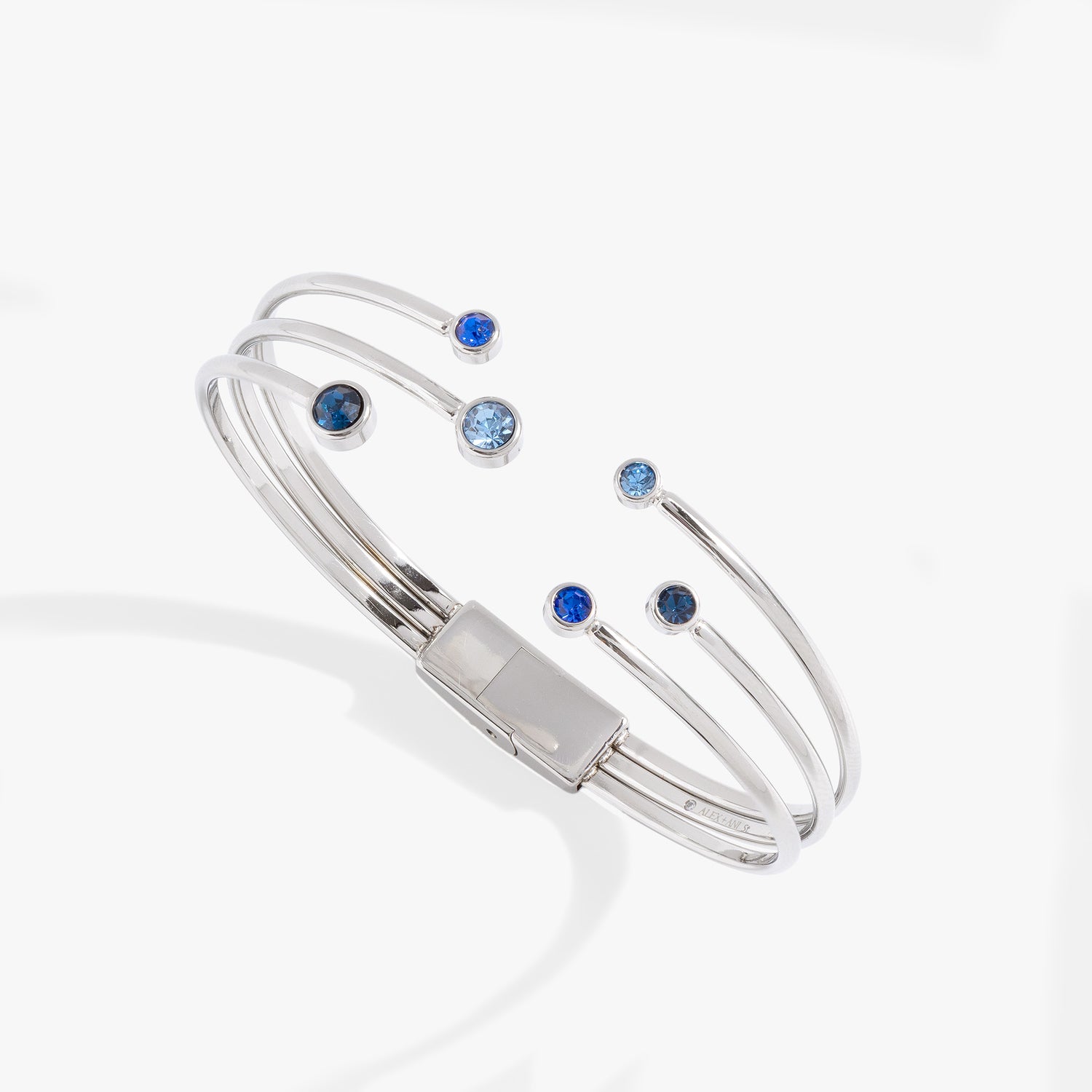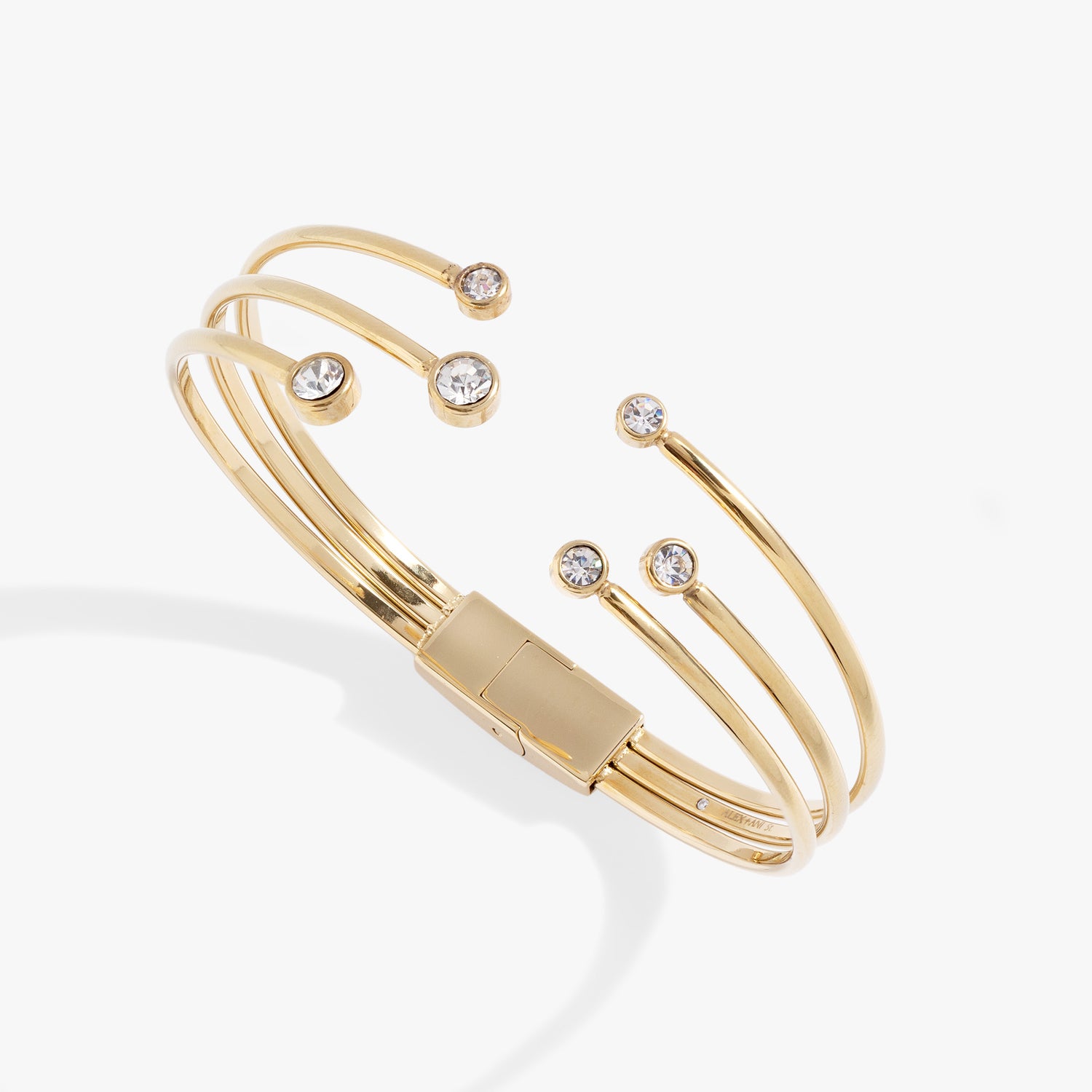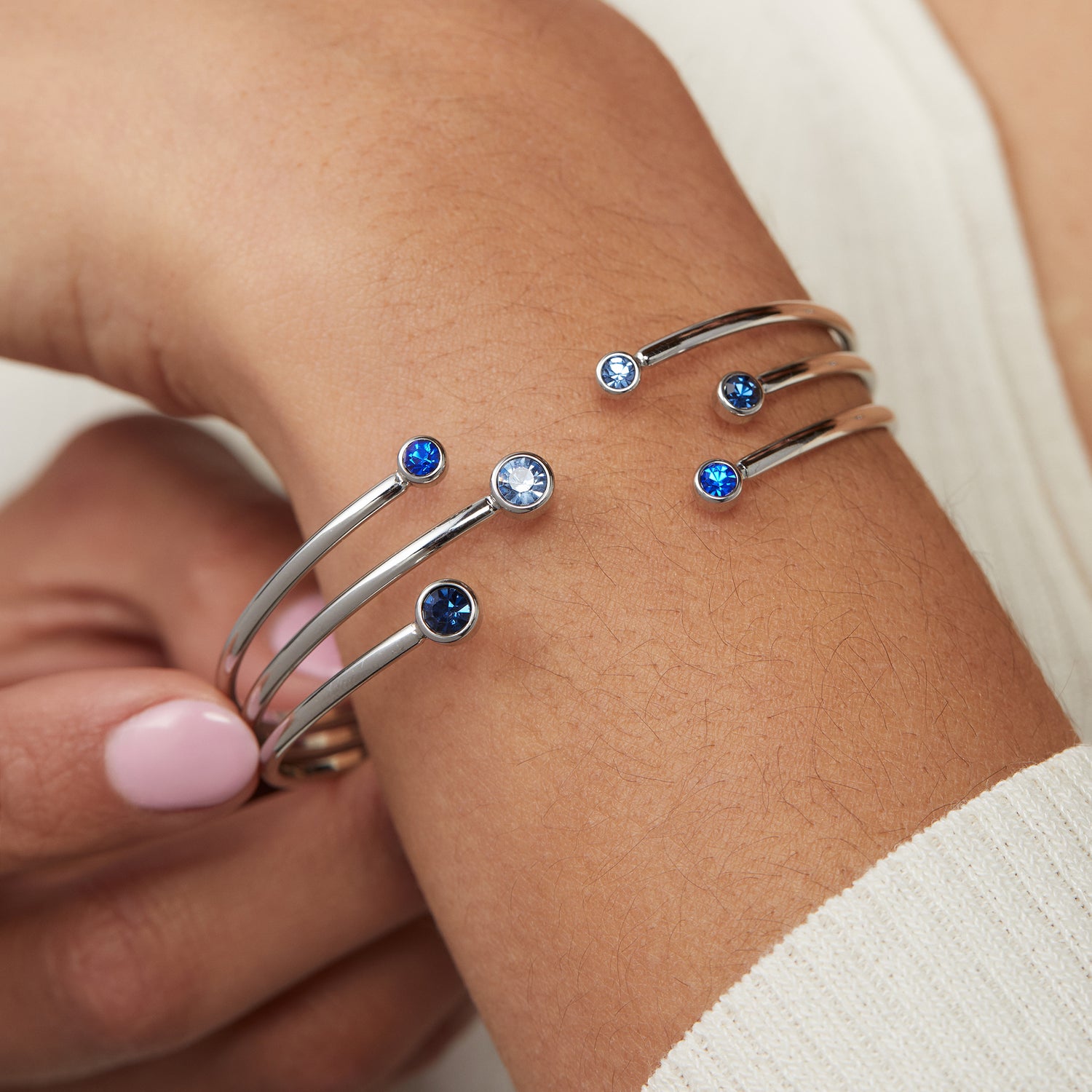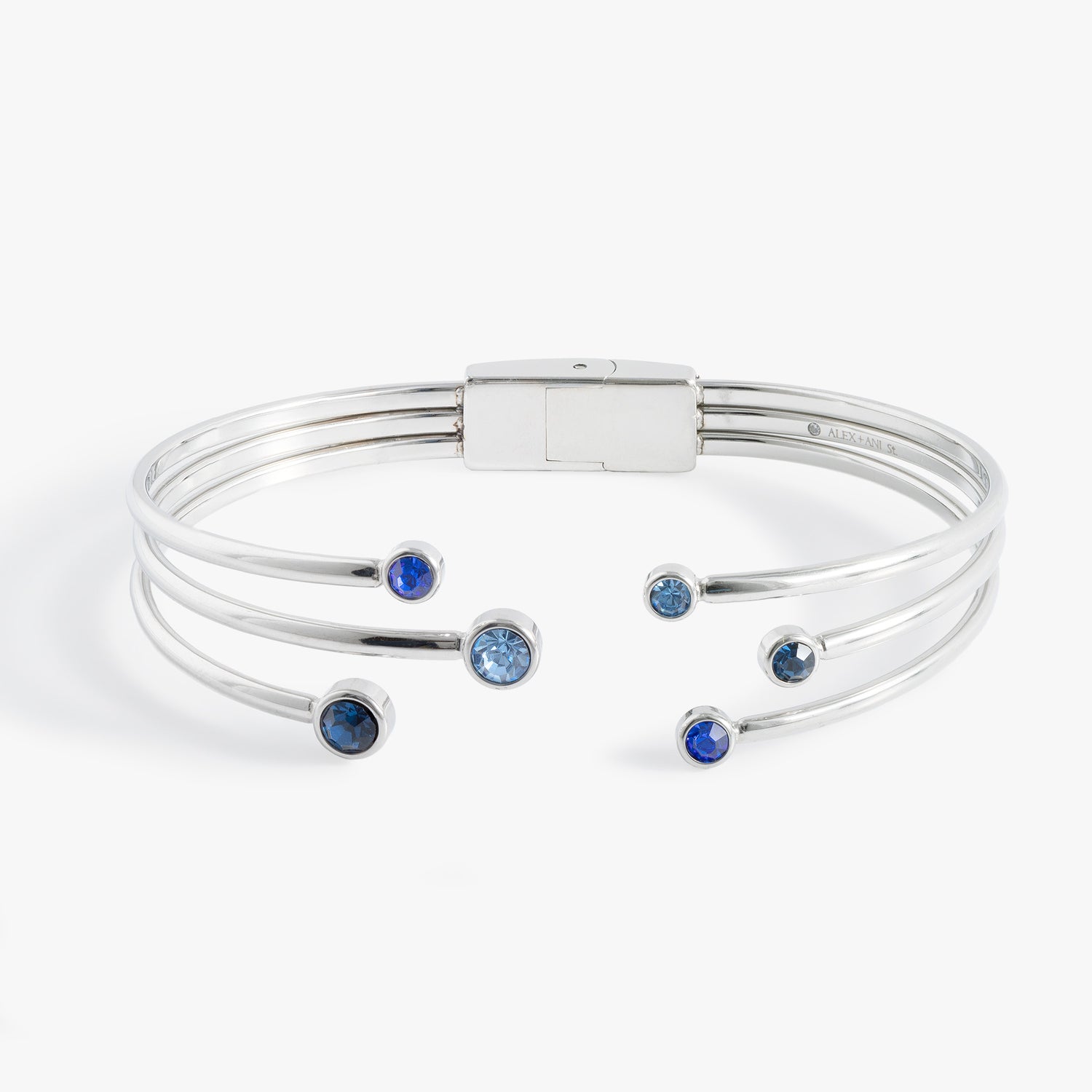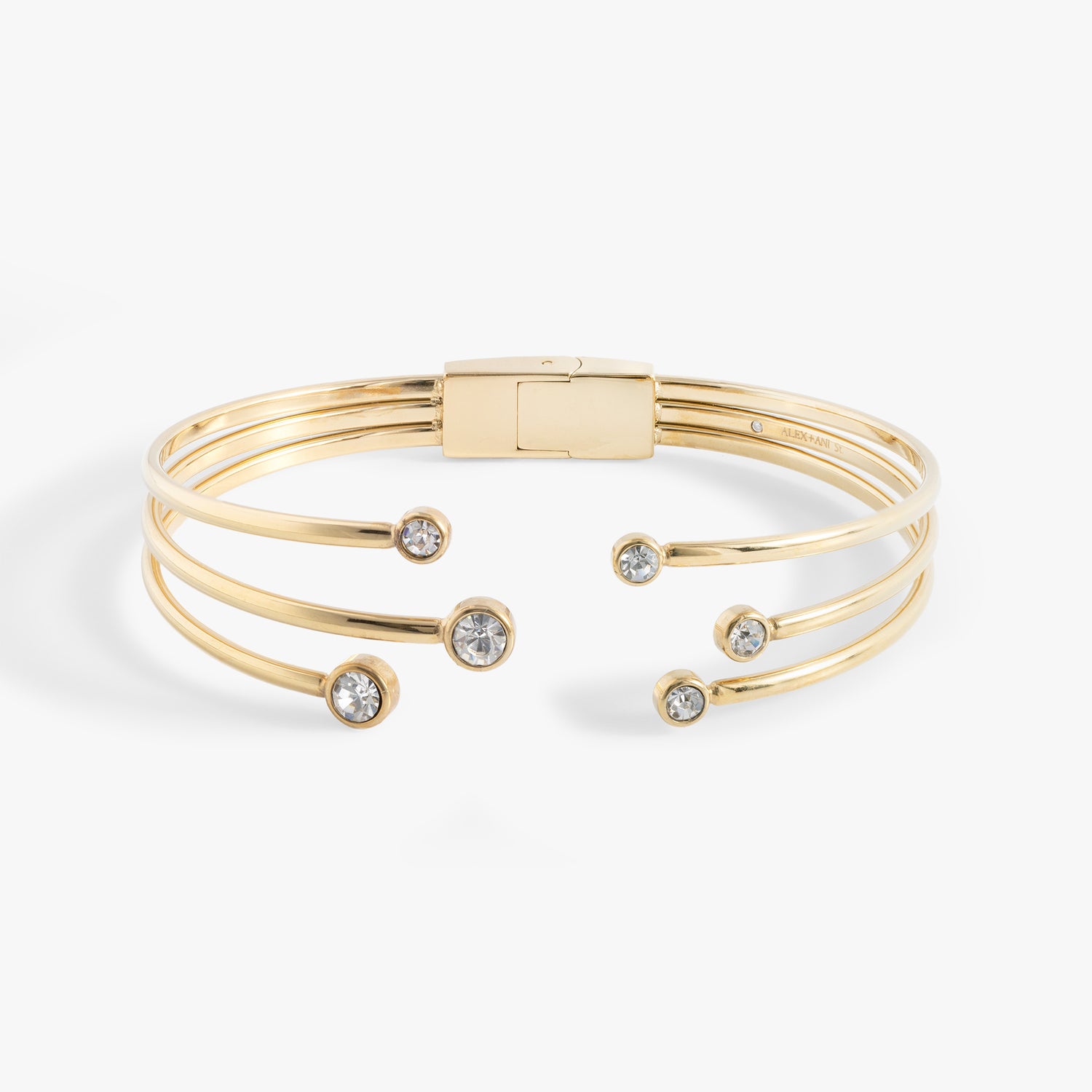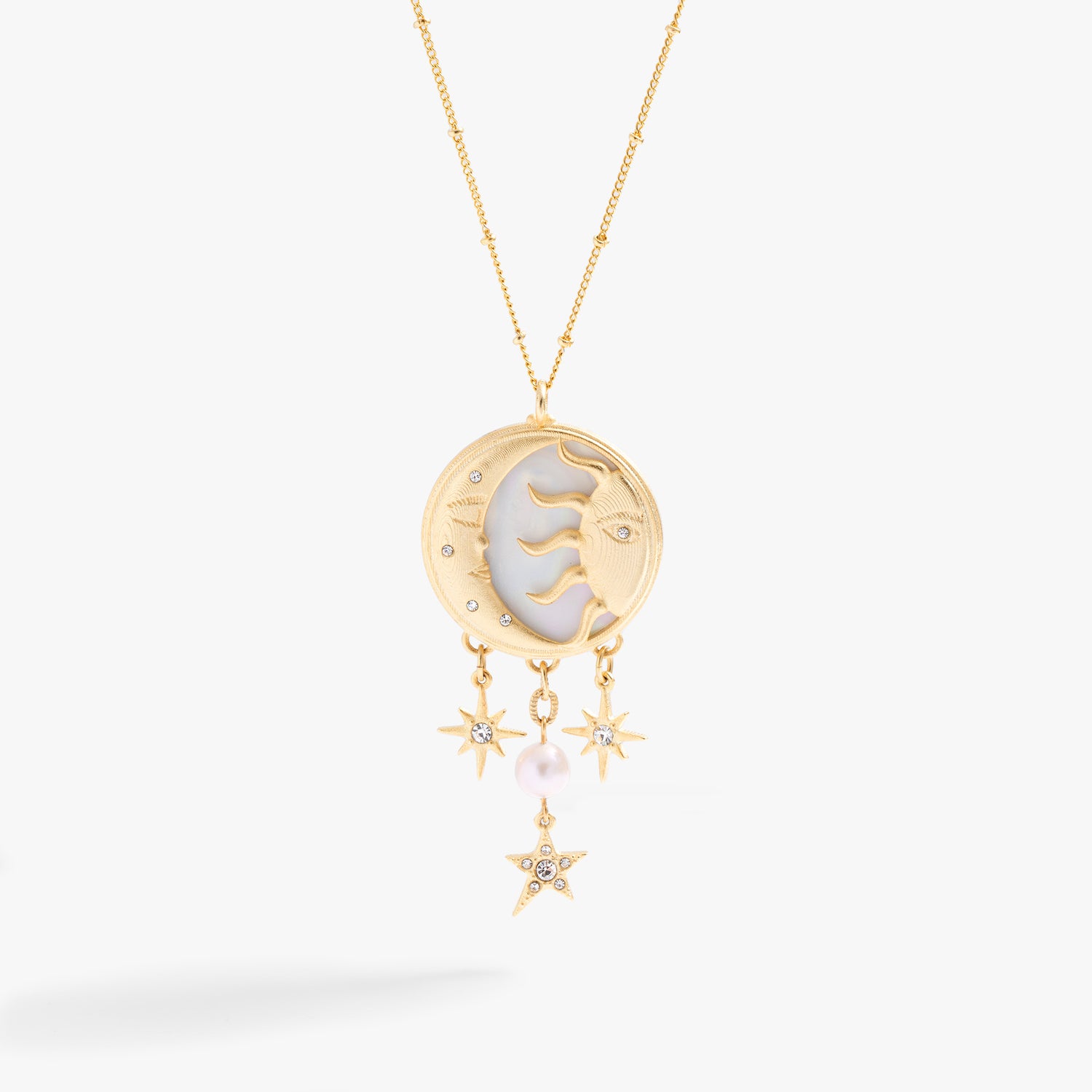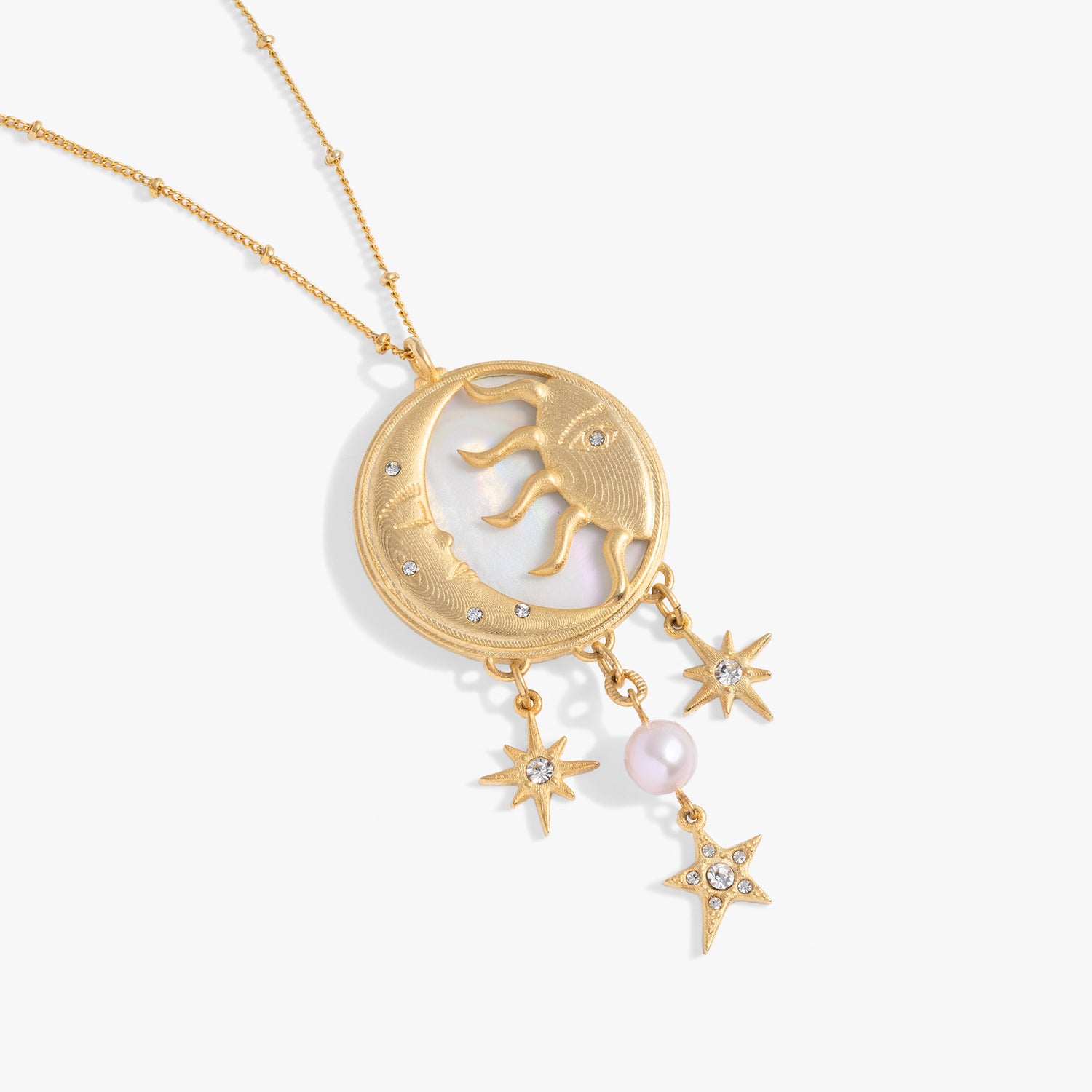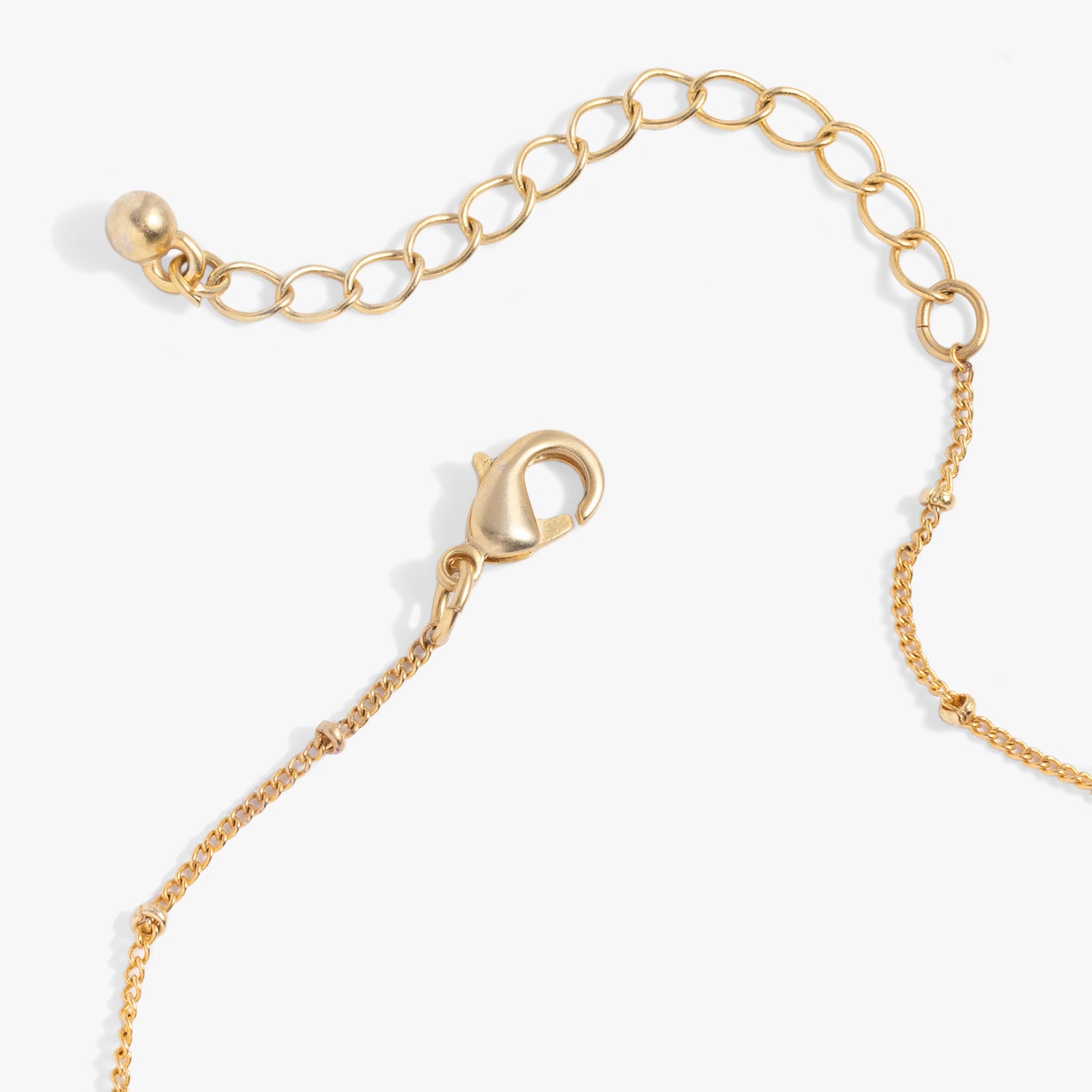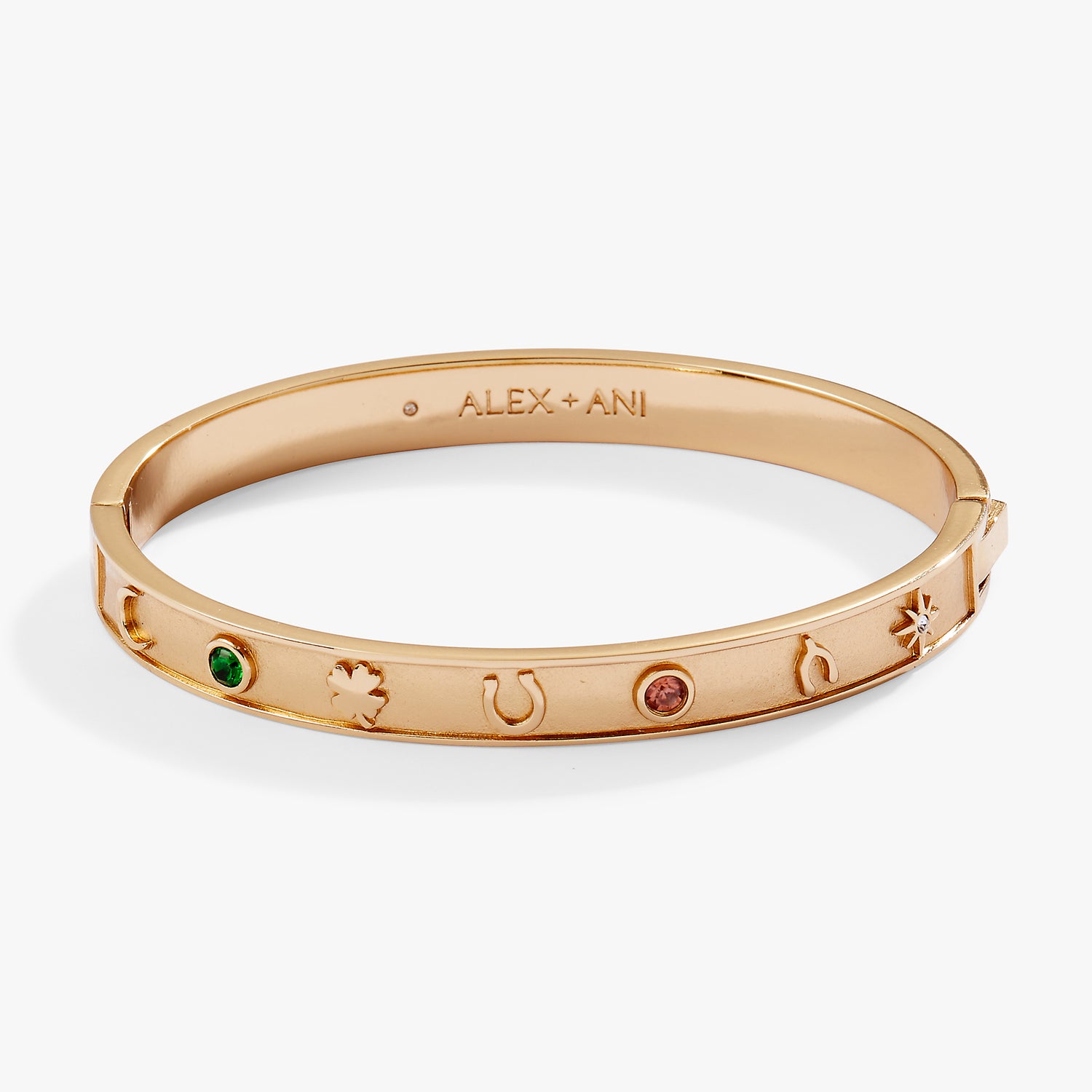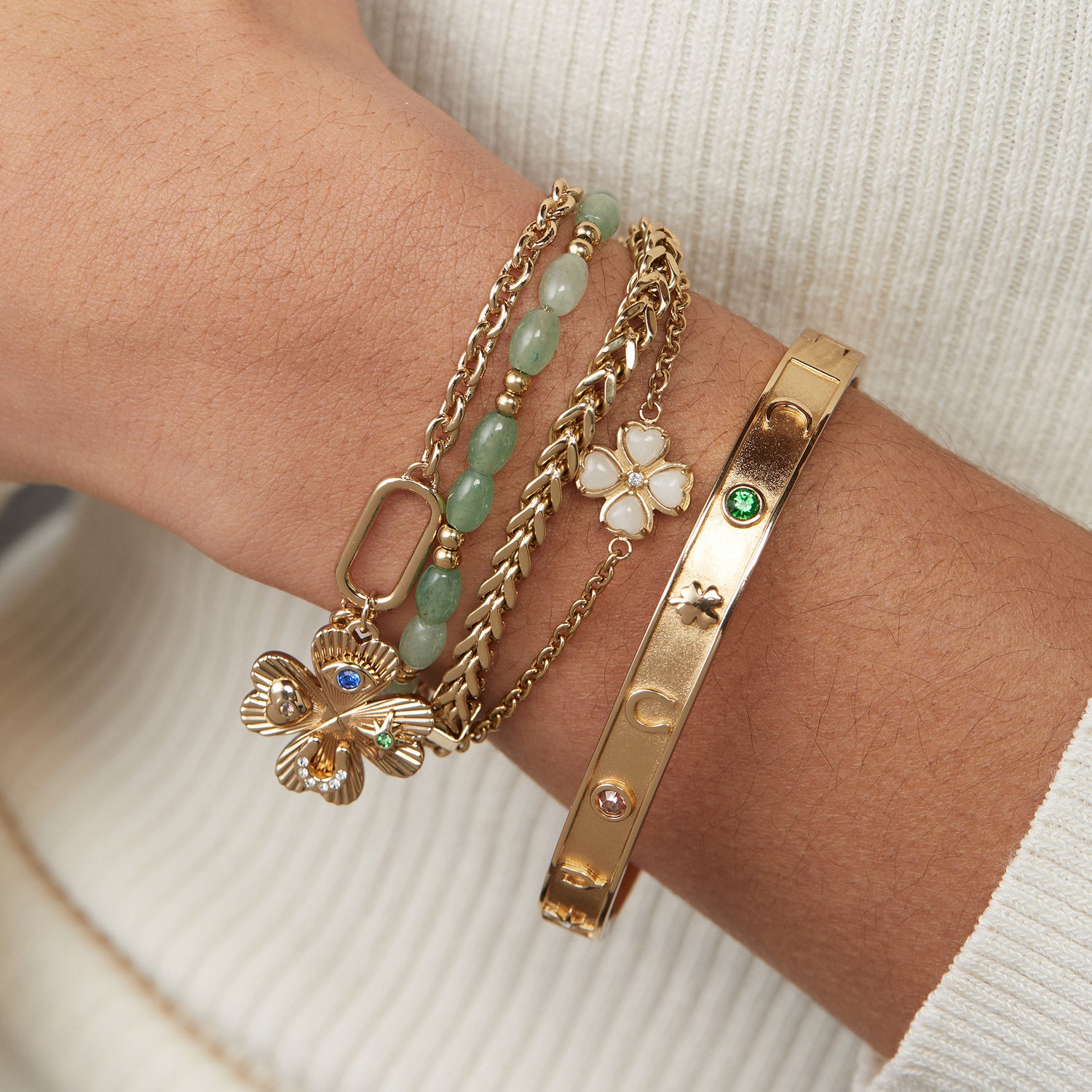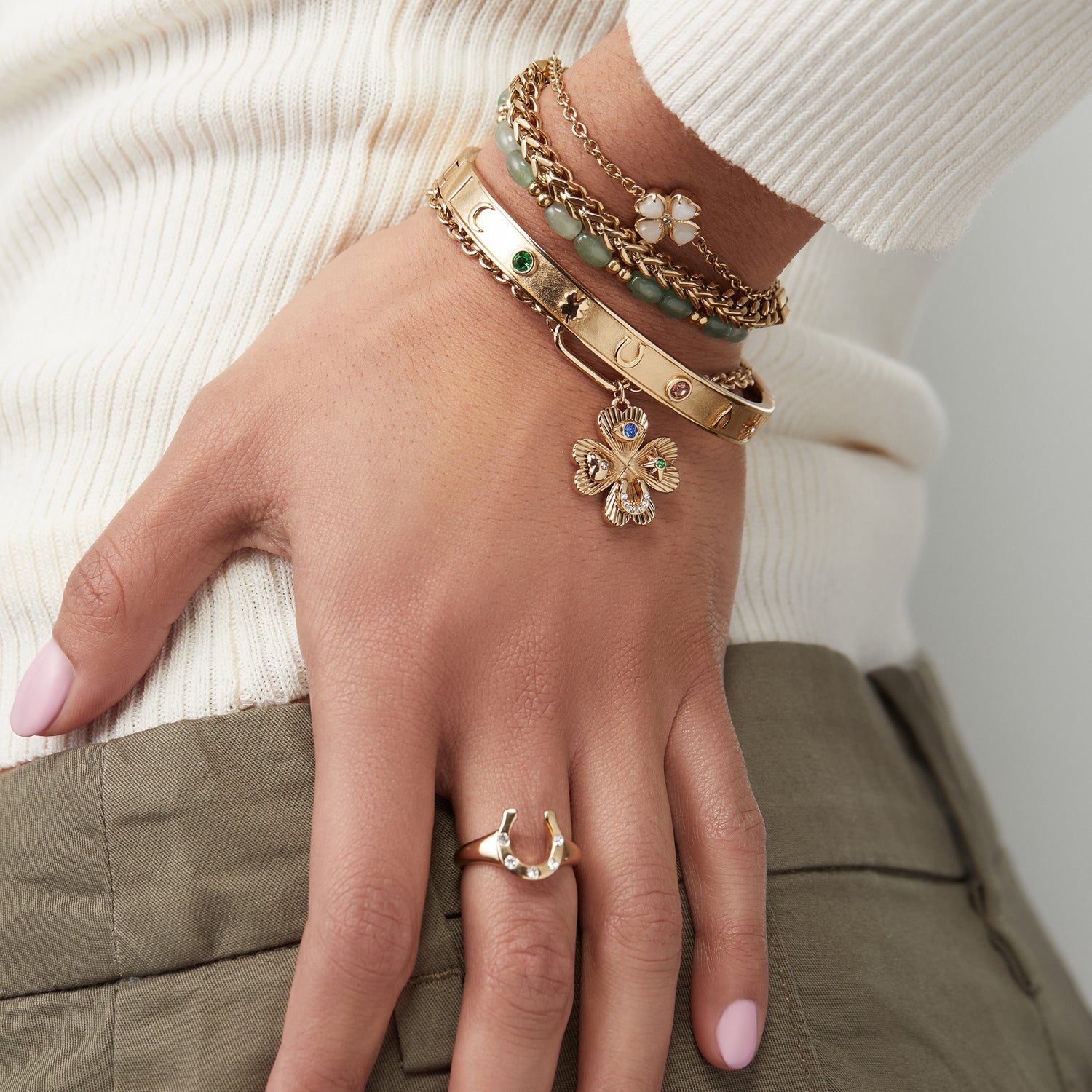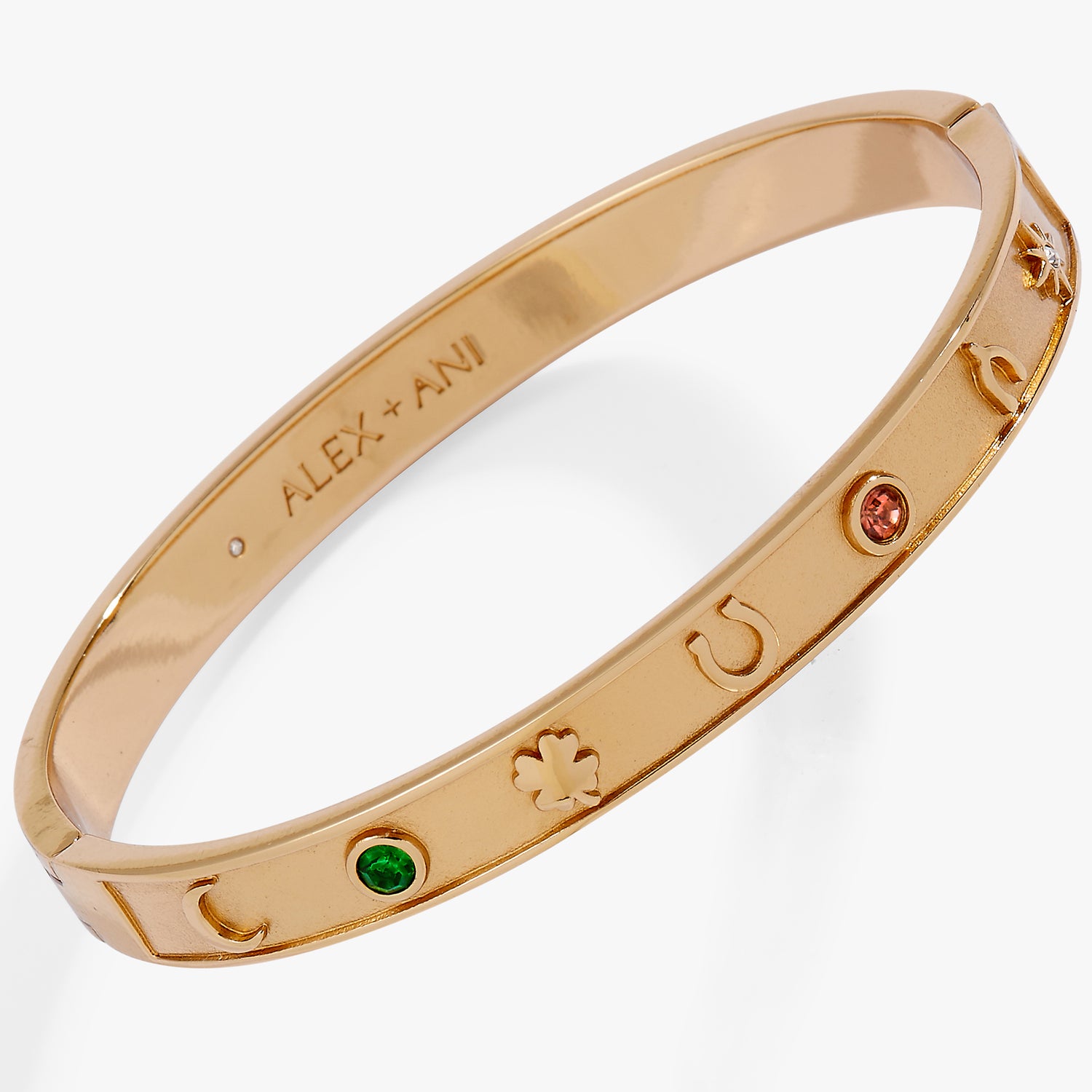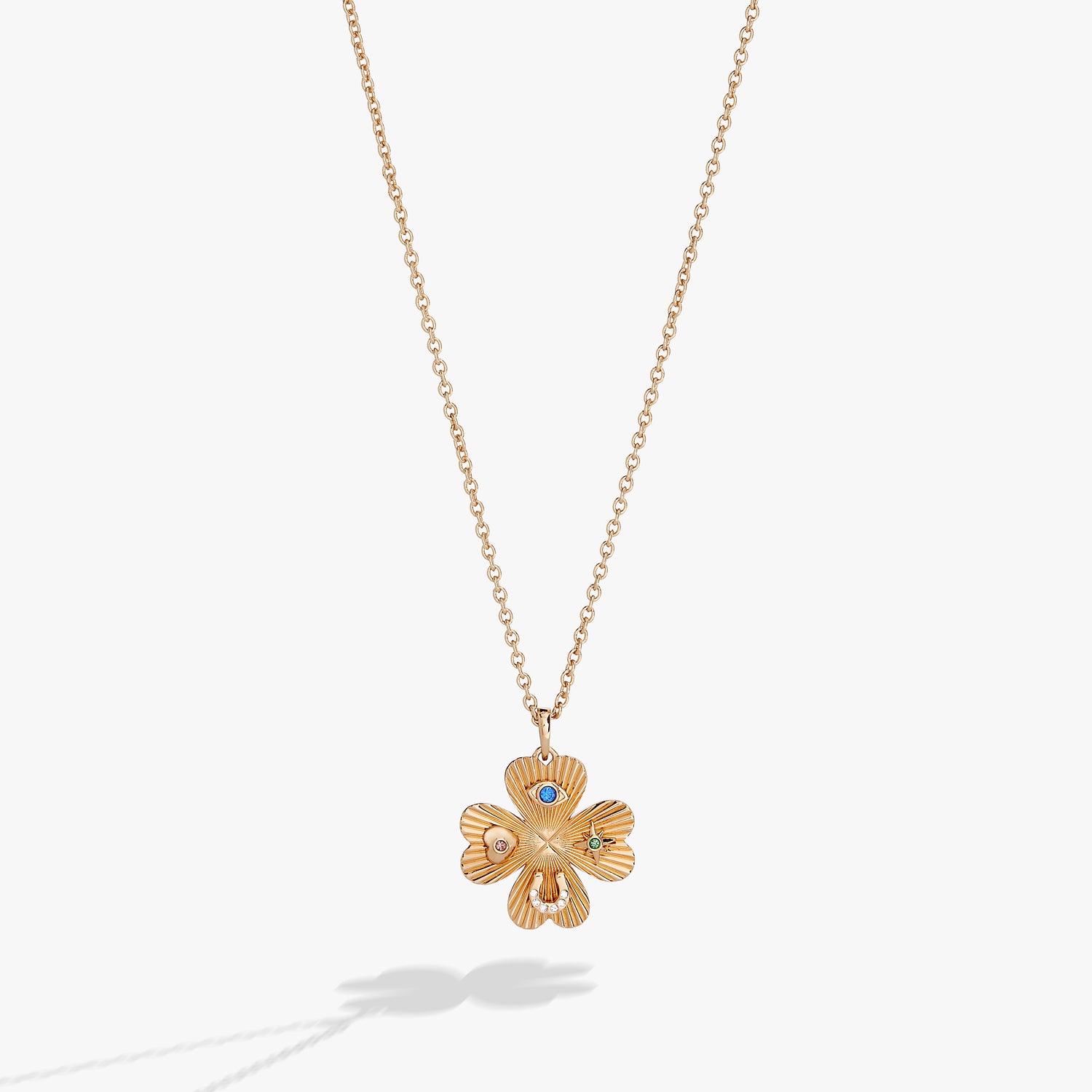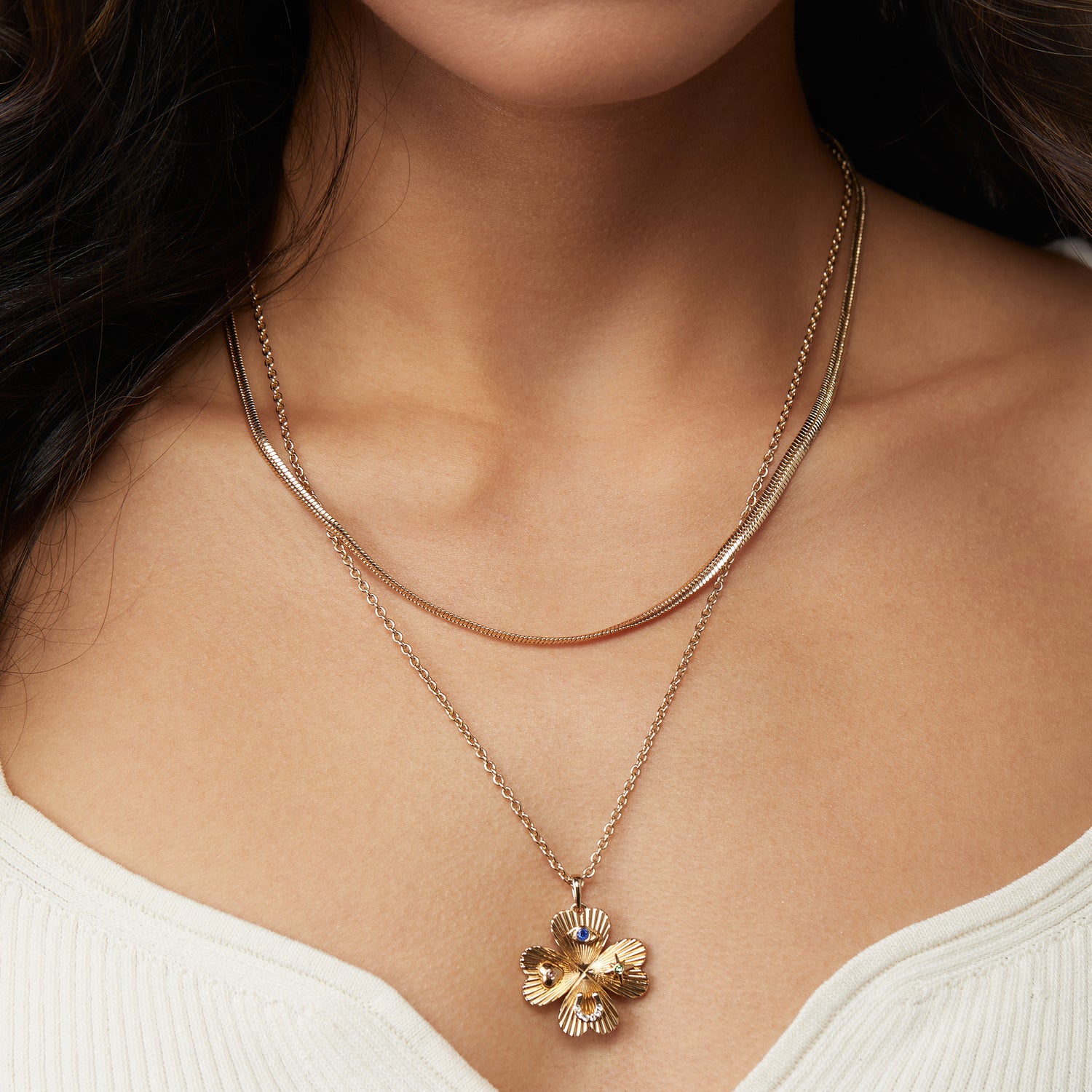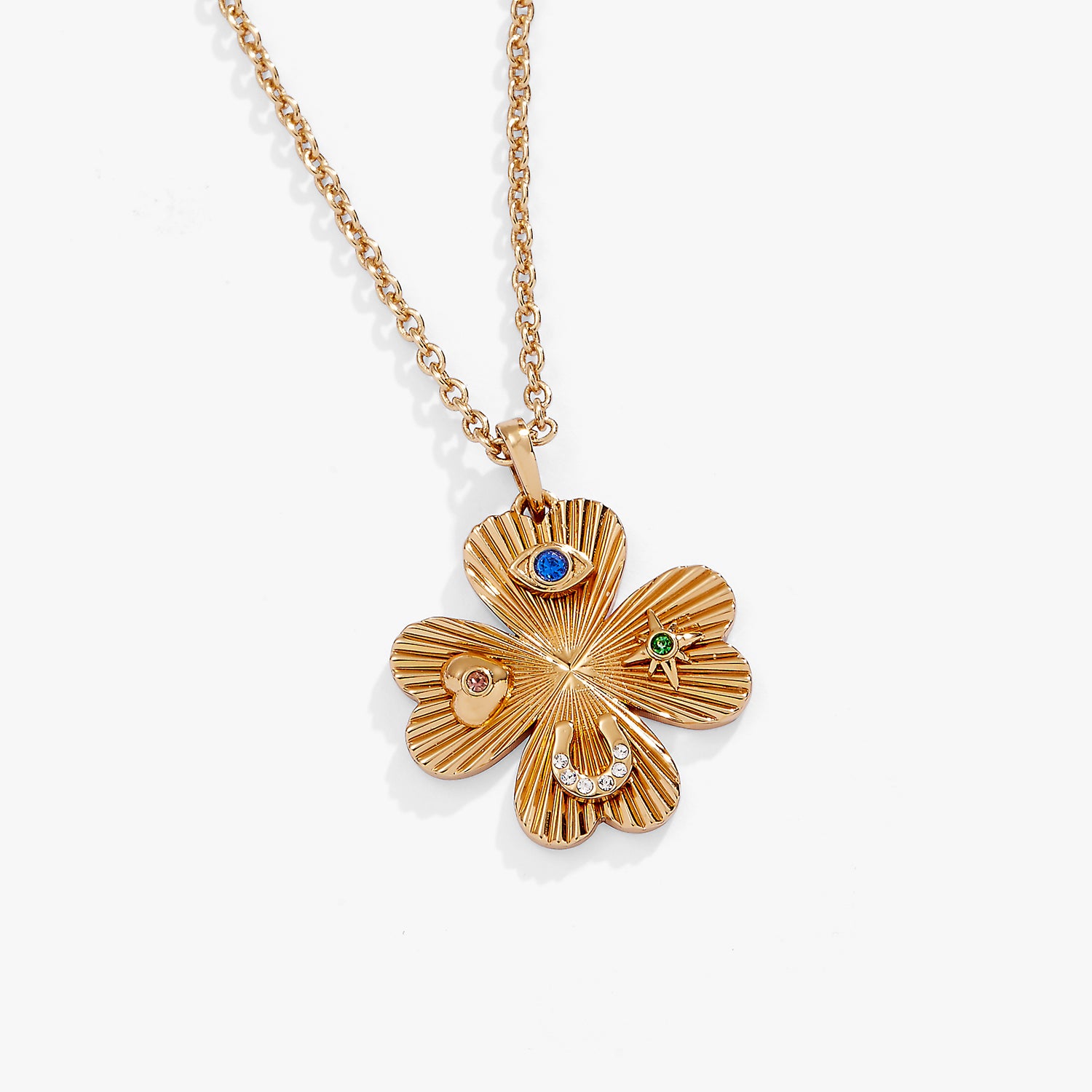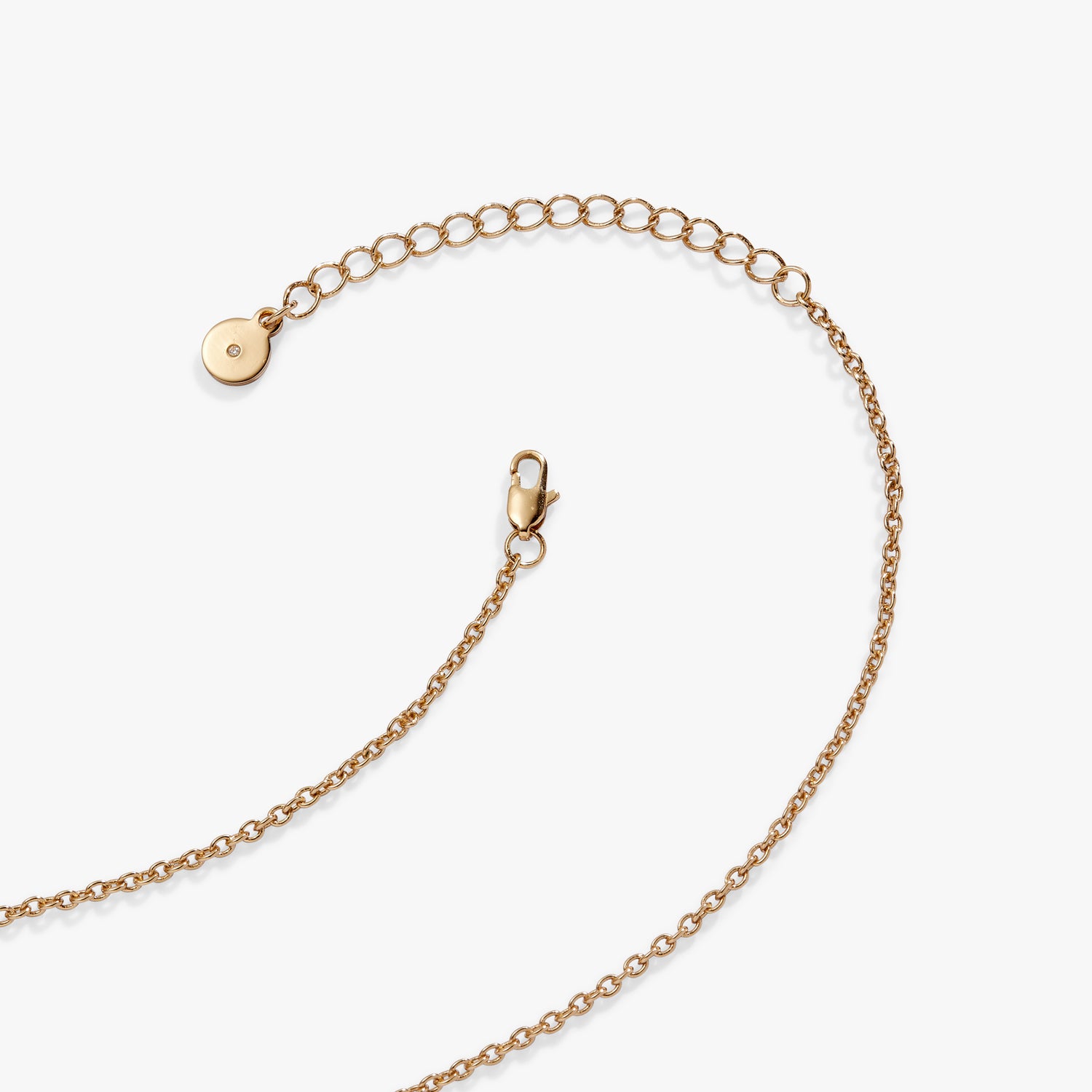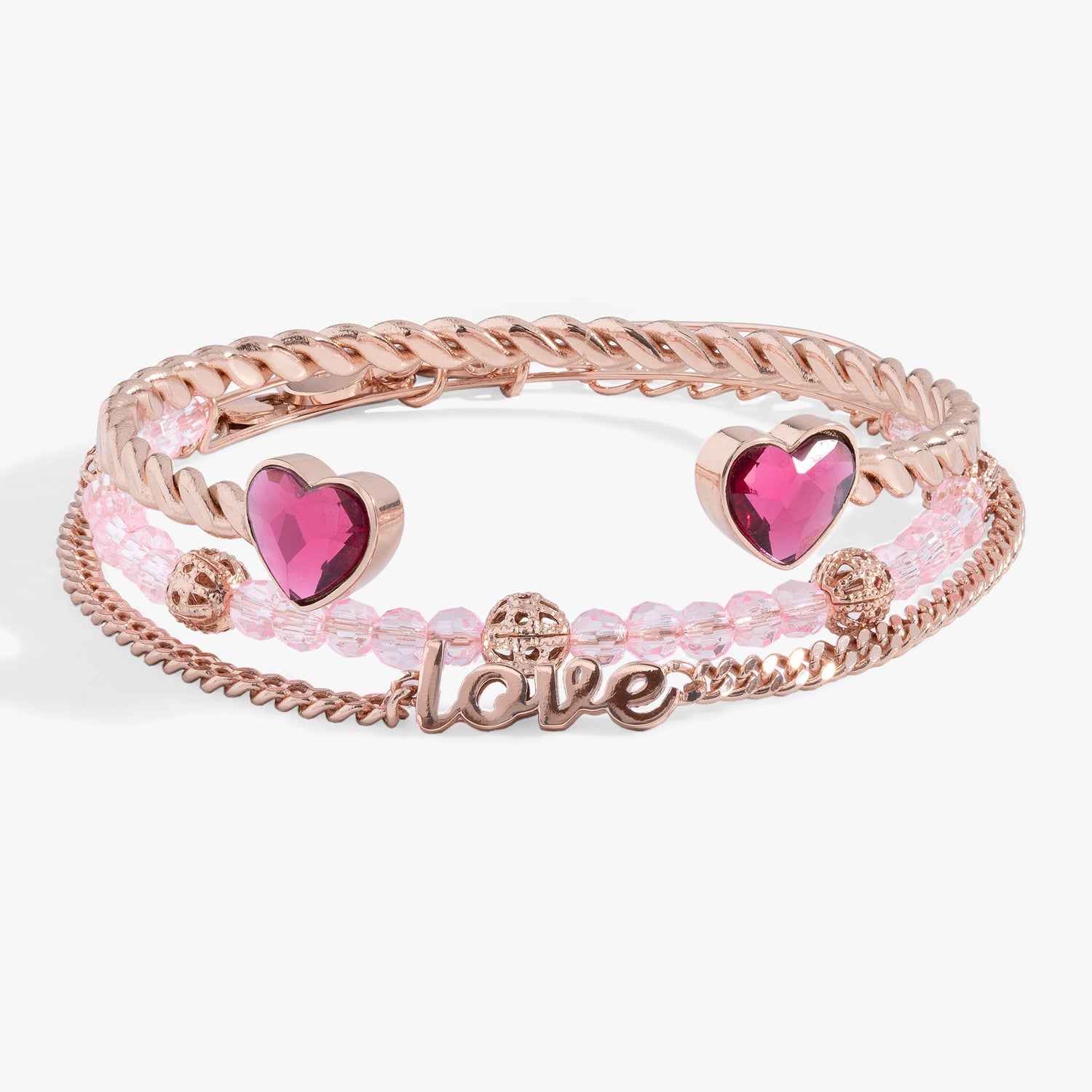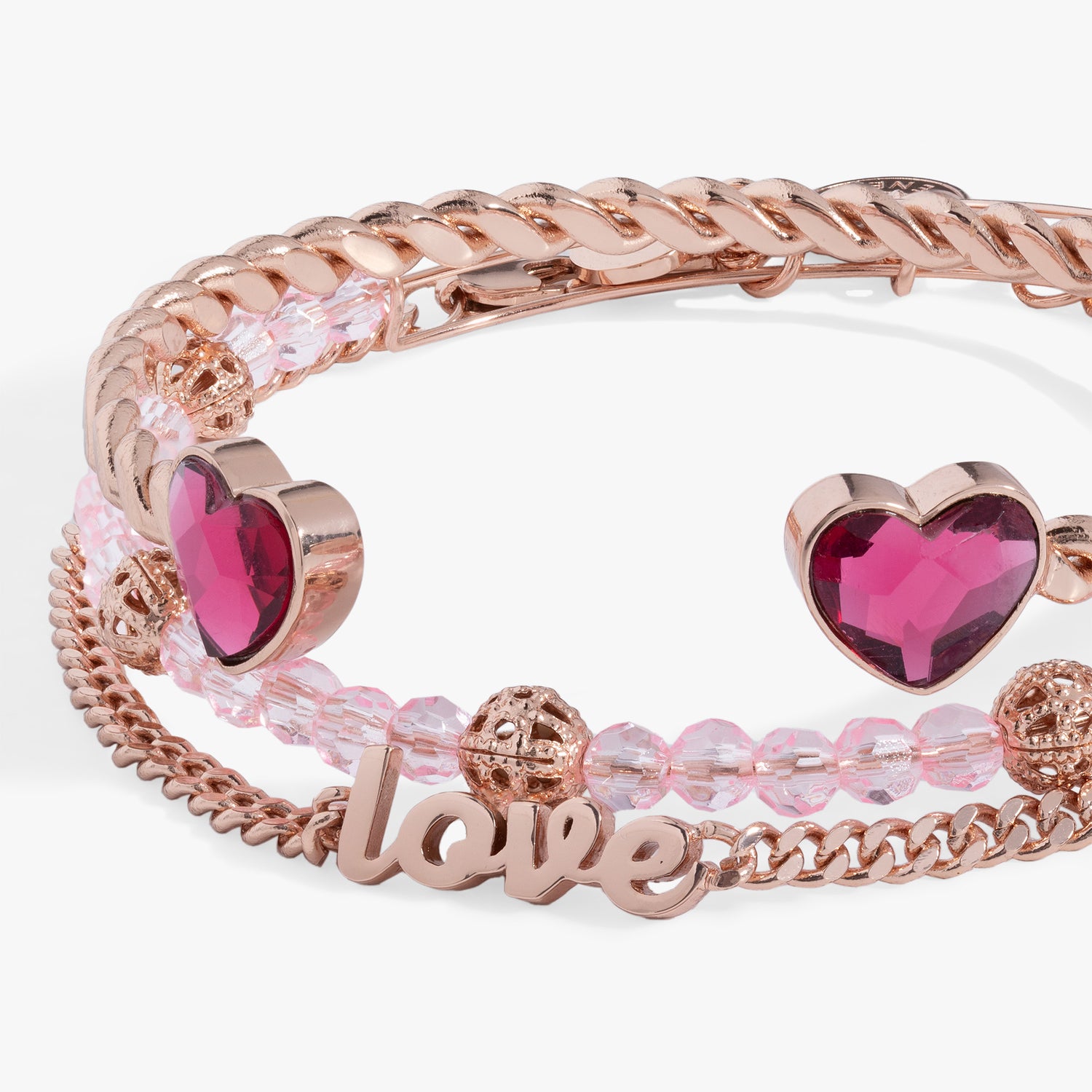The Myths of the Mermaid: A Guide
_____
Mermaids are having a serious moment. From gloriously dye-streaked mermaid hair falling in perfectly-tousled, beachy waves to mermaid toast, #MermaidMonday (it’s a thing!) and cozy blankets with the sequined tails, it seems like everyone wants to be a gorgeous, mysterious sea creature–or at least channel some of their mystical energy.
Mermaids - and their darker, sexier cousins, the sirens - have been fascinating humans since the days of Old Mesopotamia. One fin or two, lovely or terrifying, cursed or blessed, our symbolic sea-dwelling sisters have been a captivating facet of femininity for most of recorded history and deeply abide in our cultural experience today.
Mermaid History & Siren Myths
While some scholars think that the whole idea of a mer-creature came from sailors mistaking dugongs (cousins of the manatee) for fish-women, the first depictions of figures with human bodies attached to fish tails appeared in the Near East, during the Old Babylonian Period.
The Mesopotamians believed that the kuliltu, or “fish woman,” was a symbol of protection, and artwork from this period shows mer-people (mostly male, although mermaids were there, too) in sculptures and protective figurines.
These sea creatures didn’t really make a splash in history until the time of ancient Greece. It was the Greeks who told legends of the sirens, sensual and dangerous creatures whose irresistible songs and supple bodies would drive men insane, to their deaths–or both.
That tragic mythology is still alive today. Although some legends depict sirens as having bird-like characteristics, what was never disputed was the beauty of their song–a song so hypnotic that otherwise sane sailors would hurl themselves into the water and get dashed against the rocks when they heard it.
In what seems to be a recurring theme for the subsequent centuries, mermaids were blamed for many sailing misfortunes–from bad weather to ships wrecked on submerged rocks. One very popular seafaring legend comes from Homer: Odysseus had the crew of his ship bind him to the bow so he could hear the sirens’ song and live to tell about it (though he nearly went mad in the process).
The mermaid as we know her today–a beautiful woman with a fish tail–was born in the 12th century in the northern and western areas of France, Luxembourg, and the low countries.
A legend says that Melusine, the daughter of a powerful fairy and a king, is discovered to have a tail while caught bathing. There are variations of the story, but her half-fish form and winsome personality persisted most thoroughly over the years.
Symbolism & Spirituality
Humans have long attributed symbolic meaning to sea creatures, and unlucky legends and myths aside, mermaids historically stood as symbols of fertility–this despite having fins from the waist down!
The mermaid goddess Atargatis was a patron deity of fertility and protection in ancient Syria, and over the centuries the link to fertility symbolically extended to femininity and sensuality as well. A beautiful woman may not be able to lure a man to jump off a ship, but her body and her “song”–her voice, her allure, her mystique–have considerable power.
Because the mermaid cannot be tamed or contained like a normal woman, women throughout history adorned themselves with mermaids as a symbol of independence, freedom, and rebellion.
Wearing a Mermaid Necklace Charm channels the powerful energy of these mythical creatures. Like many of our most important symbols, mermaids and sirens also connect us to a life force bigger than anything here on Earth.
Through the mirrors they so often hold, mermaids connect us to the moon, which controls the tides of the oceans, their home. This lunar magic unlocks the mermaid’s healing powers–and across all historic myths and legends, the mermaid is most often glimpsed under moonlight, or at dawn or dusk when the edges between day and night blur and the natural magic of the Earth is strongest.
Mermaid tokens and symbols like the Mermaid Charm Bangle are more than relics of ancient mythology; they pay homage to the energetic synergies between us and the larger universe.
Modern Art & Culture
Today, one can’t overstate the impact that Disney had in giving us a picture of modern mermaids. These beautiful creatures first appeared on the big screen in Peter Pan, as petty, cliquish mean girls who bullied Wendy and would have drowned her. But it was the Mouse’s 1989 animated adaptation of Hans Christian Andersen’s The Little Mermaid that sticks in the popular imagination - a little piece of plucky, good-hearted Ariel lives in practically every American girl raised from the 90s onward. For some, the longing to be “part of that world” is so real it has blurred the lines between reality and fiction.
In 2012, the Animal Planet and Discovery Channel TV networks aired a special entitled "Mermaids: The Body Found," which may be directly responsible for the current cultural fascination with merfolk. The show was a faux documentary, but so many people were taken in by it that the National Oceanic Atmospheric Administration actually issued a statement asserting that no, there were in fact no such thing as mermaids.
Today's Real Life Mermaids
Sailors’ confusion of manatees and dugongs with mermaids gave us some of our earliest mer-legends. Accordingly, scientists today use the Latin name "Sirenia" today to classify the order of fully aquatic, herbivorous mammals.
People have been confusing manatees for merfolk for a long time. Little-known fact: Christopher Columbus himself had a “mermaid” sighting on his voyage to the New World. In his journal, he wrote: “The day before, when the Admiral was going to the Rio del Oro, he said he saw three mermaids who came quite high out of the water but were not as pretty as they are depicted, for somehow in the face they look like men.”
In reality, this one of the first recorded encounters between European explorers and the manatees of North America! Columbus wasn’t the first to sight a mermaid, and he won’t be the last. If anyone tells you that mermaids aren’t real, just direct them to Weeki Wachee Springs State Park in Florida, where the world-famous mermaids perform every day of the year to adoring crowds.
True, these mermaids are humans in costume, but their diving artistry and ability to look drop-dead dazzling while holding their breath for a really long time is amazing! Inside every woman there is a little bit of mermaid magic. Embrace your siren energy and celebrate these mythological wonders with the Mermaid Expandable Necklace.
Written by Shannon O'Donnell

